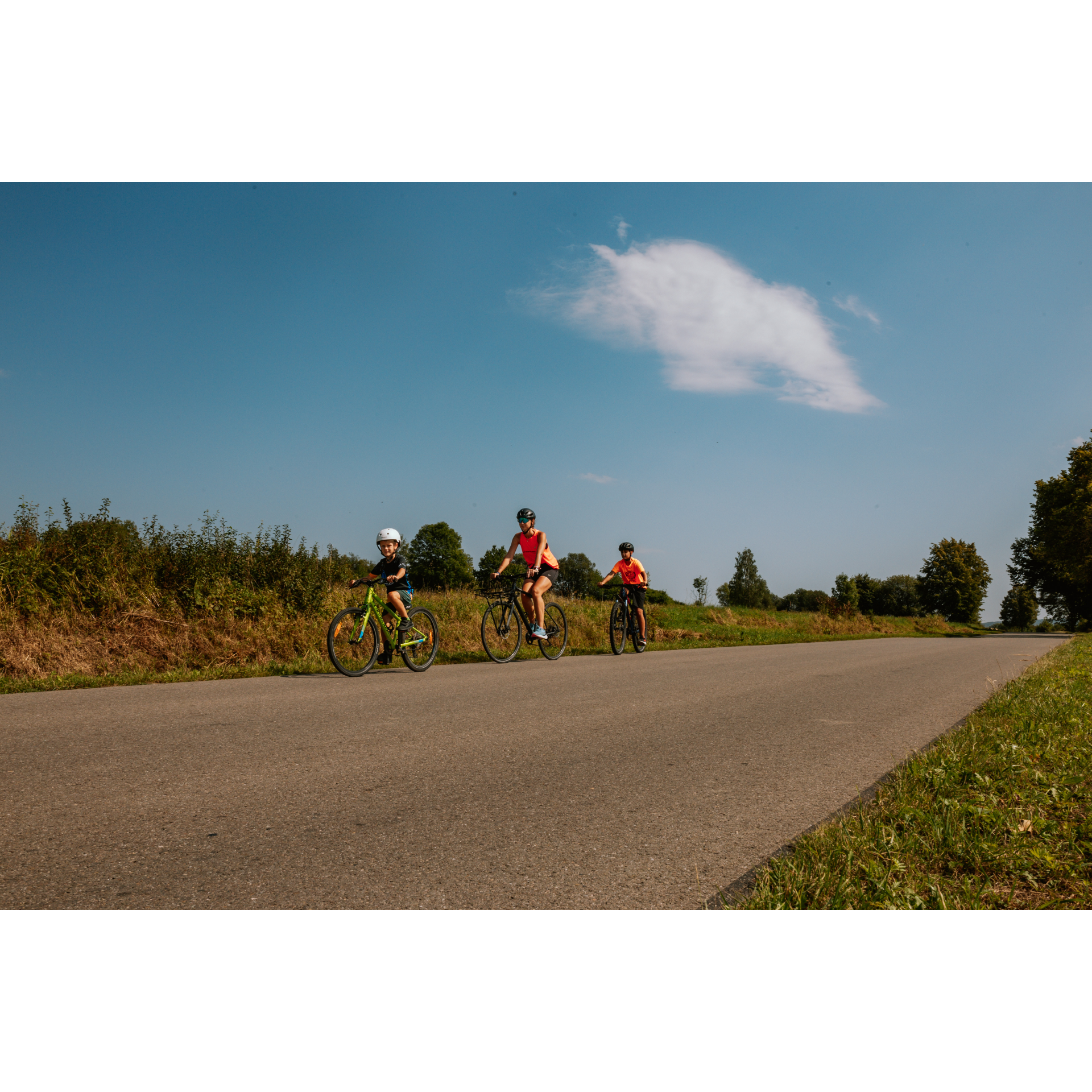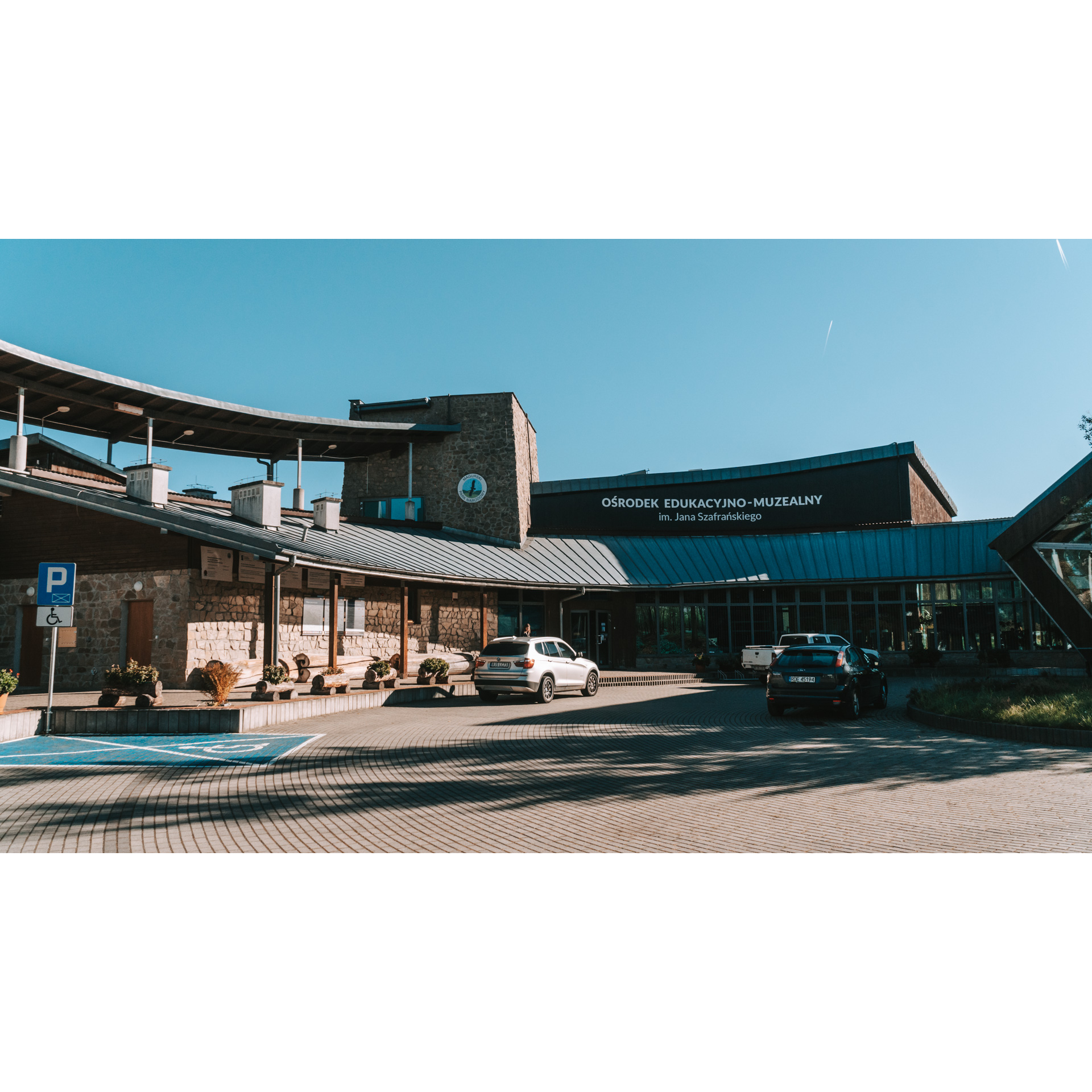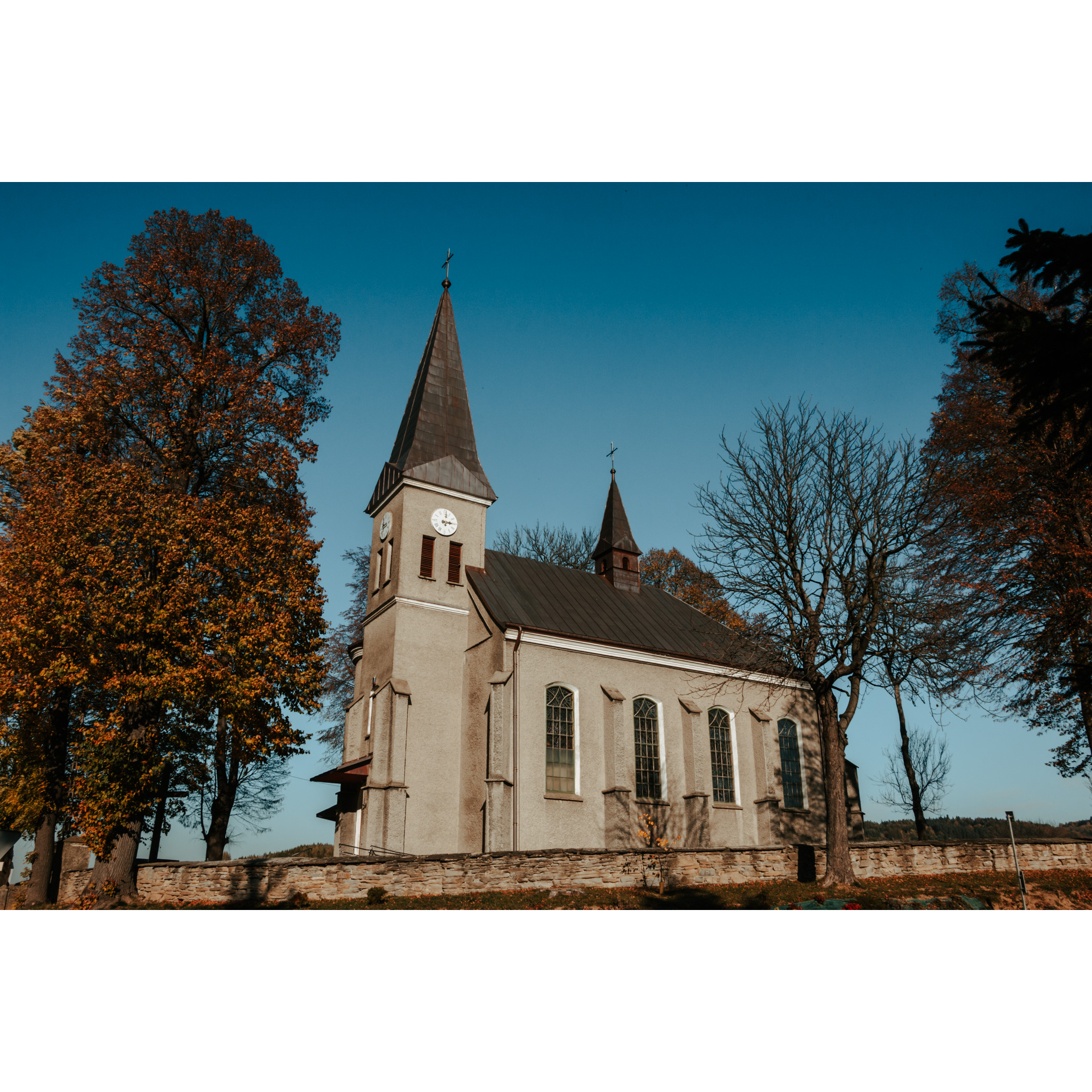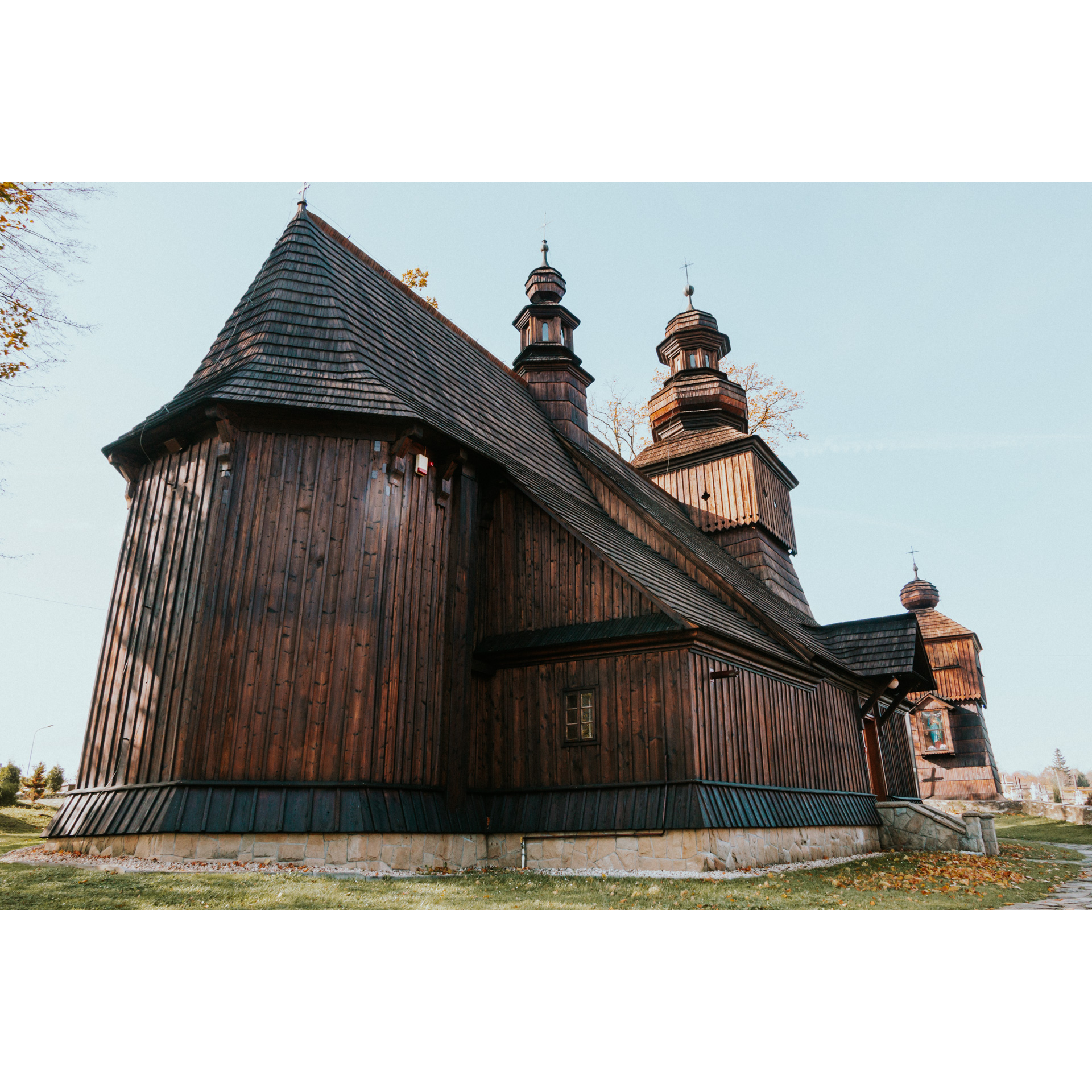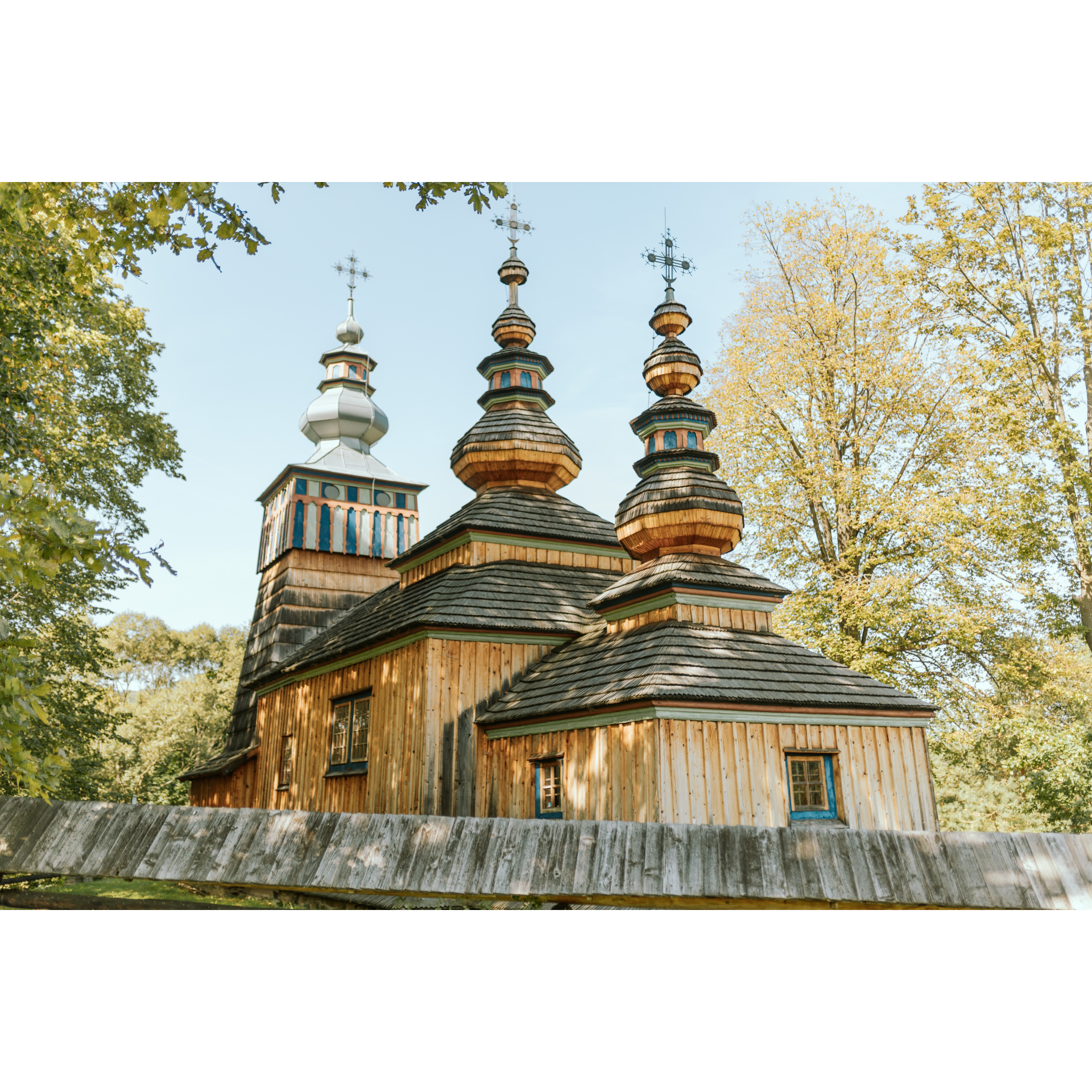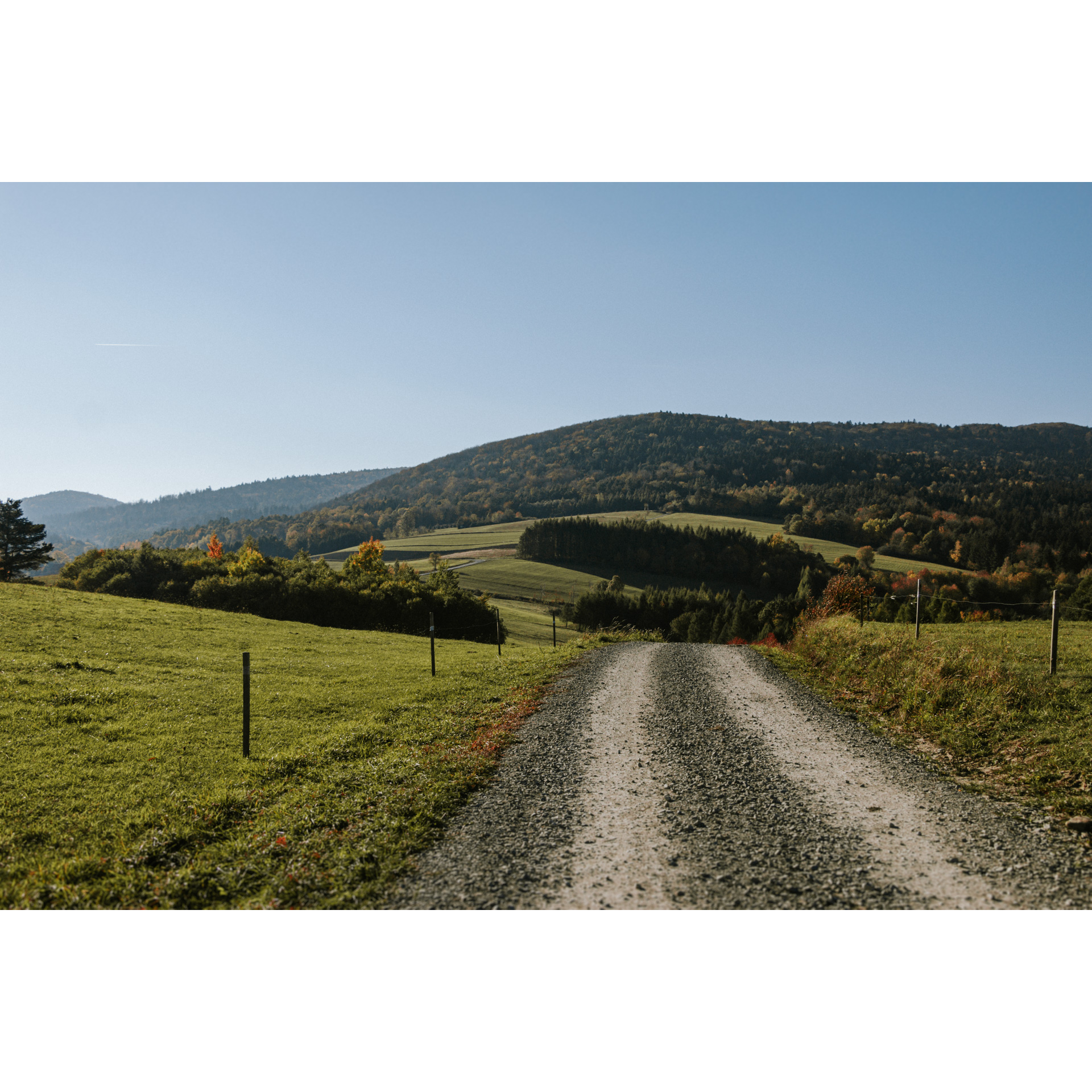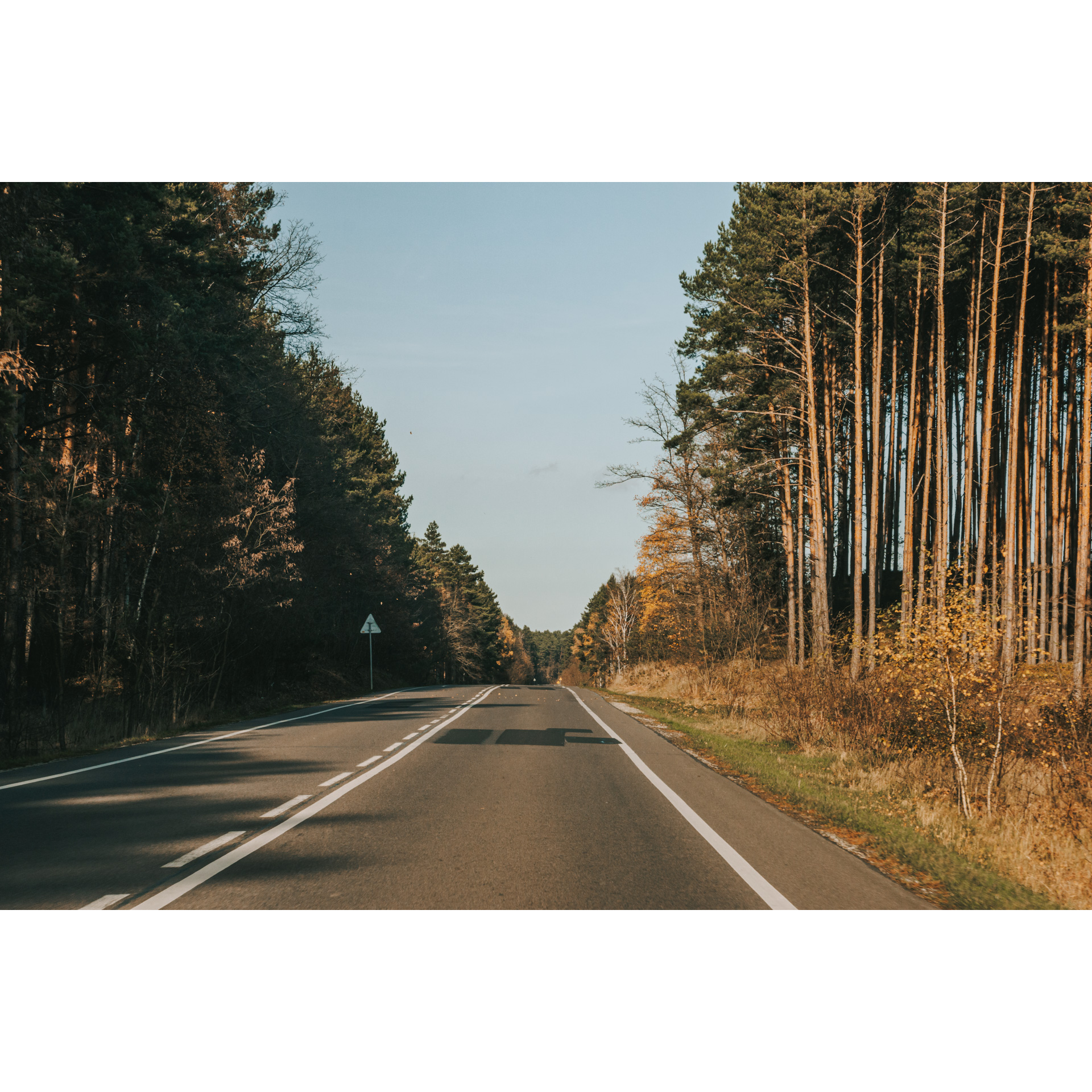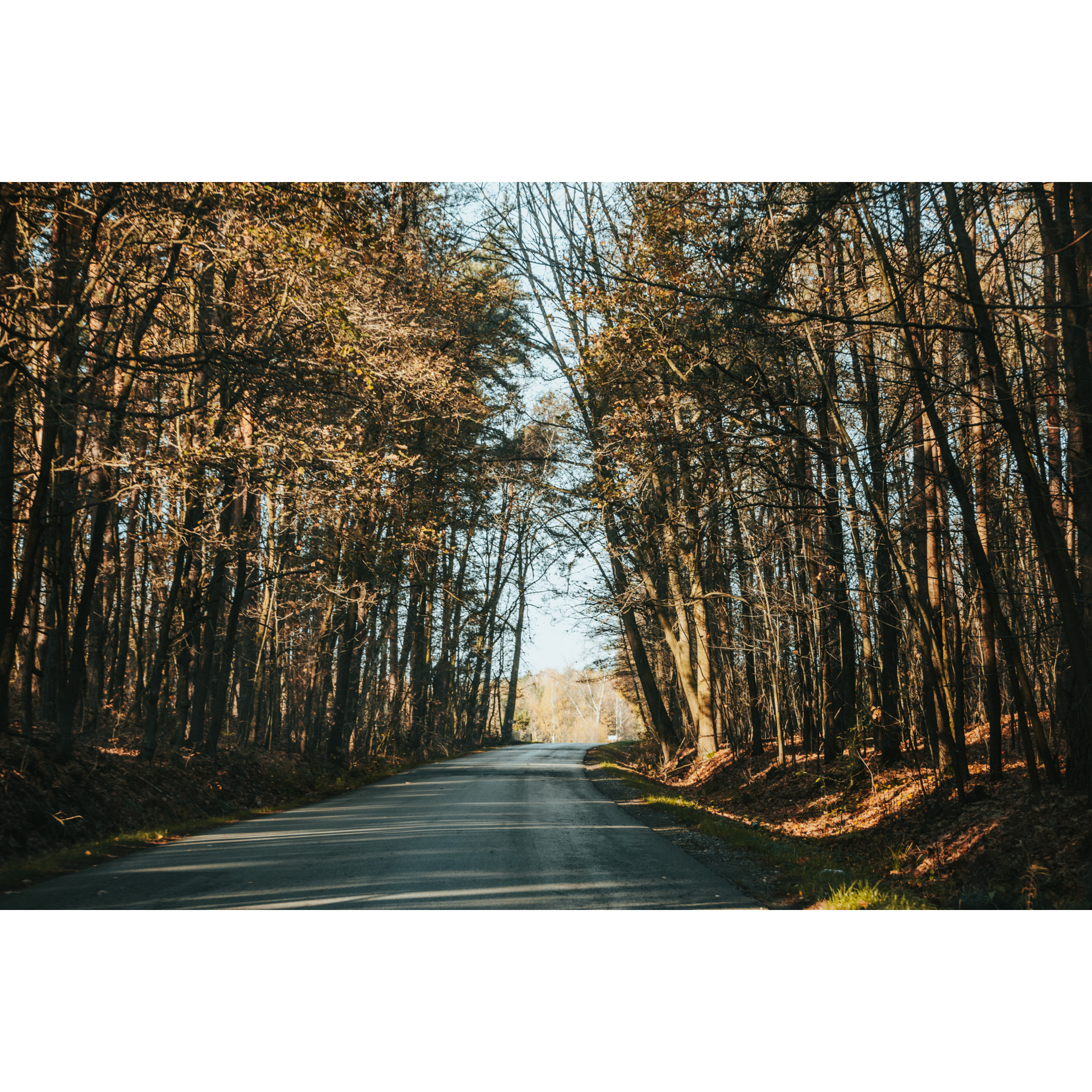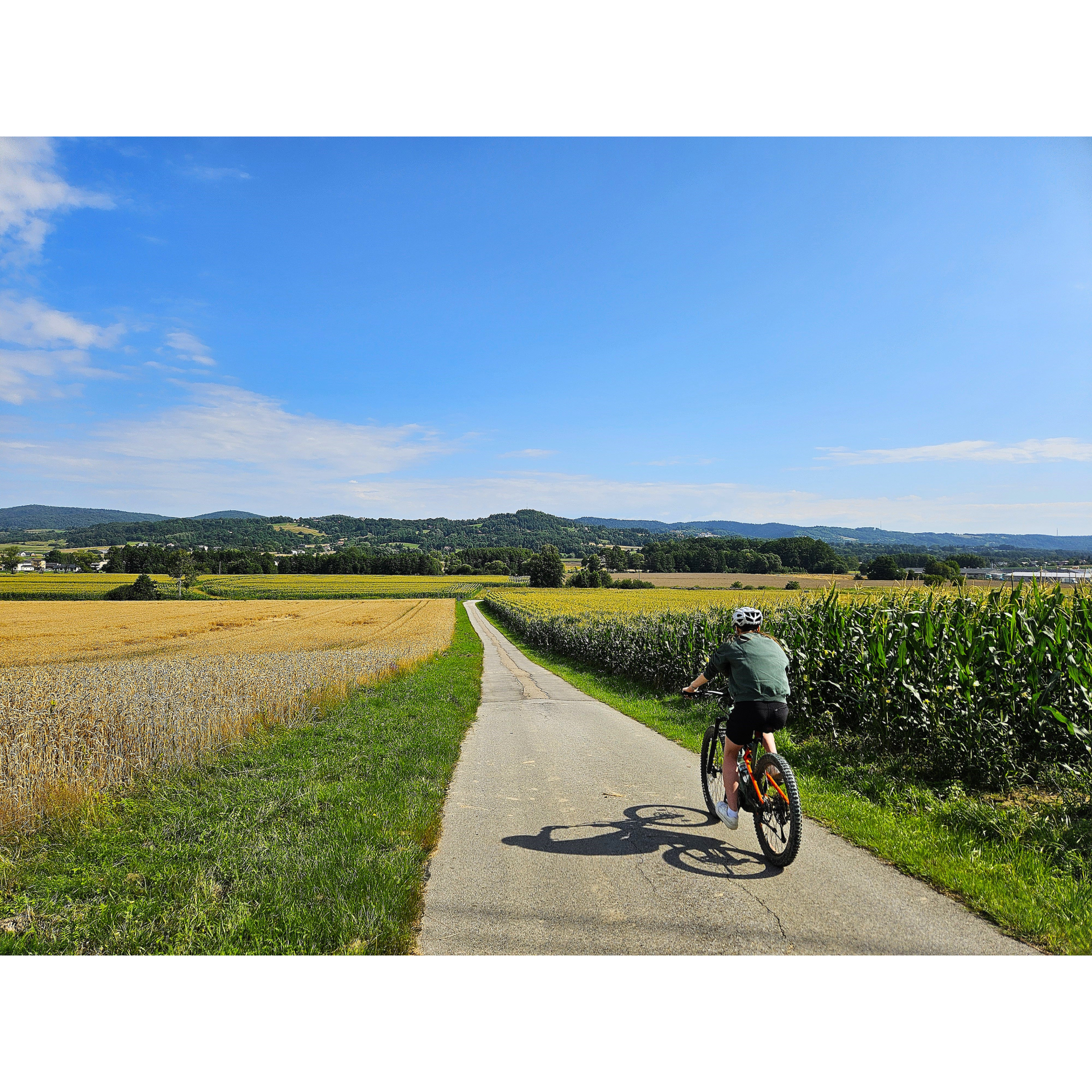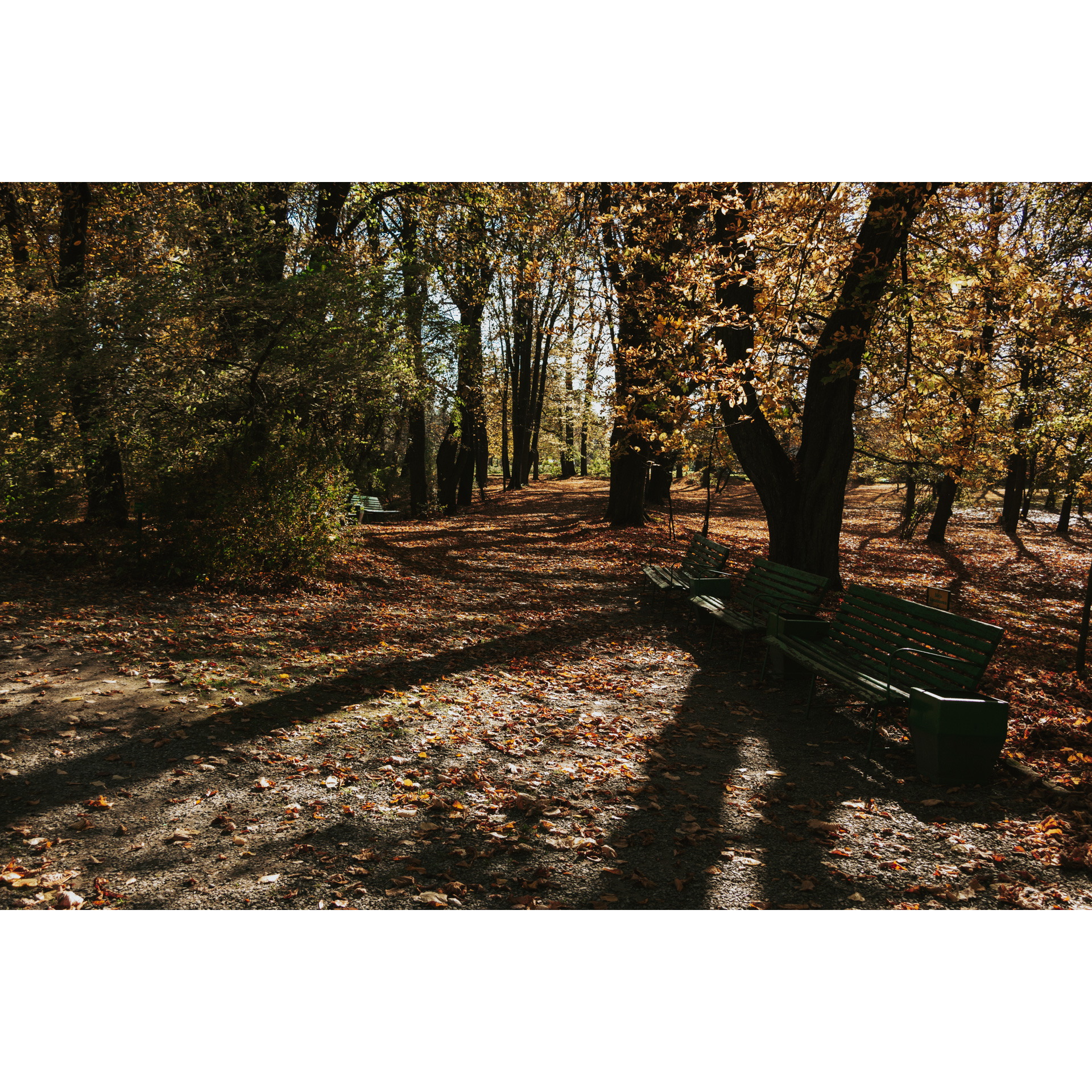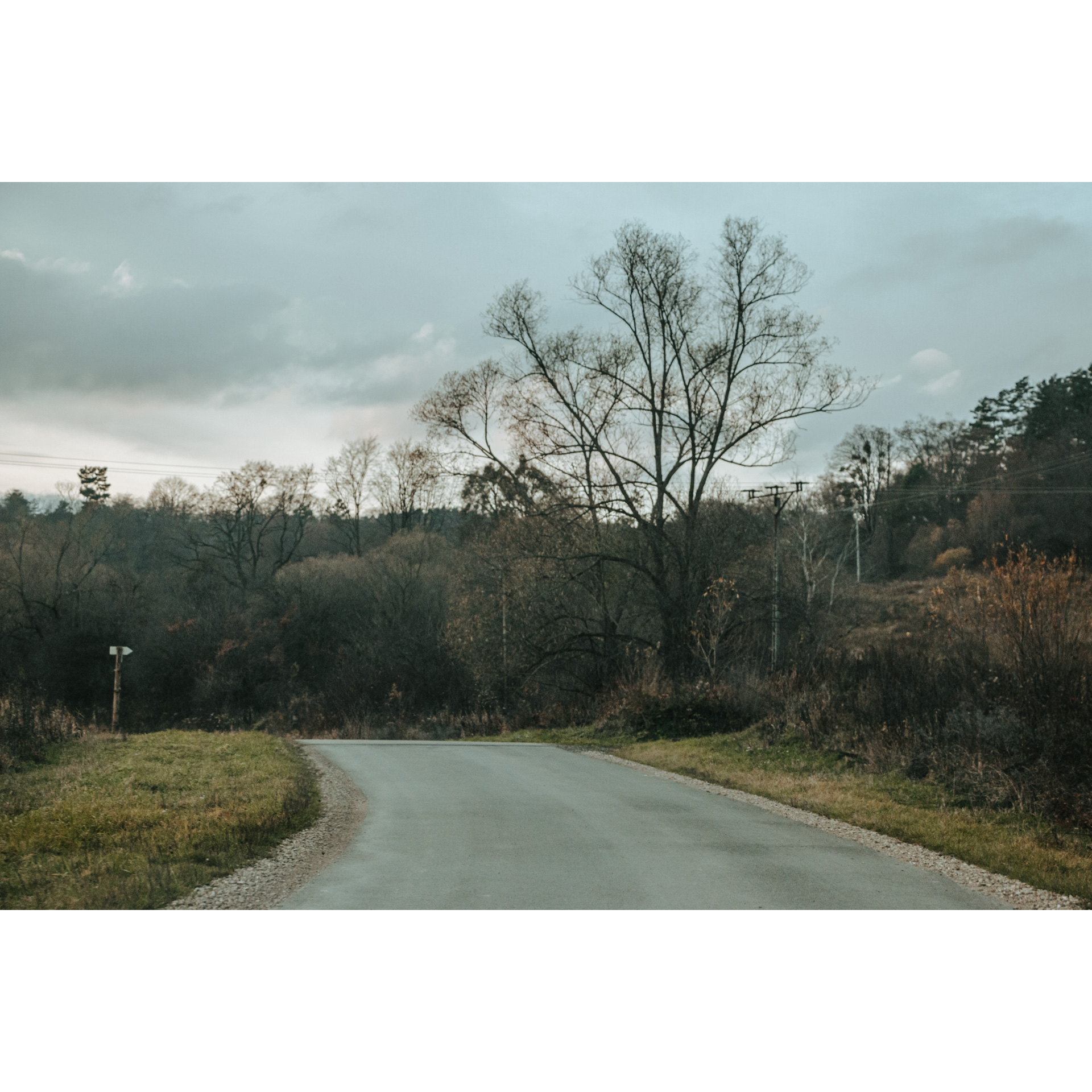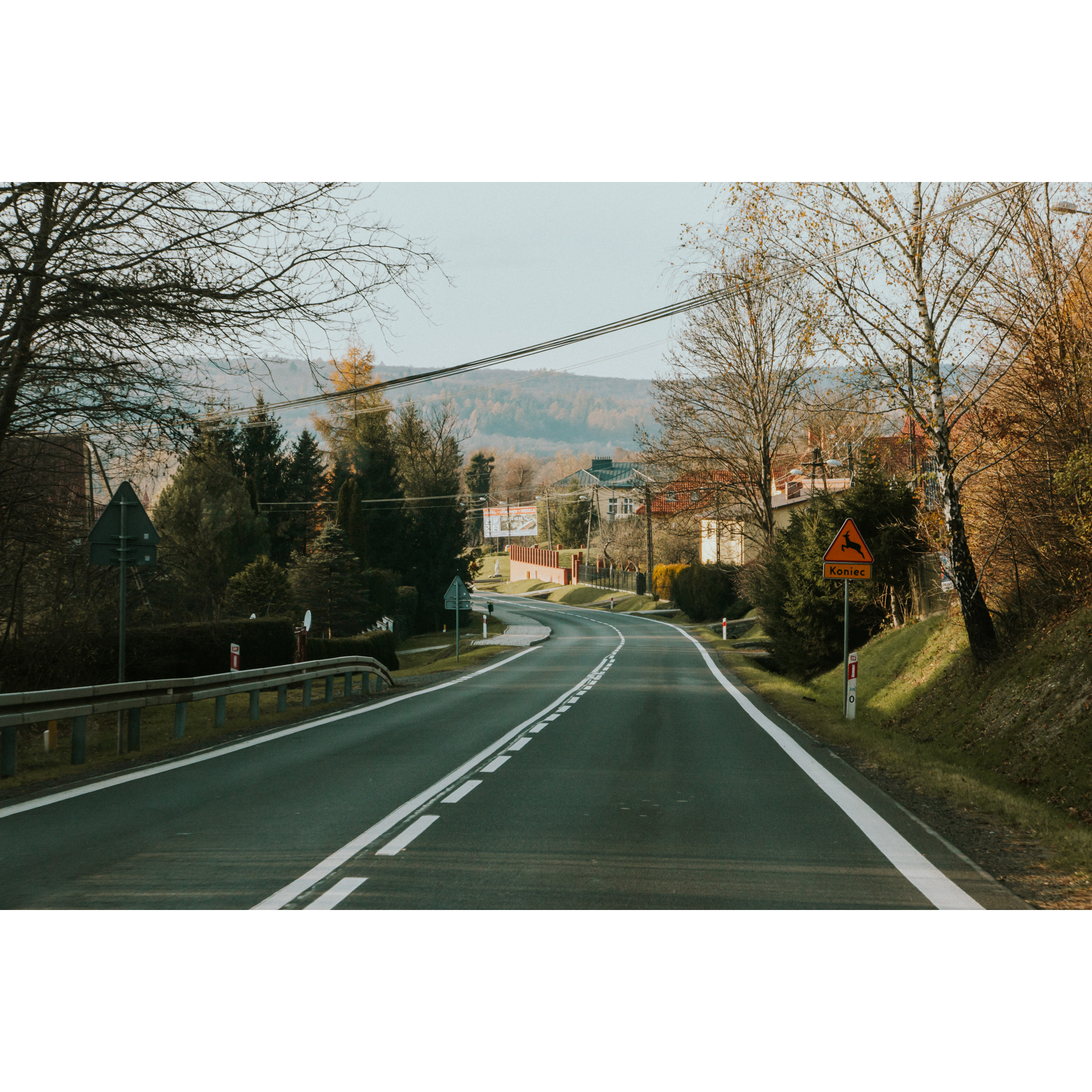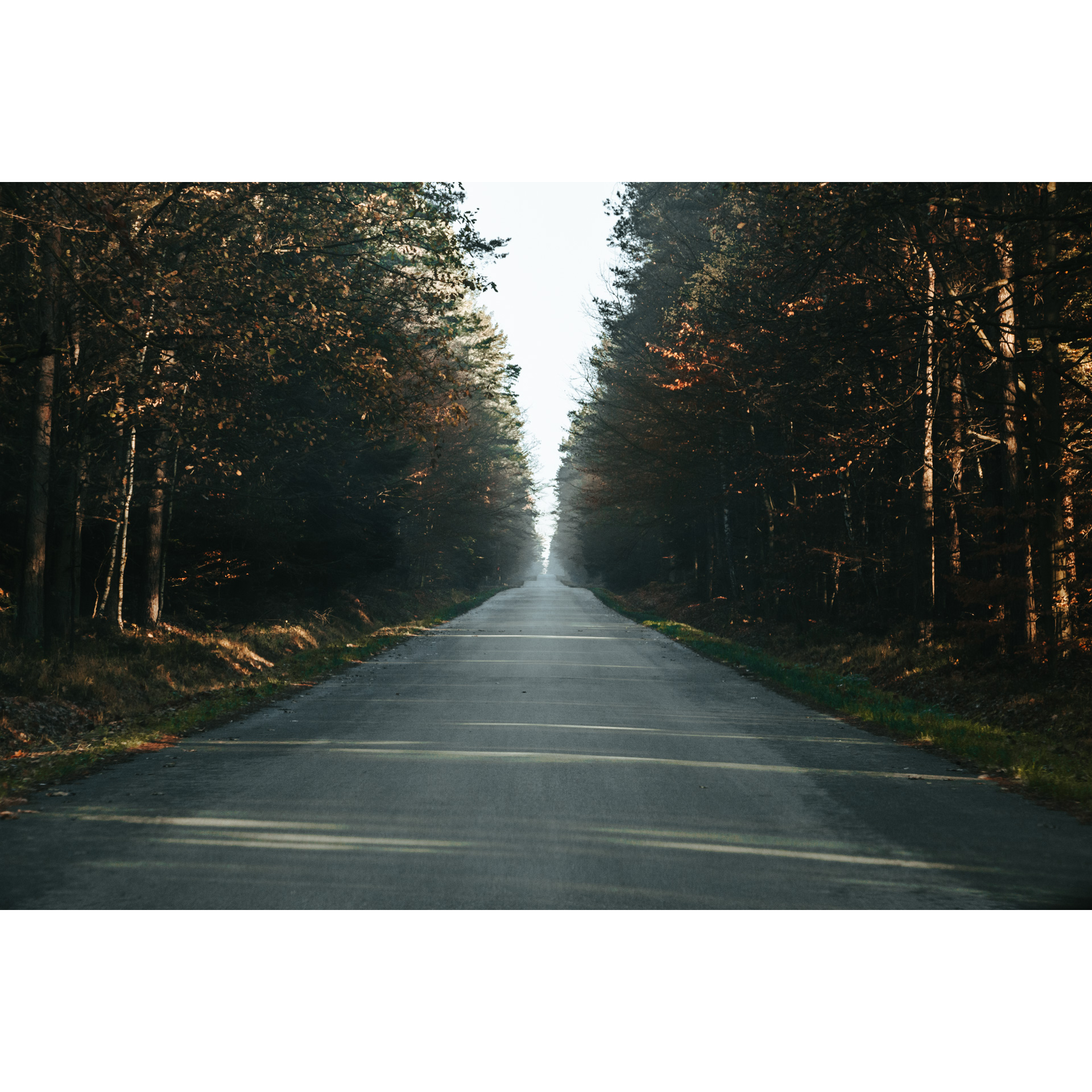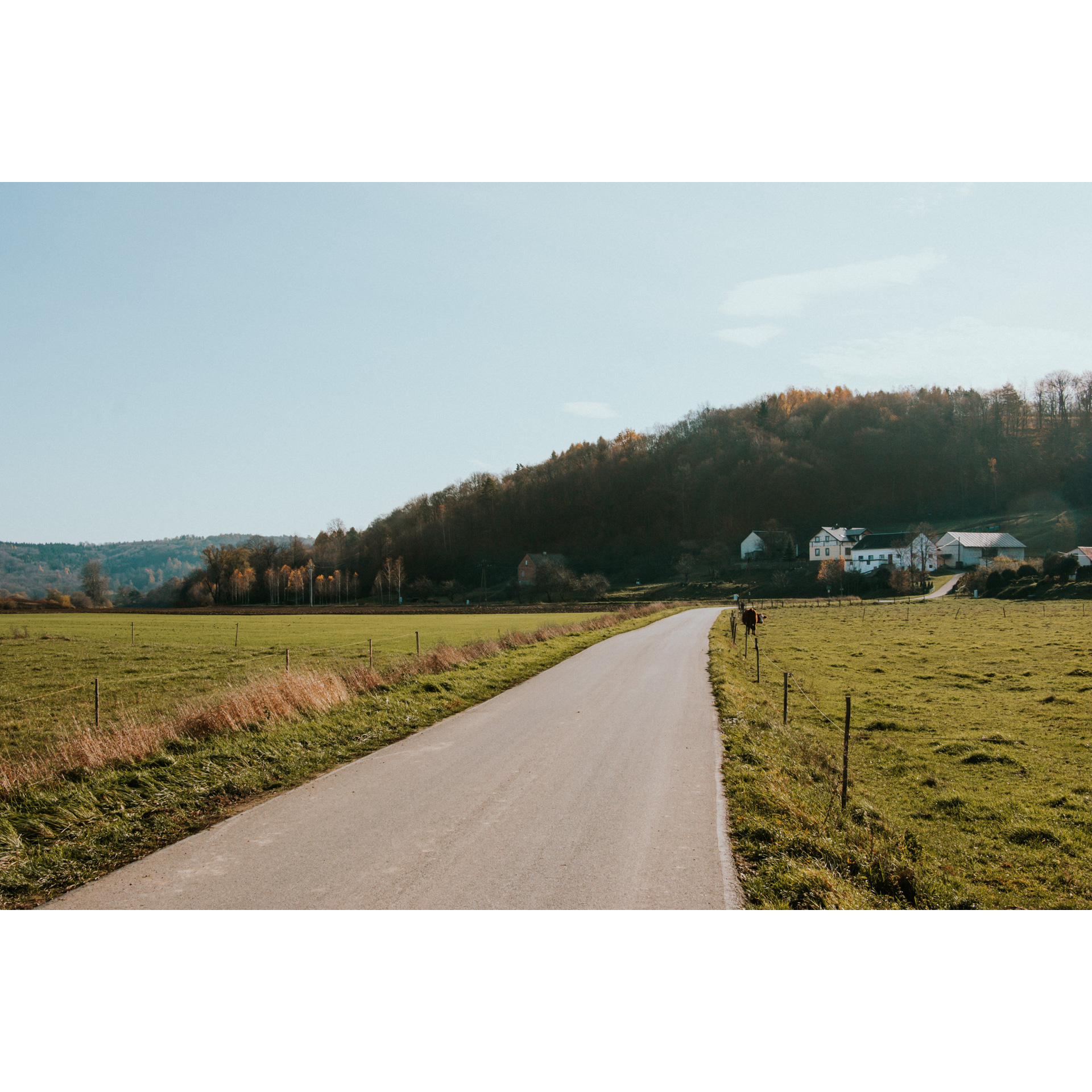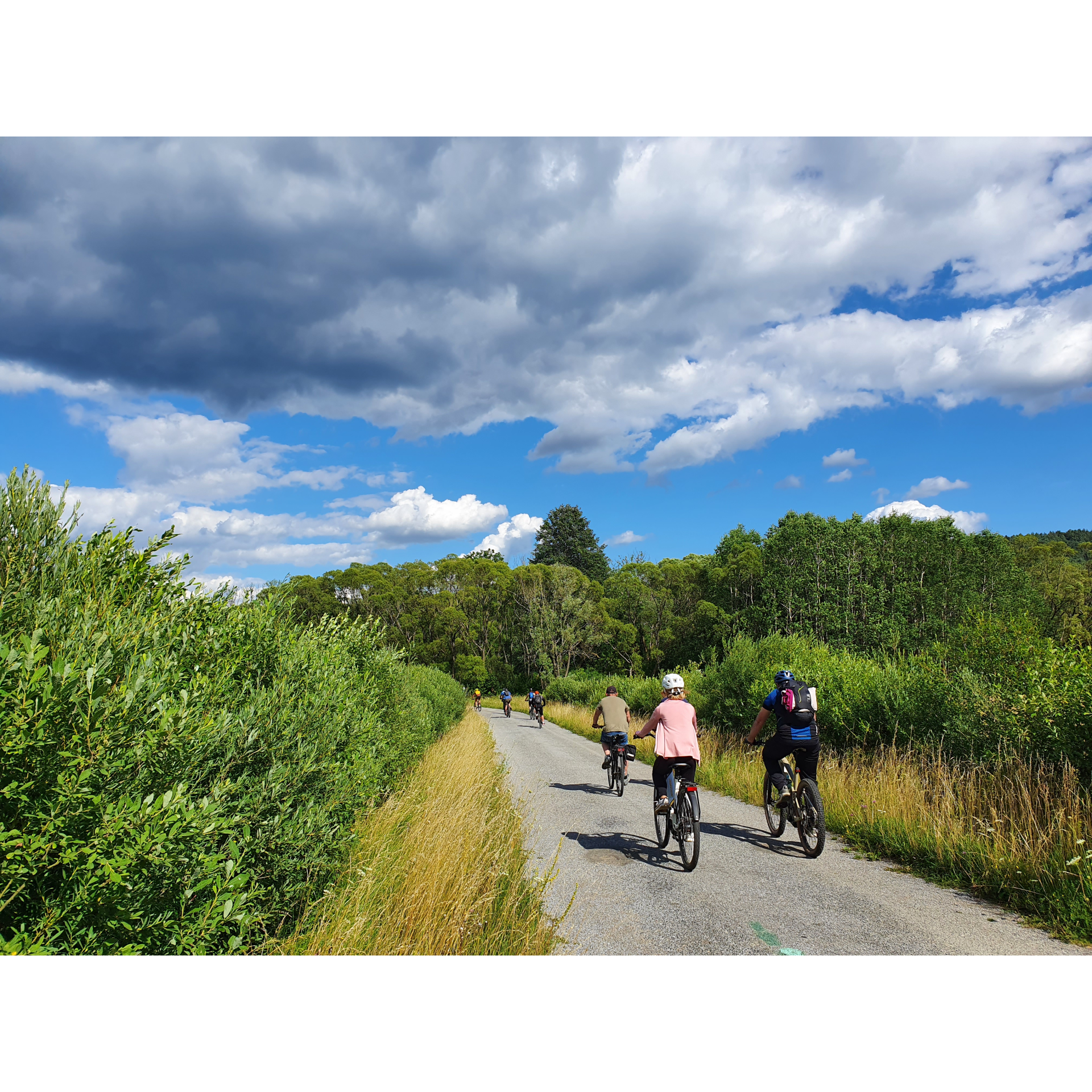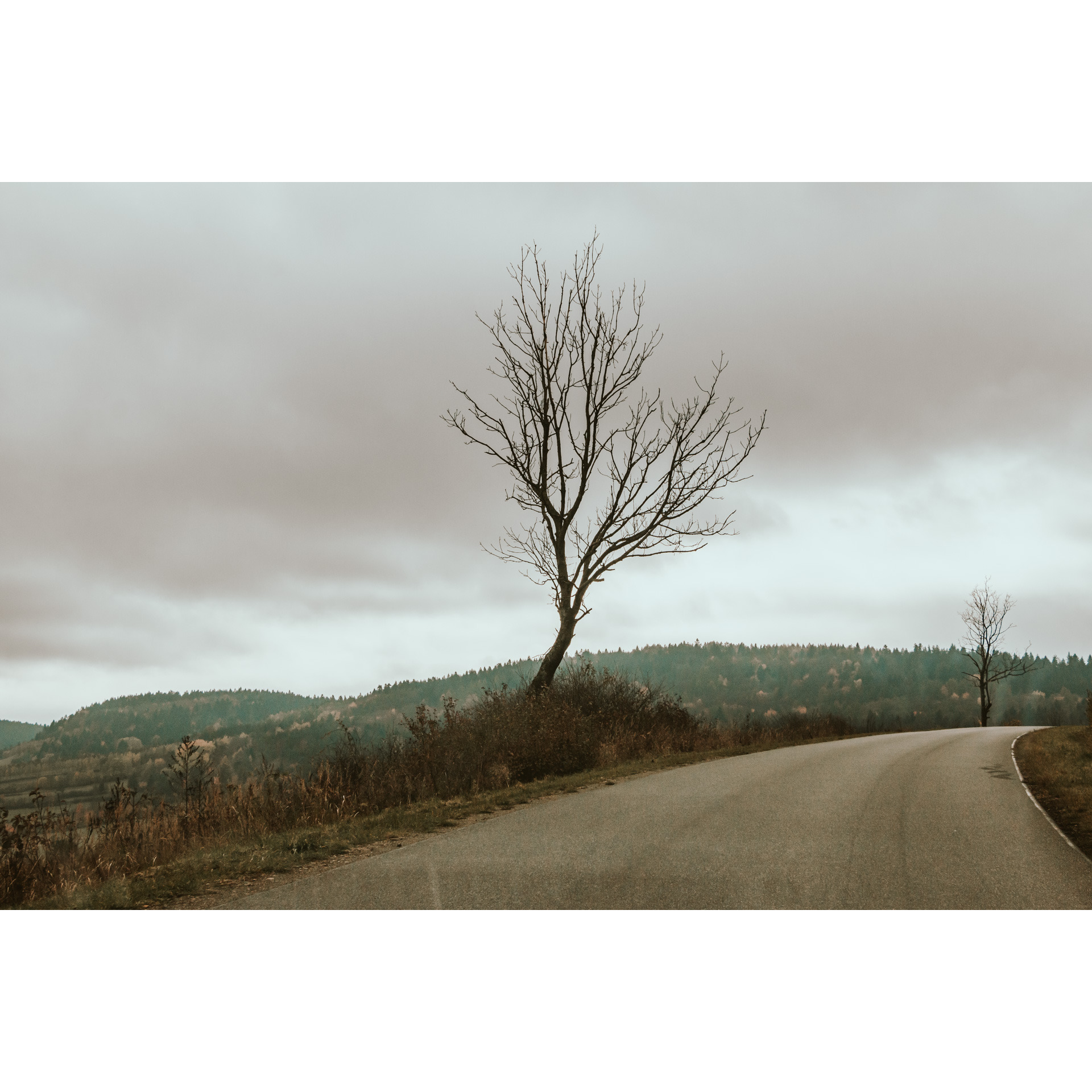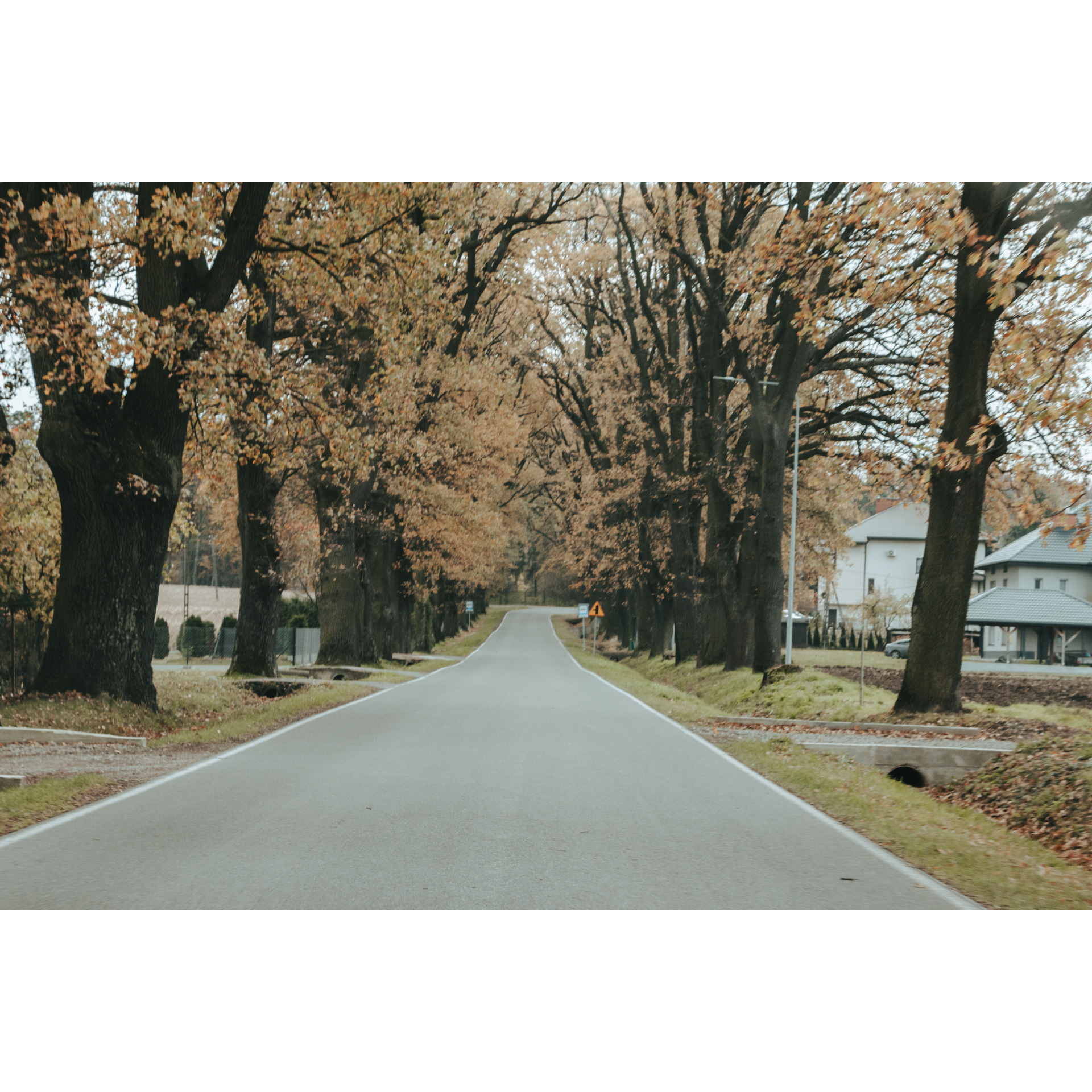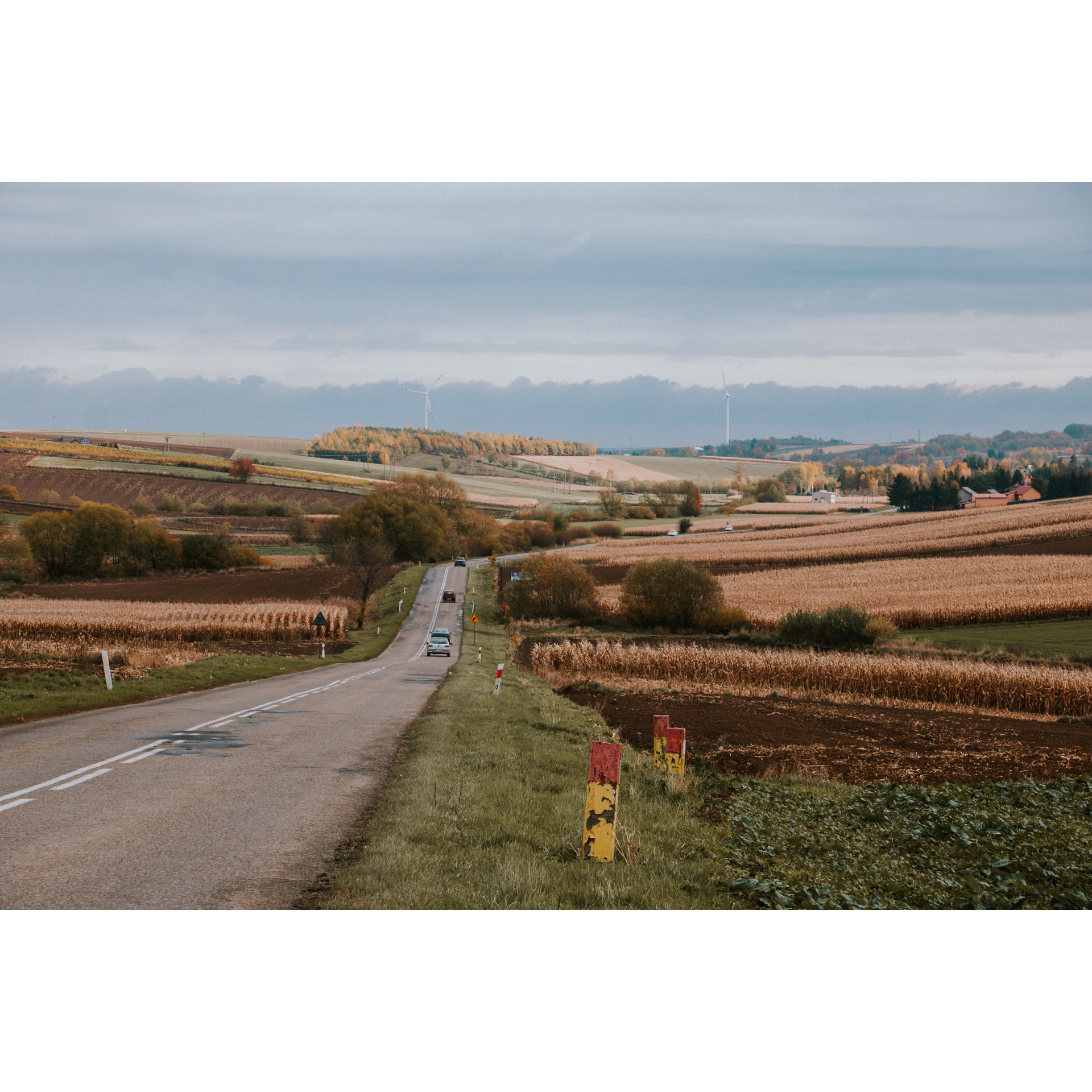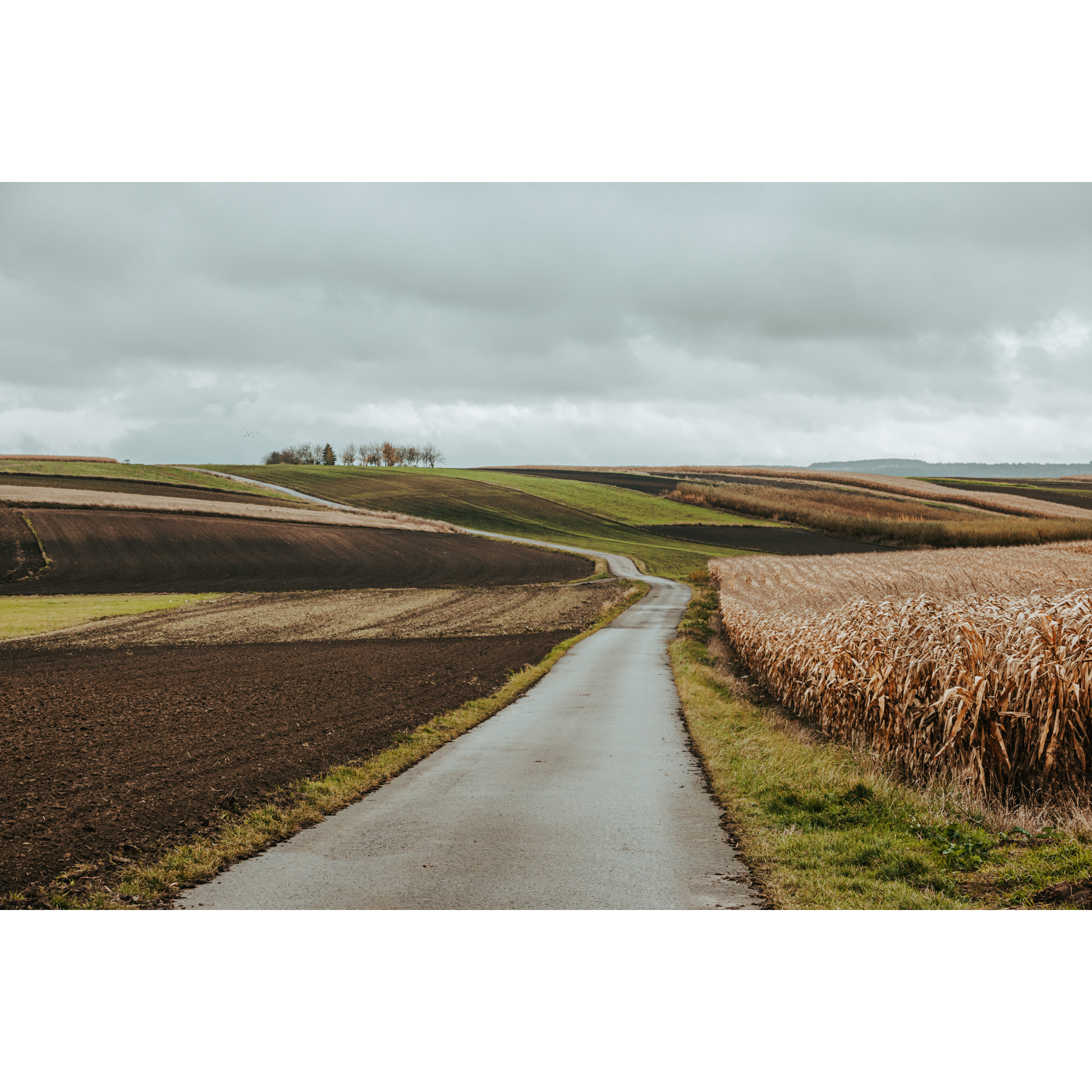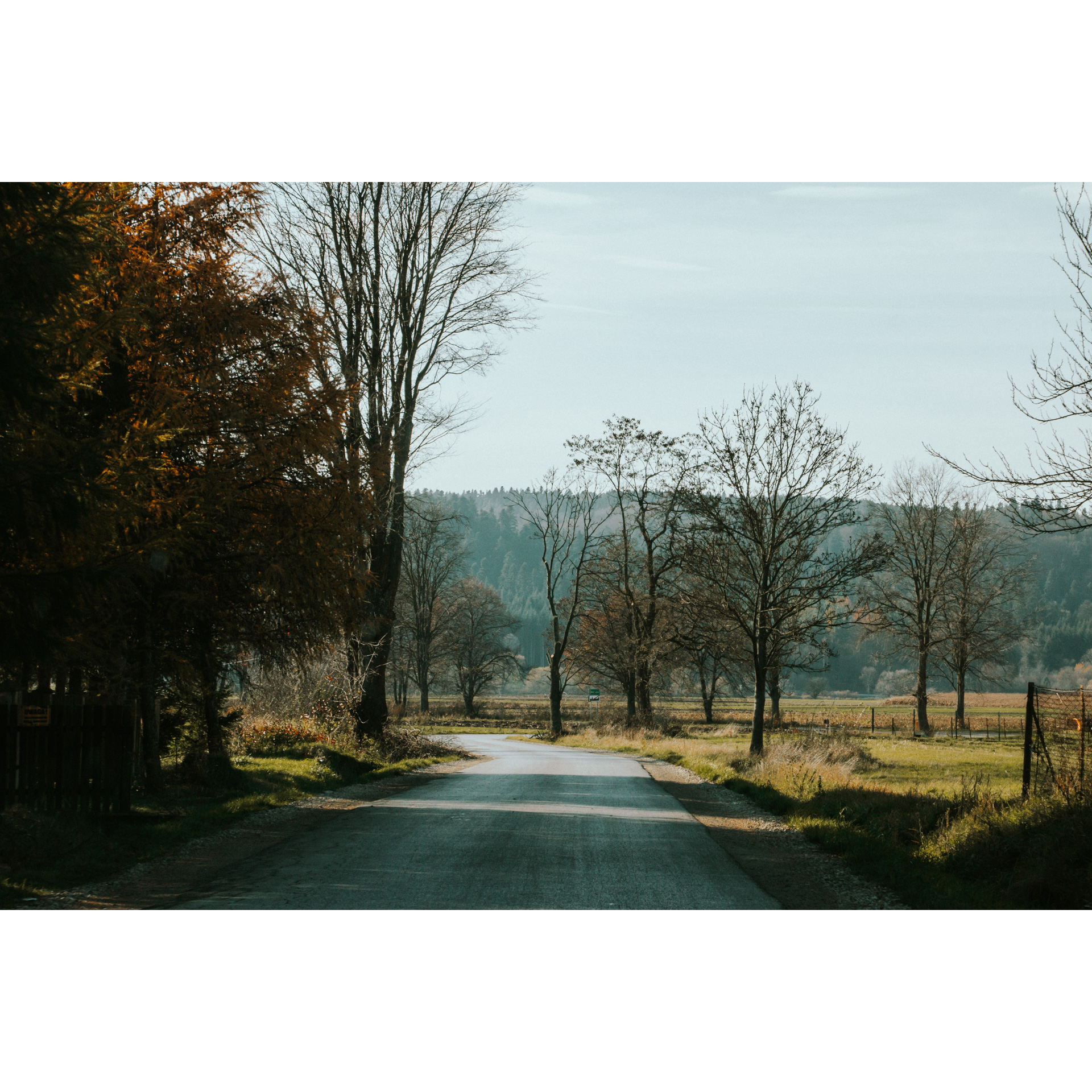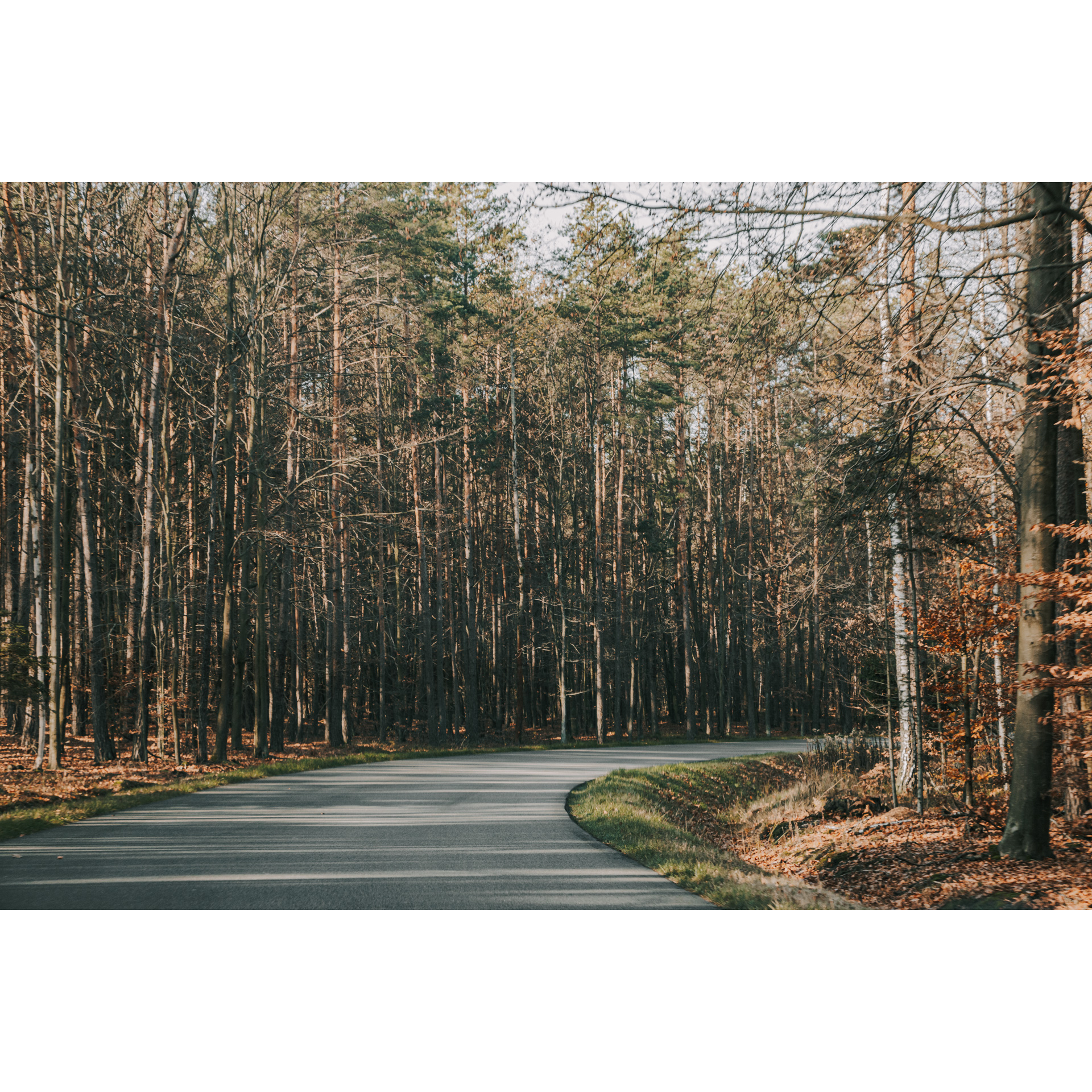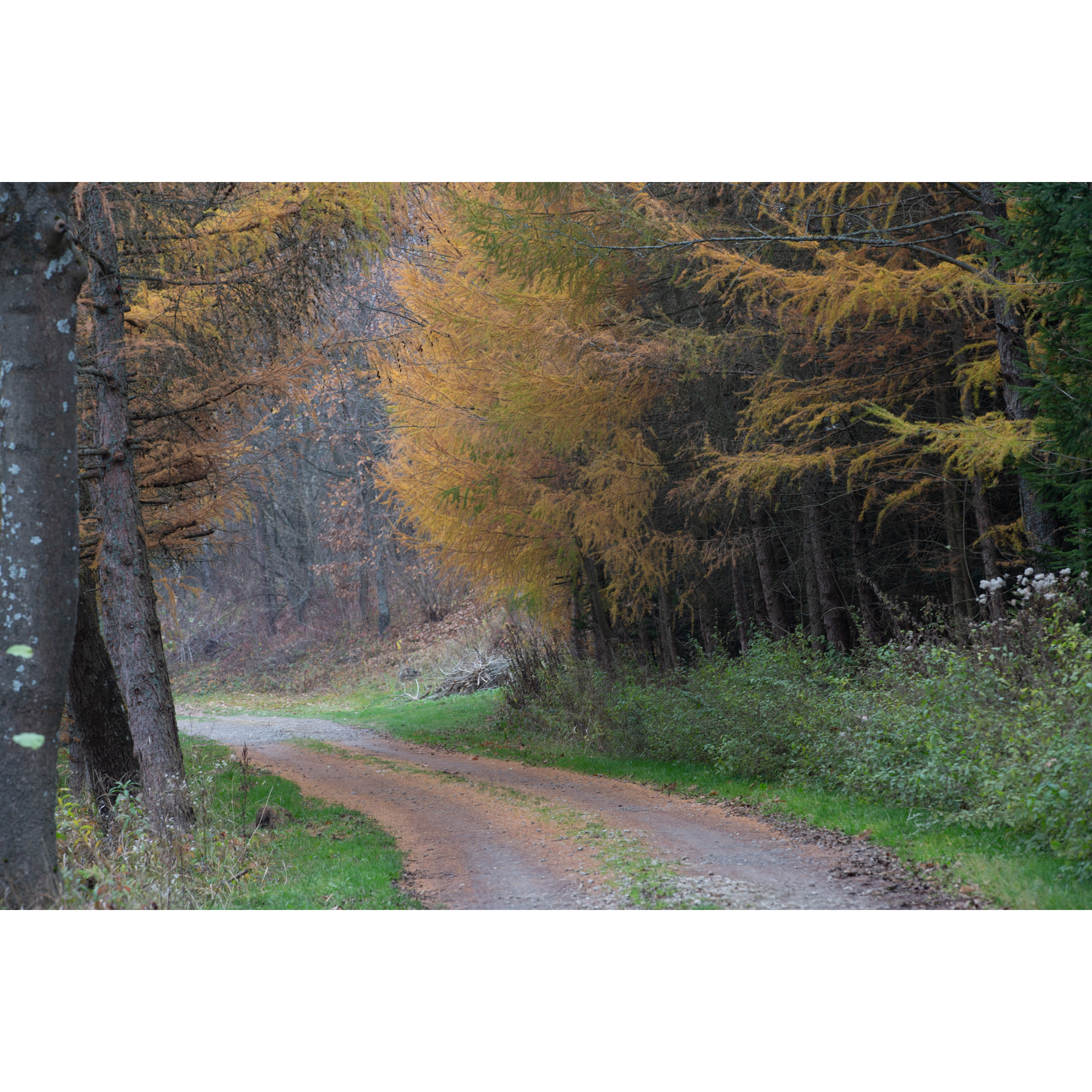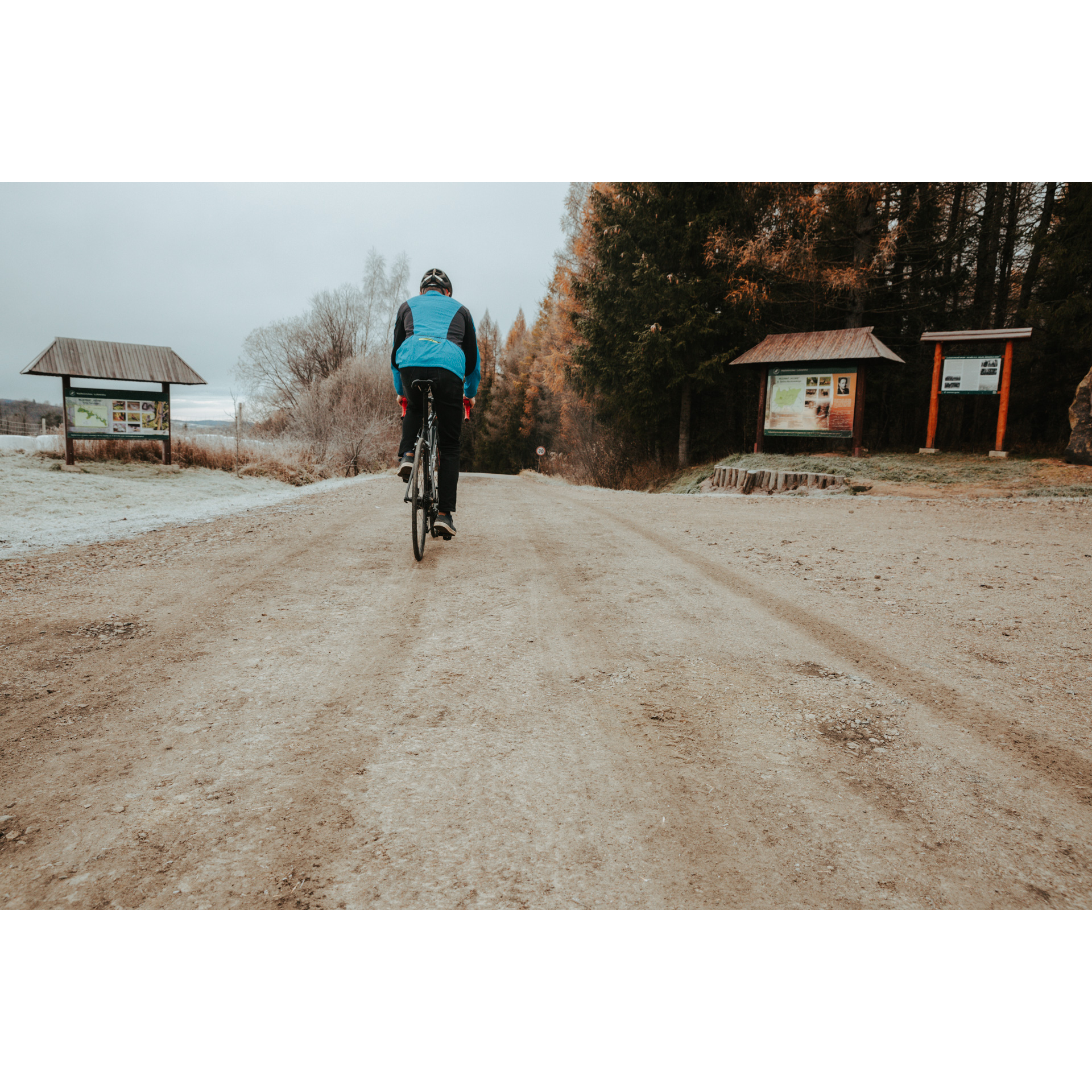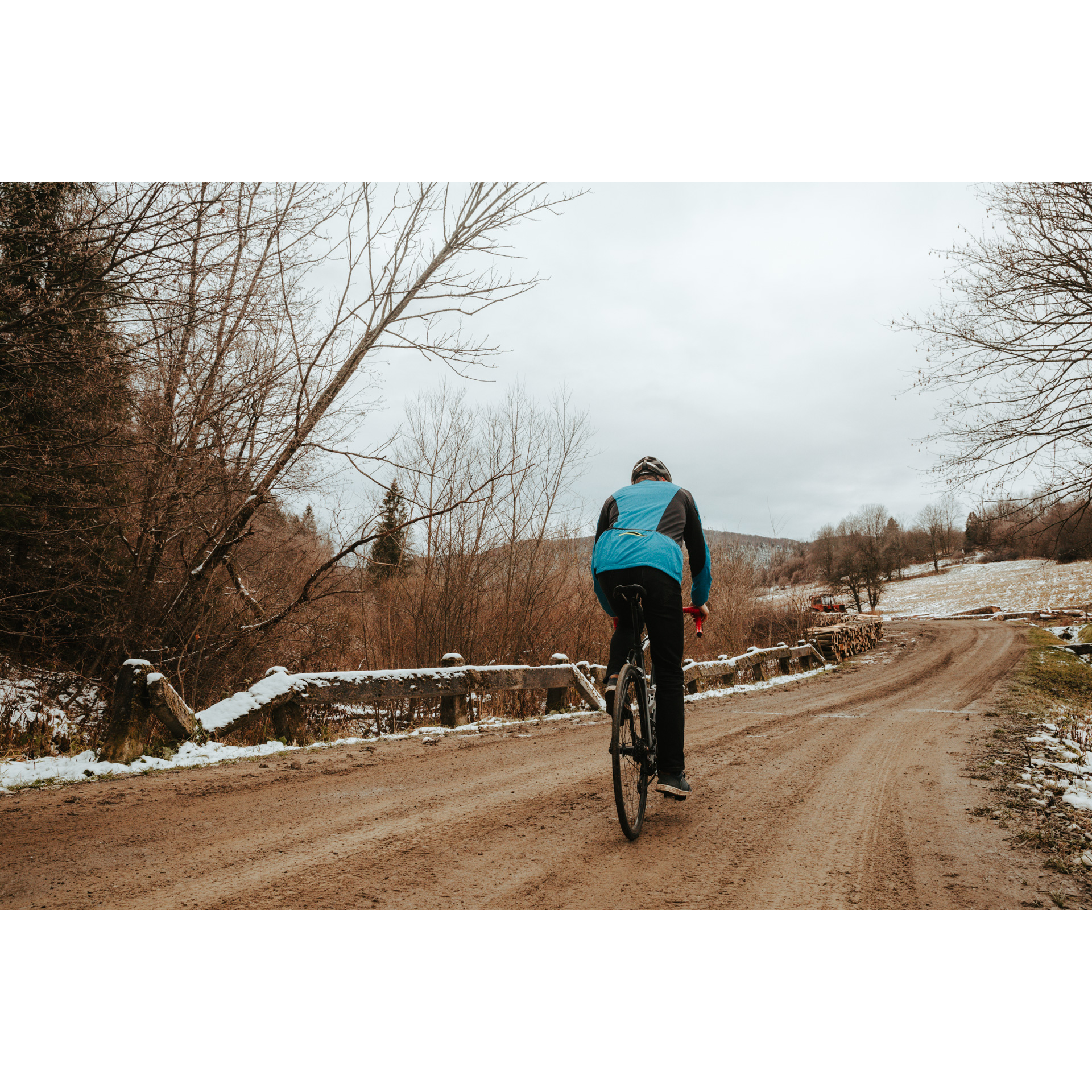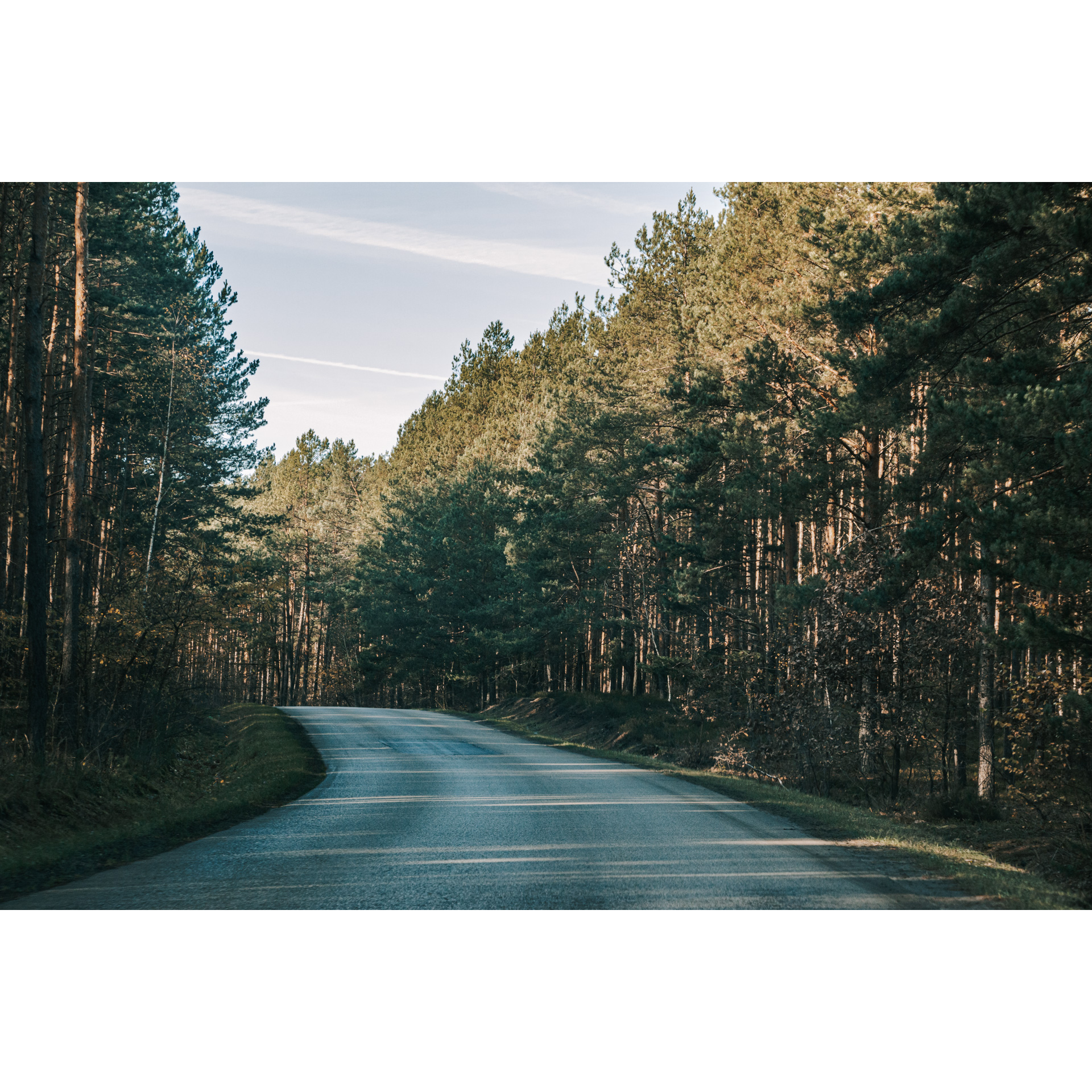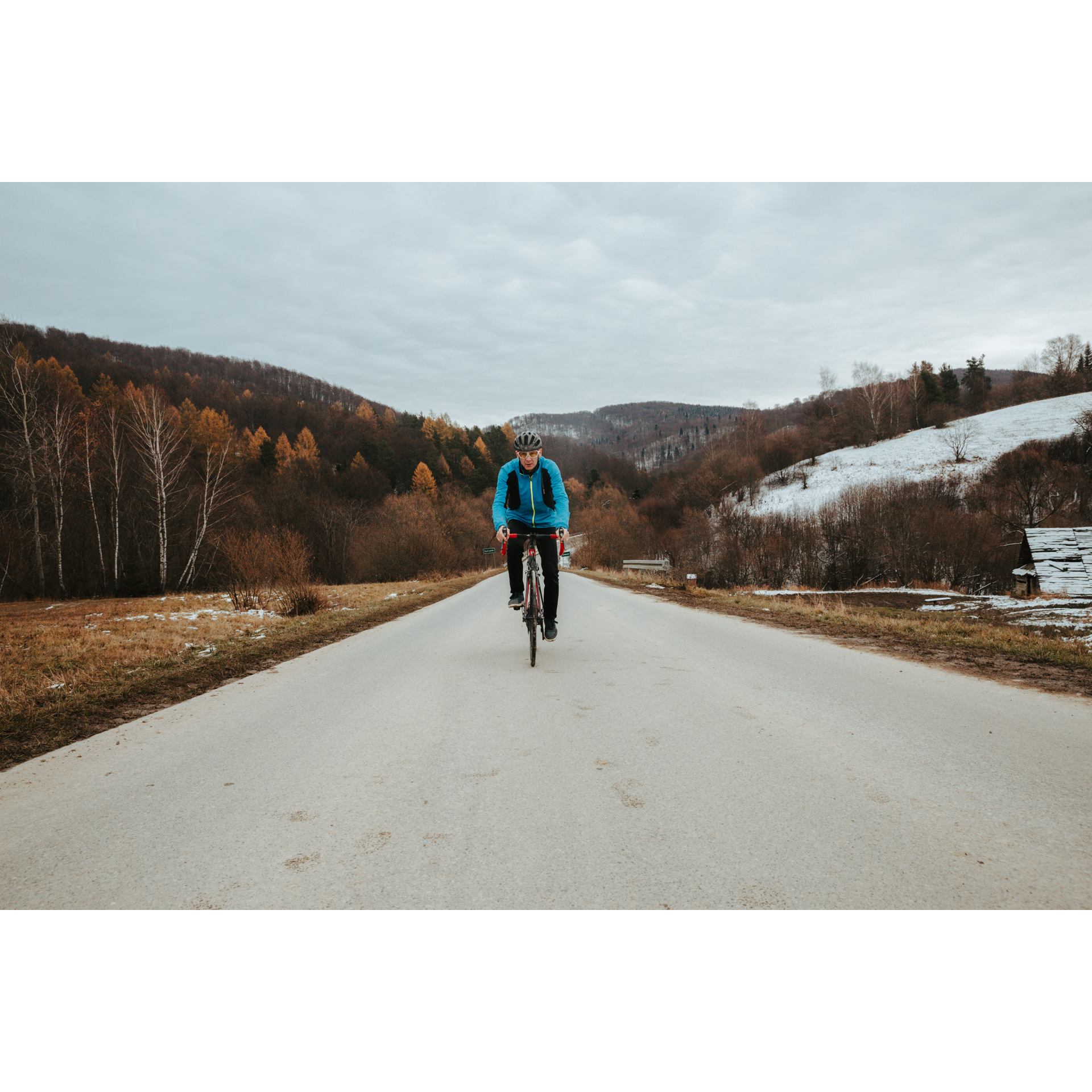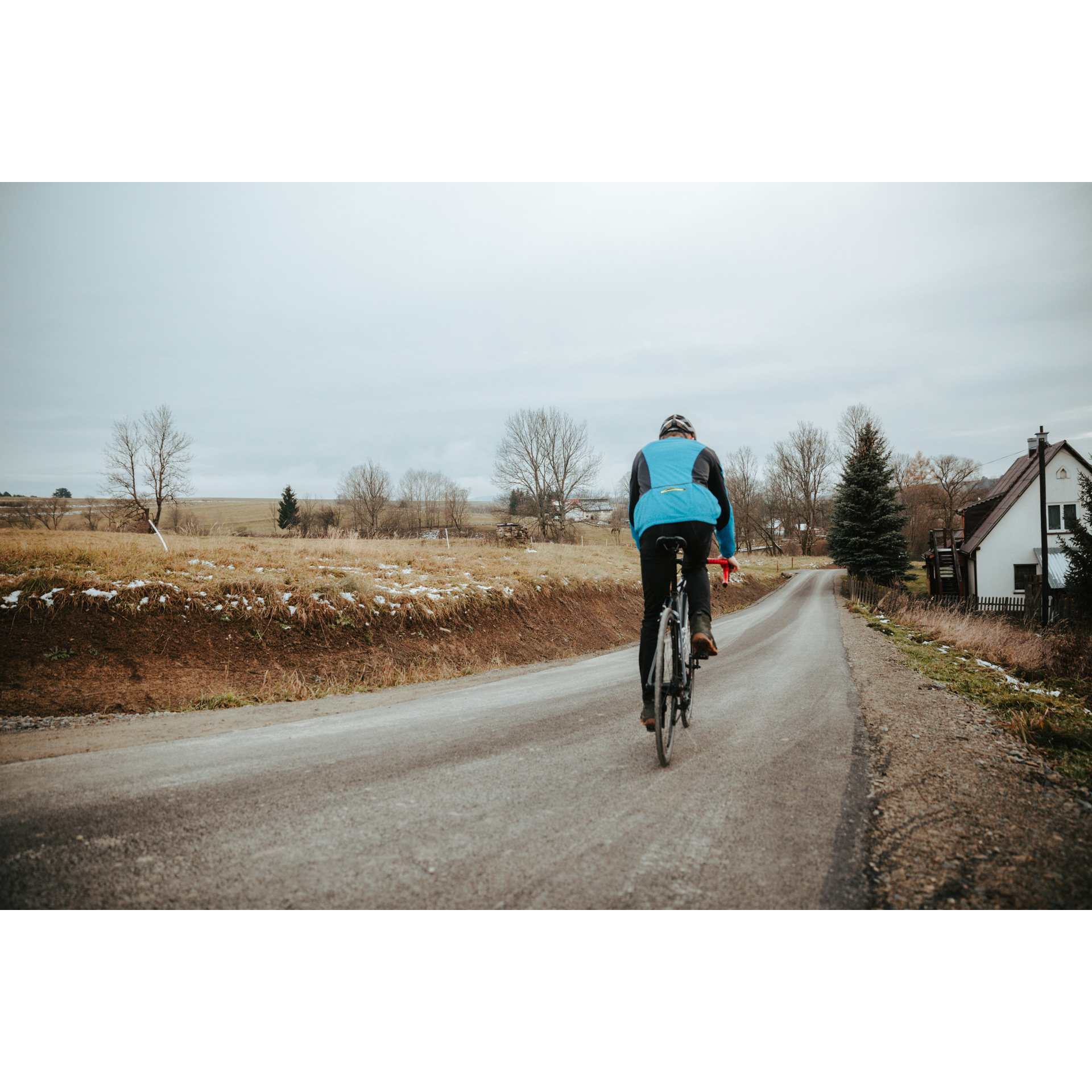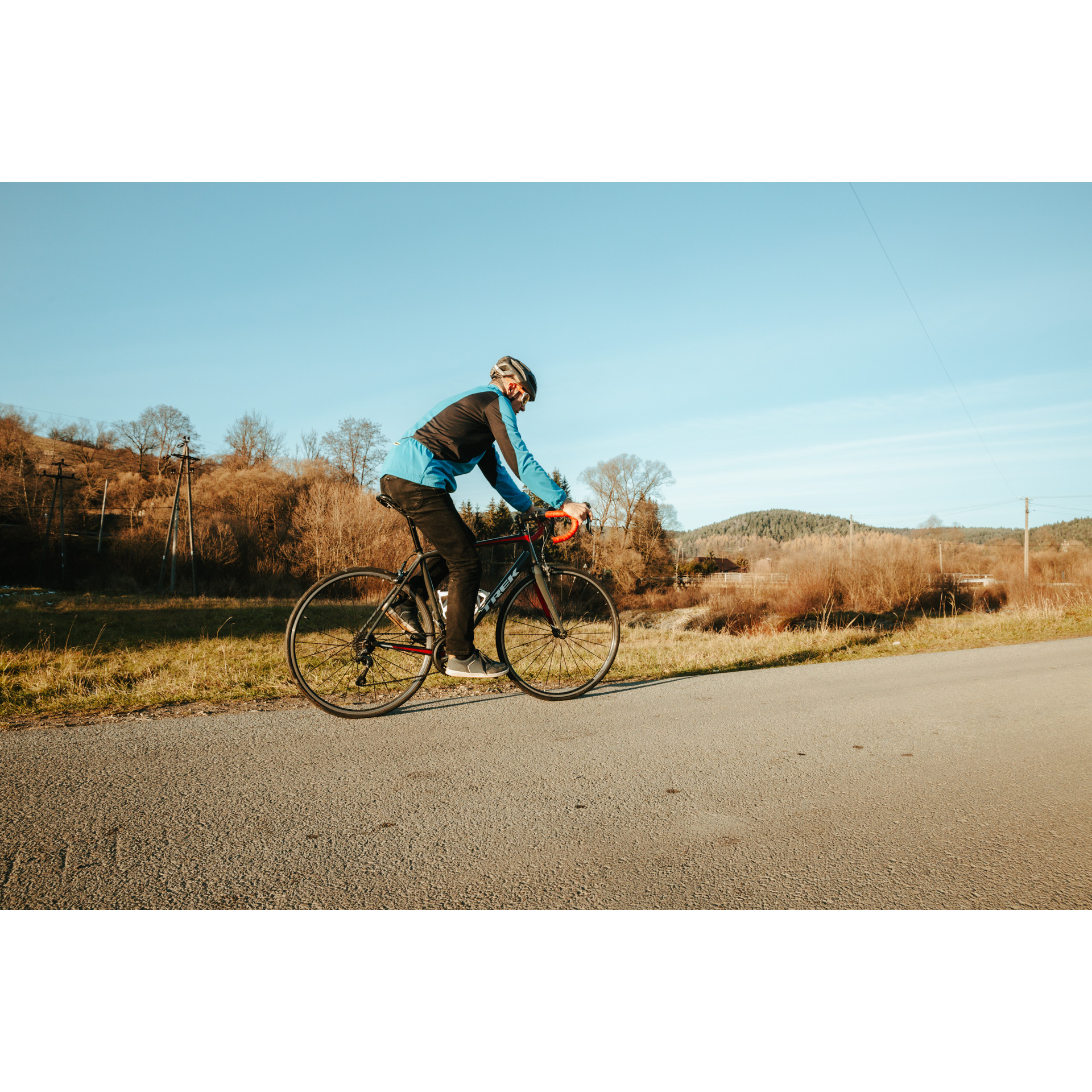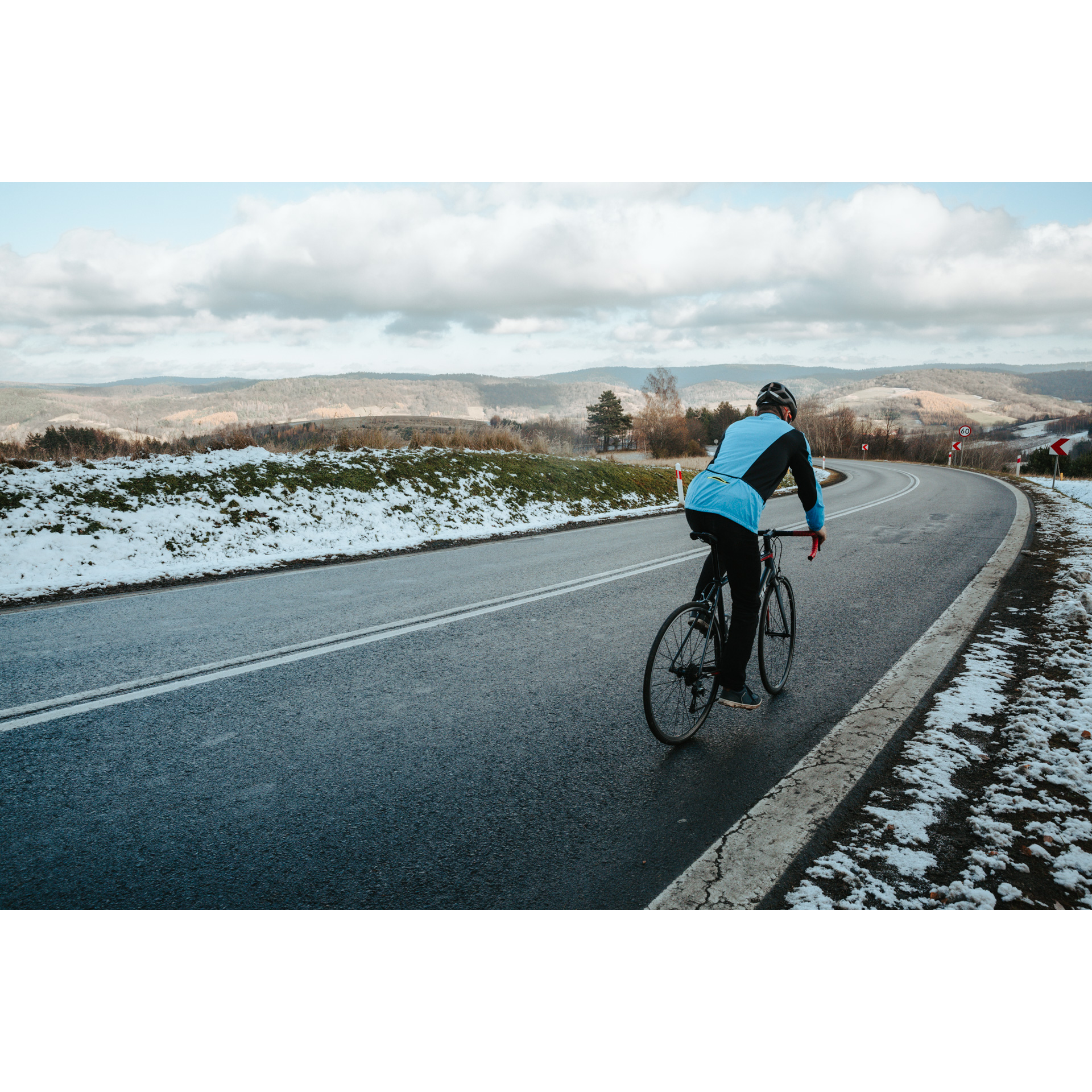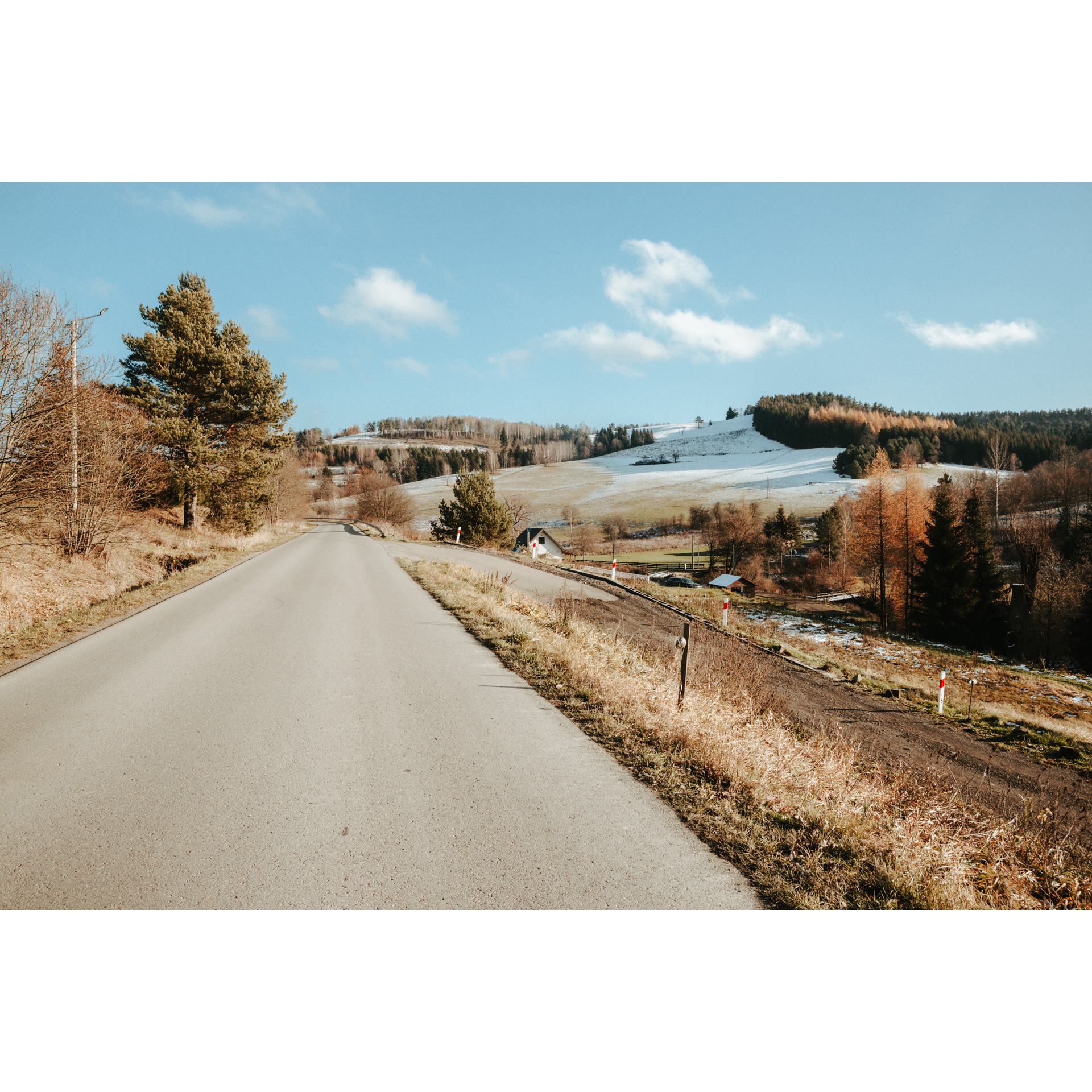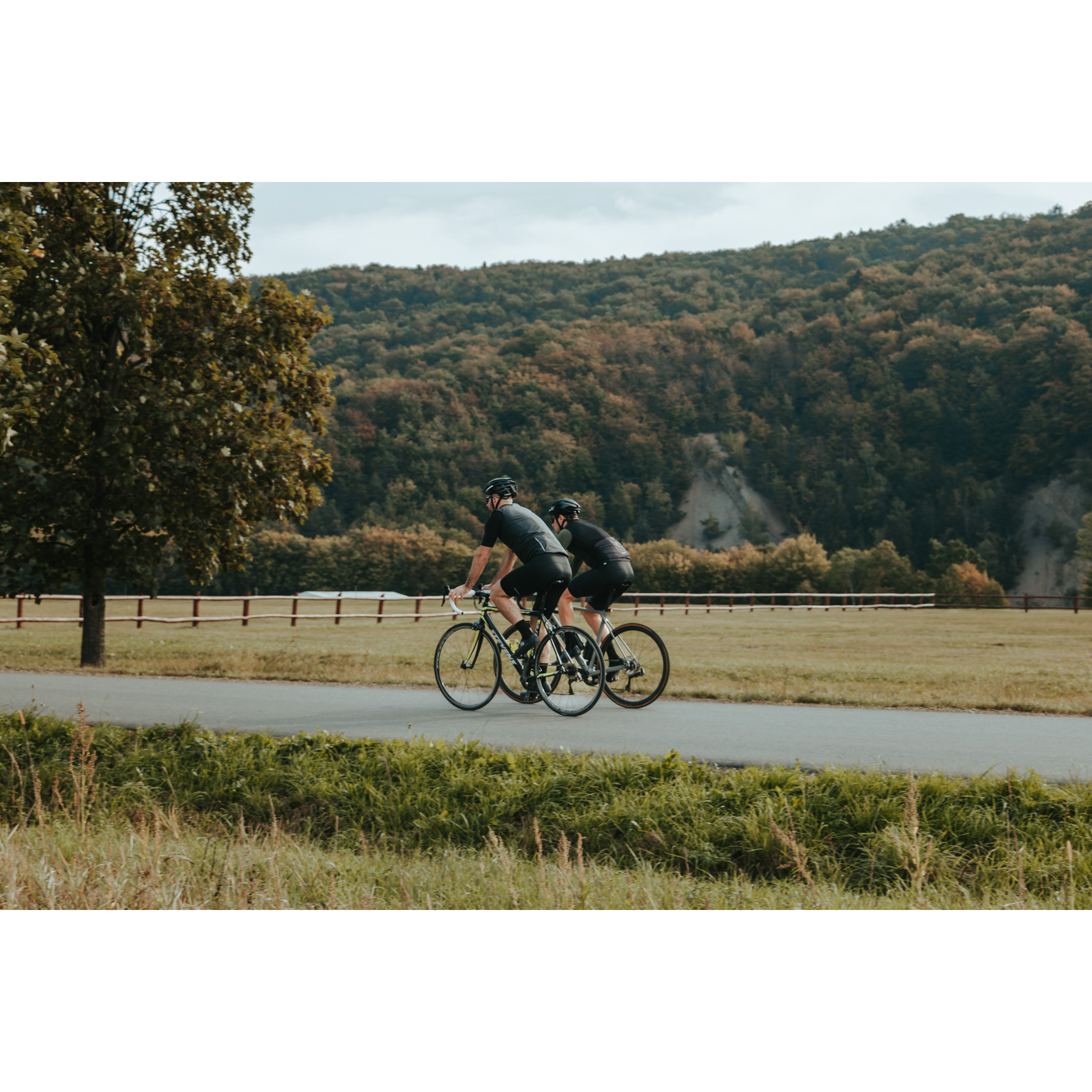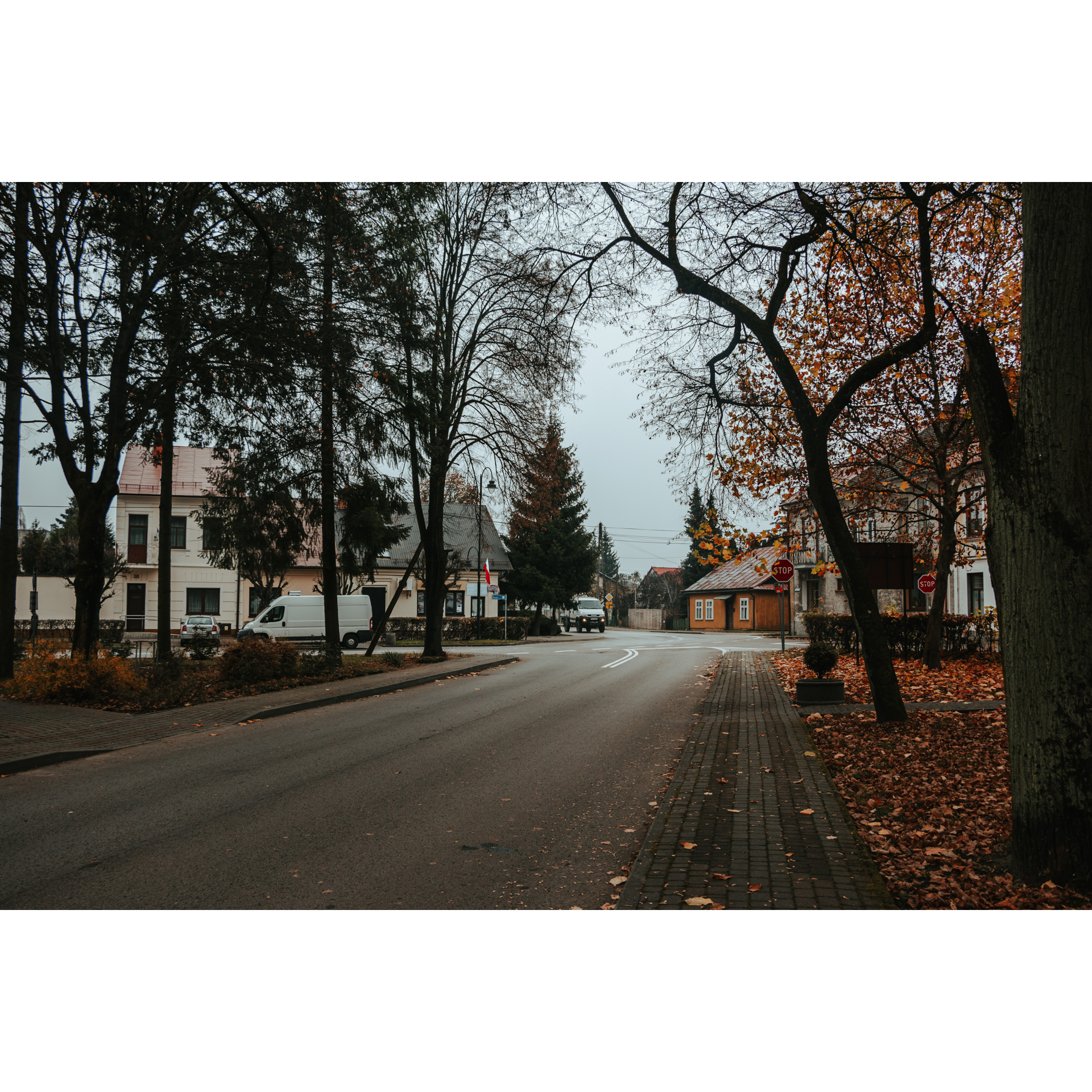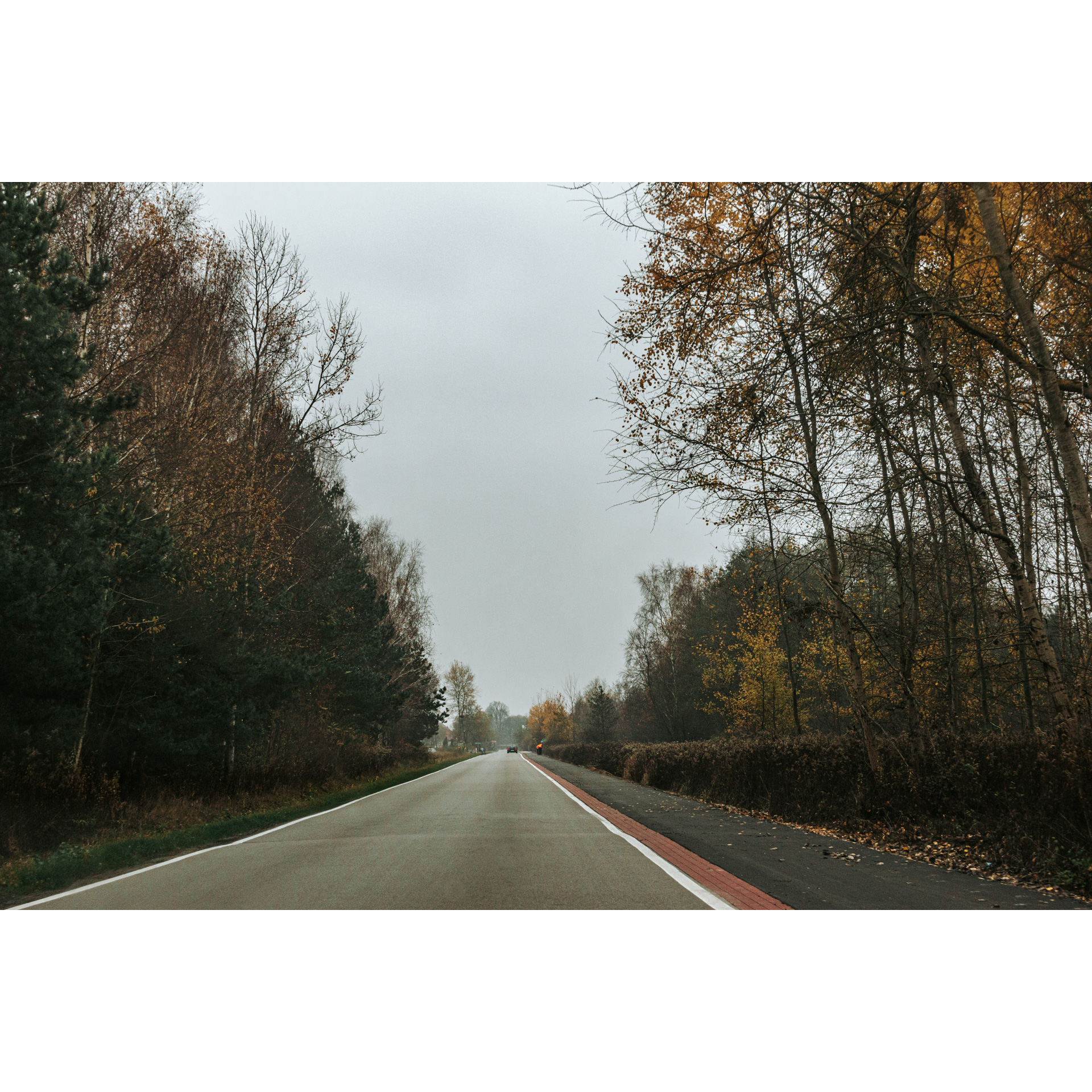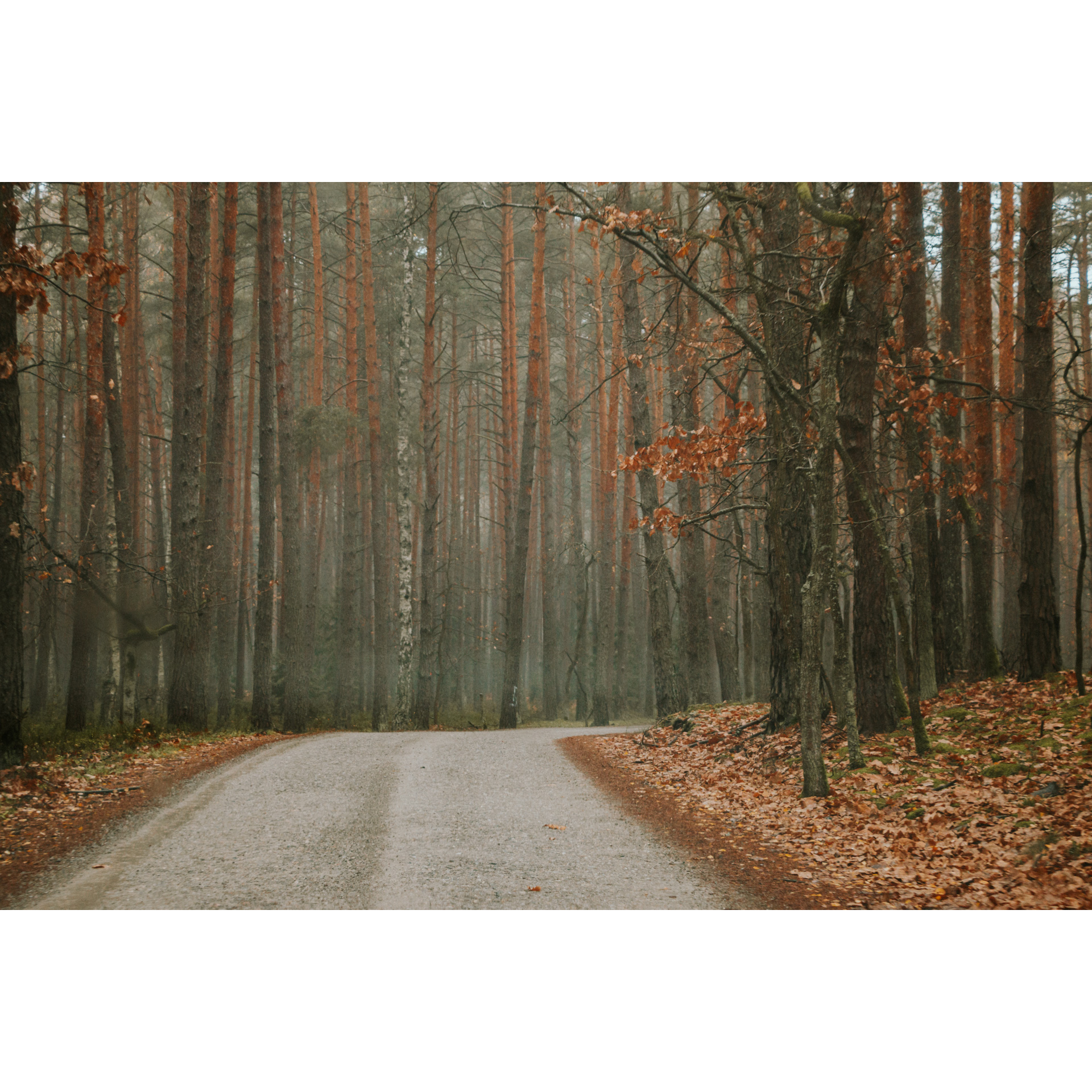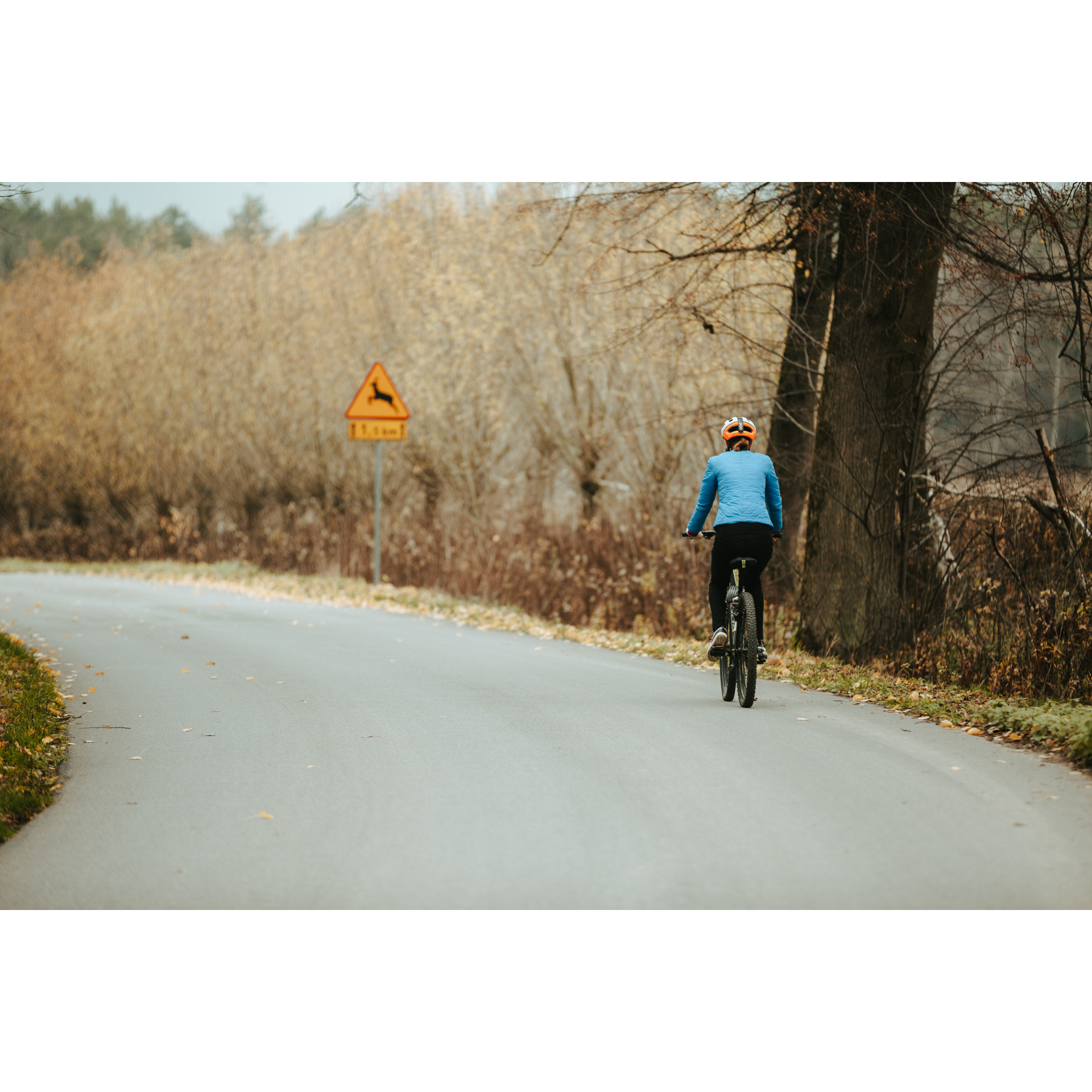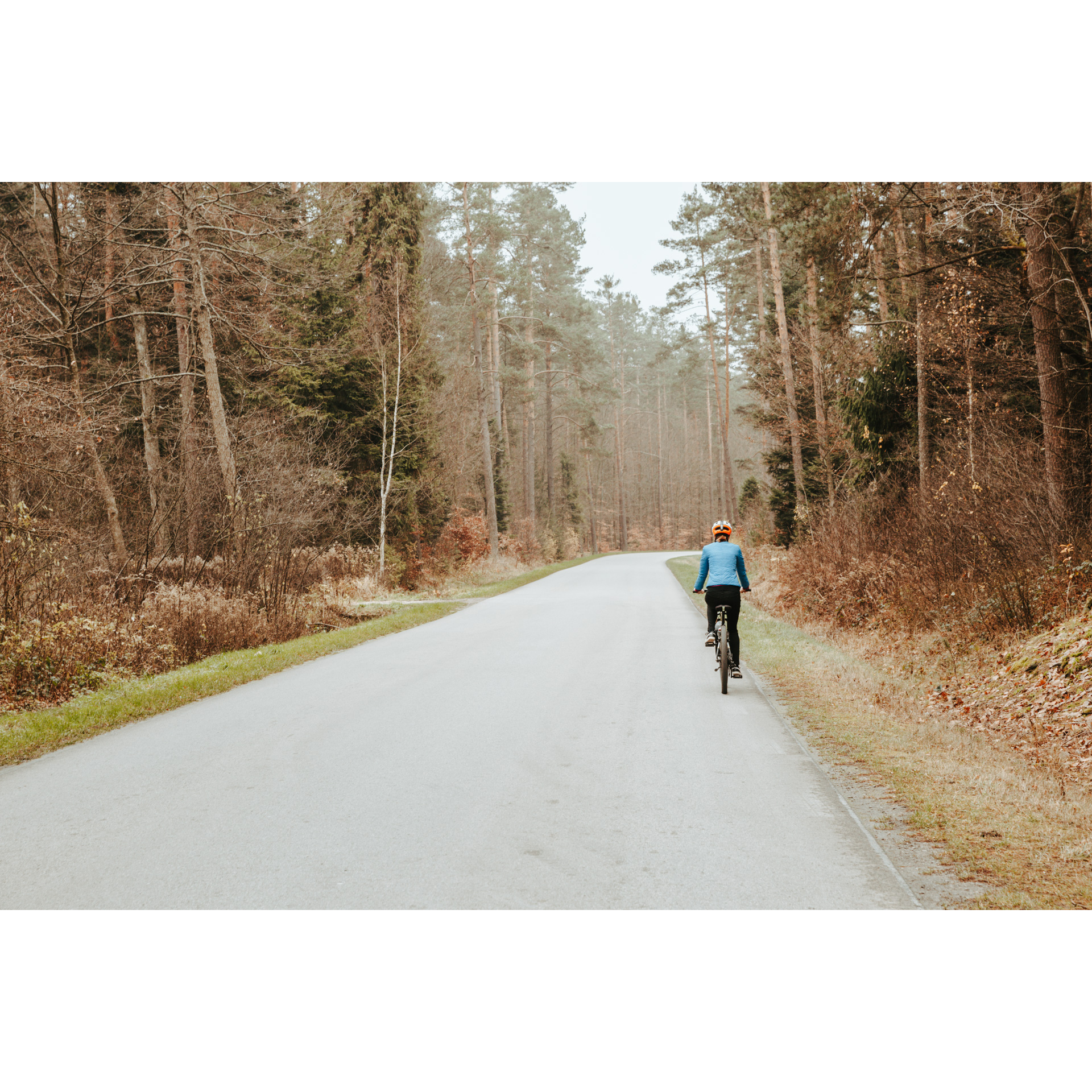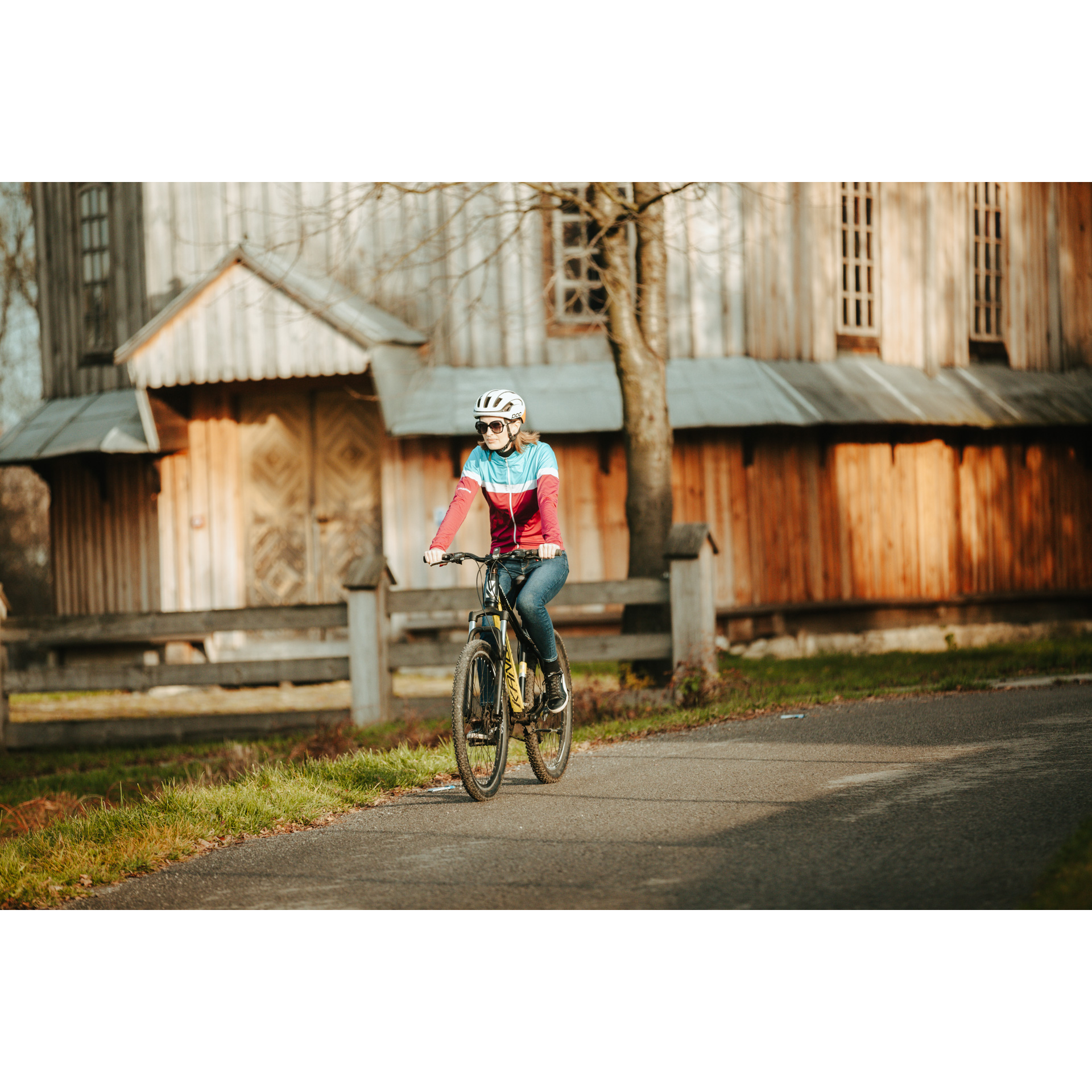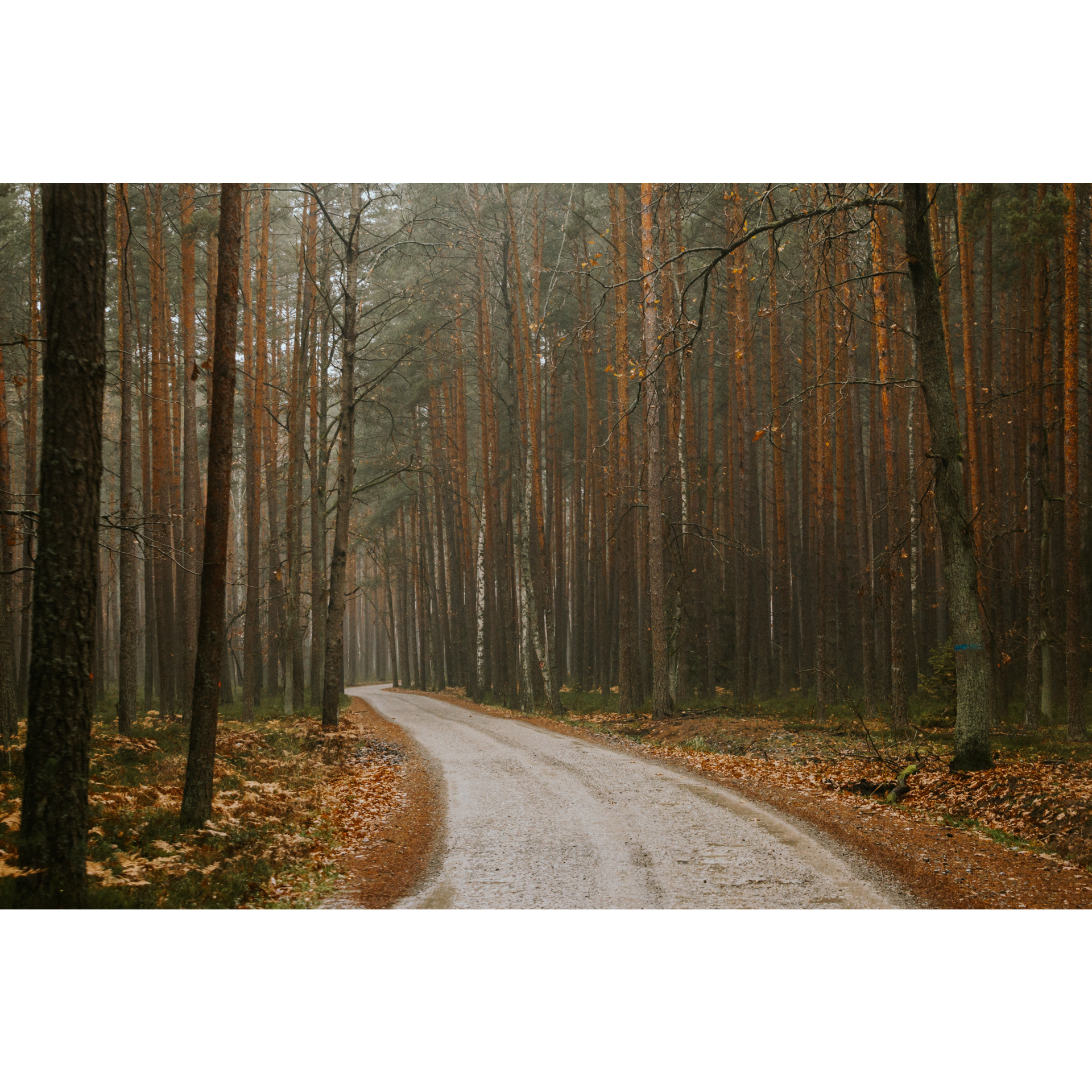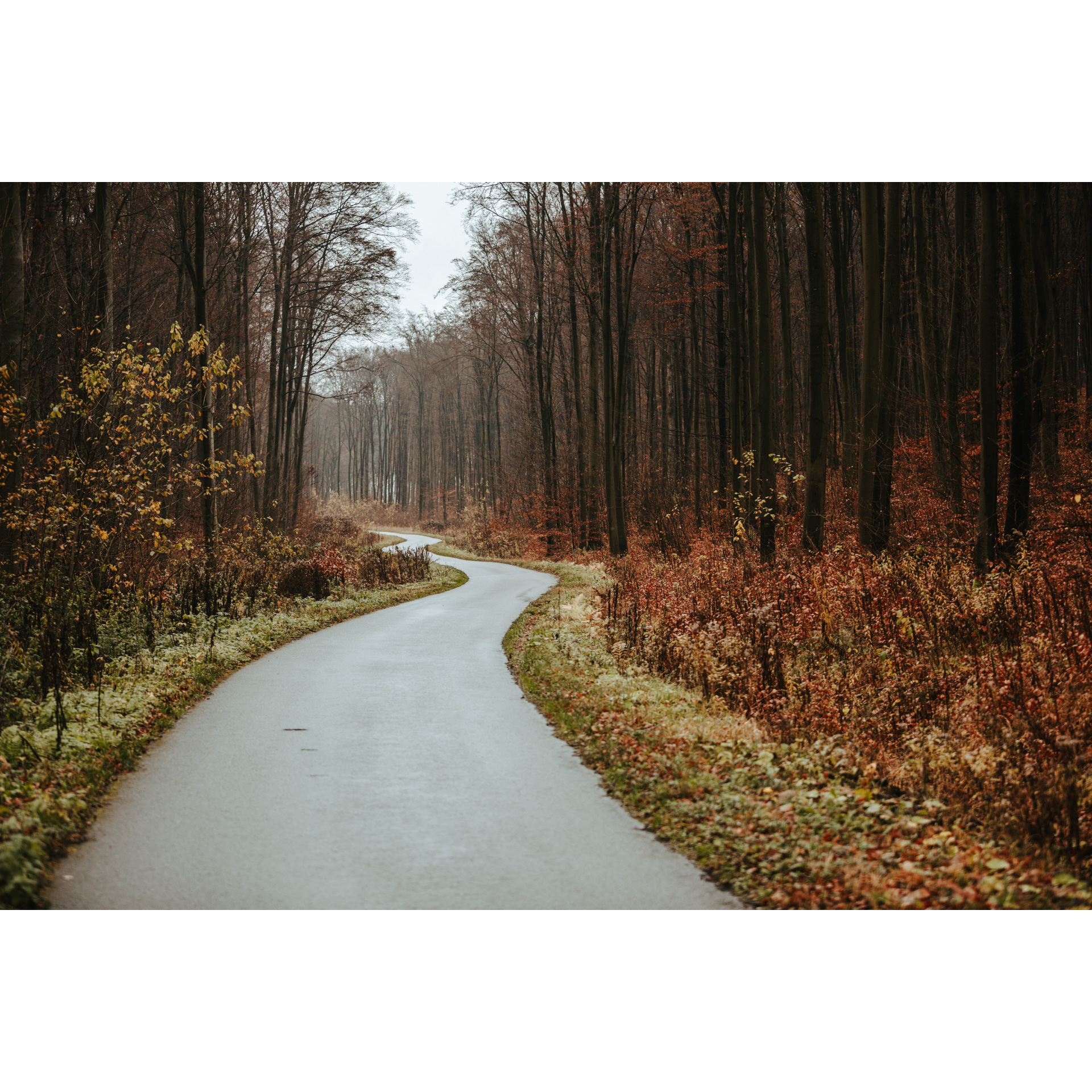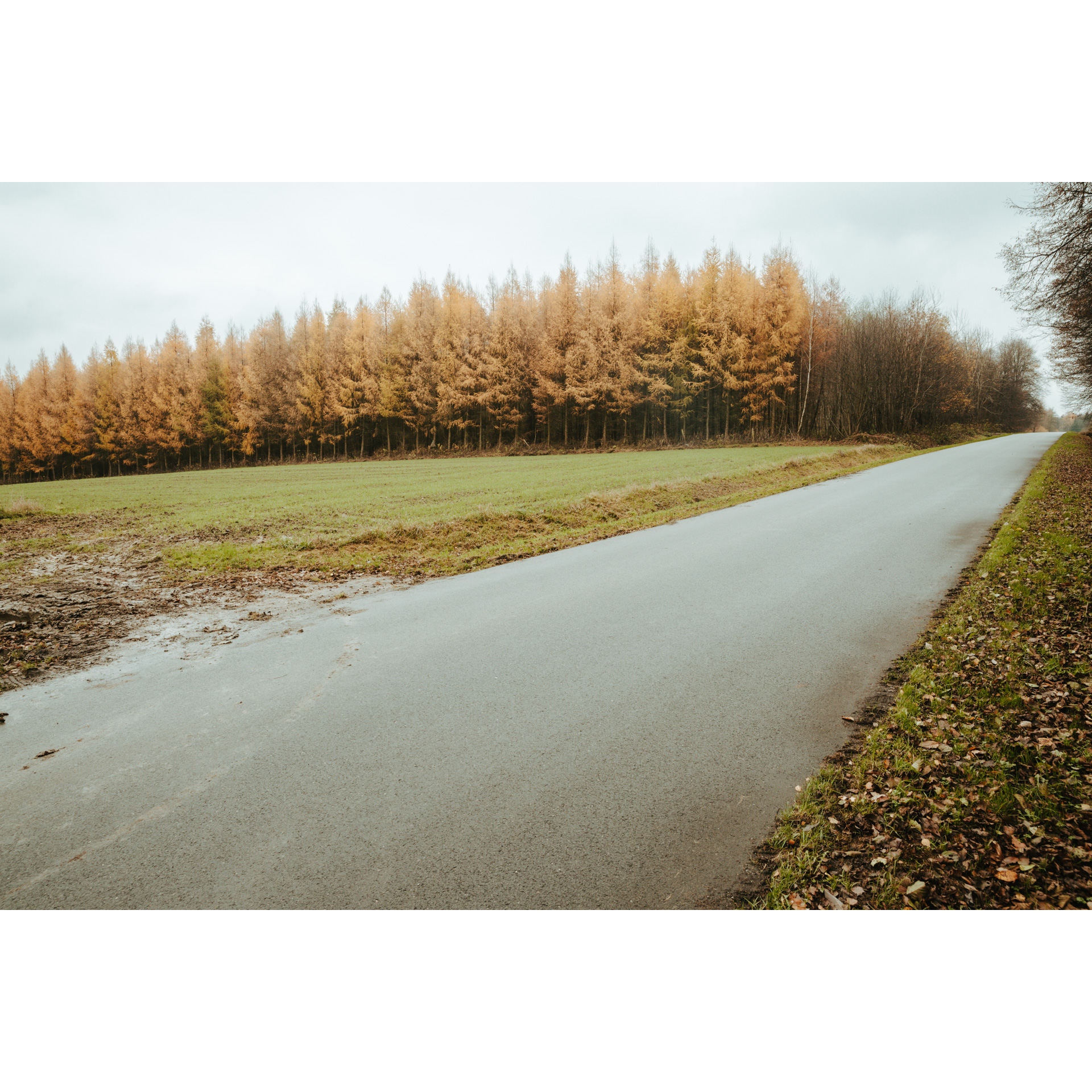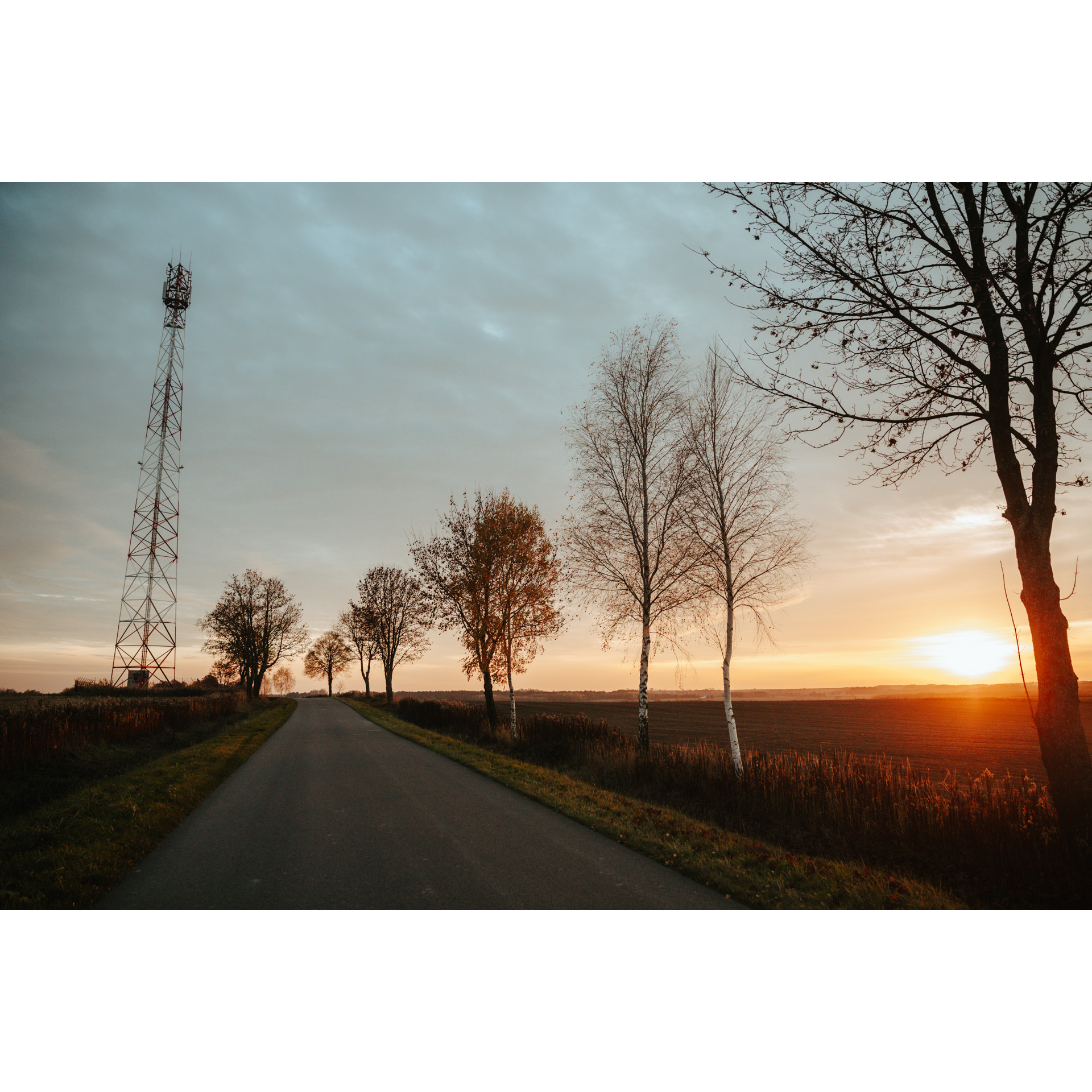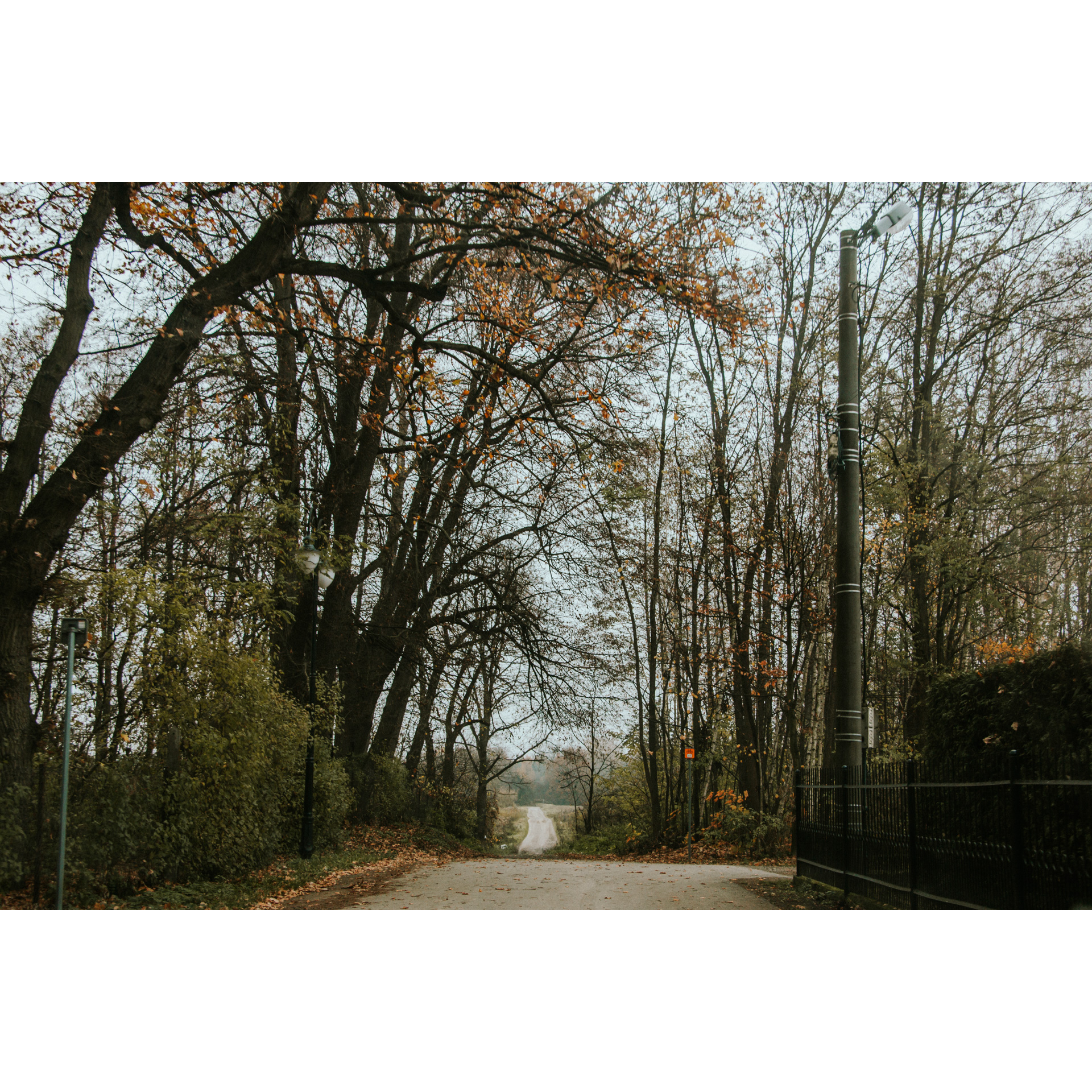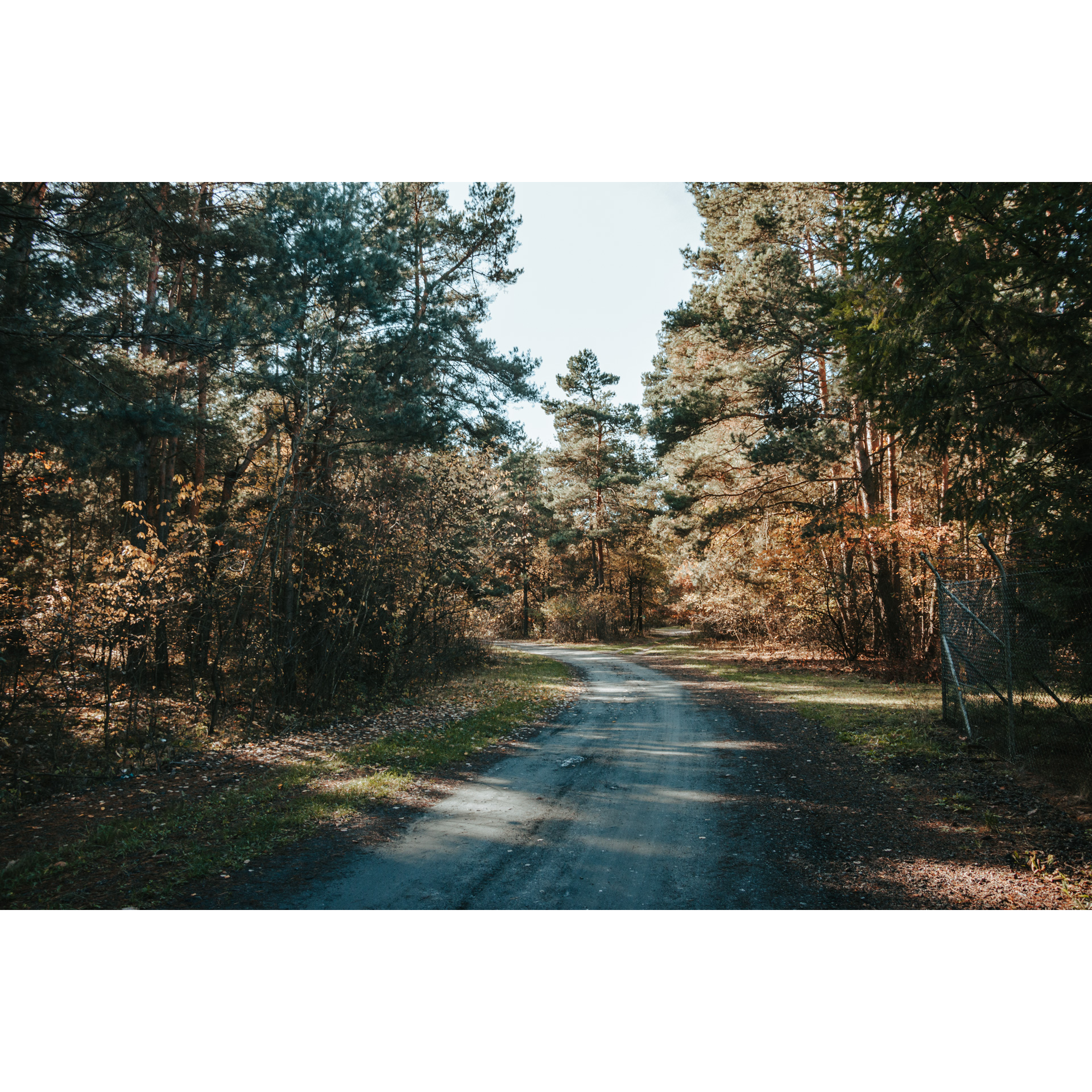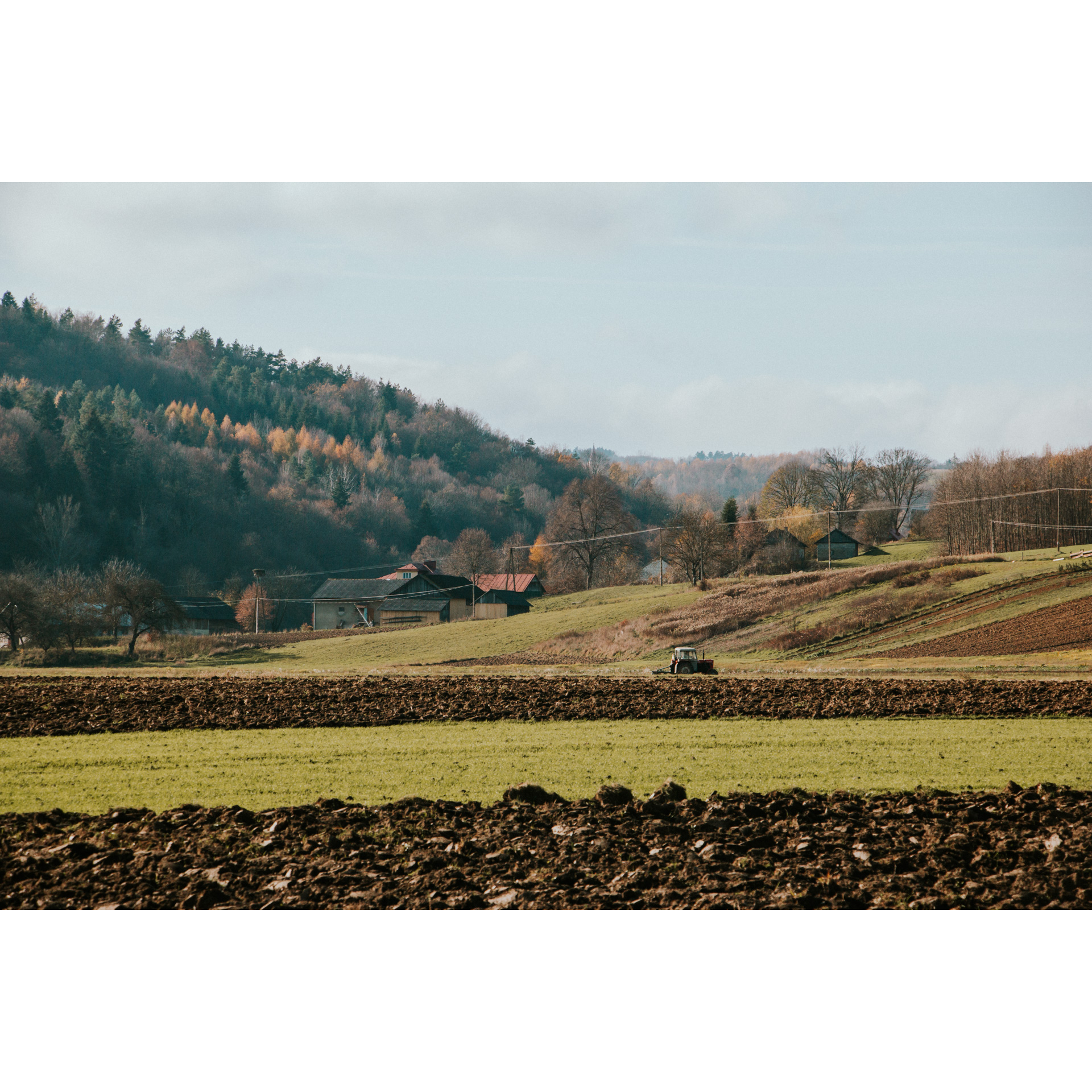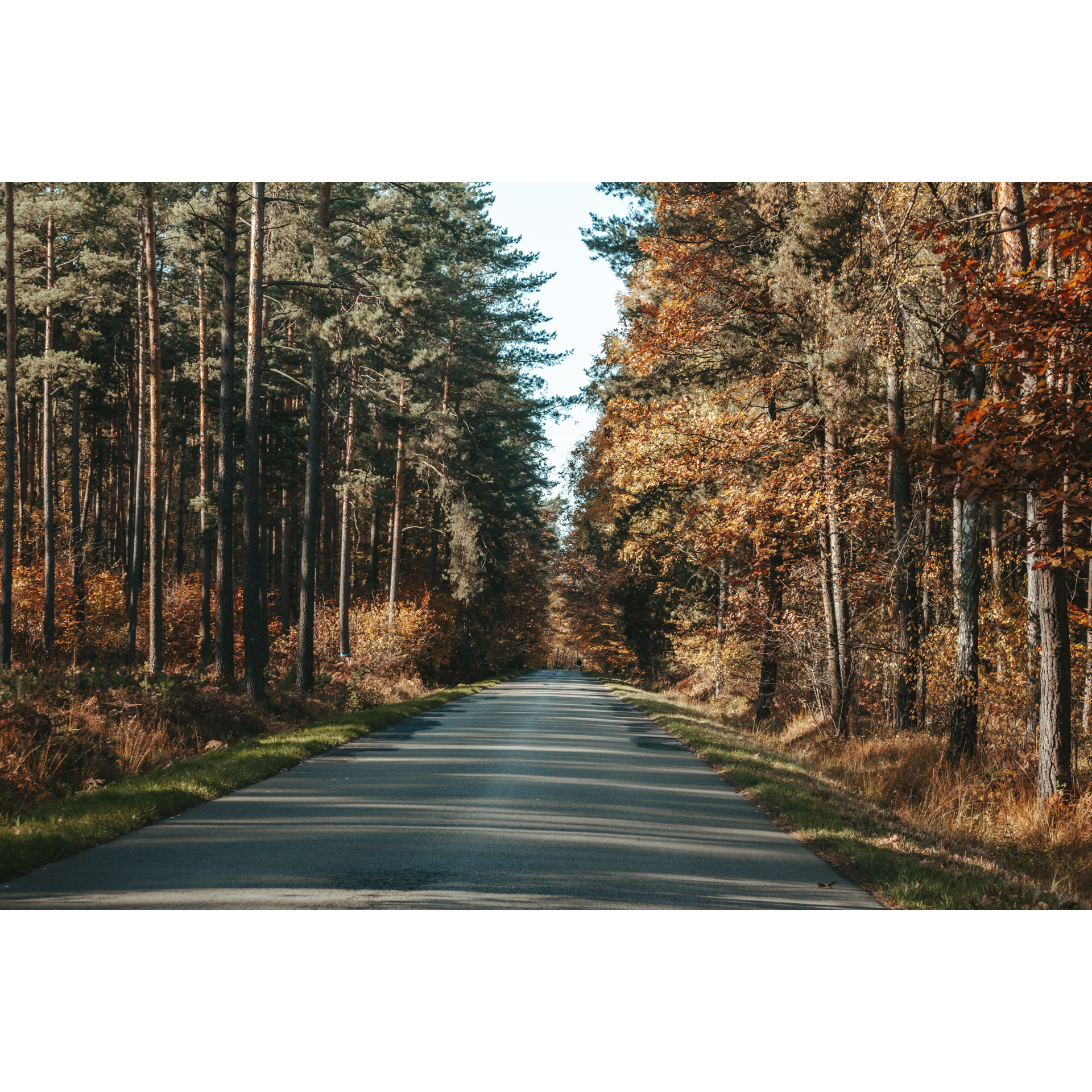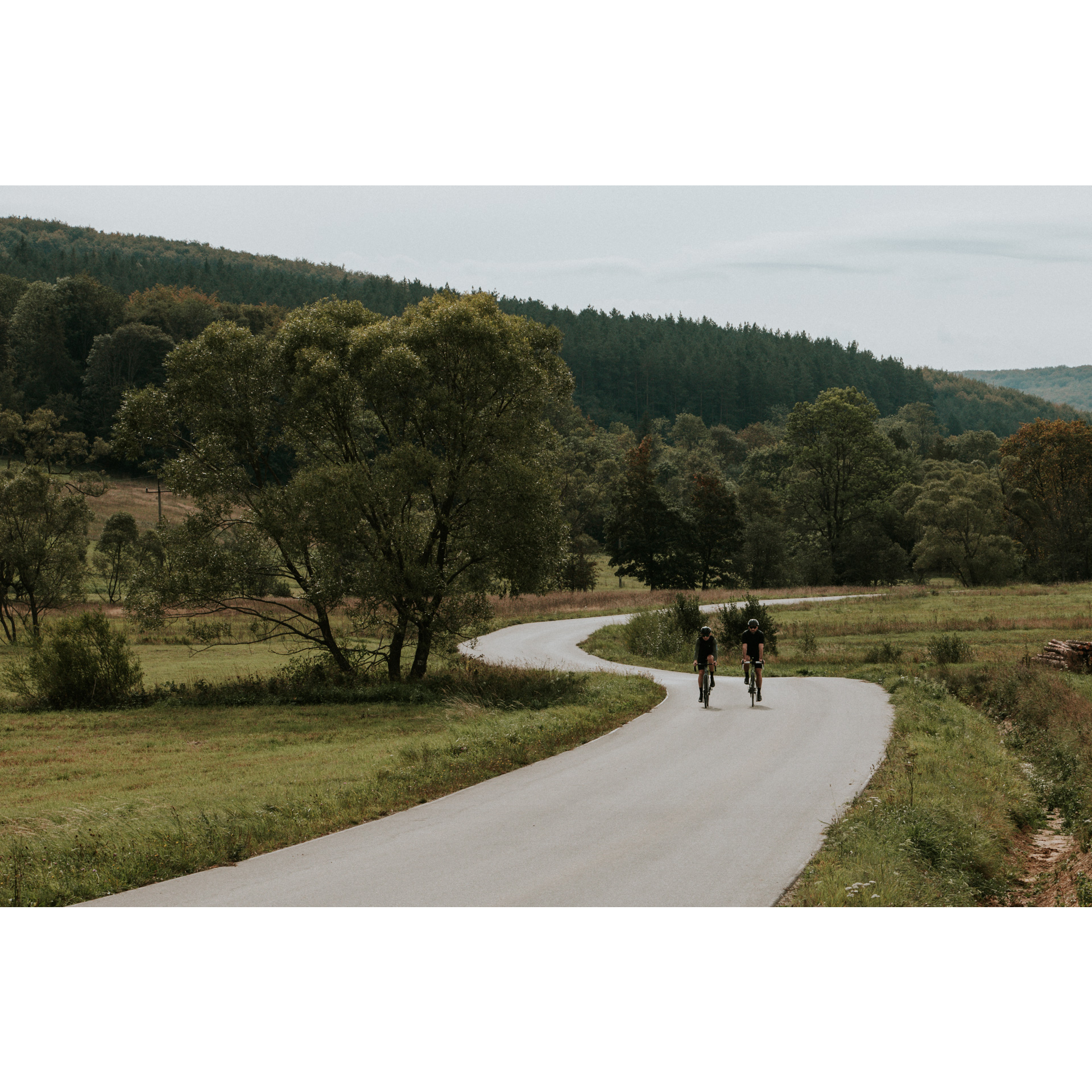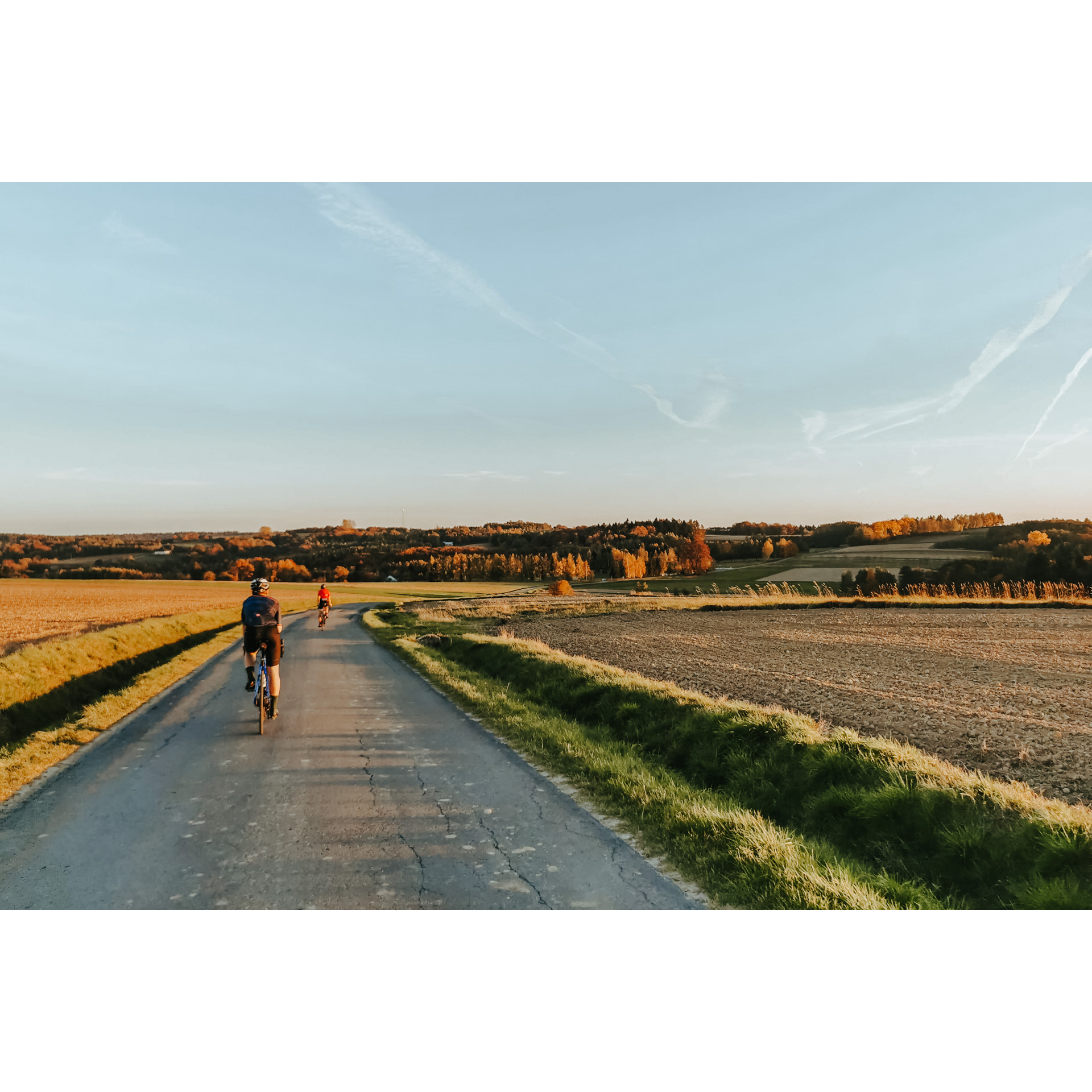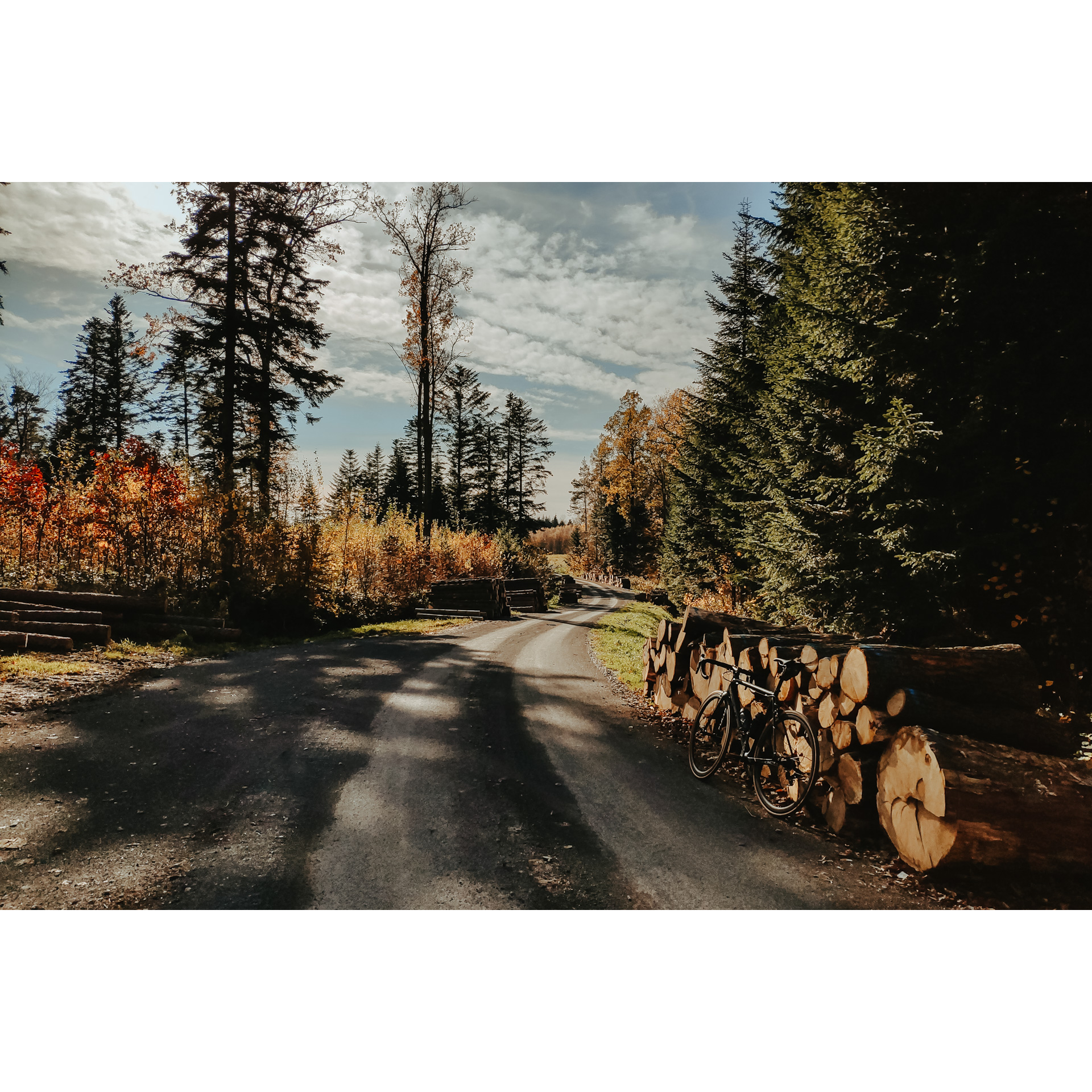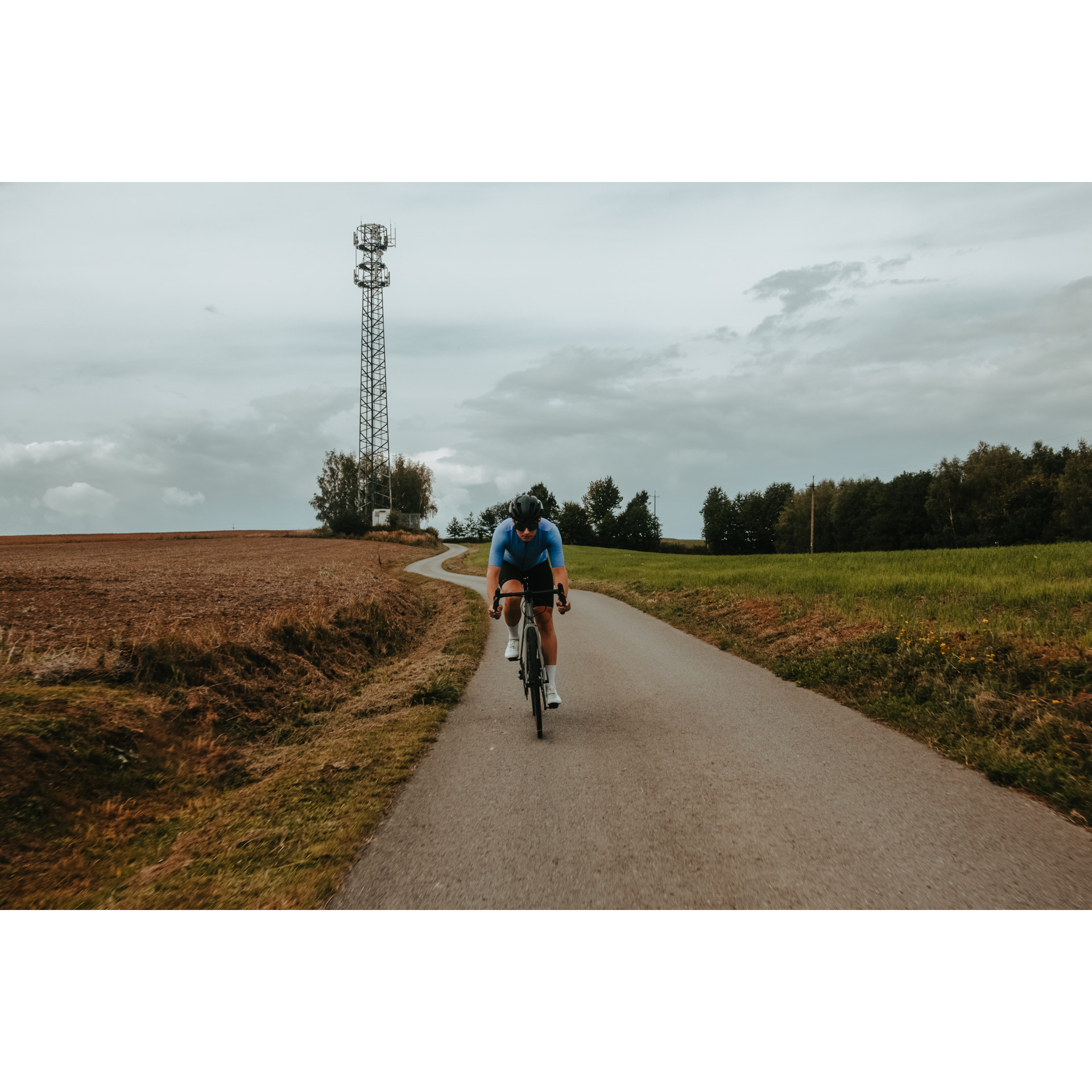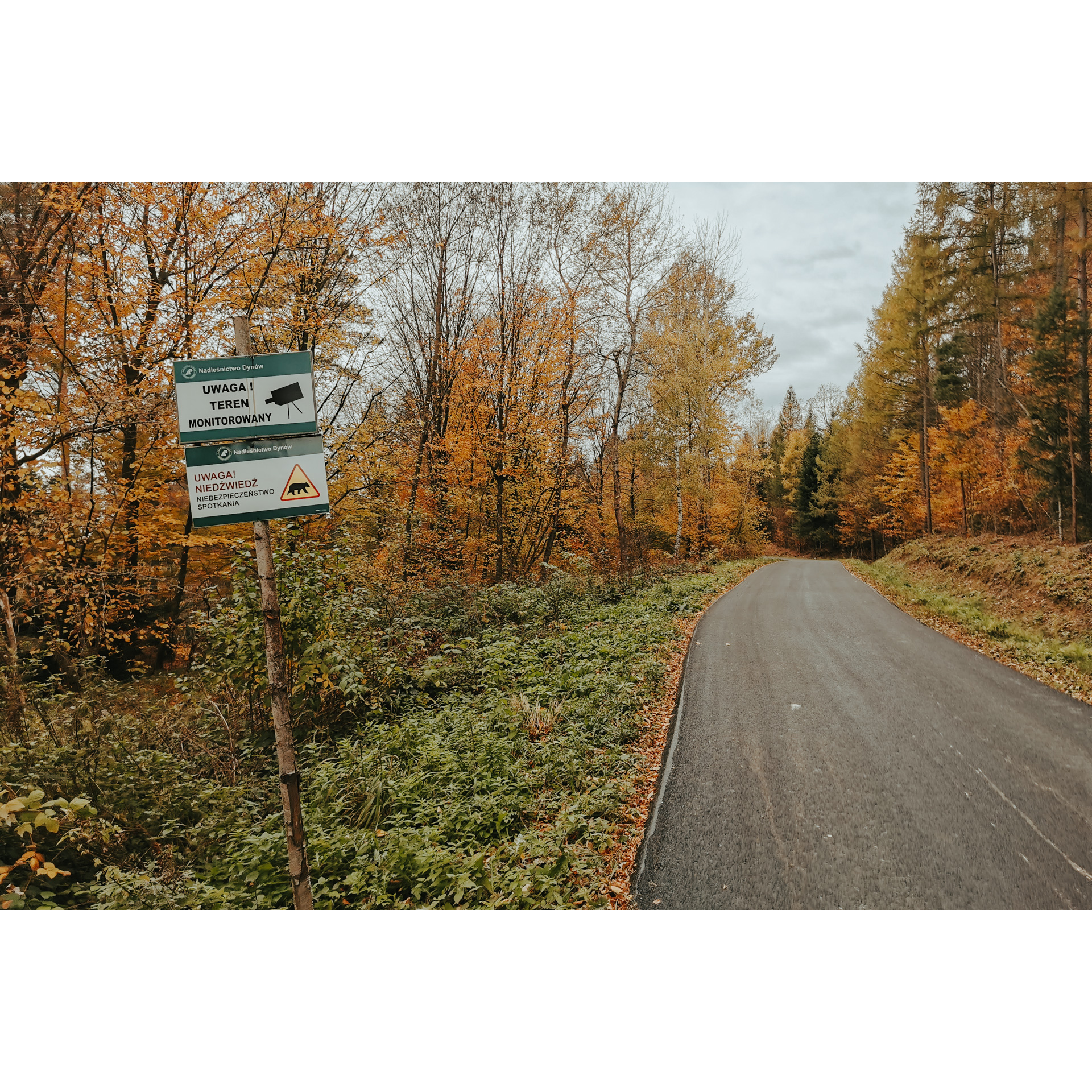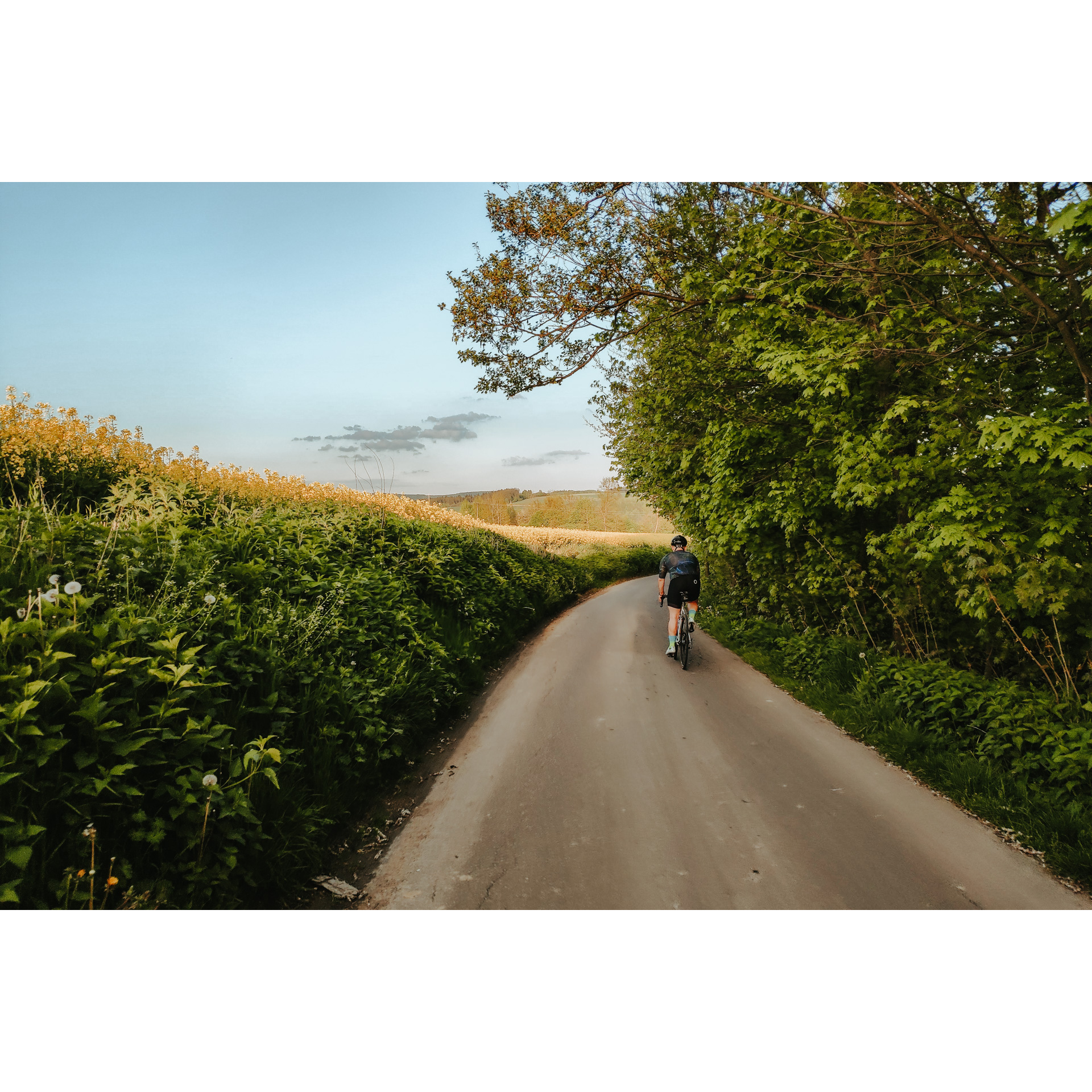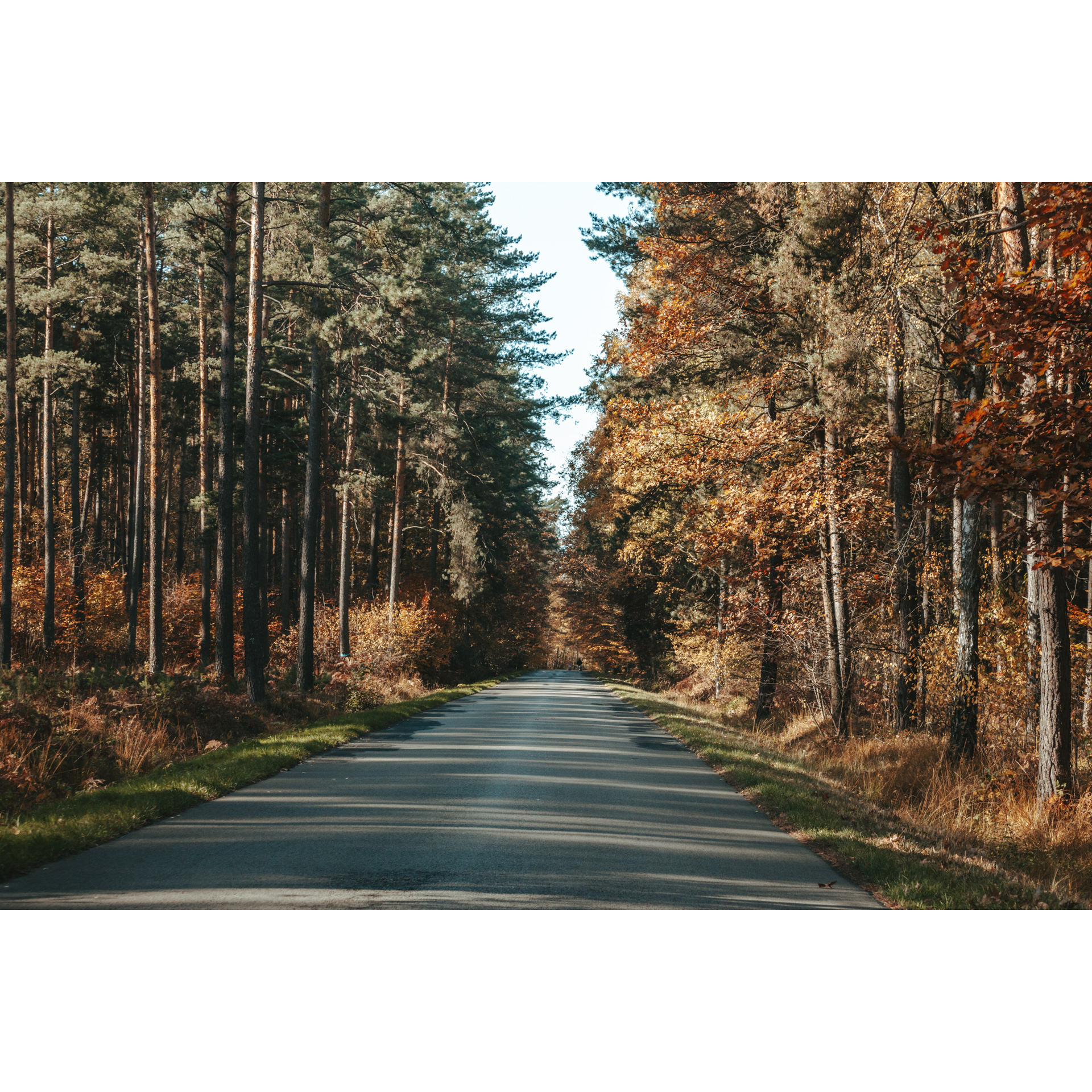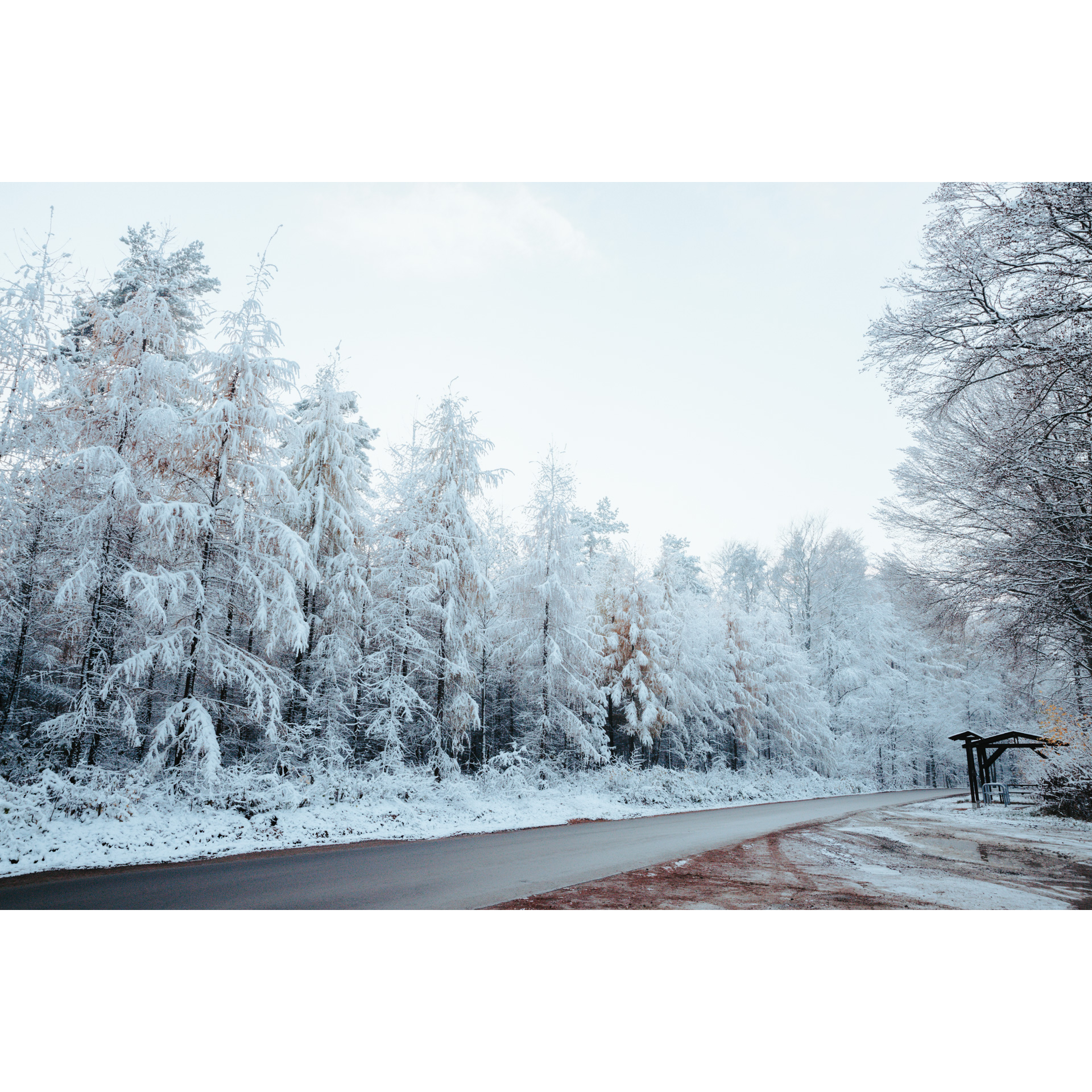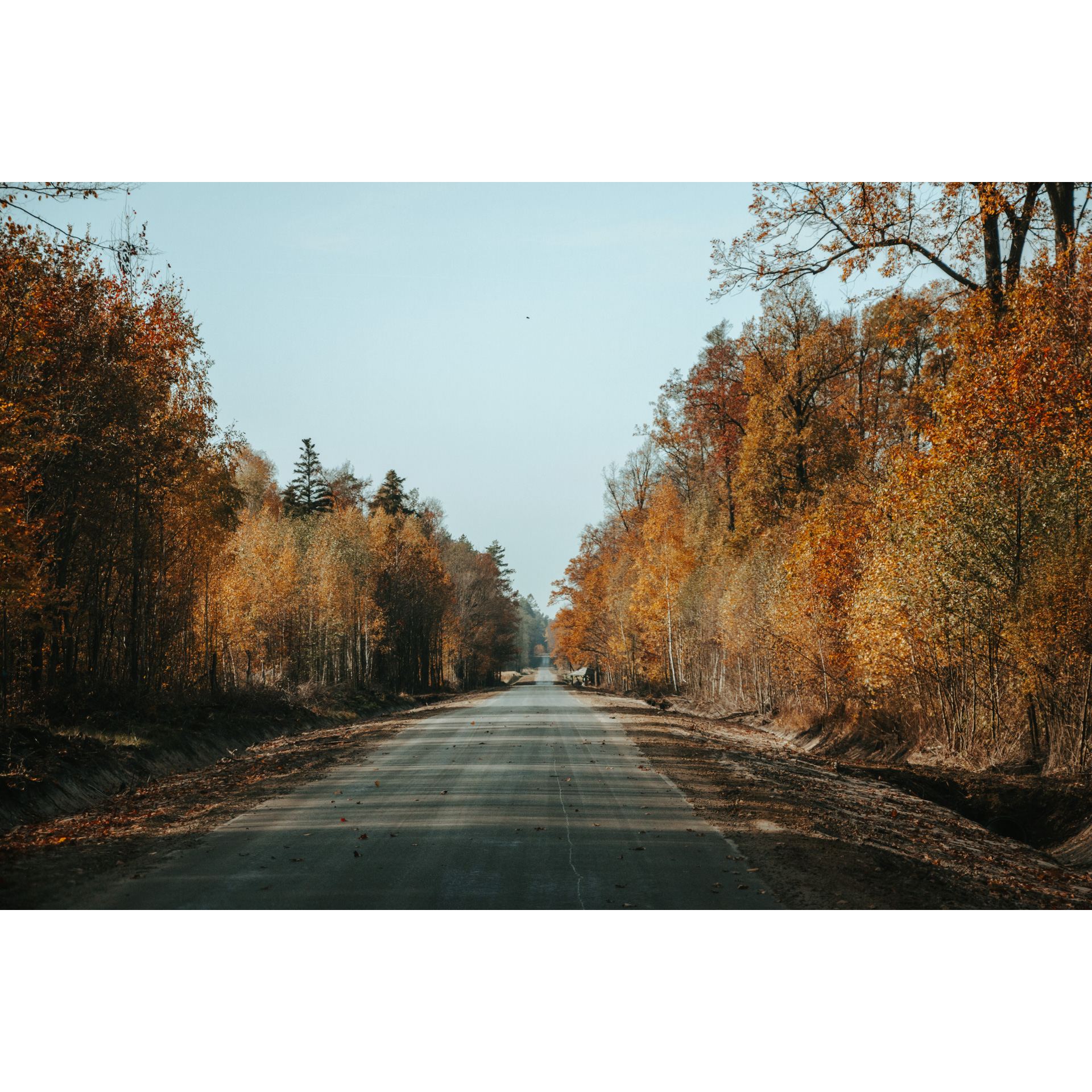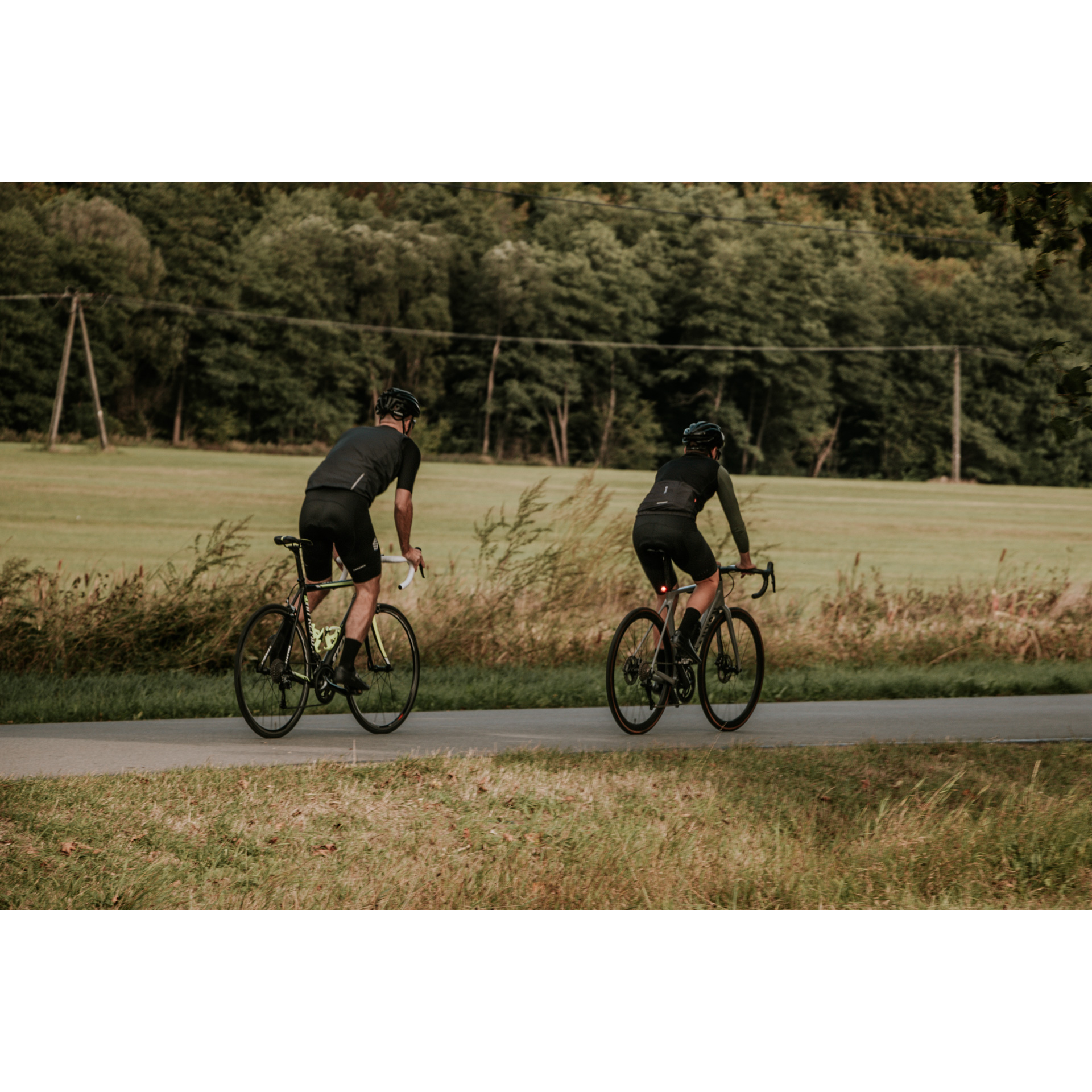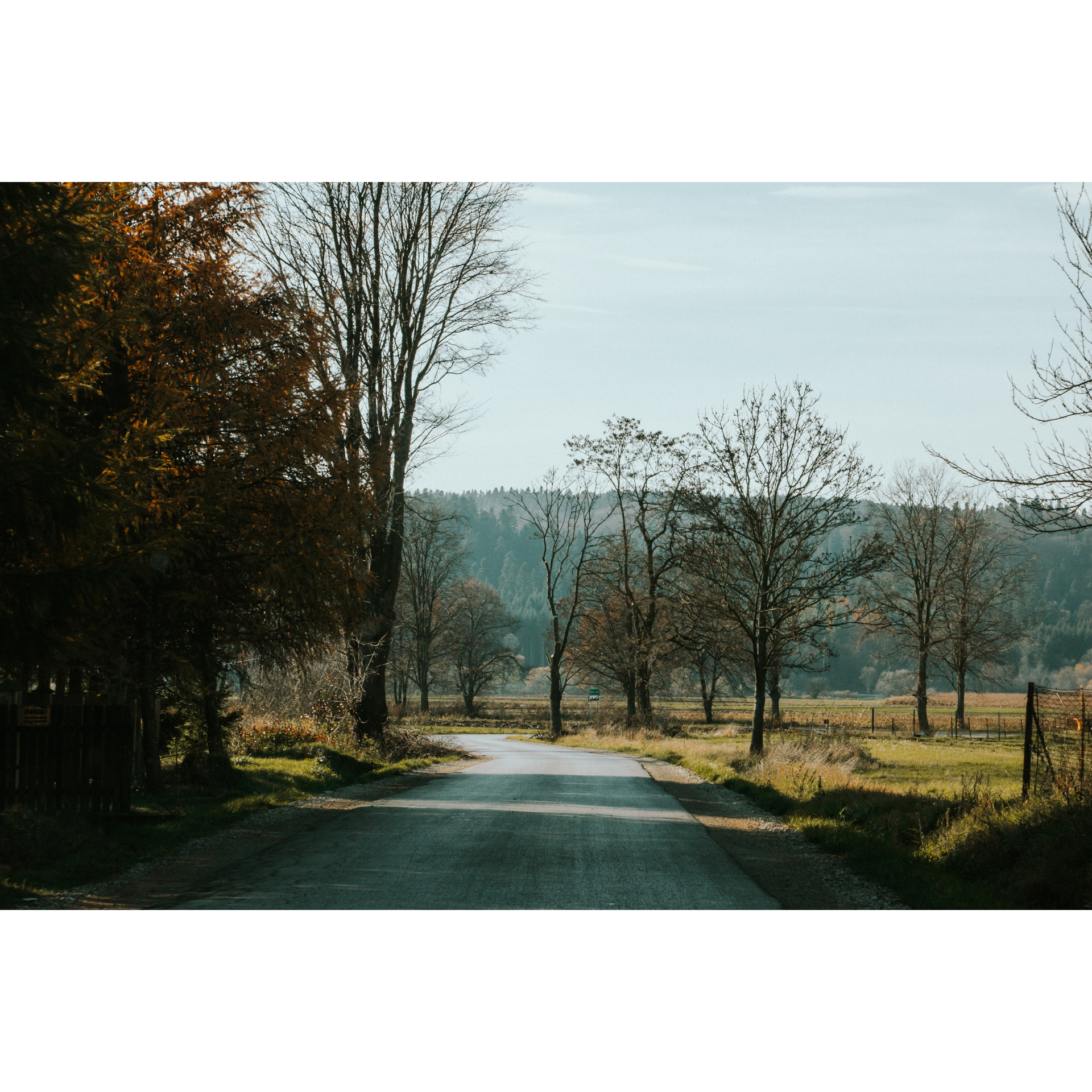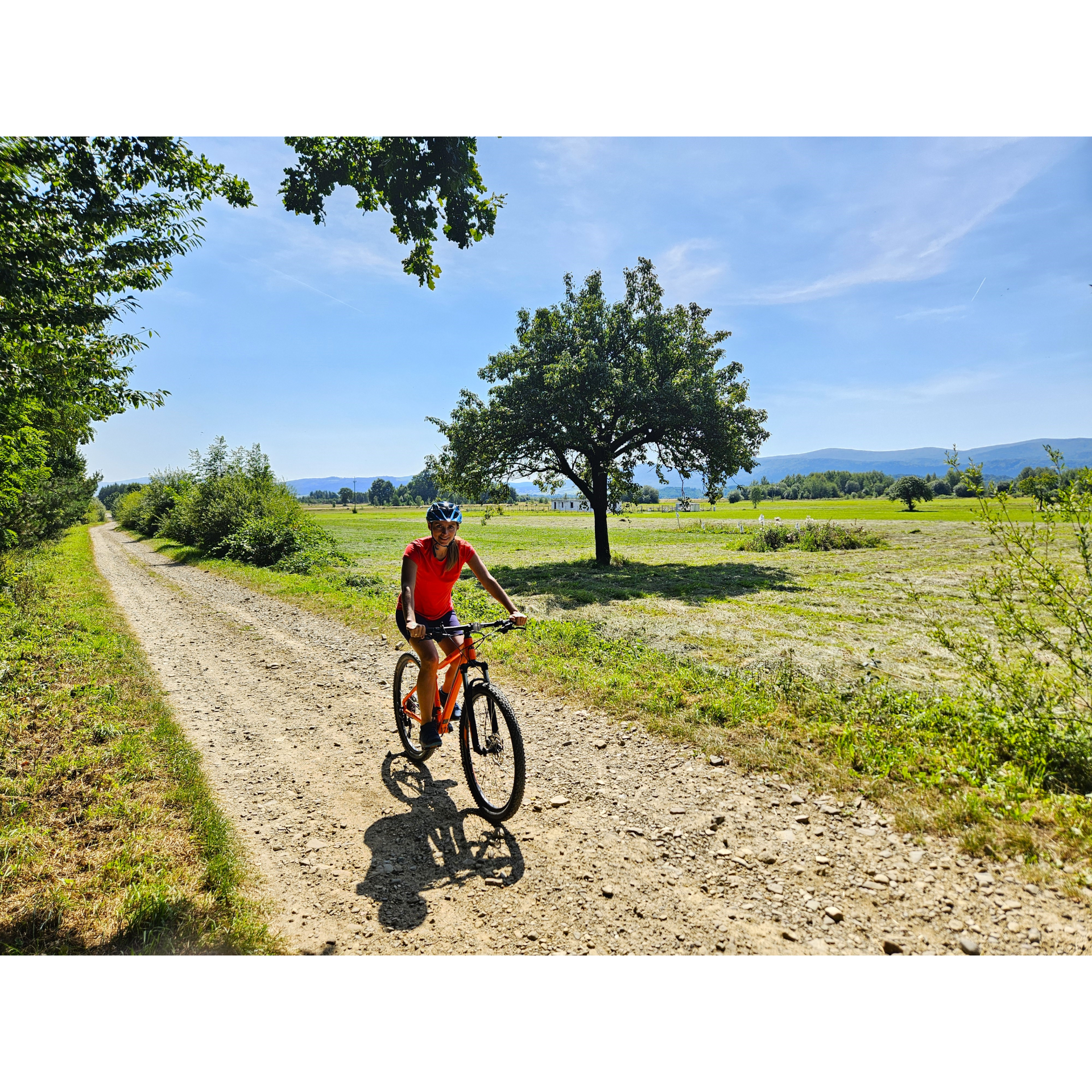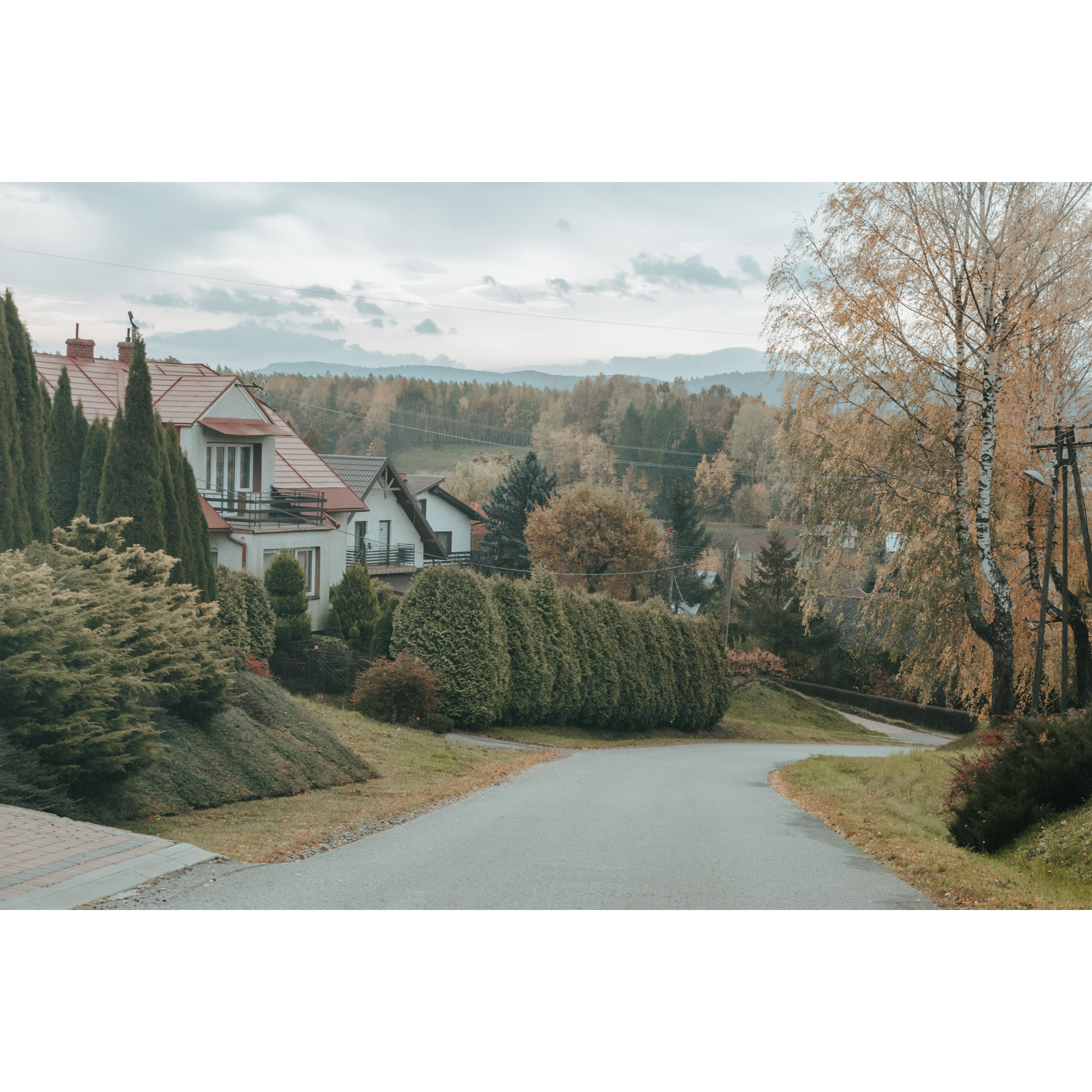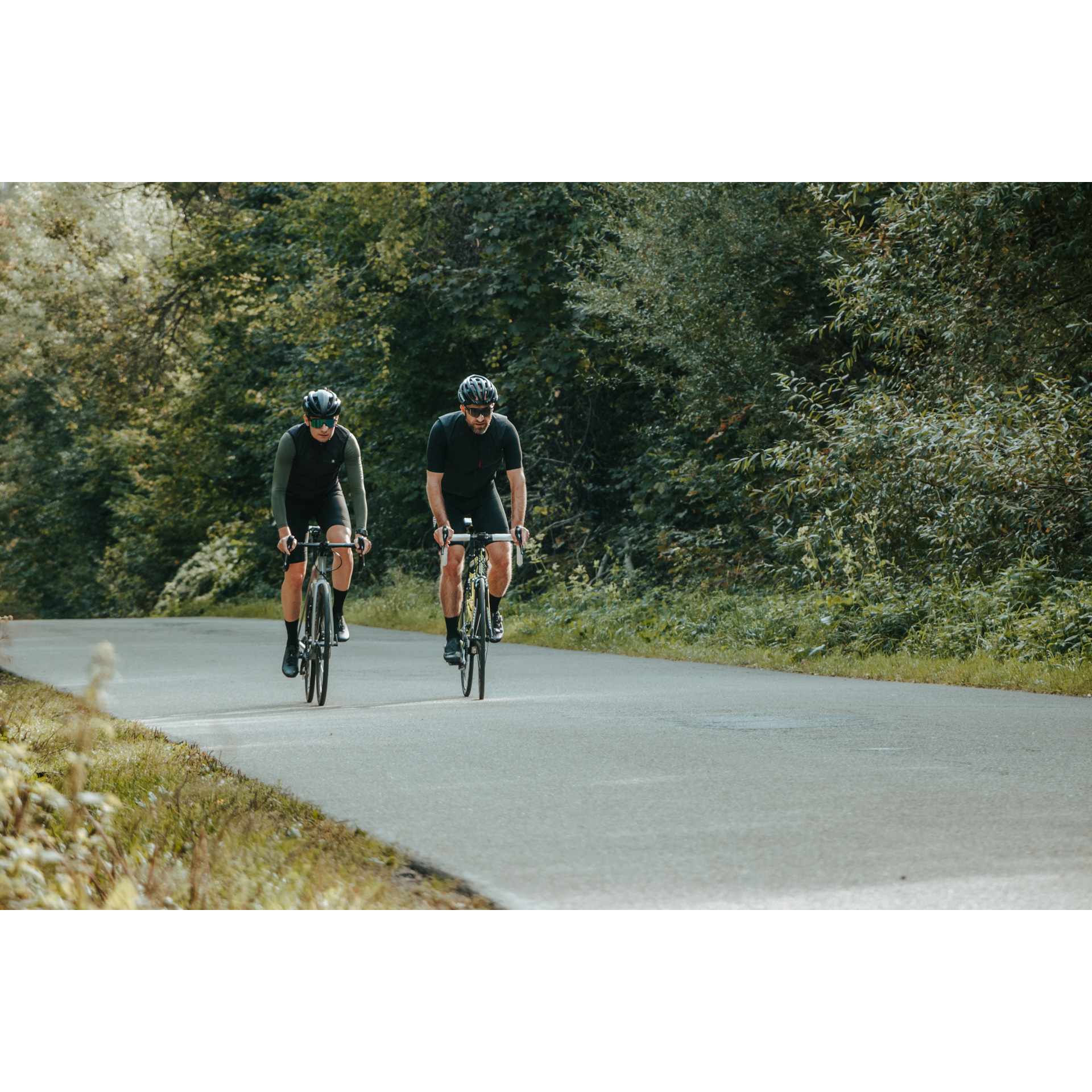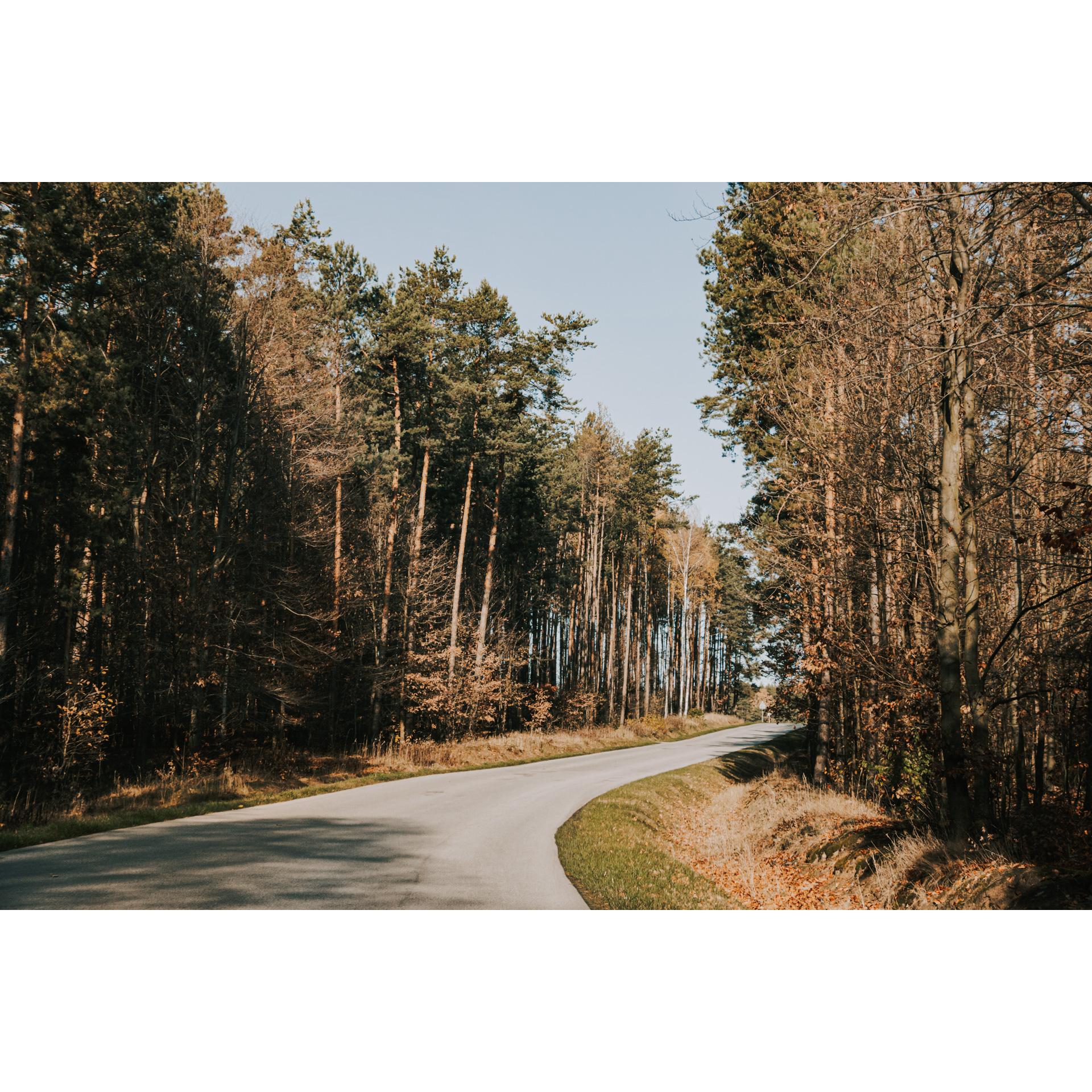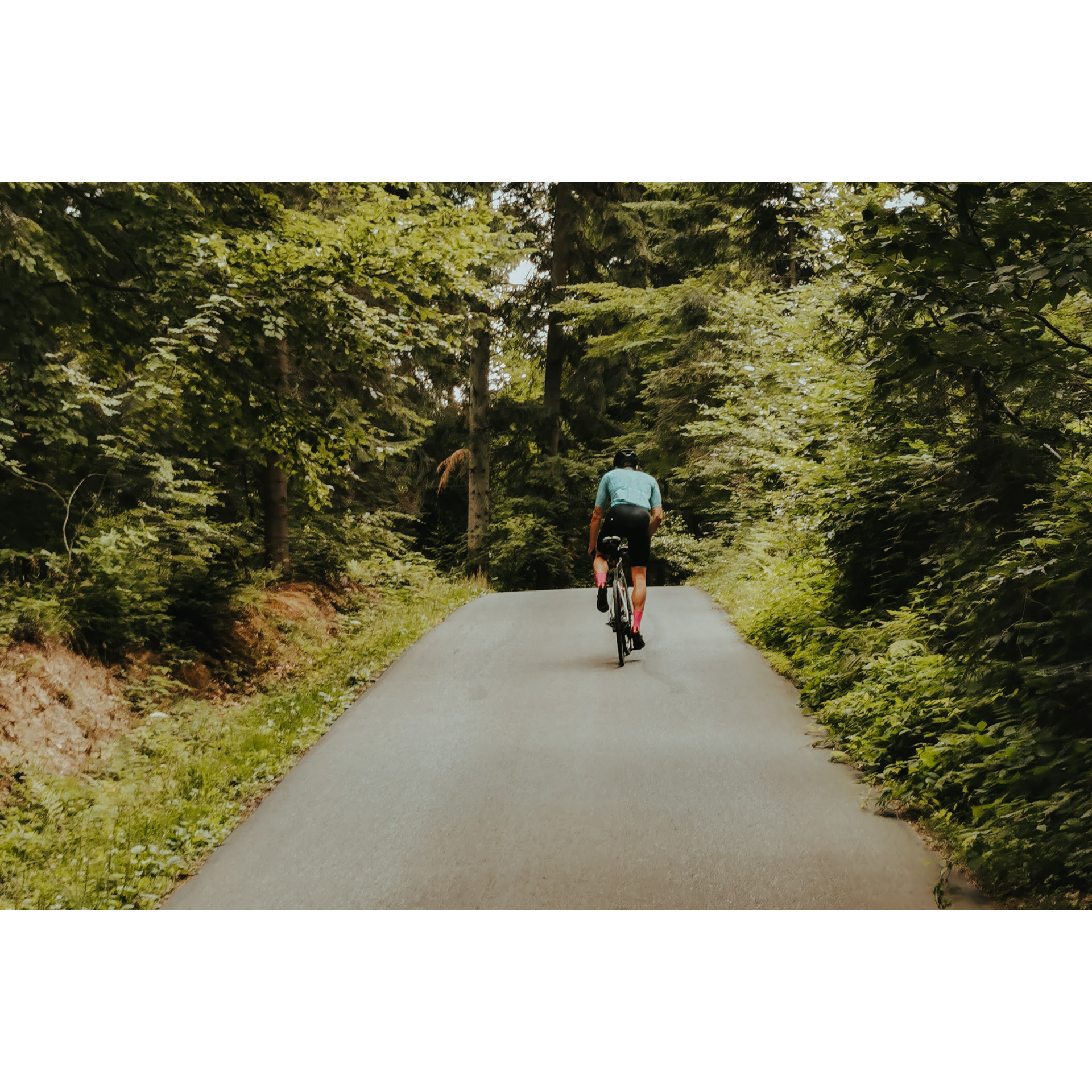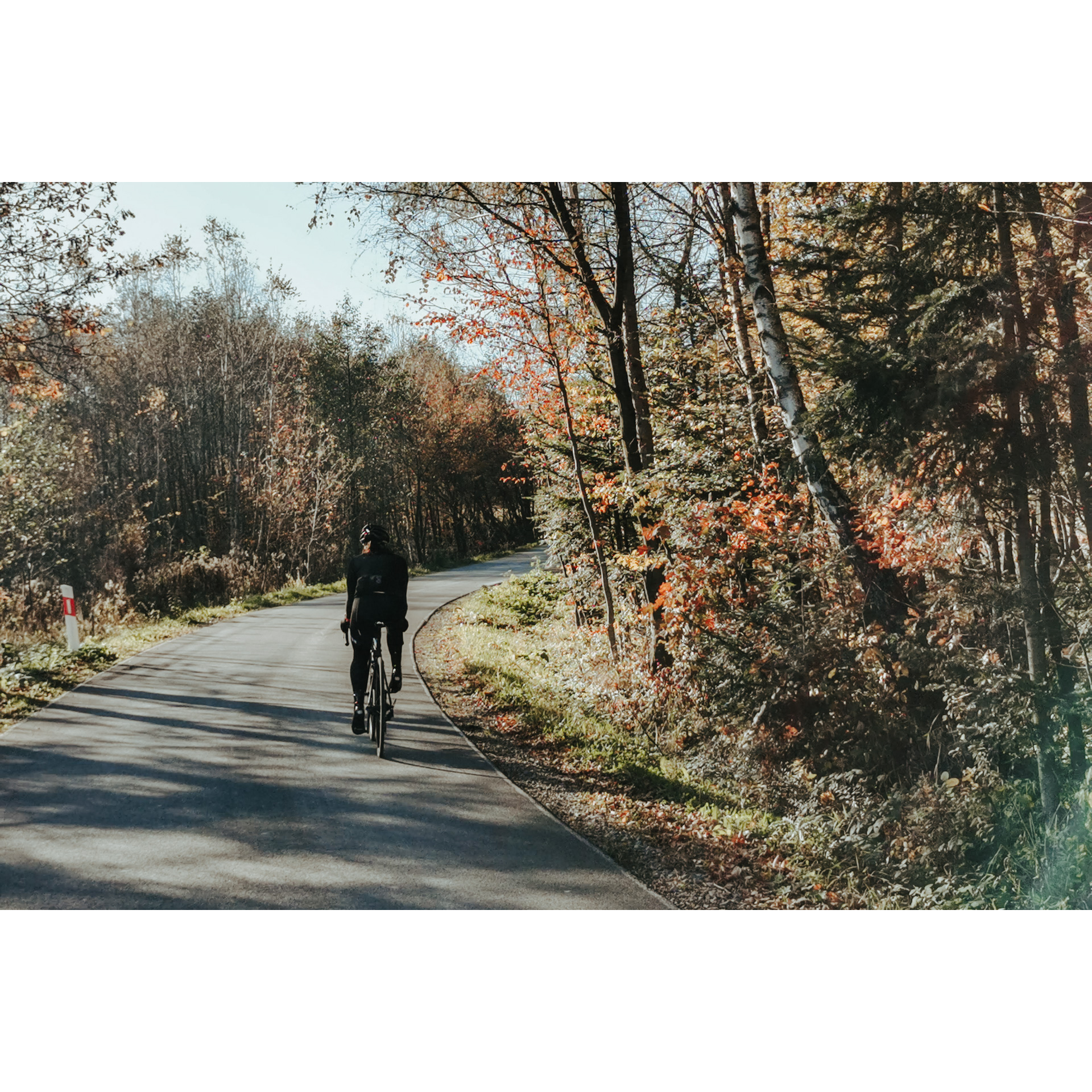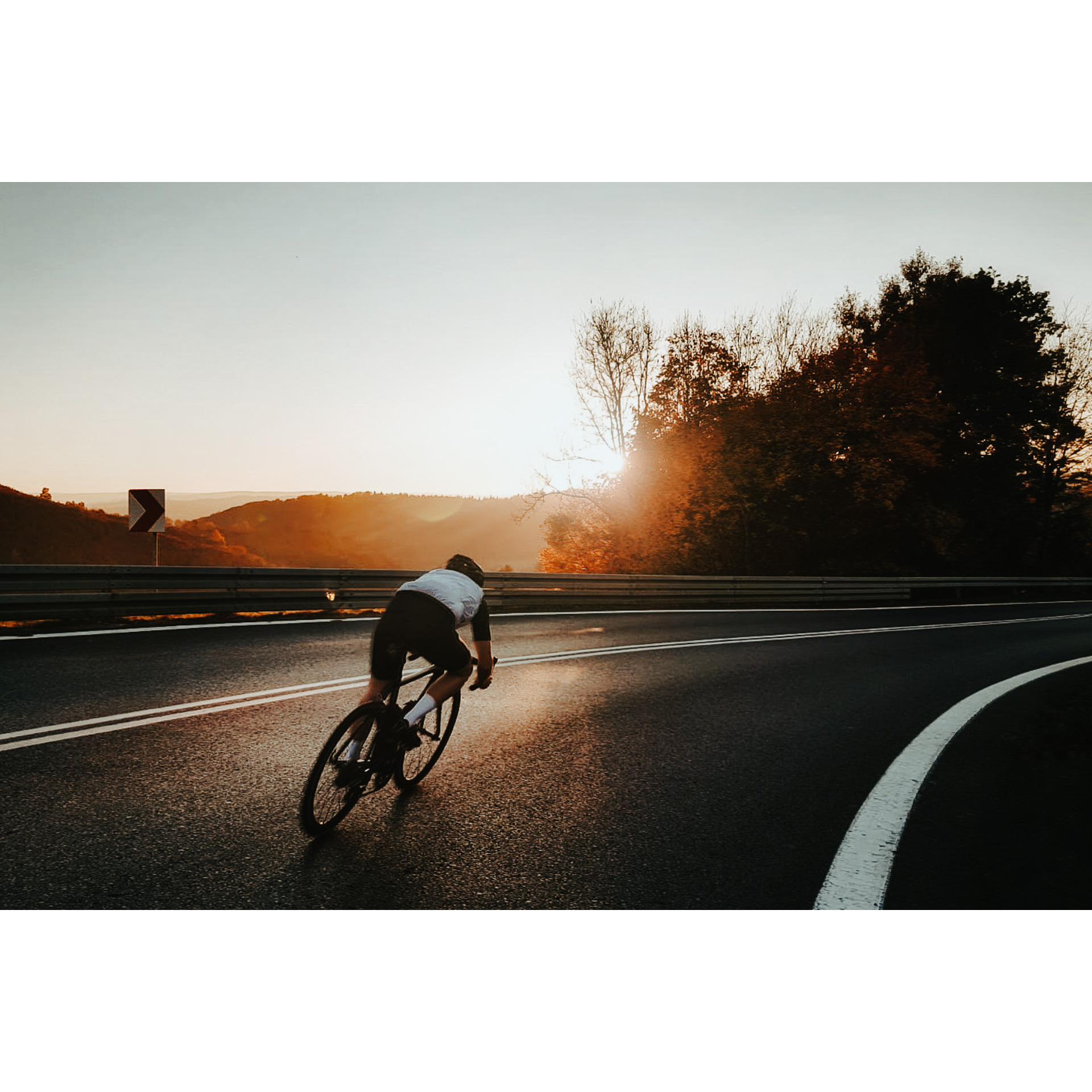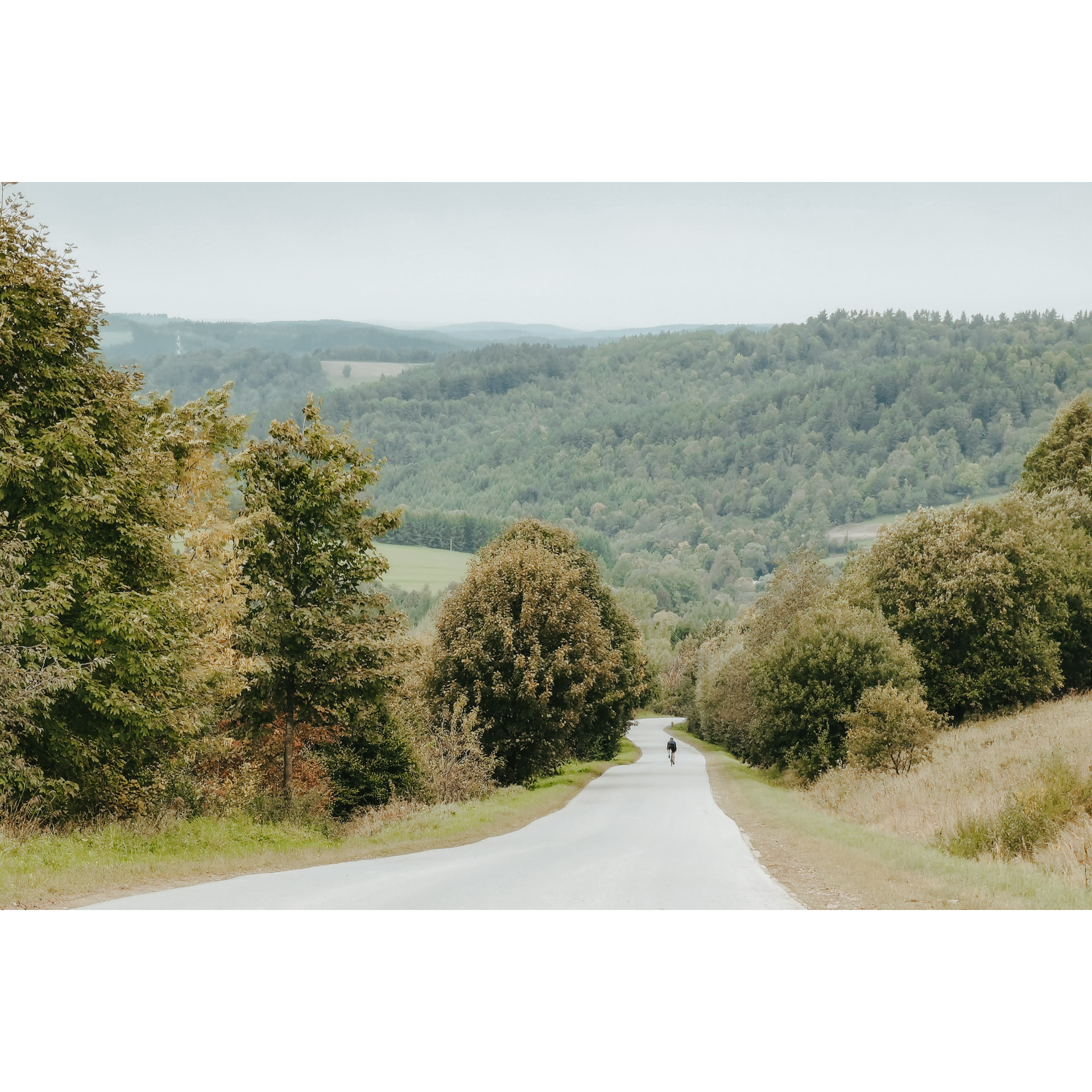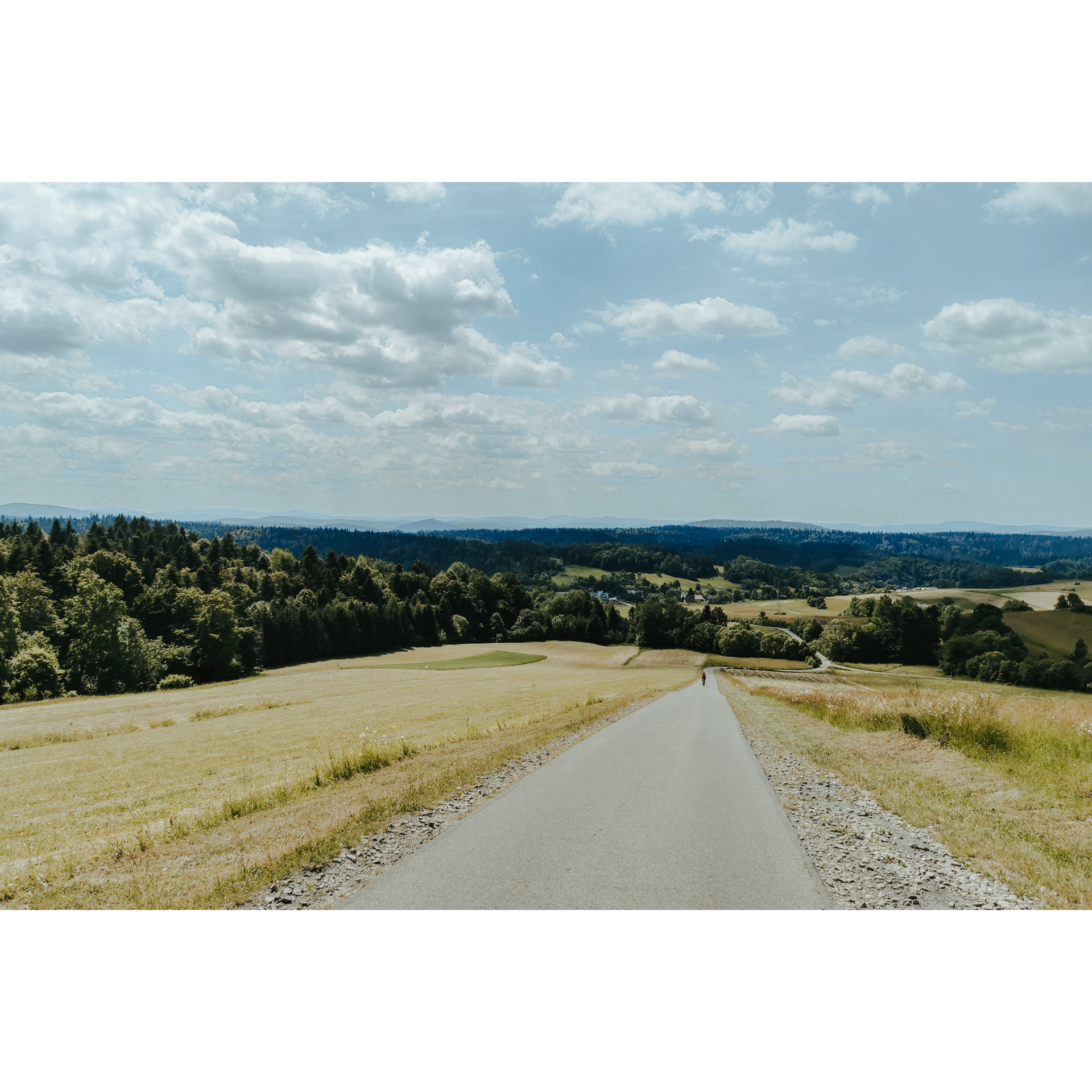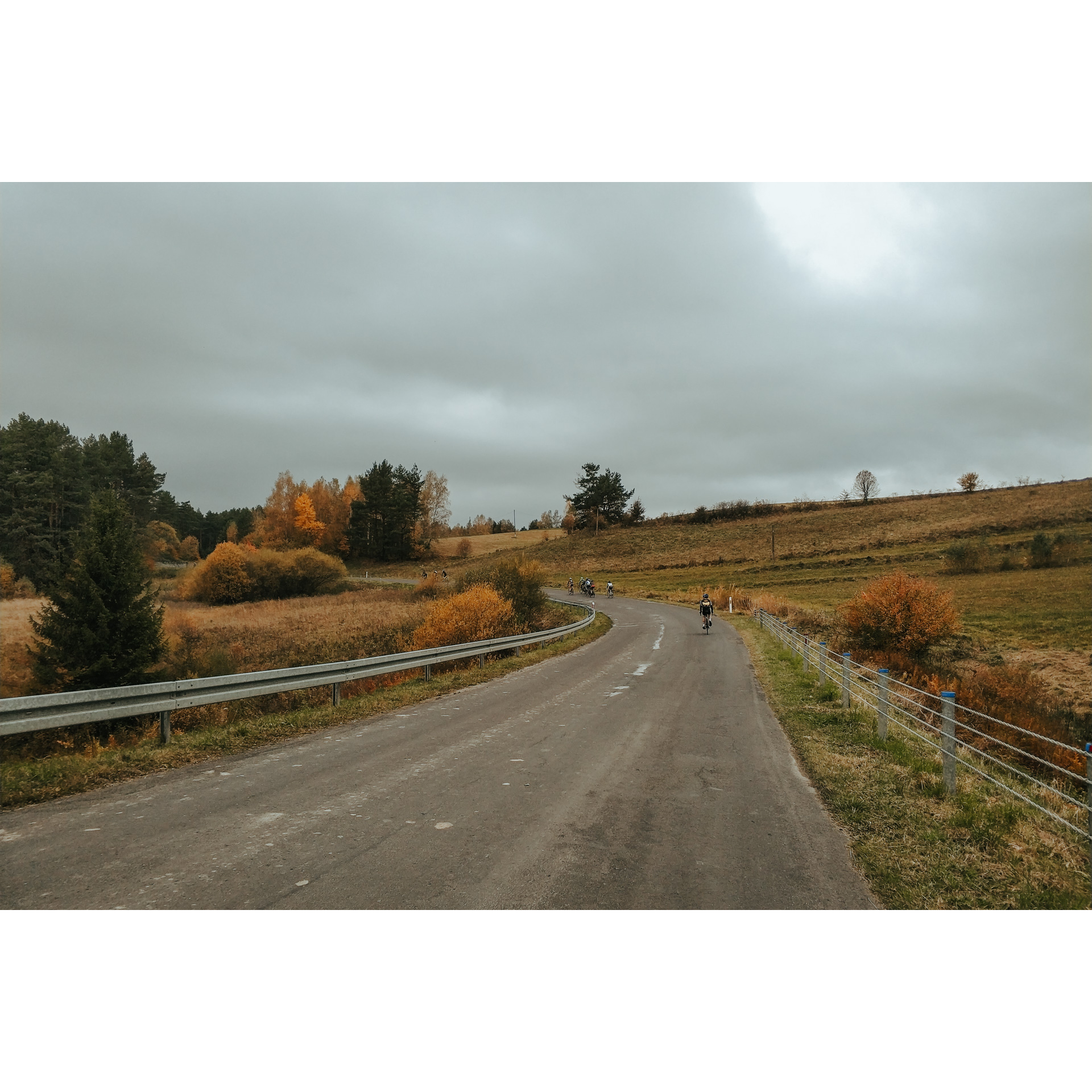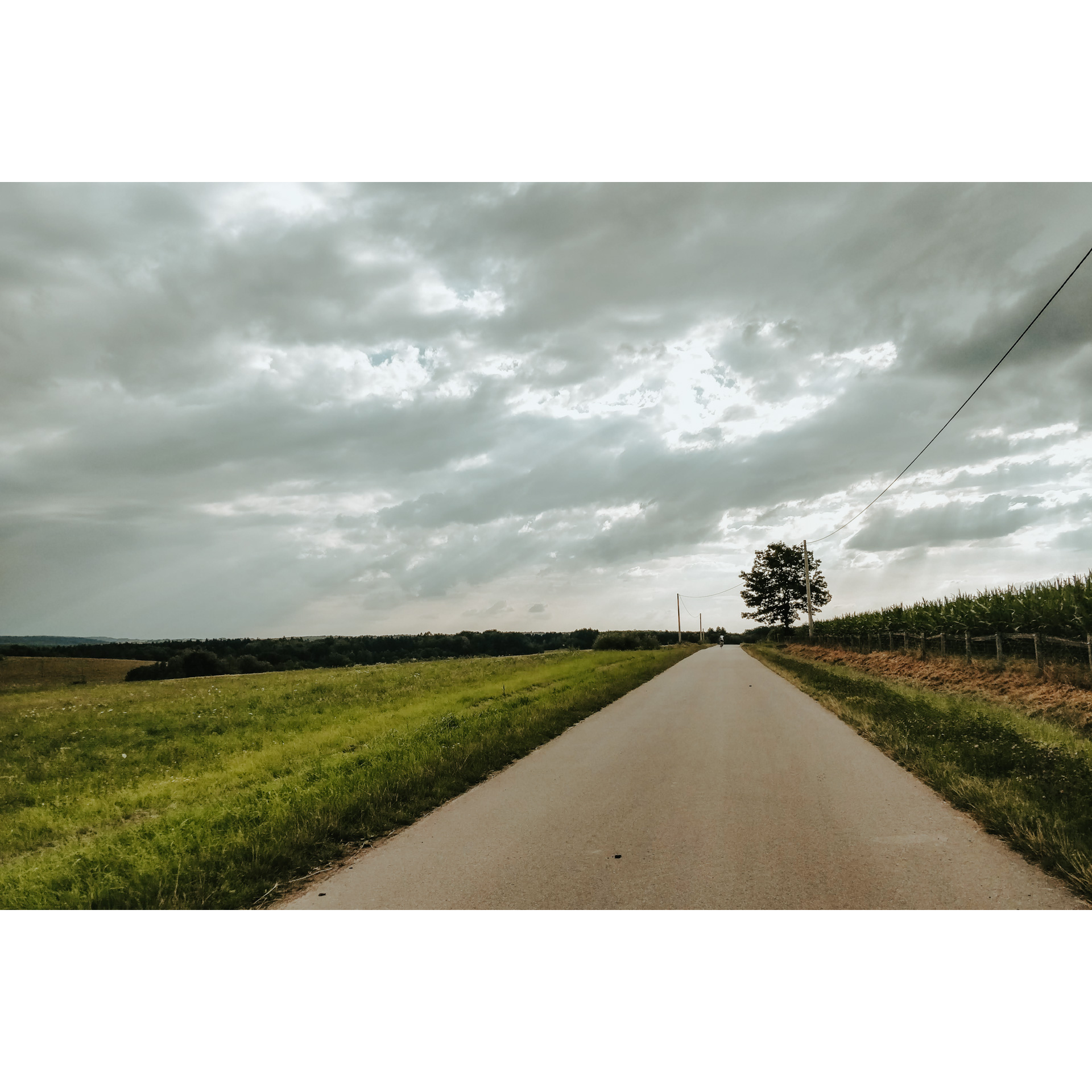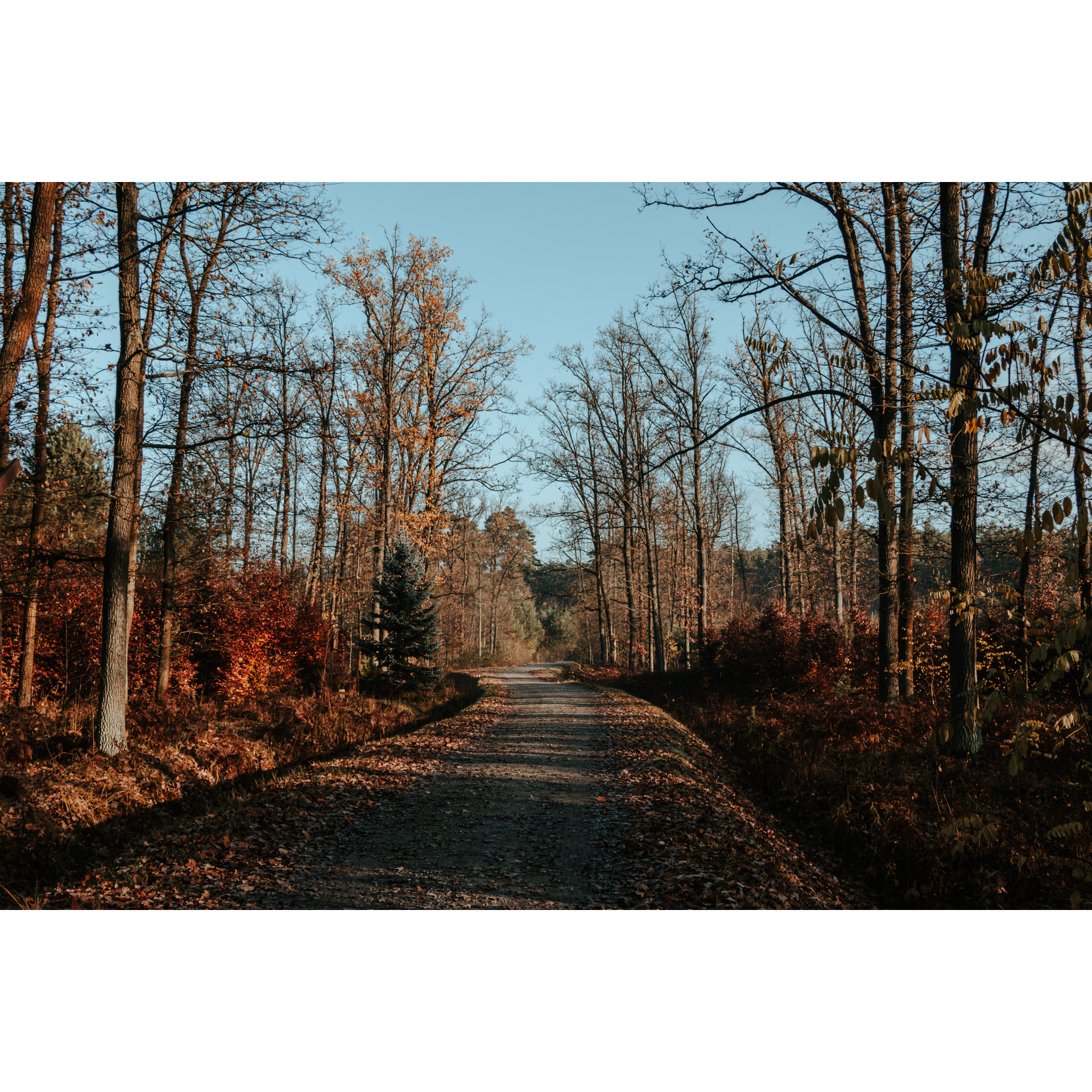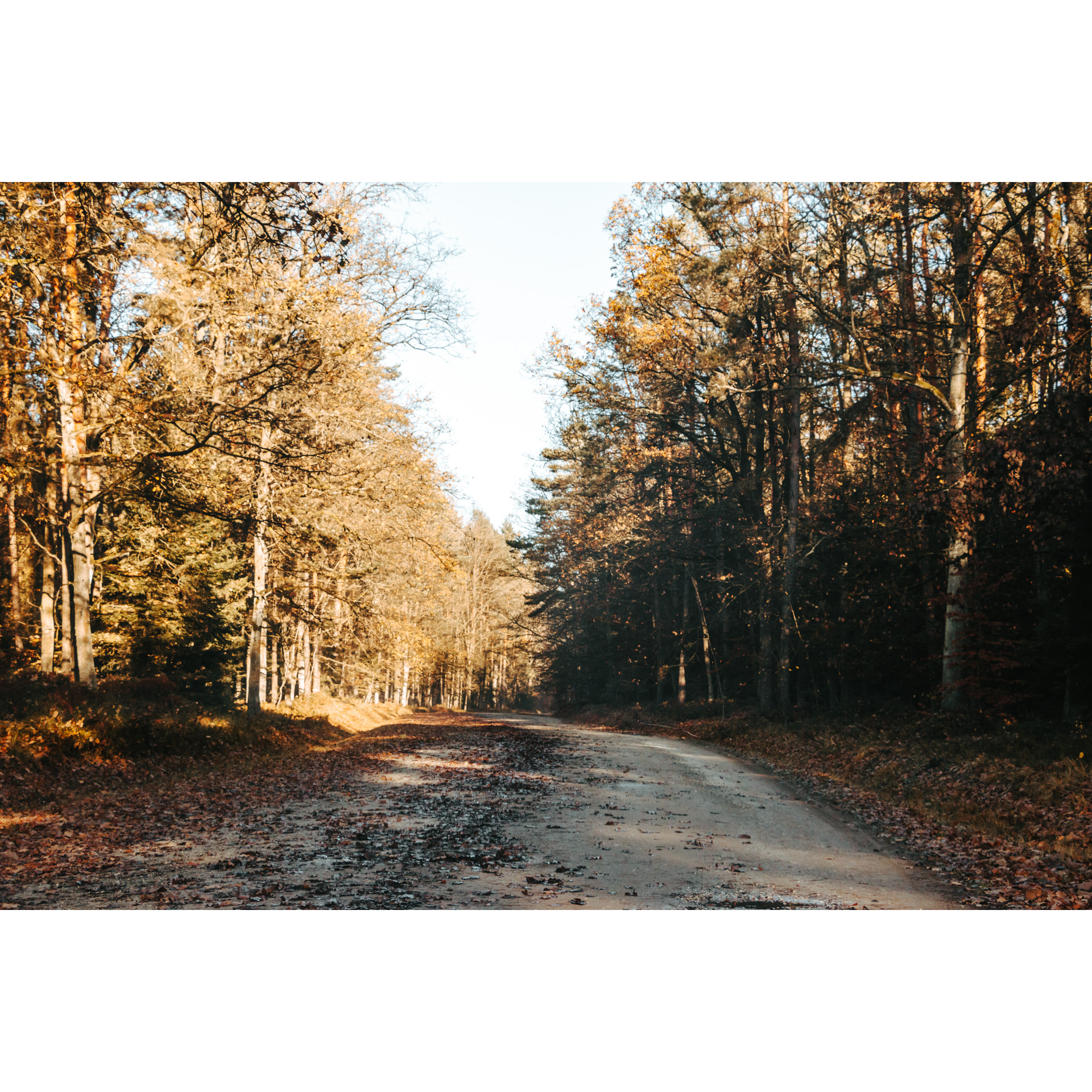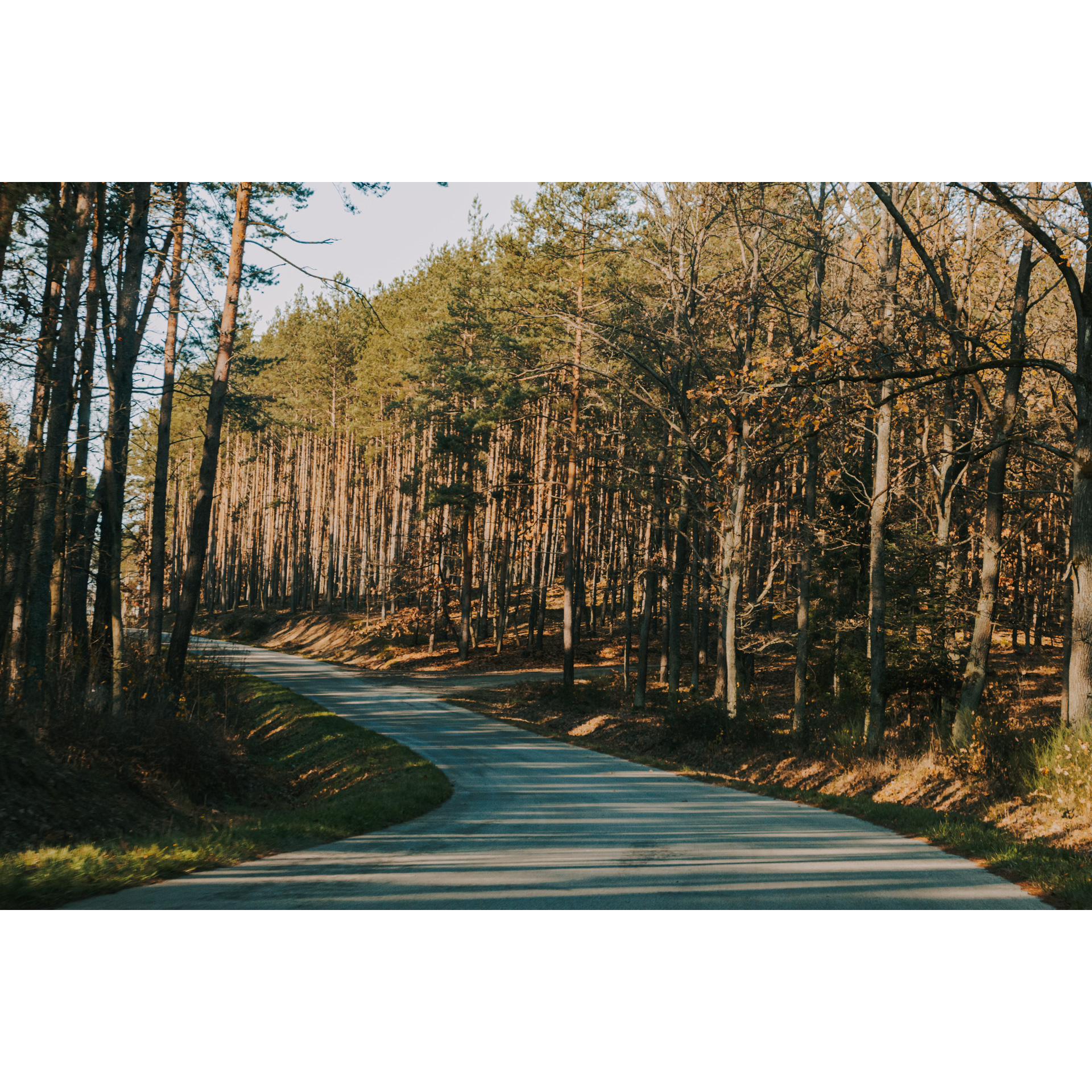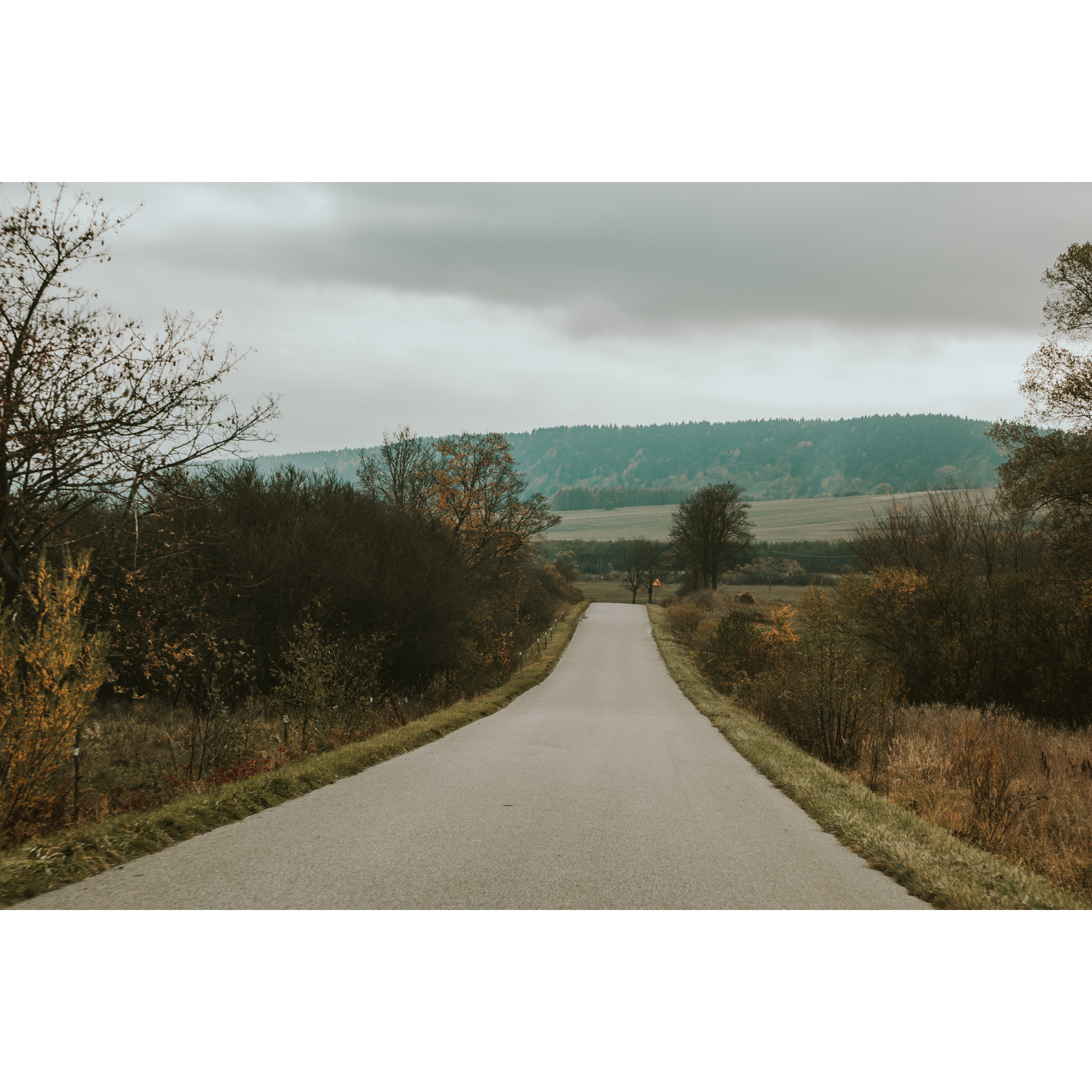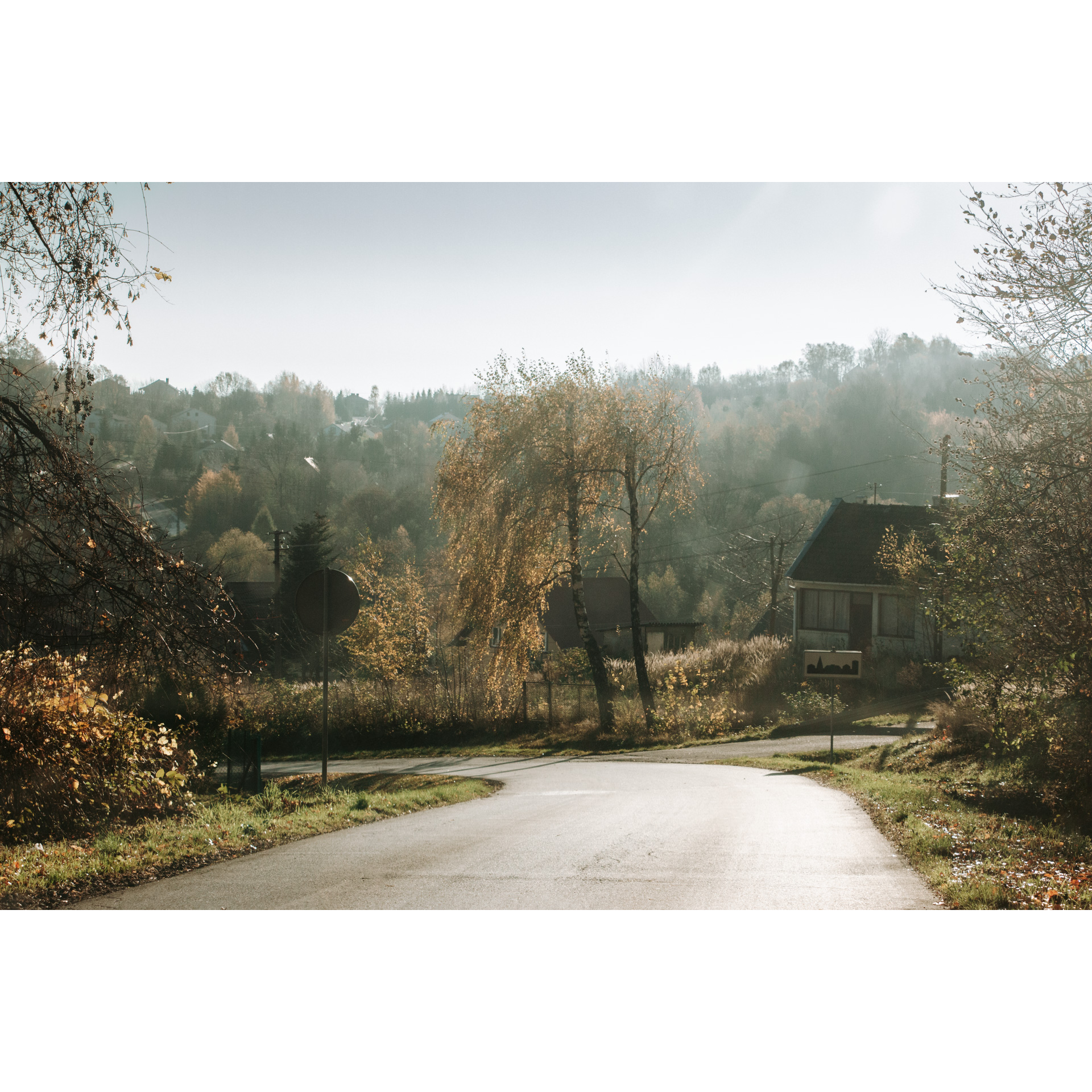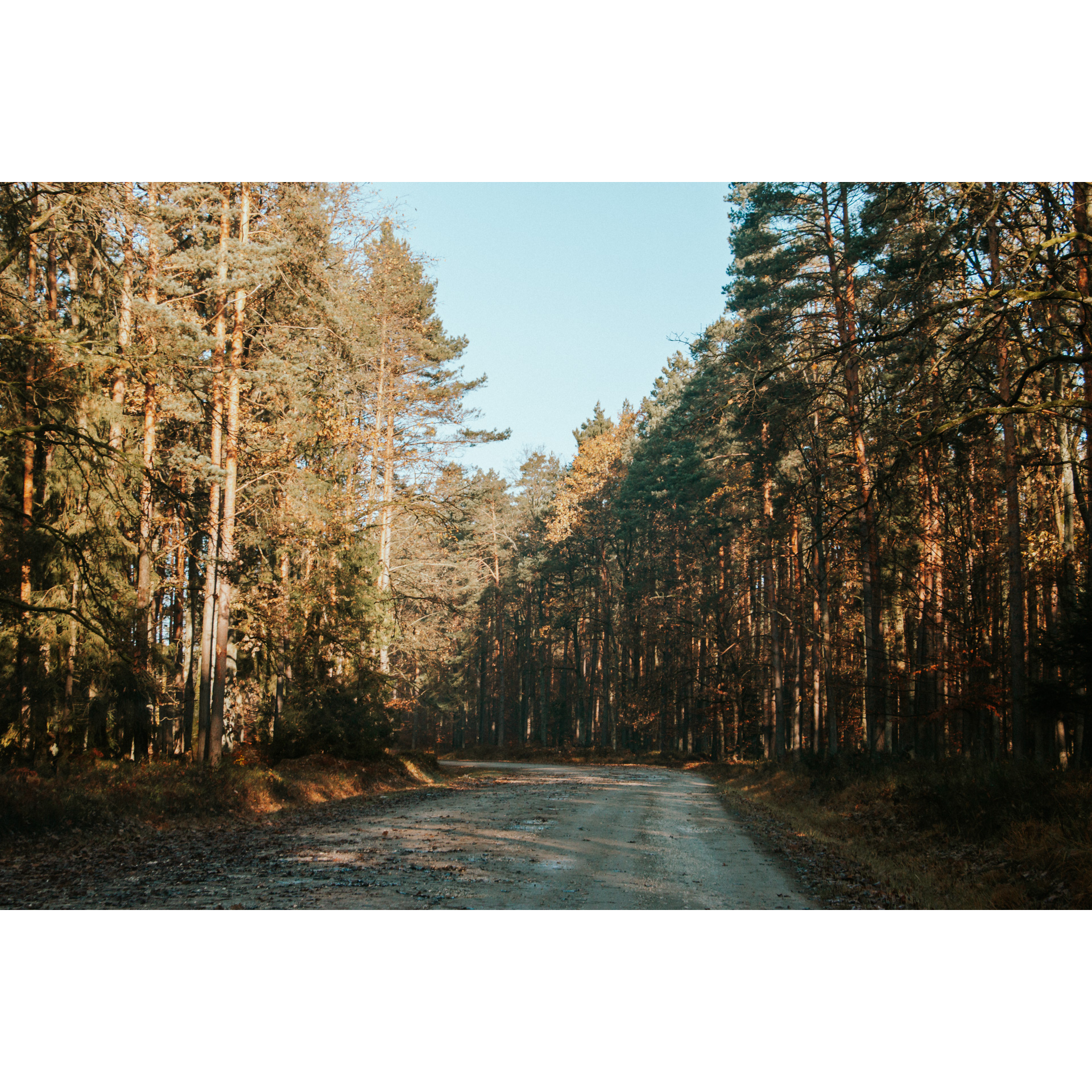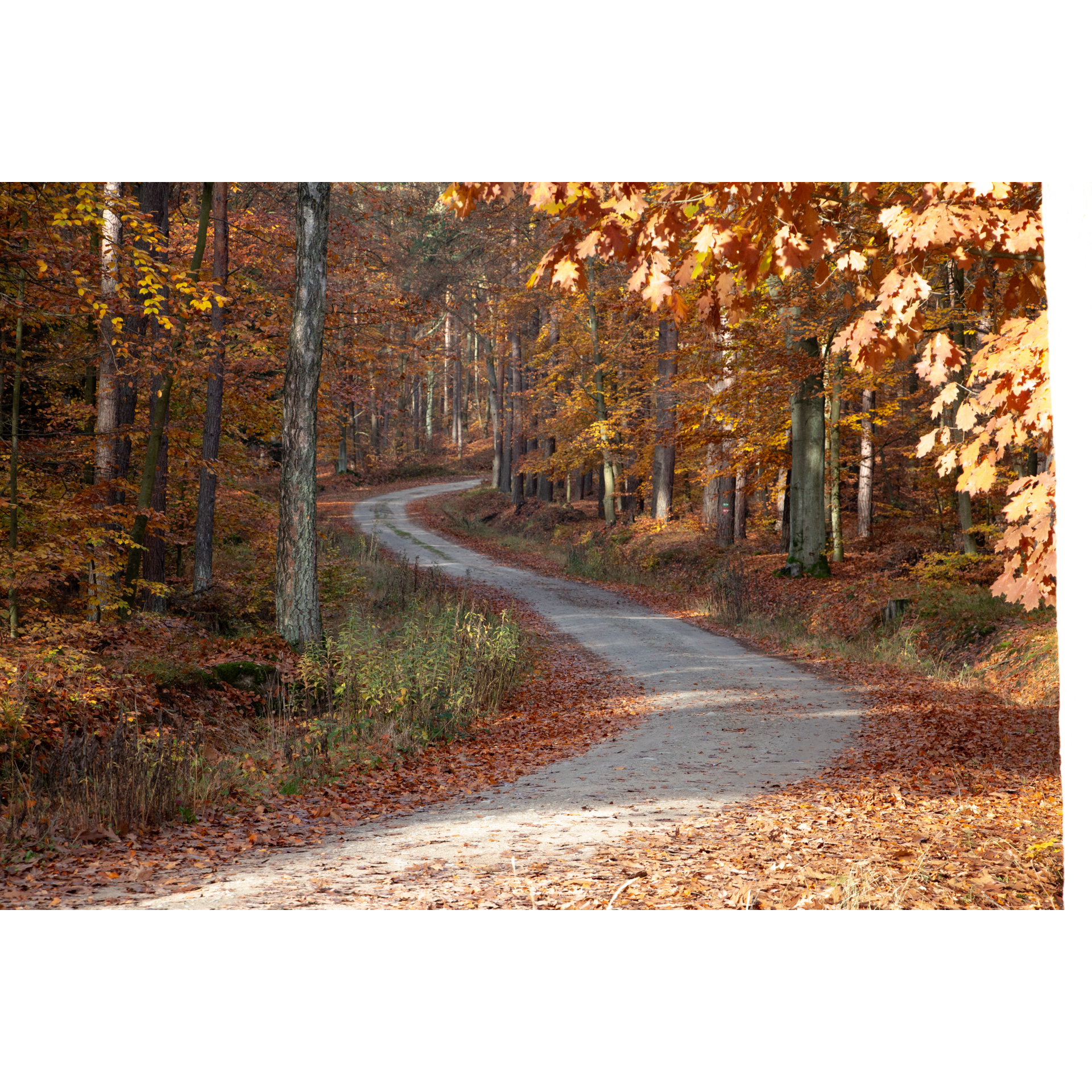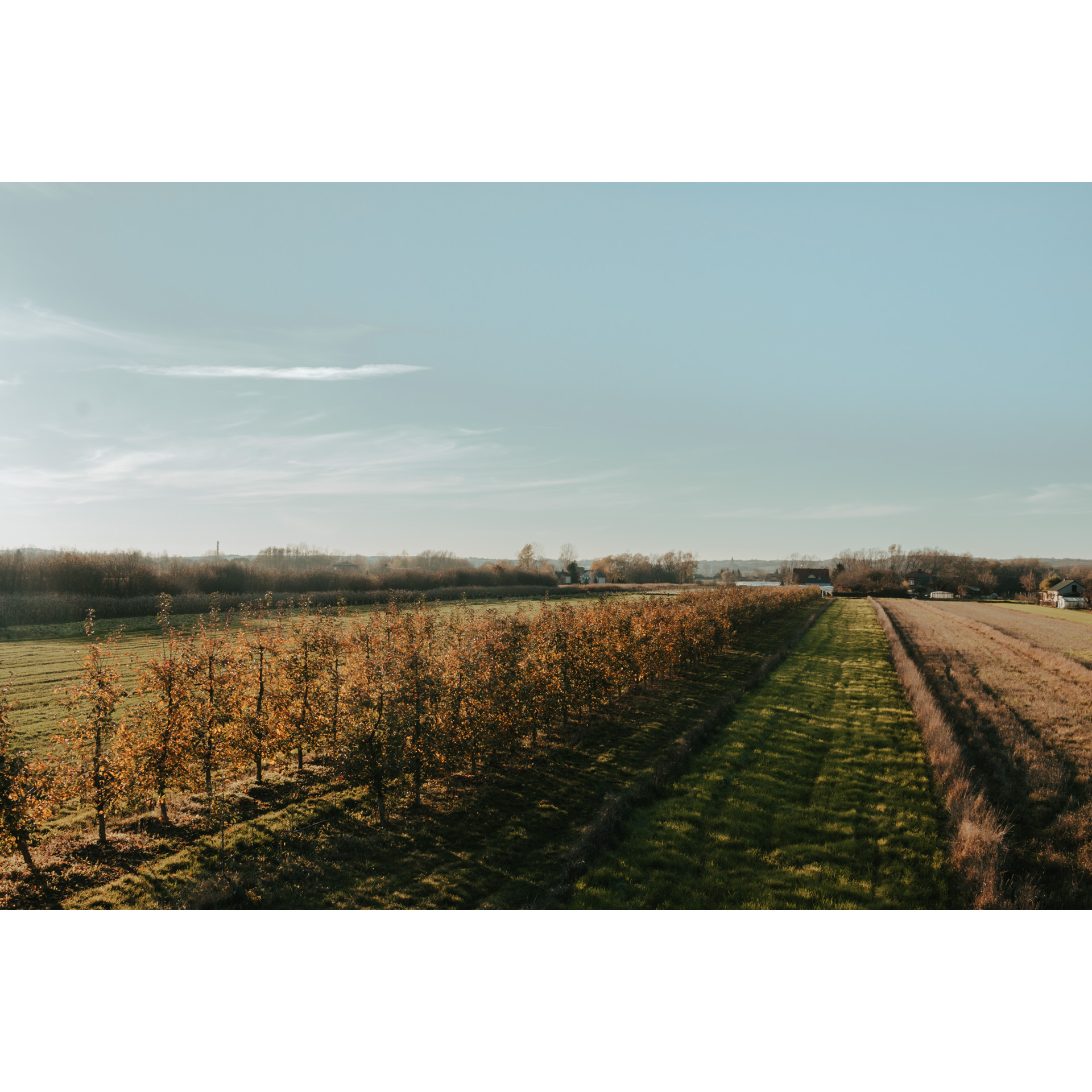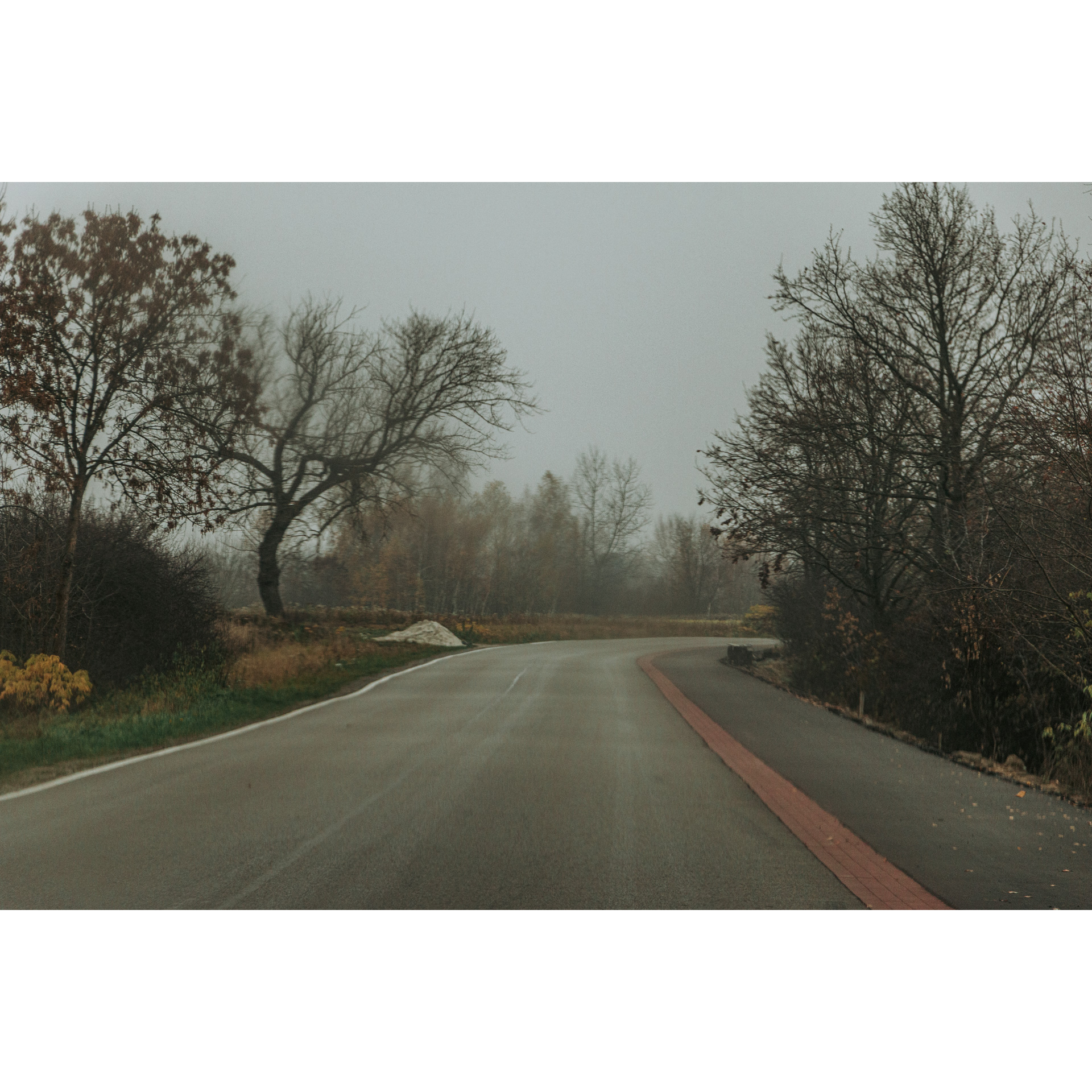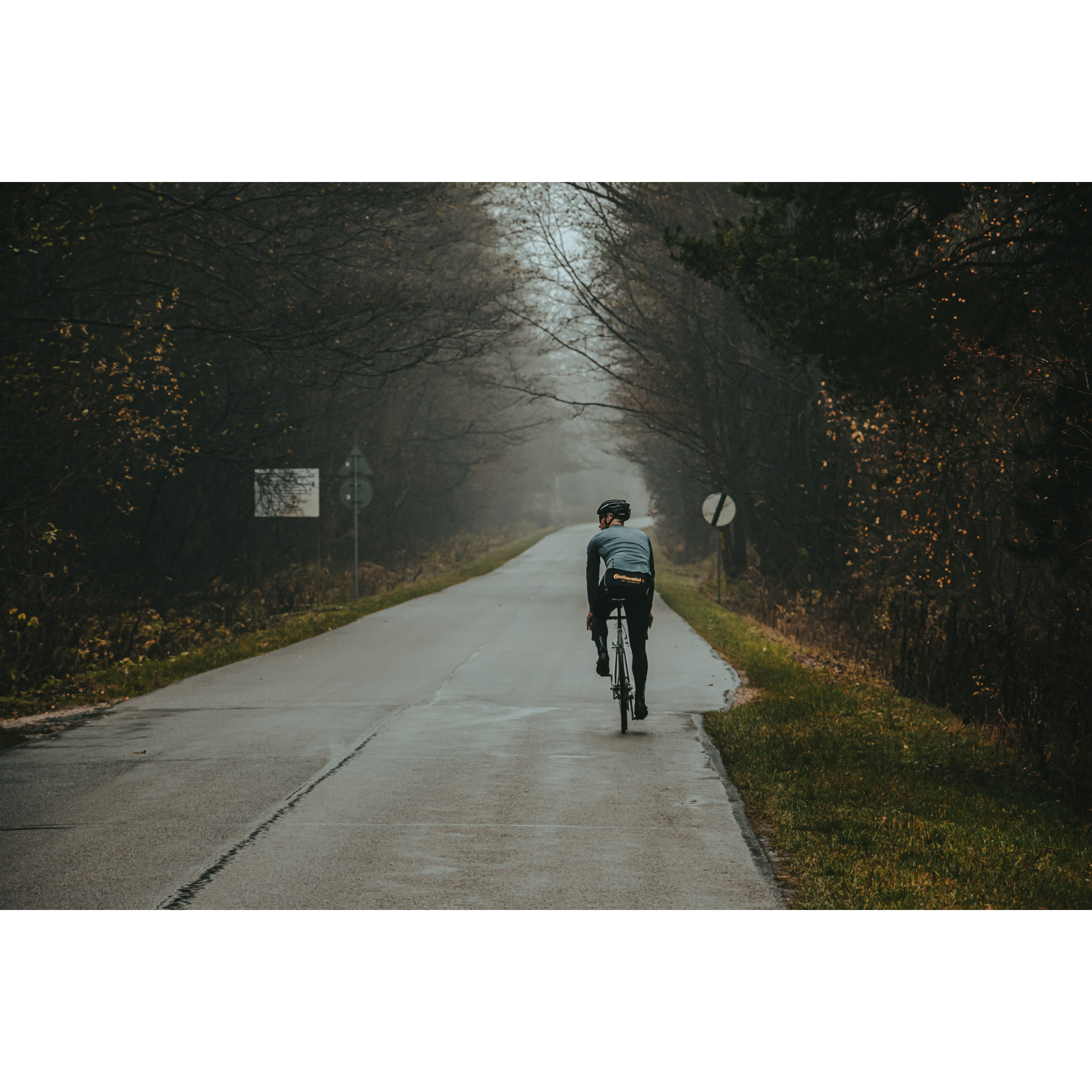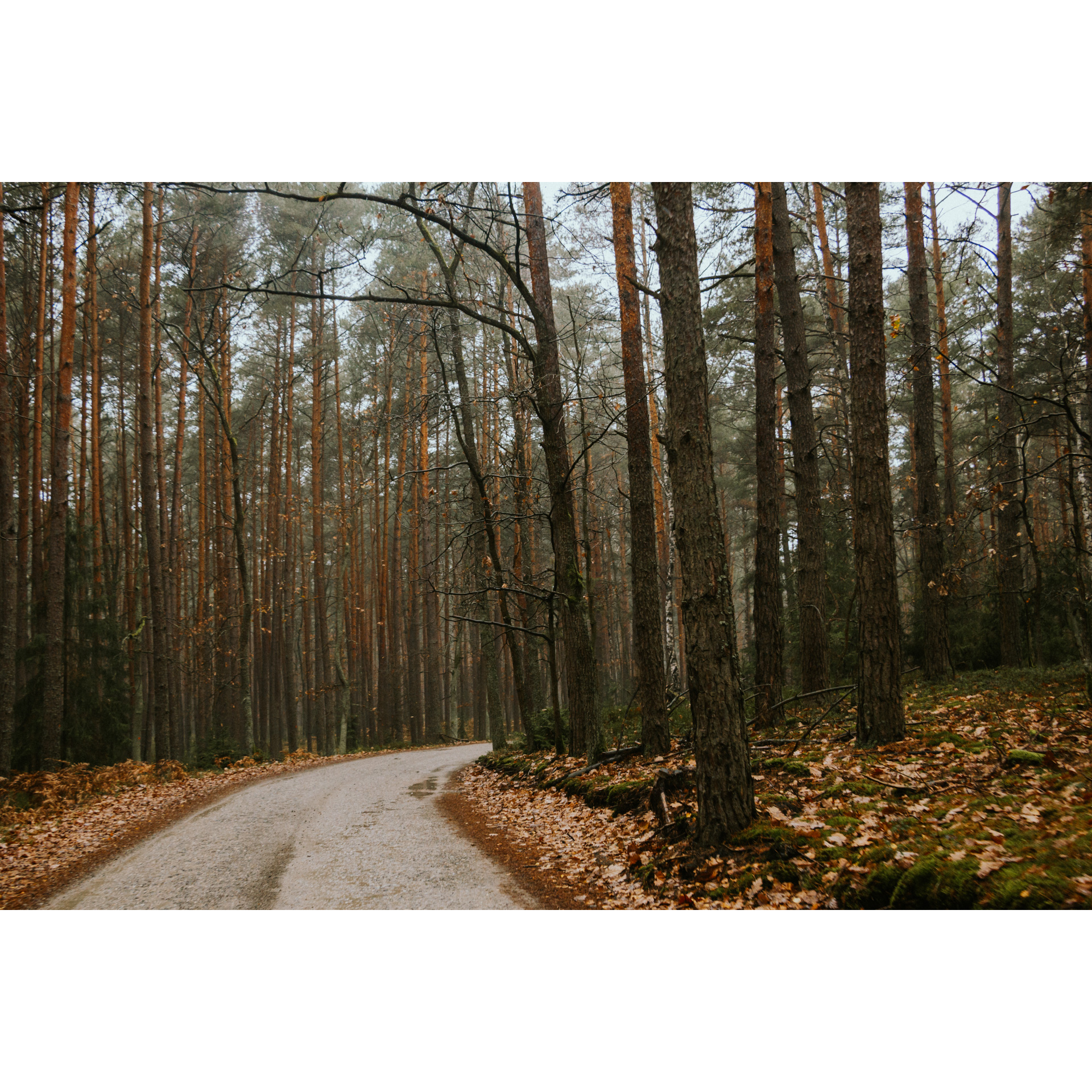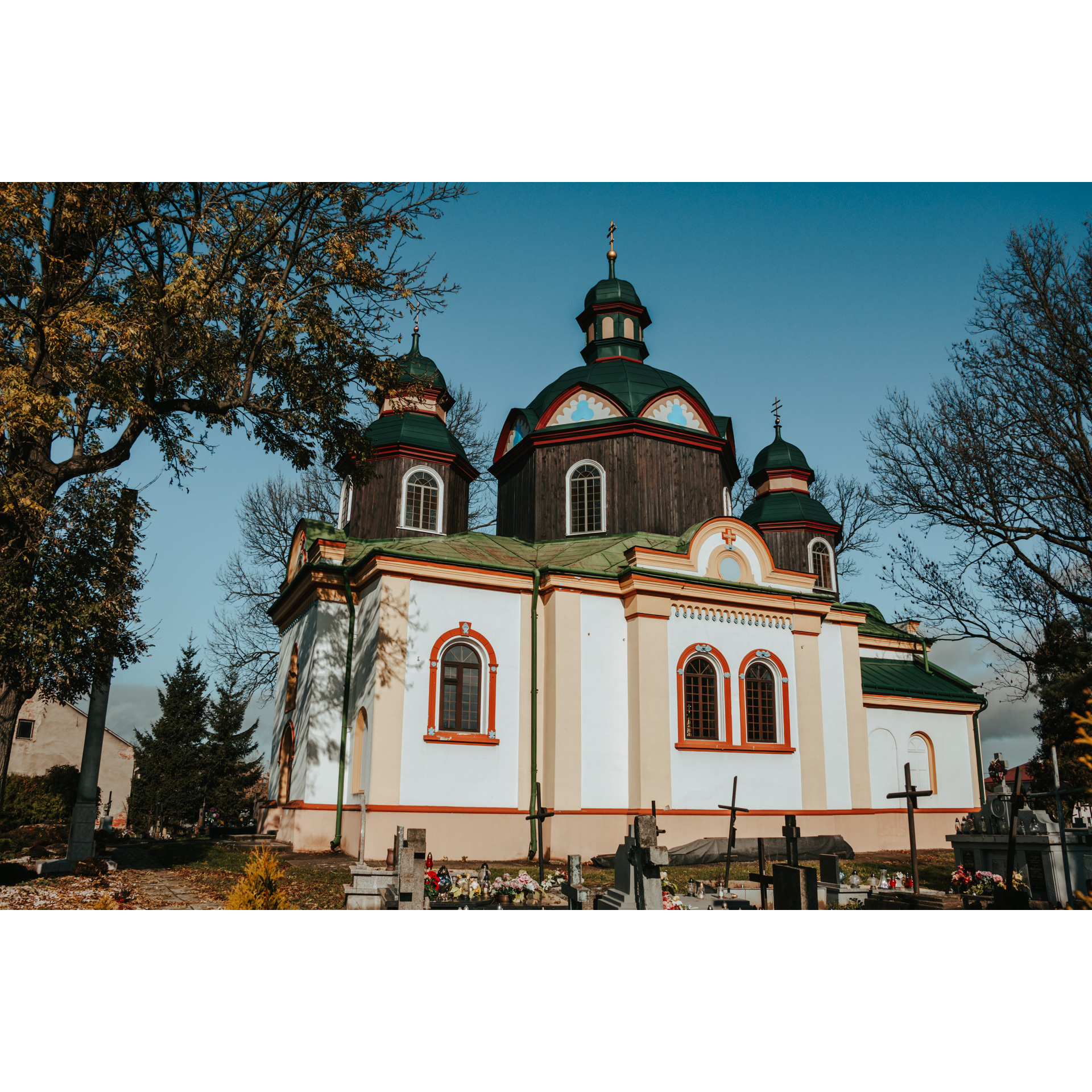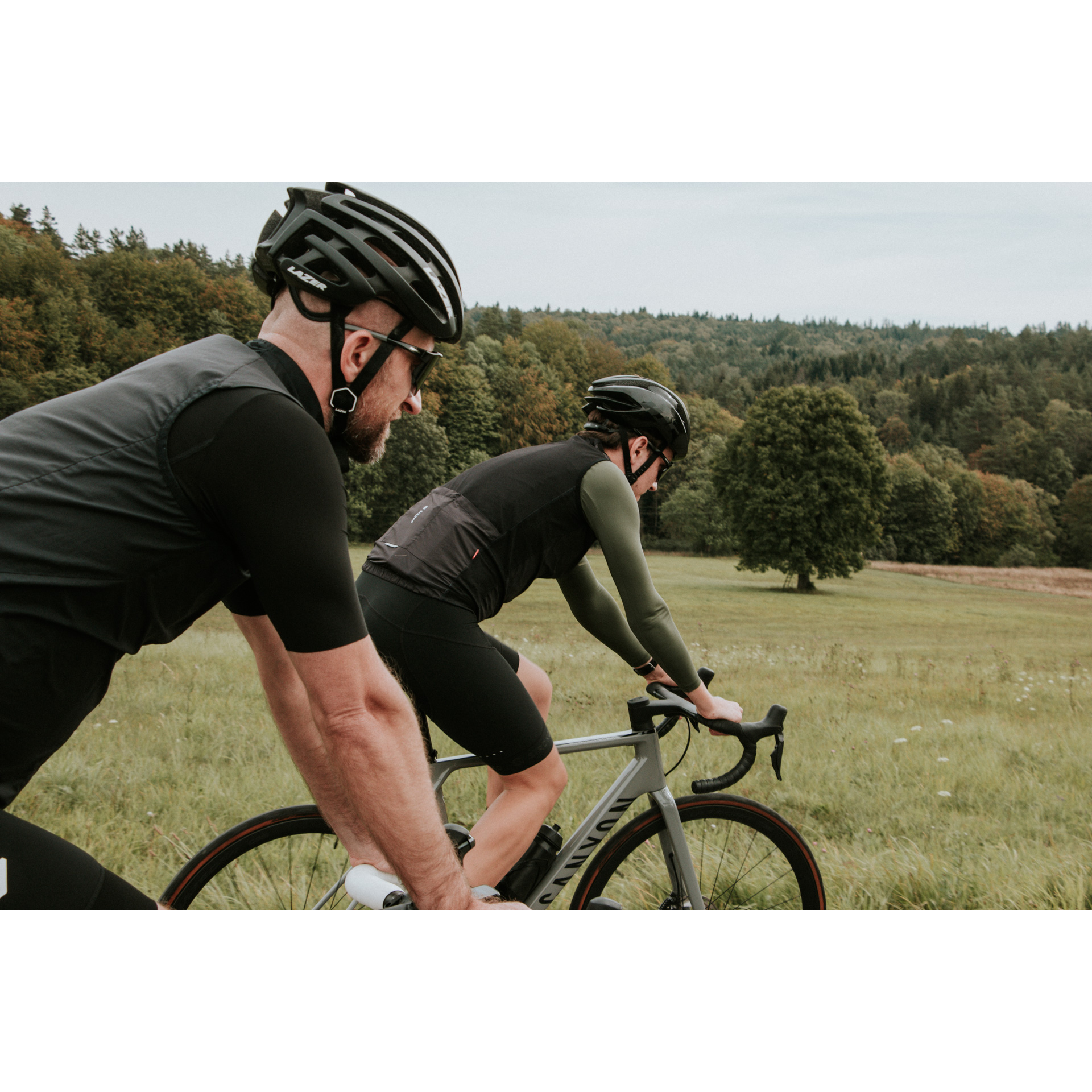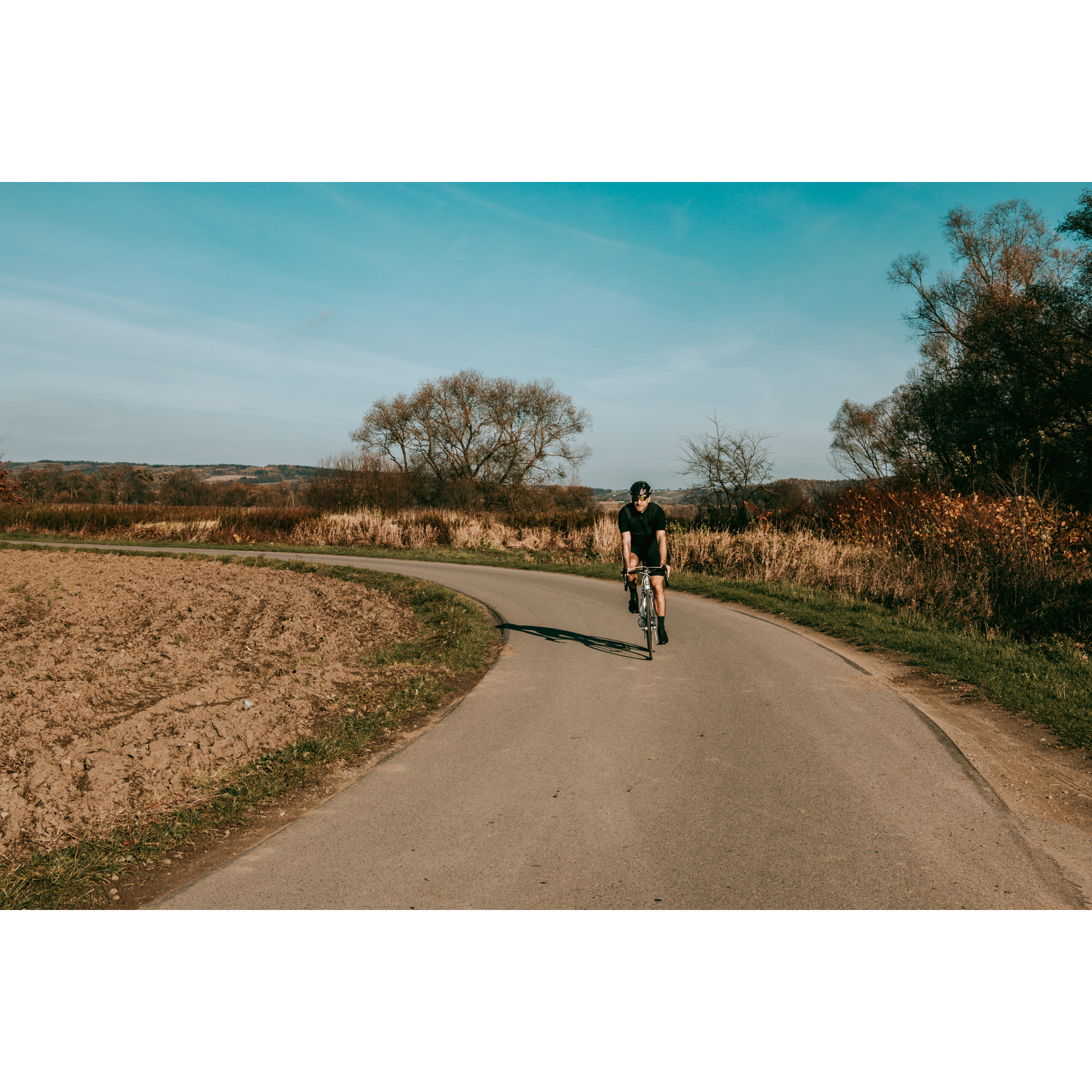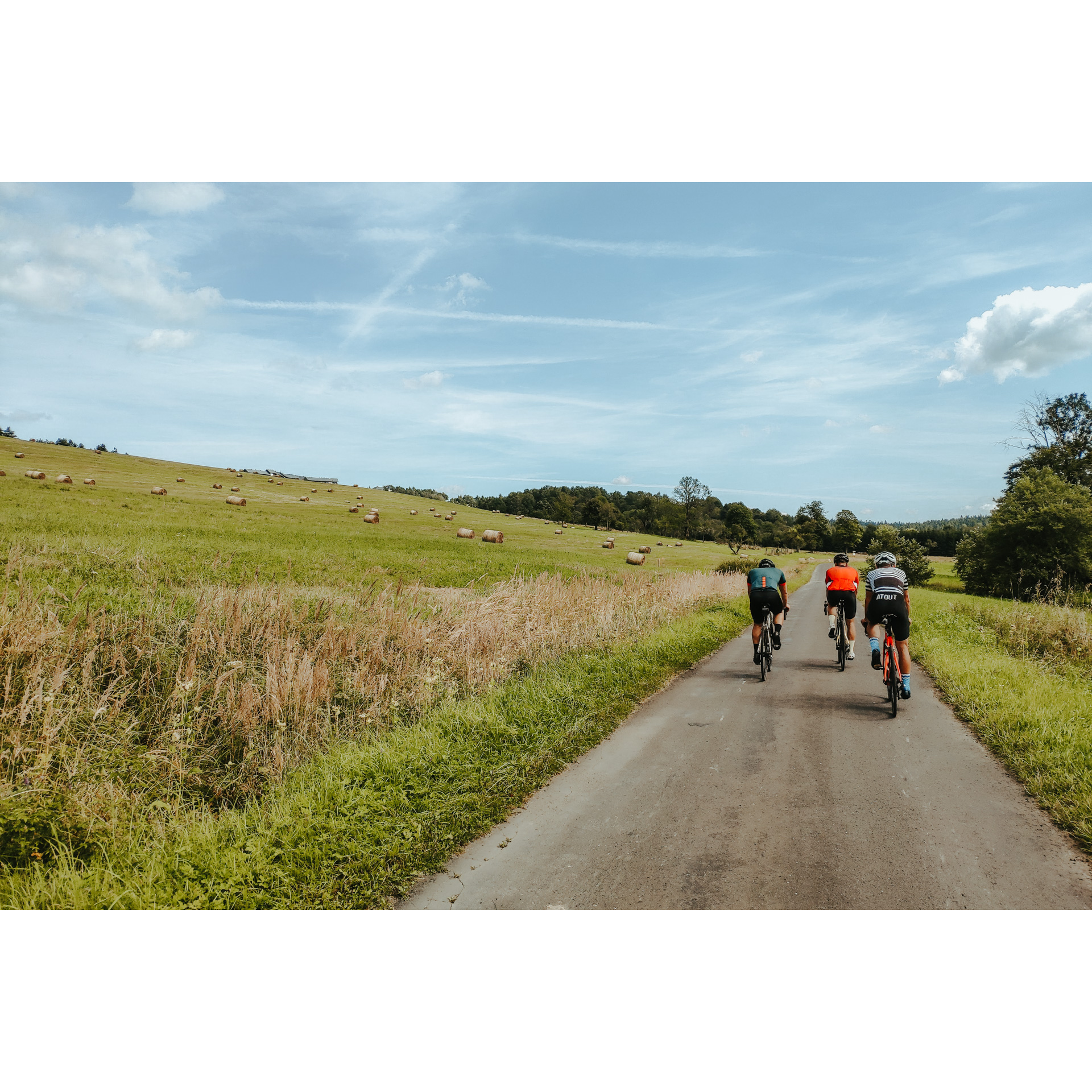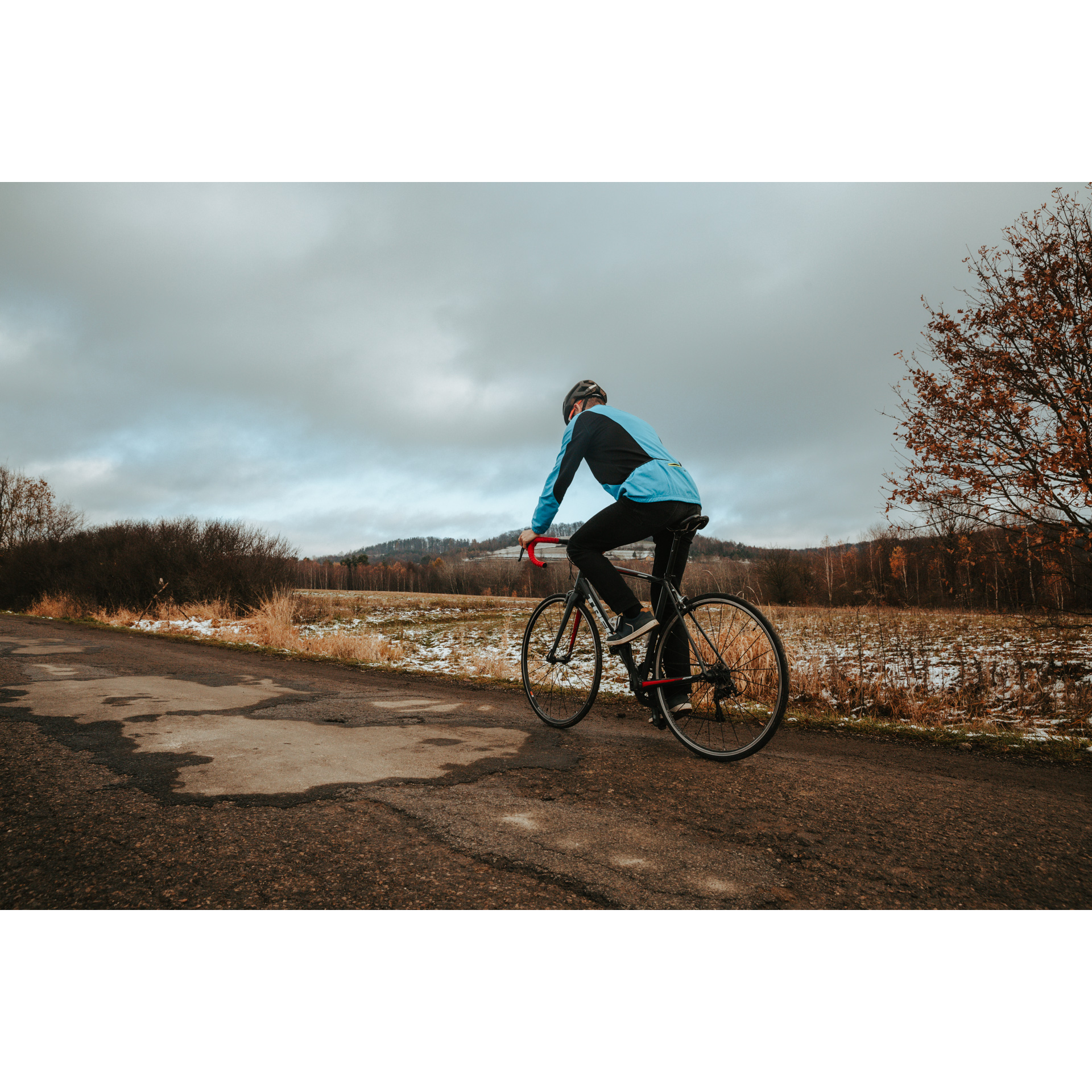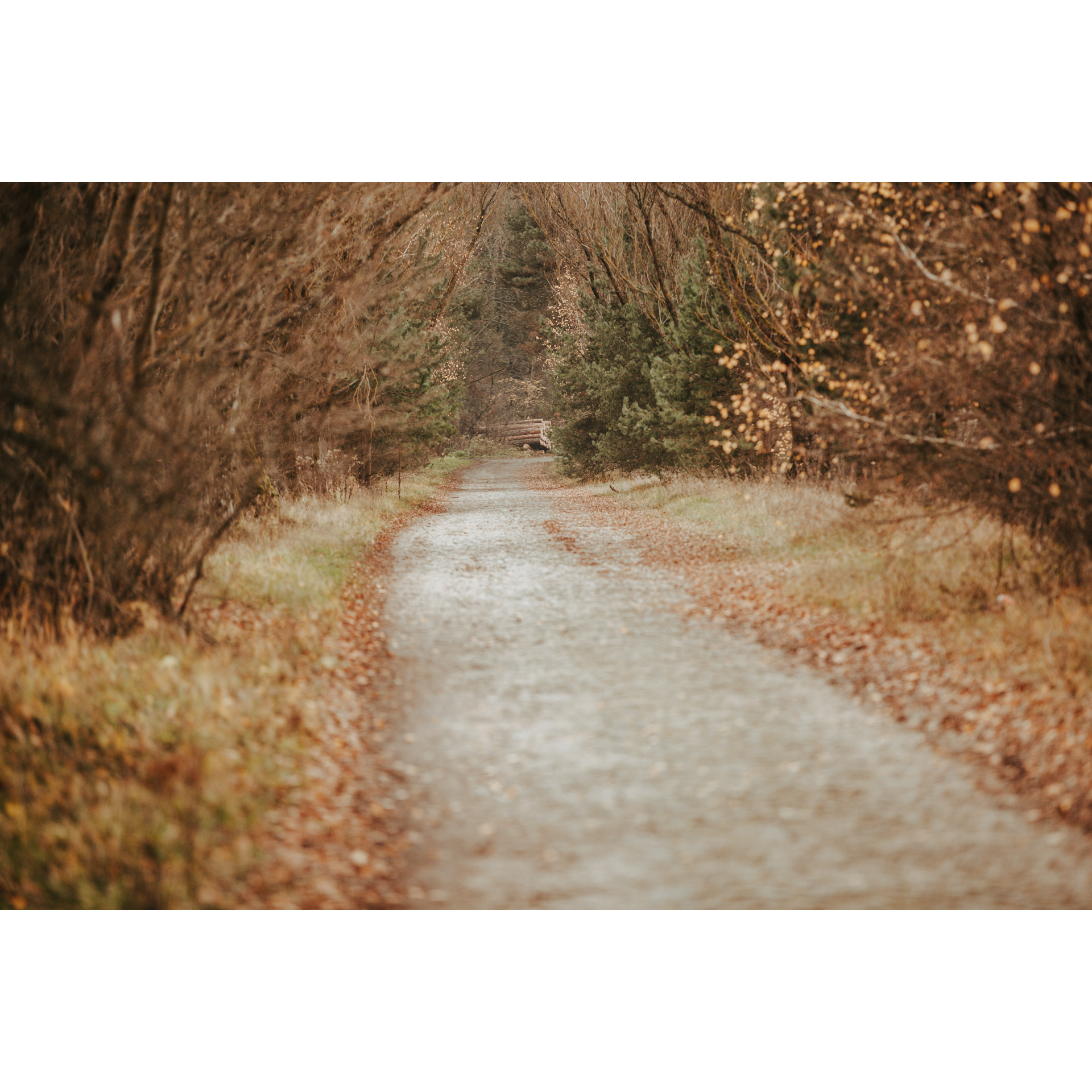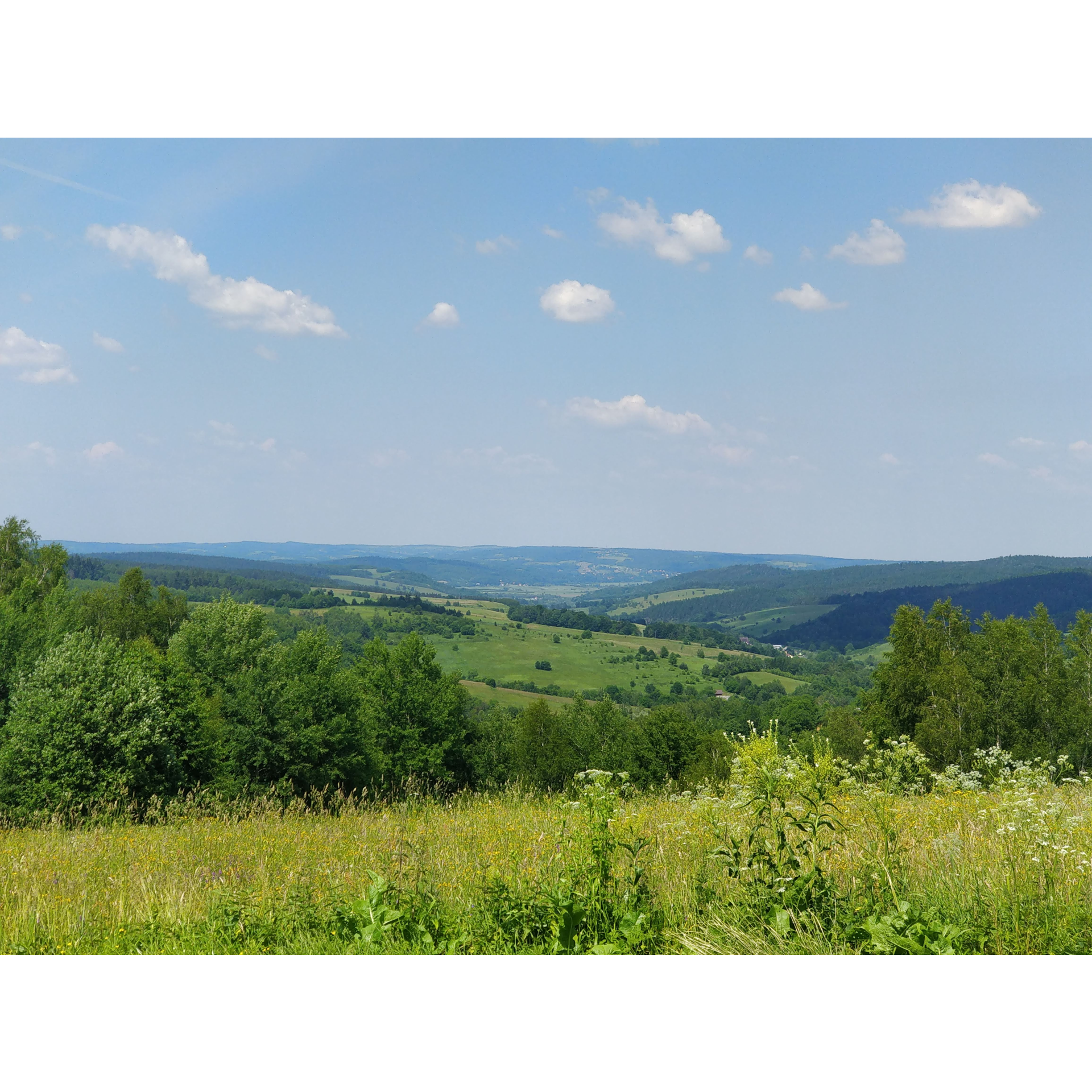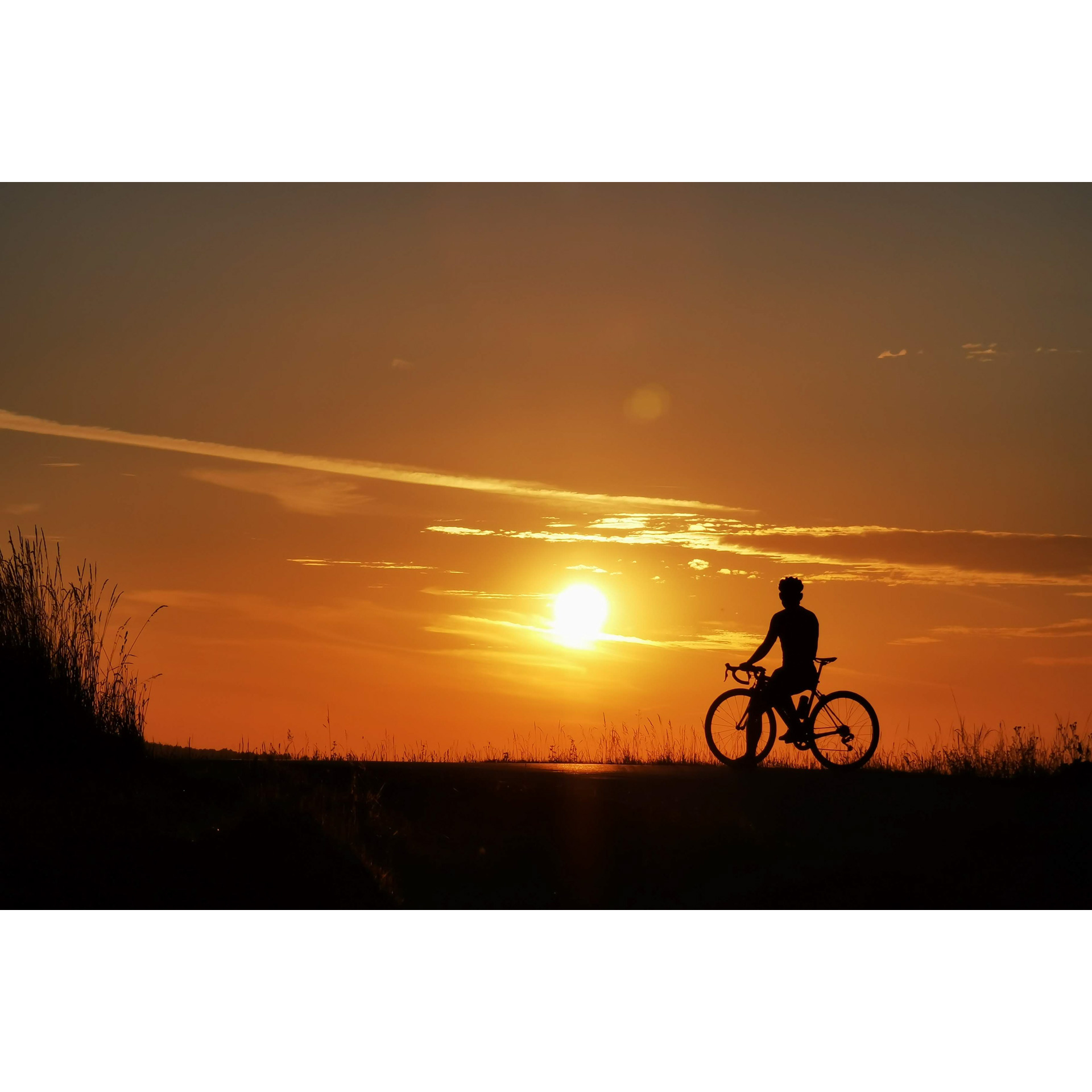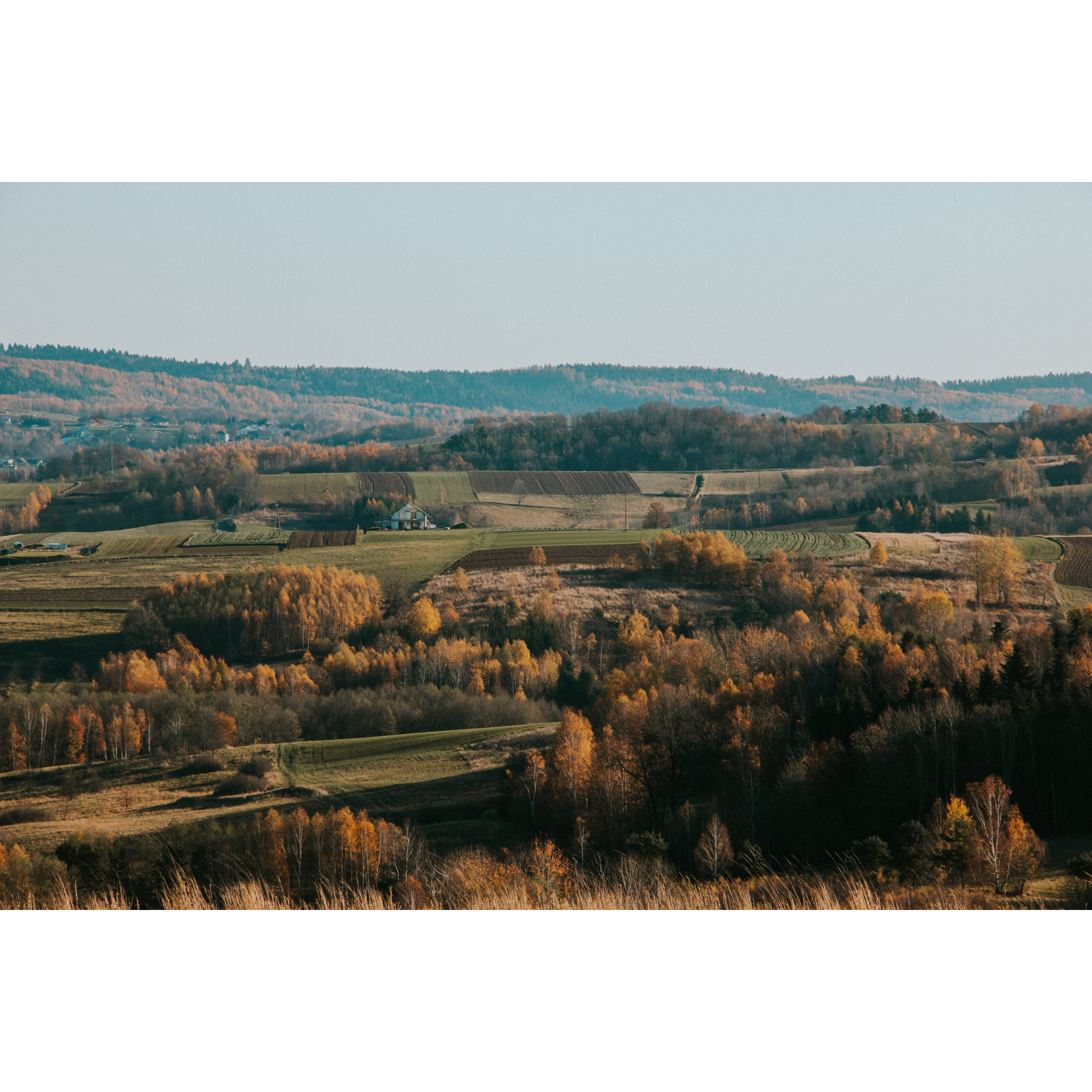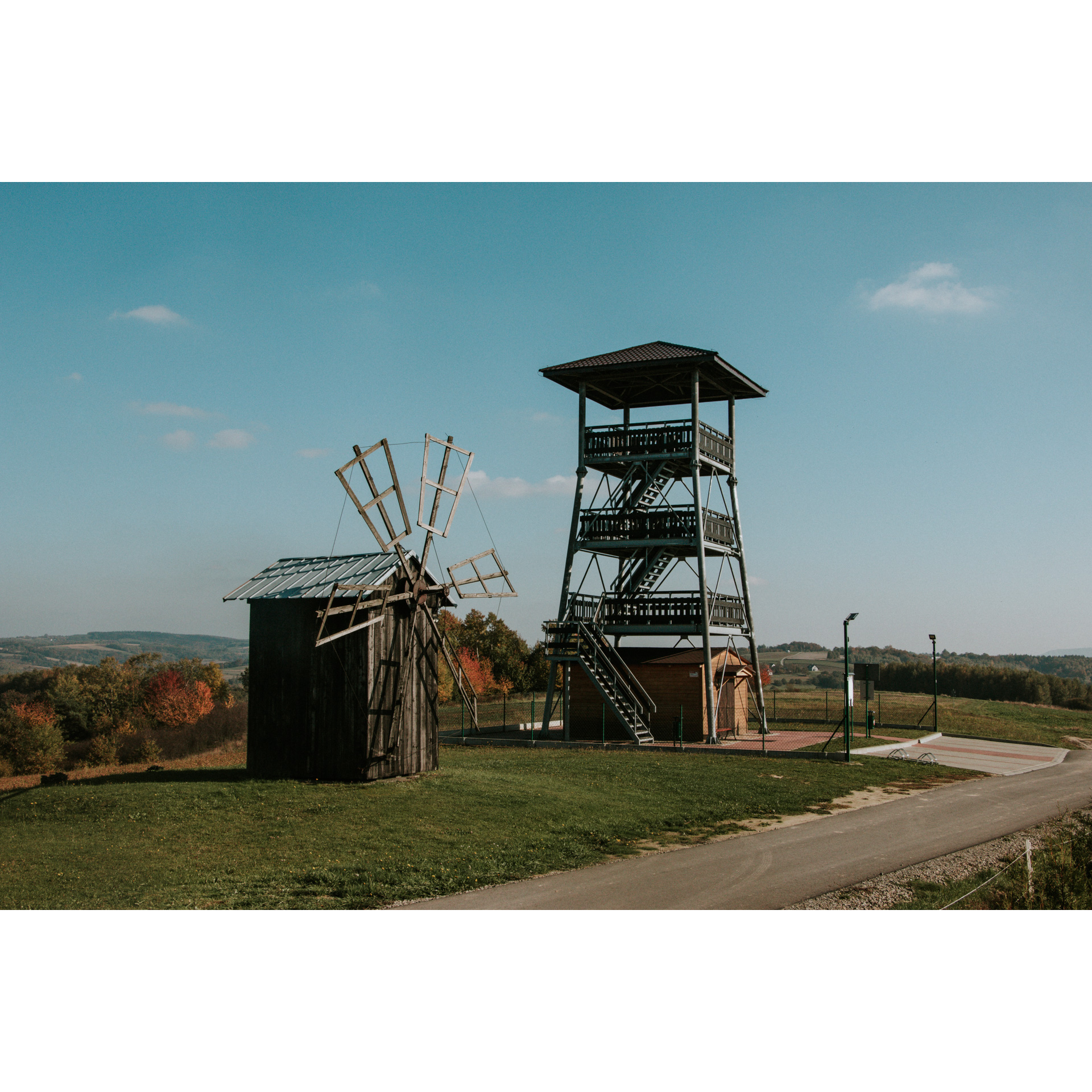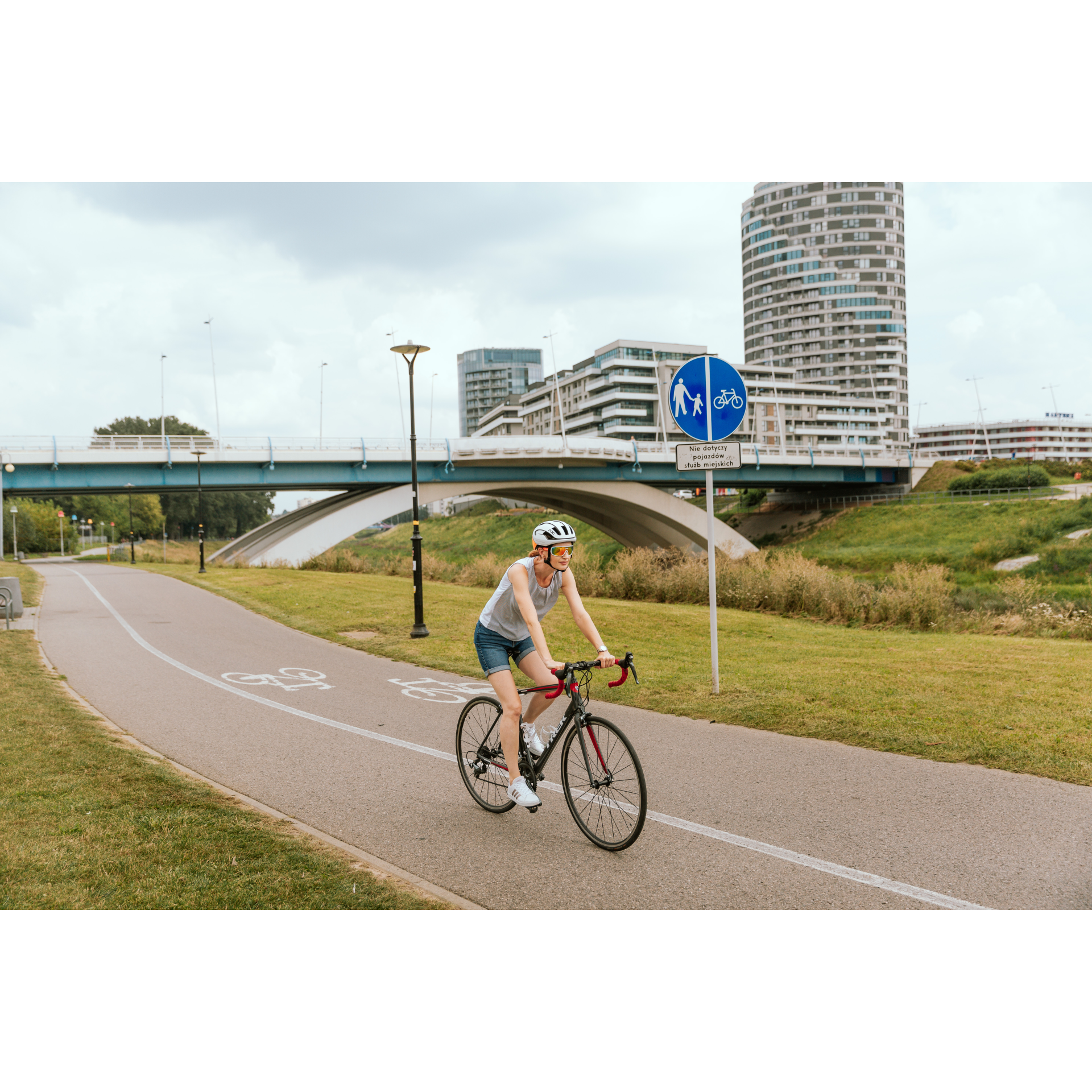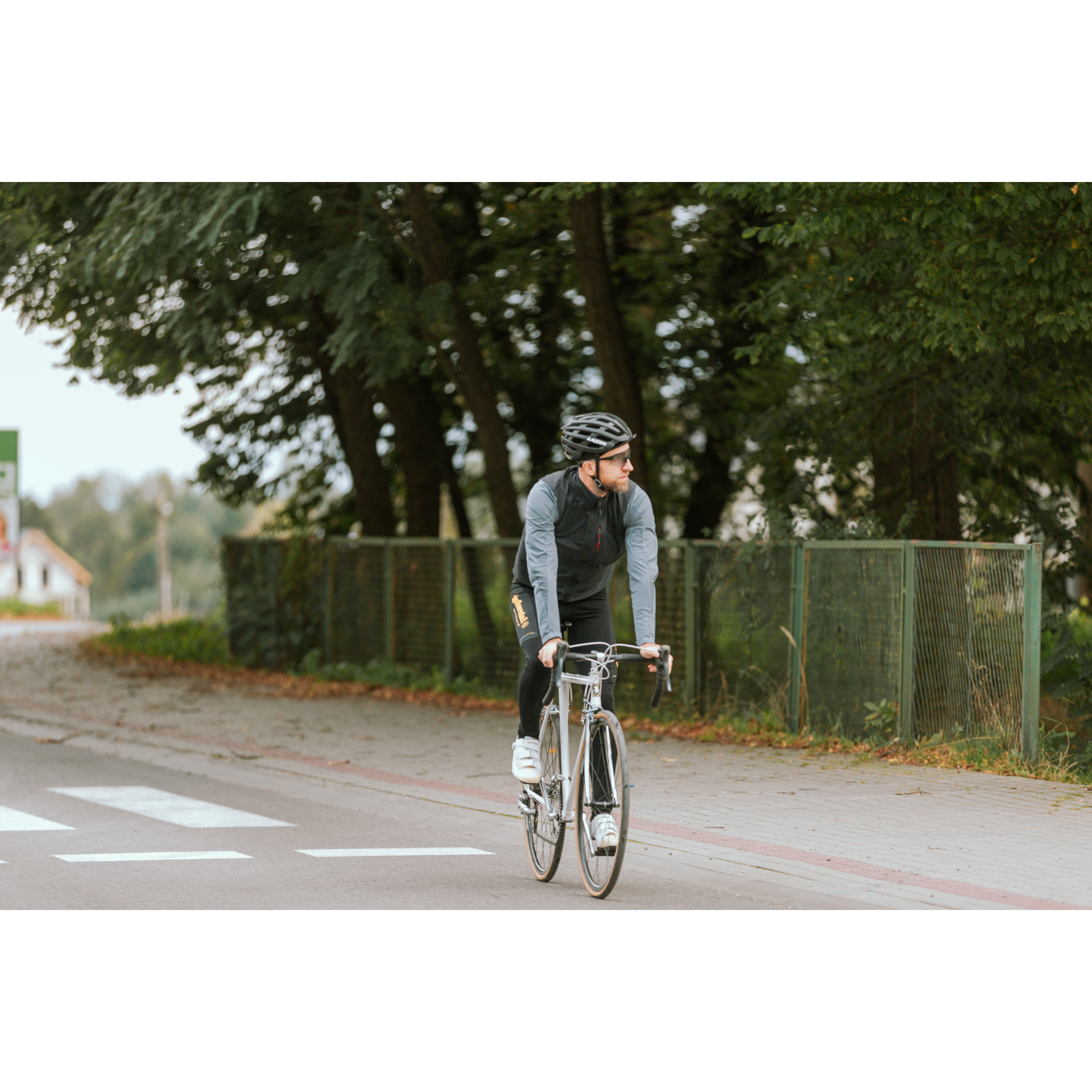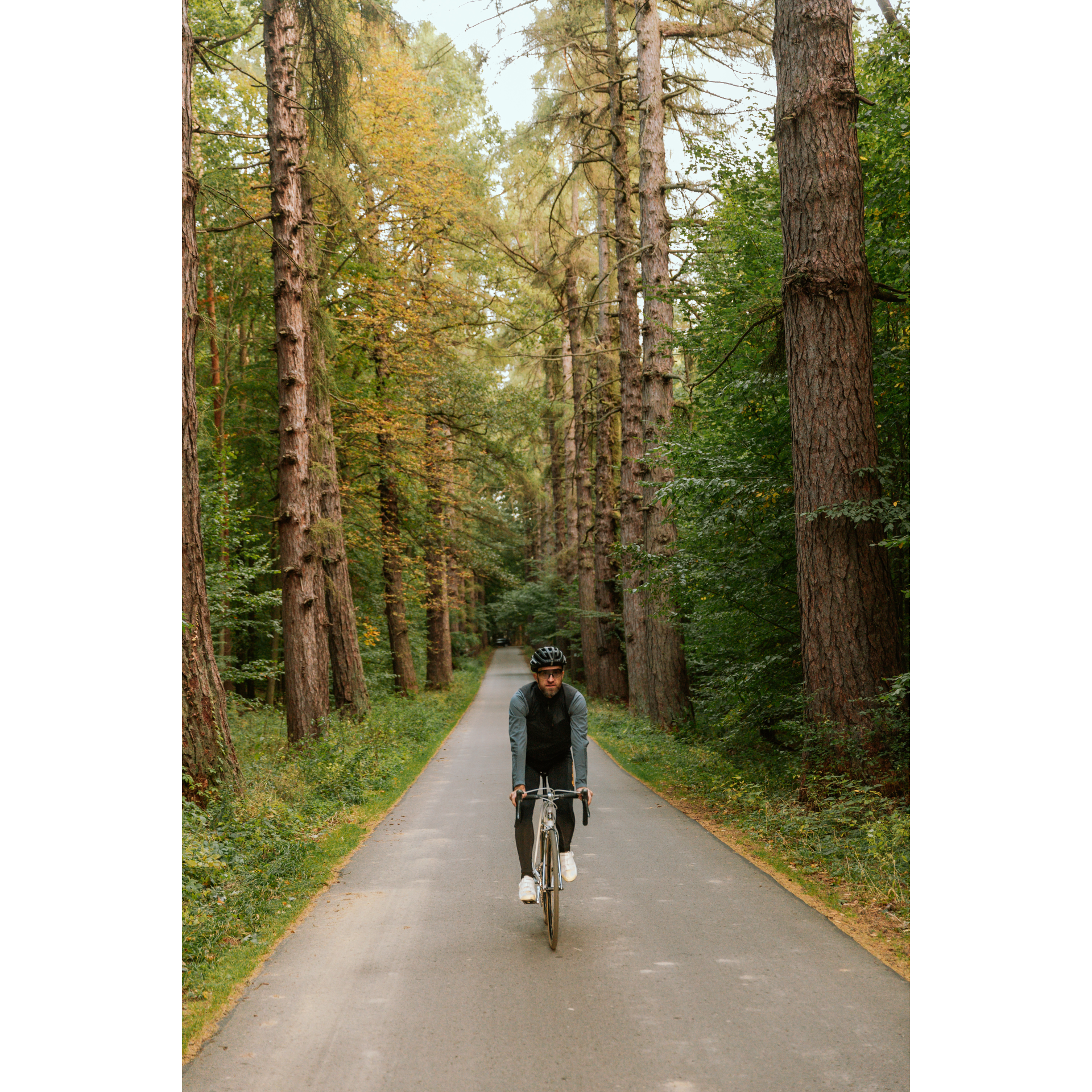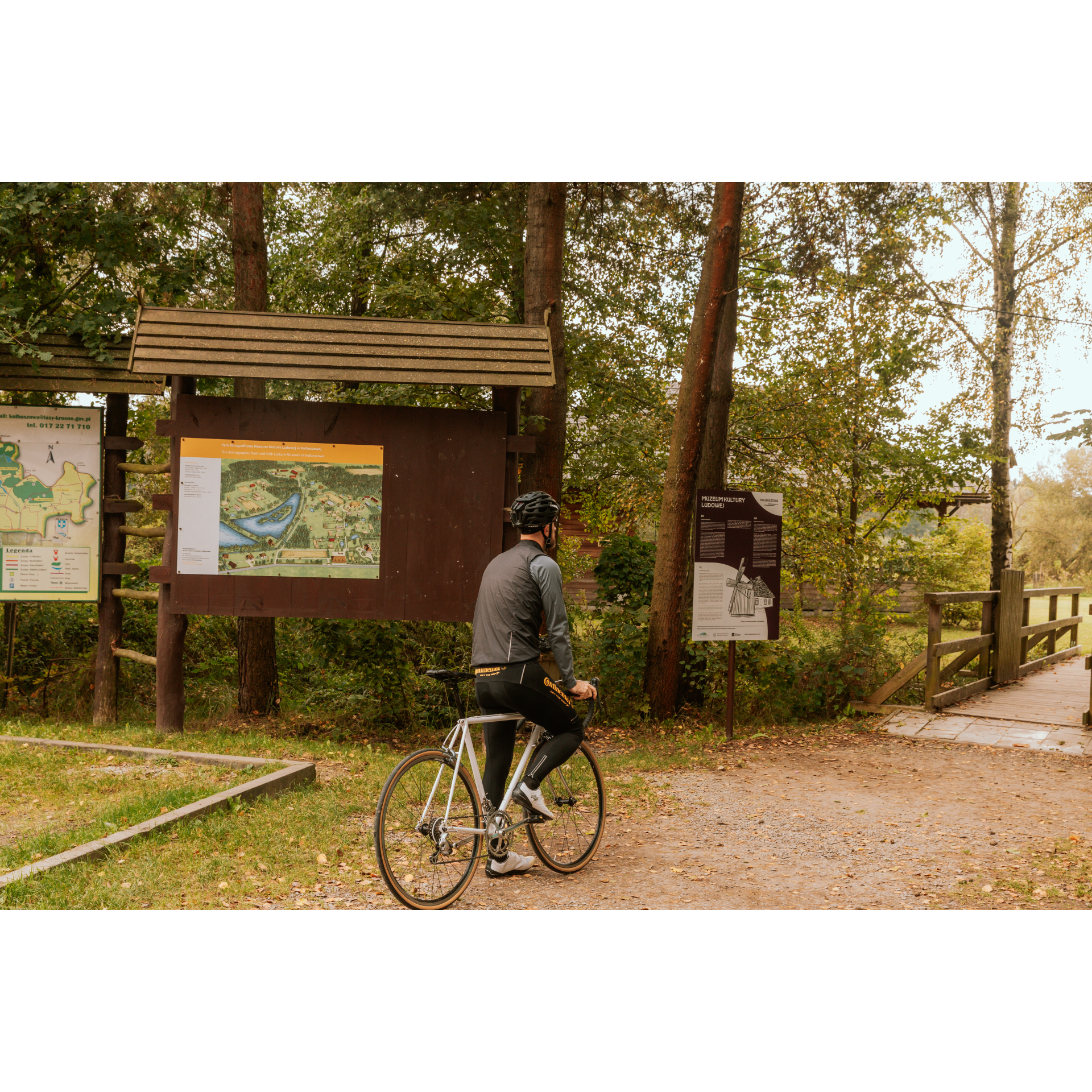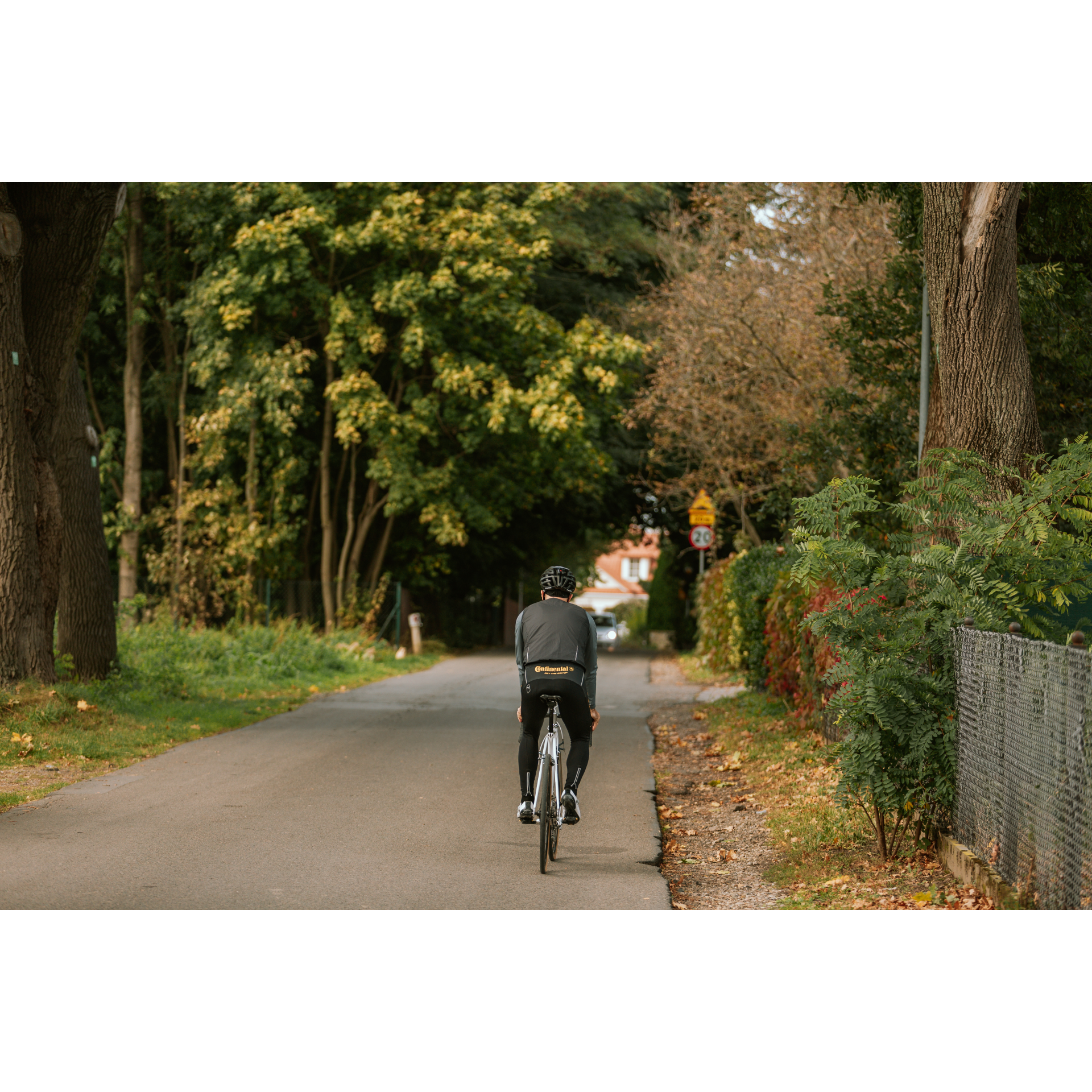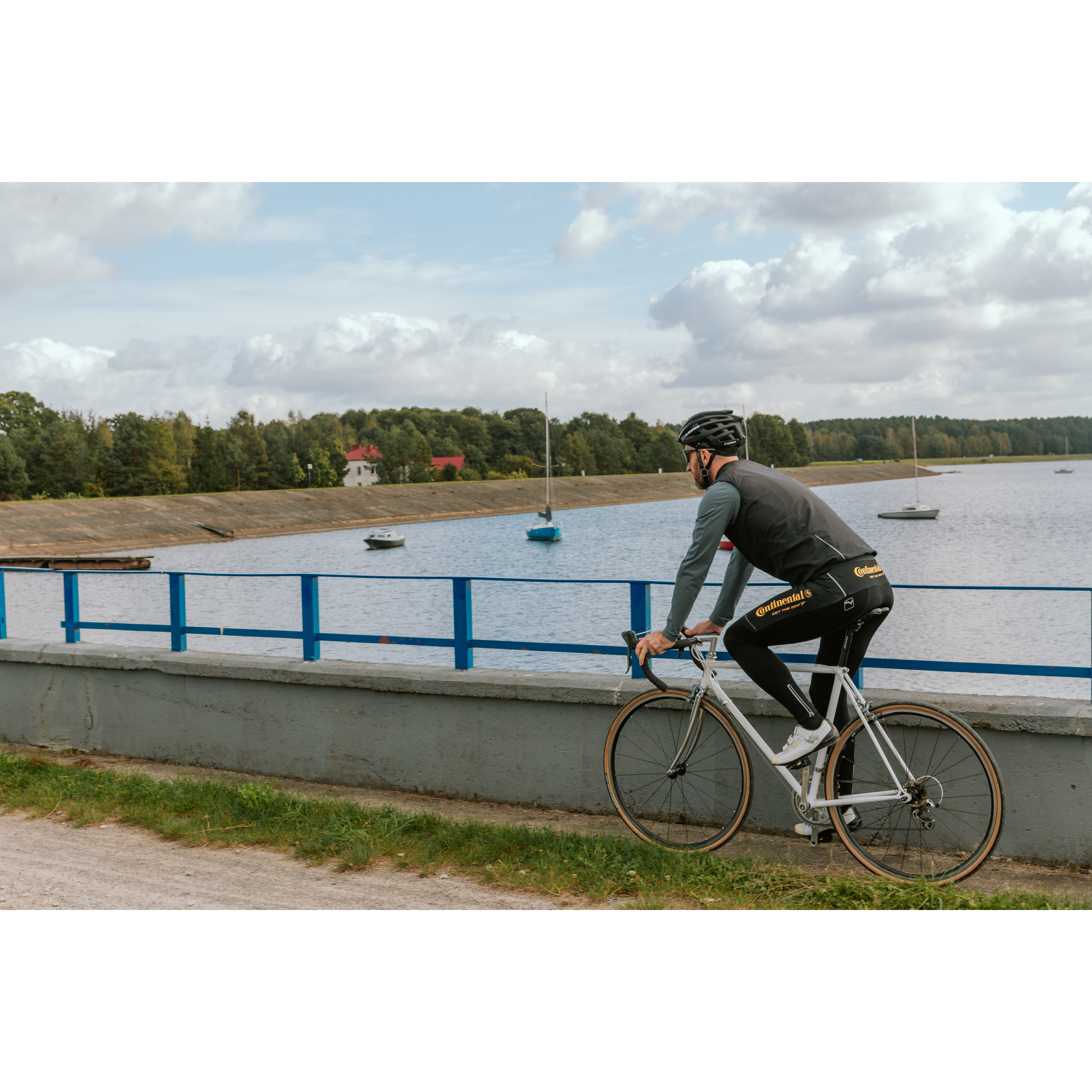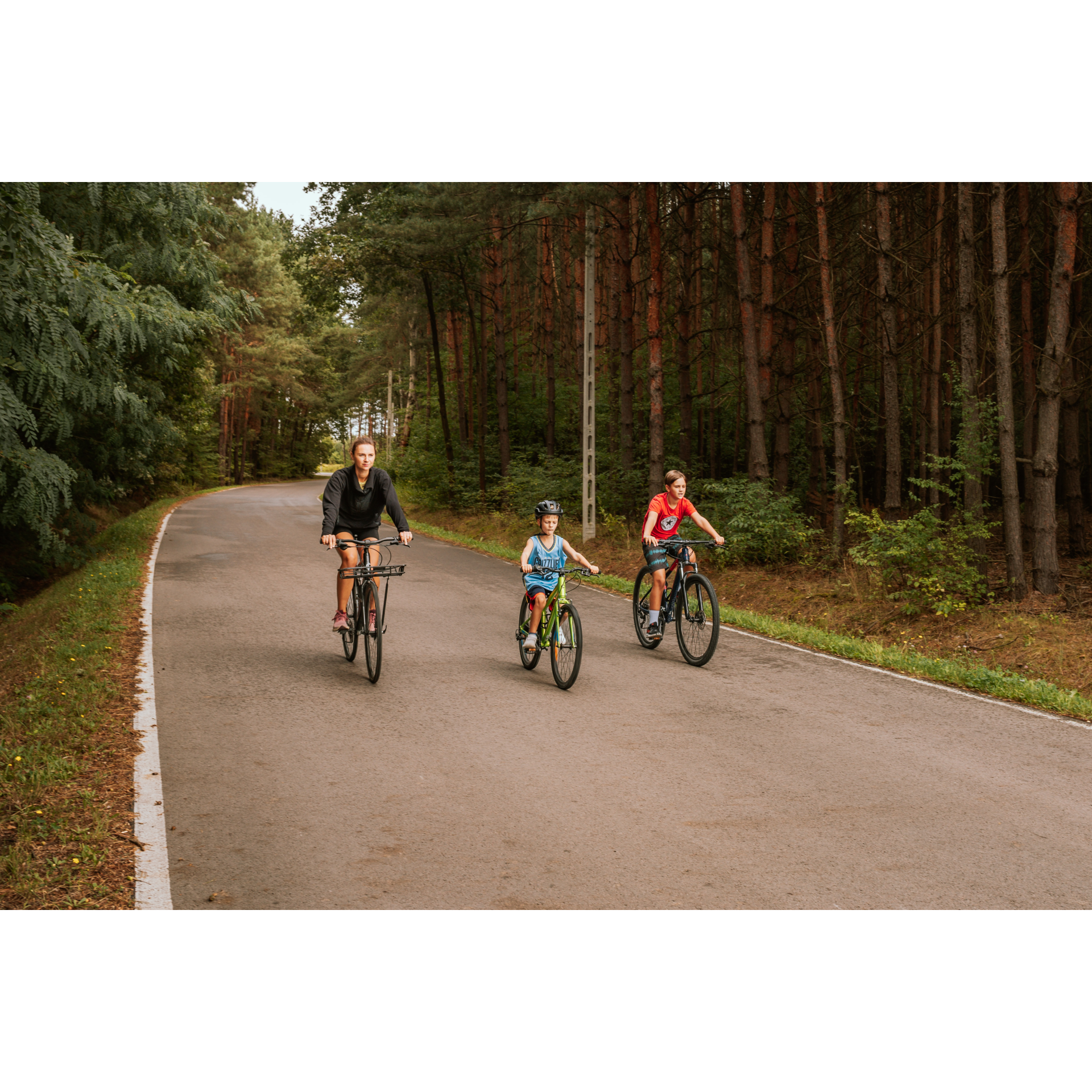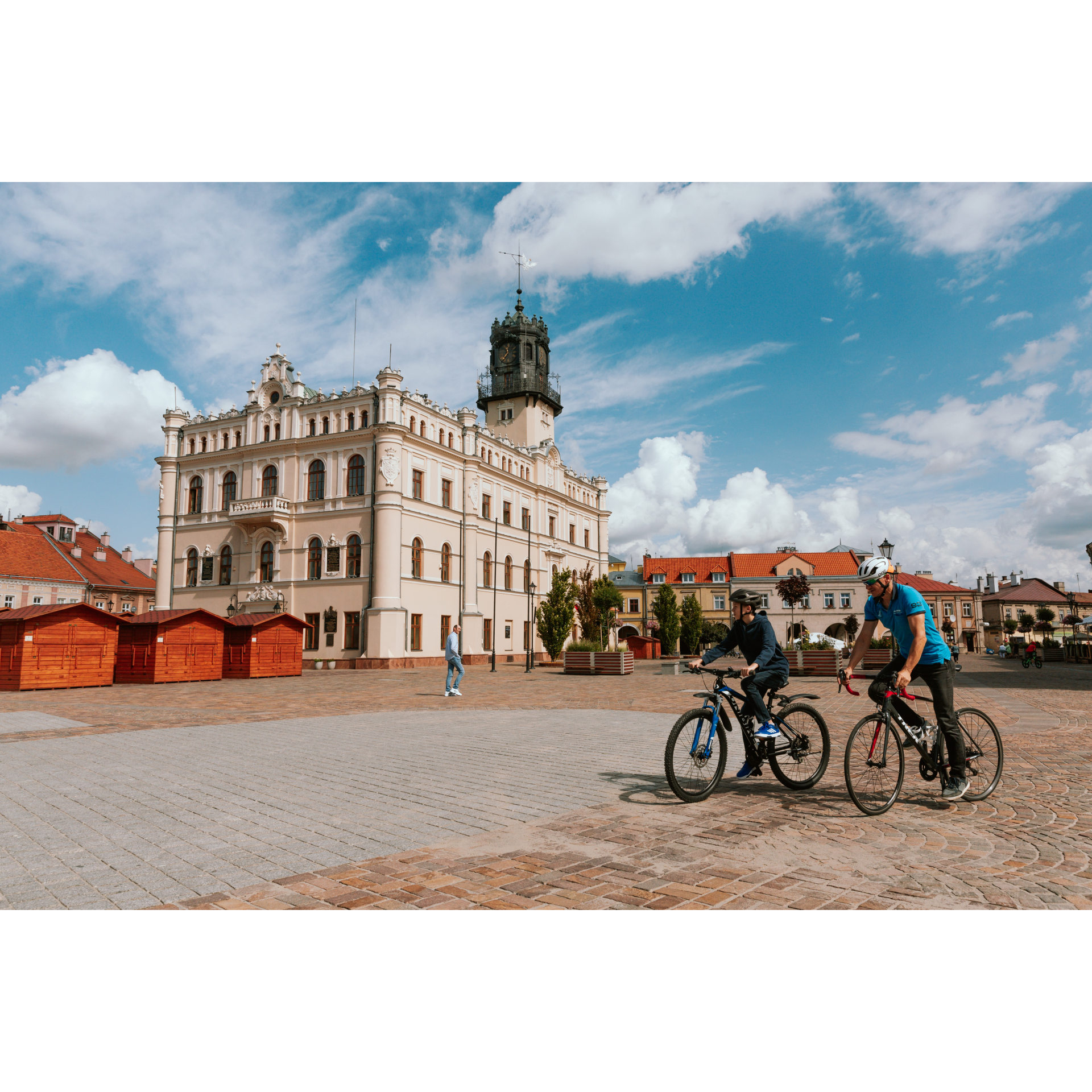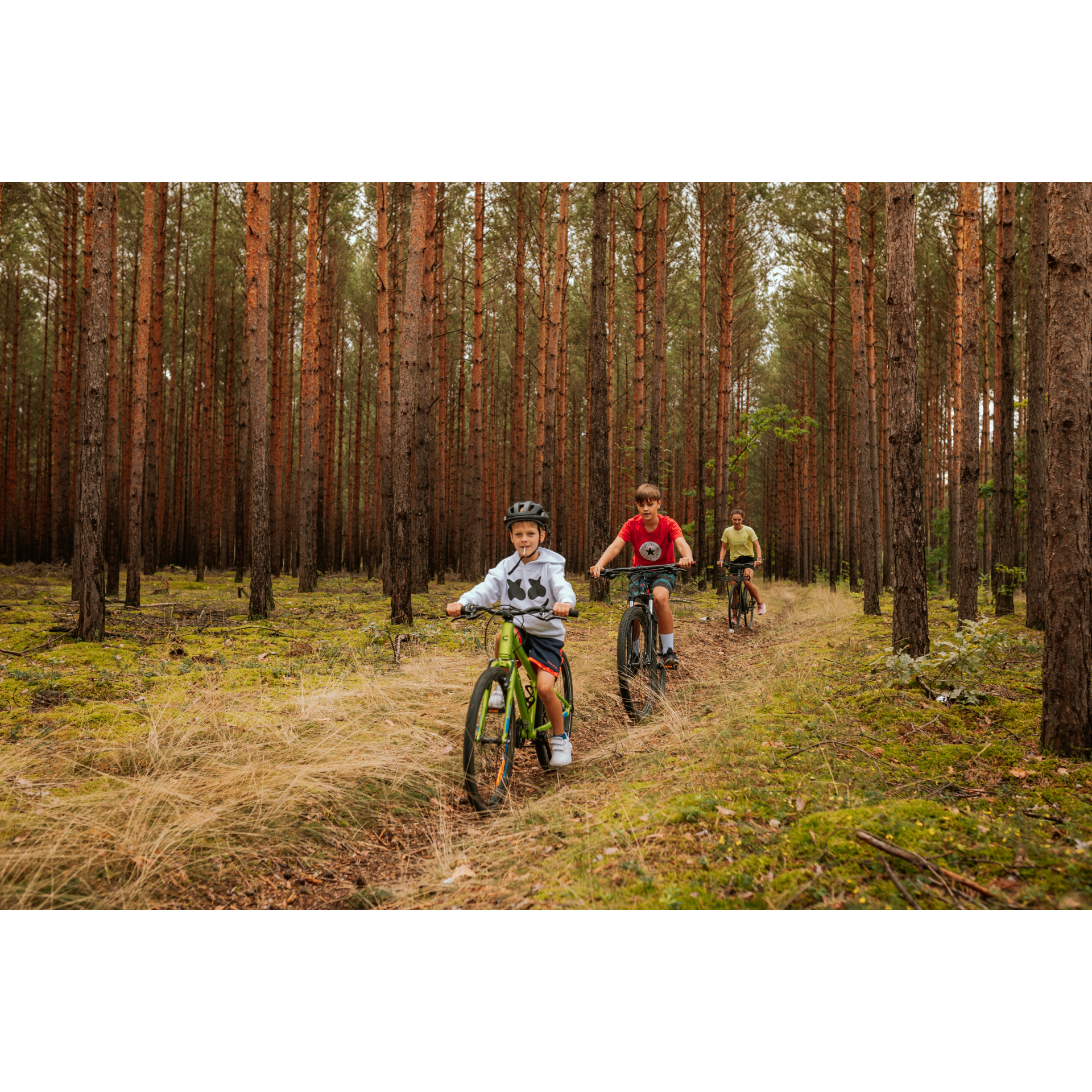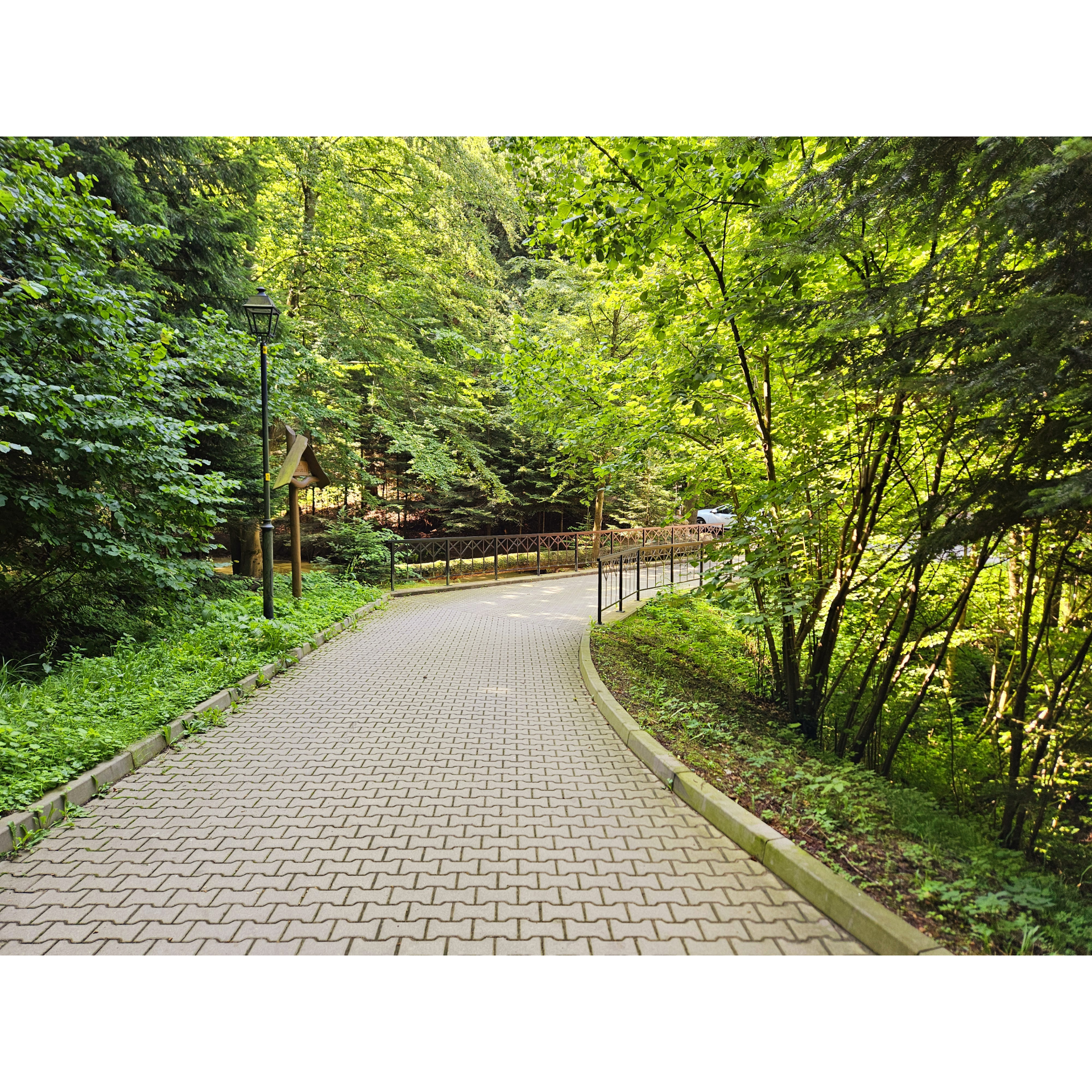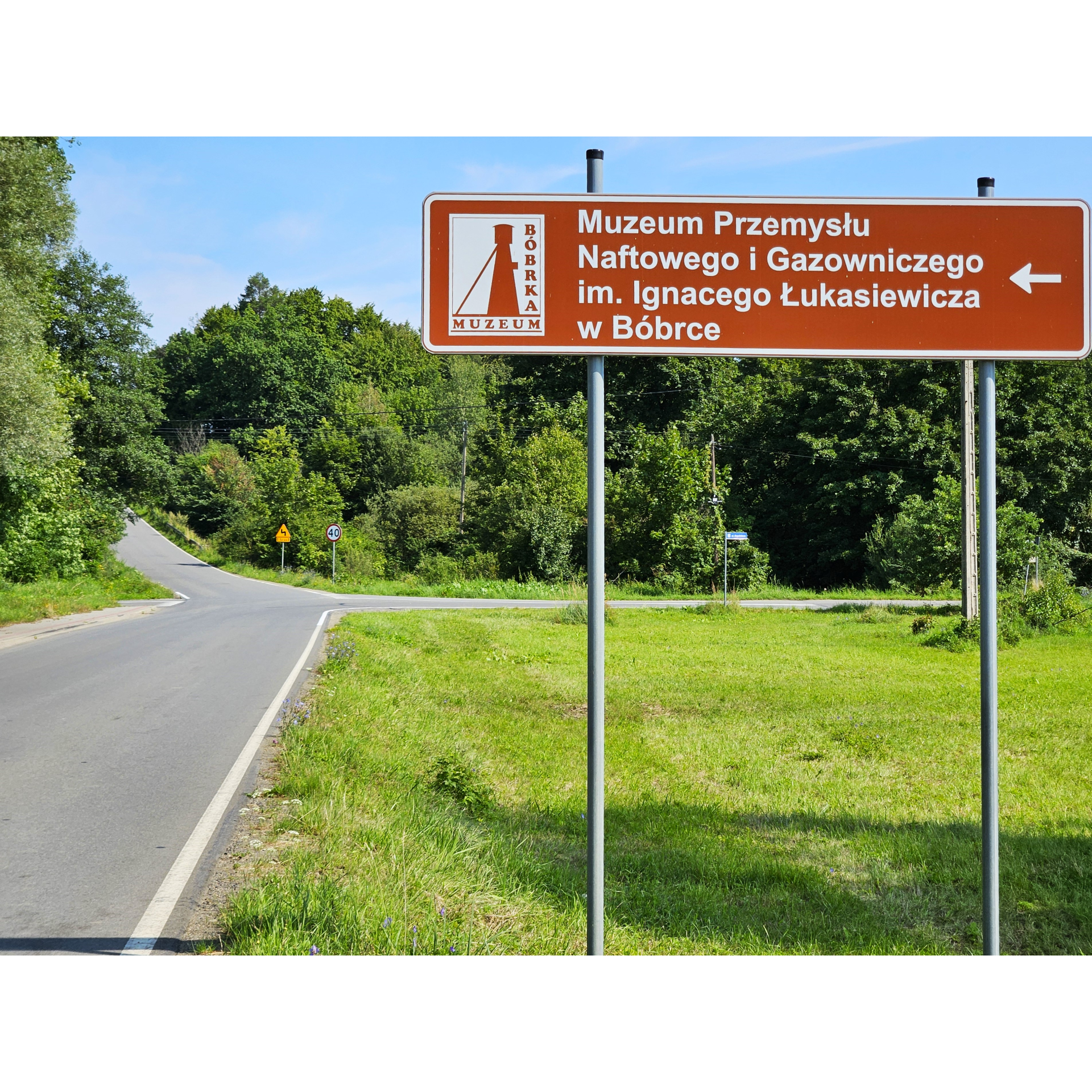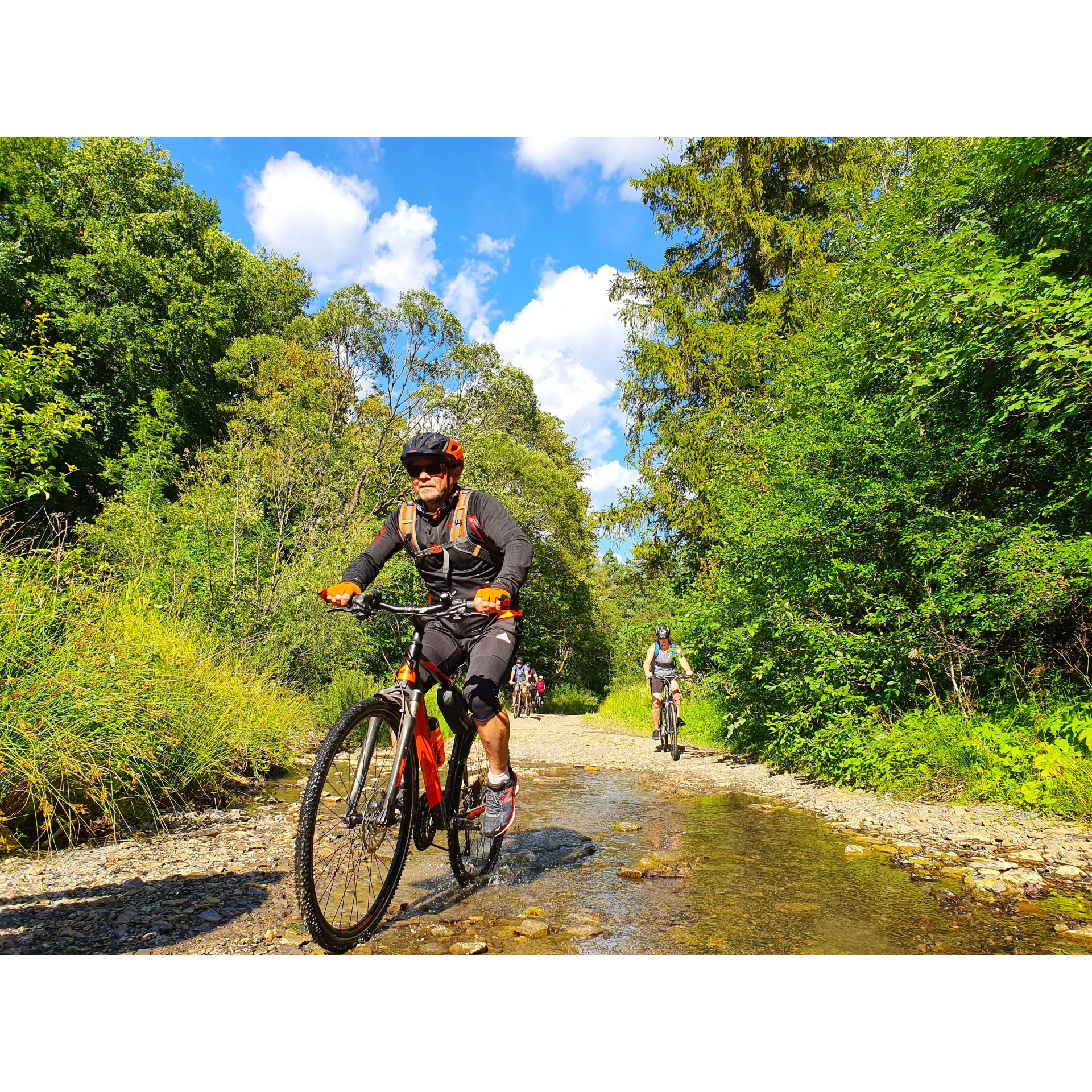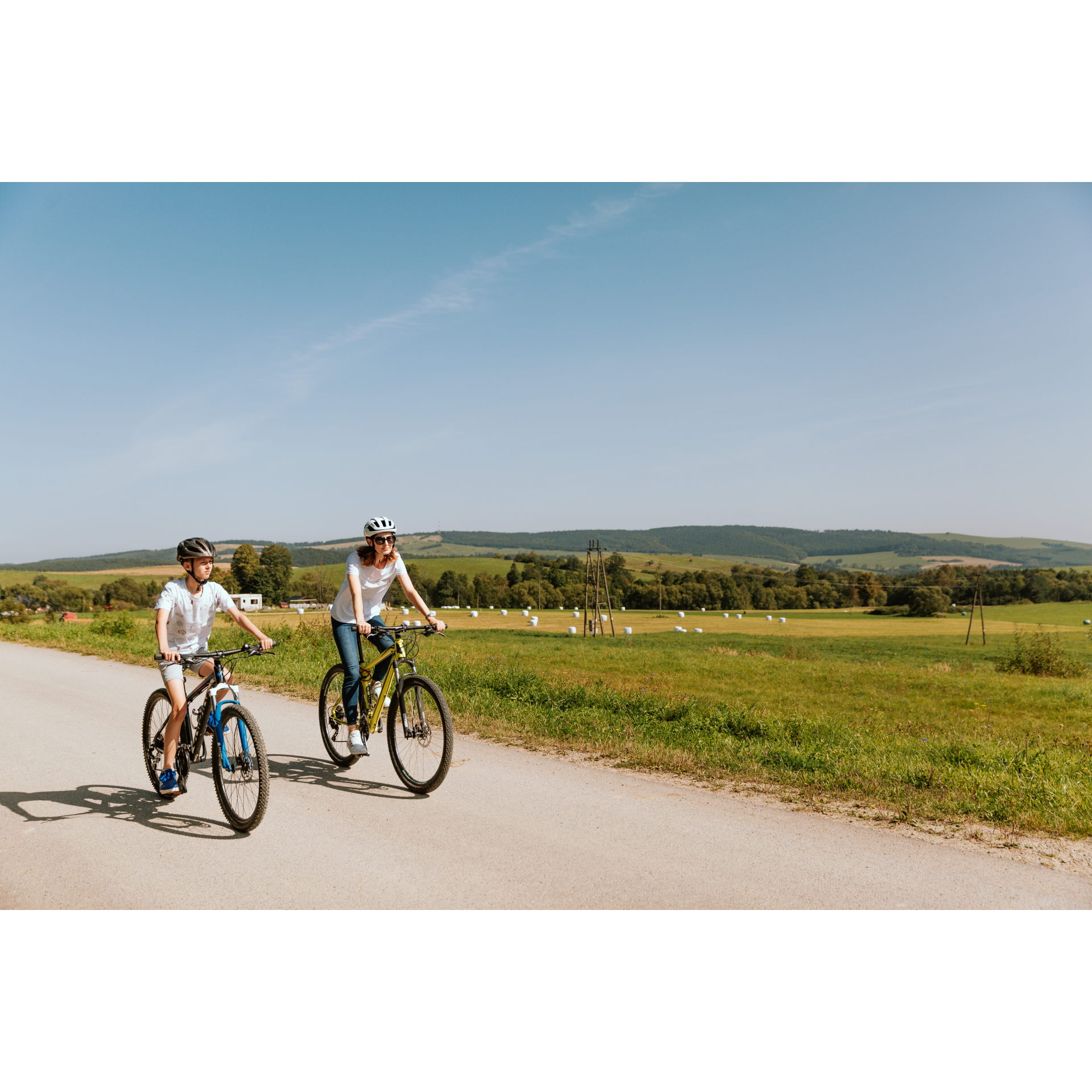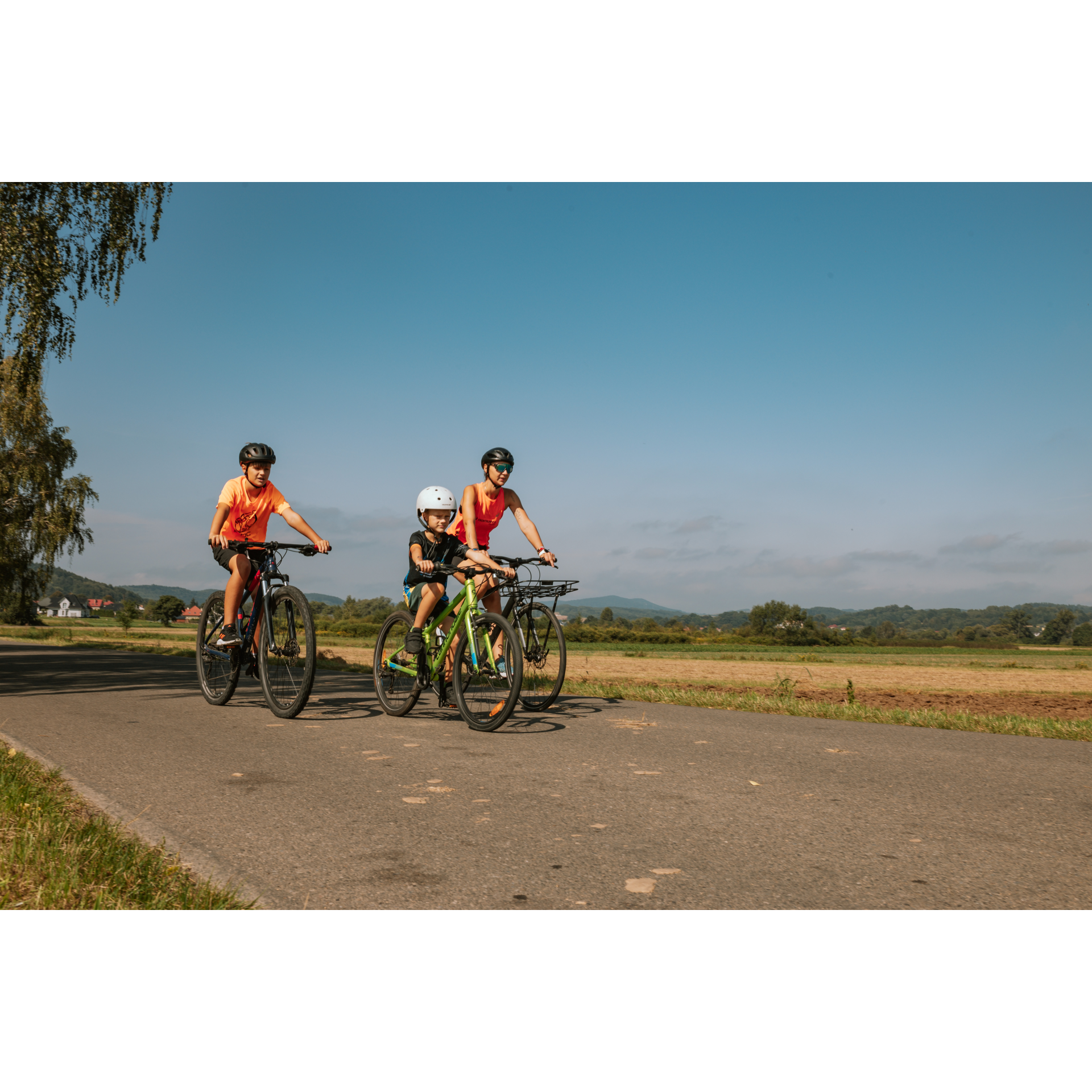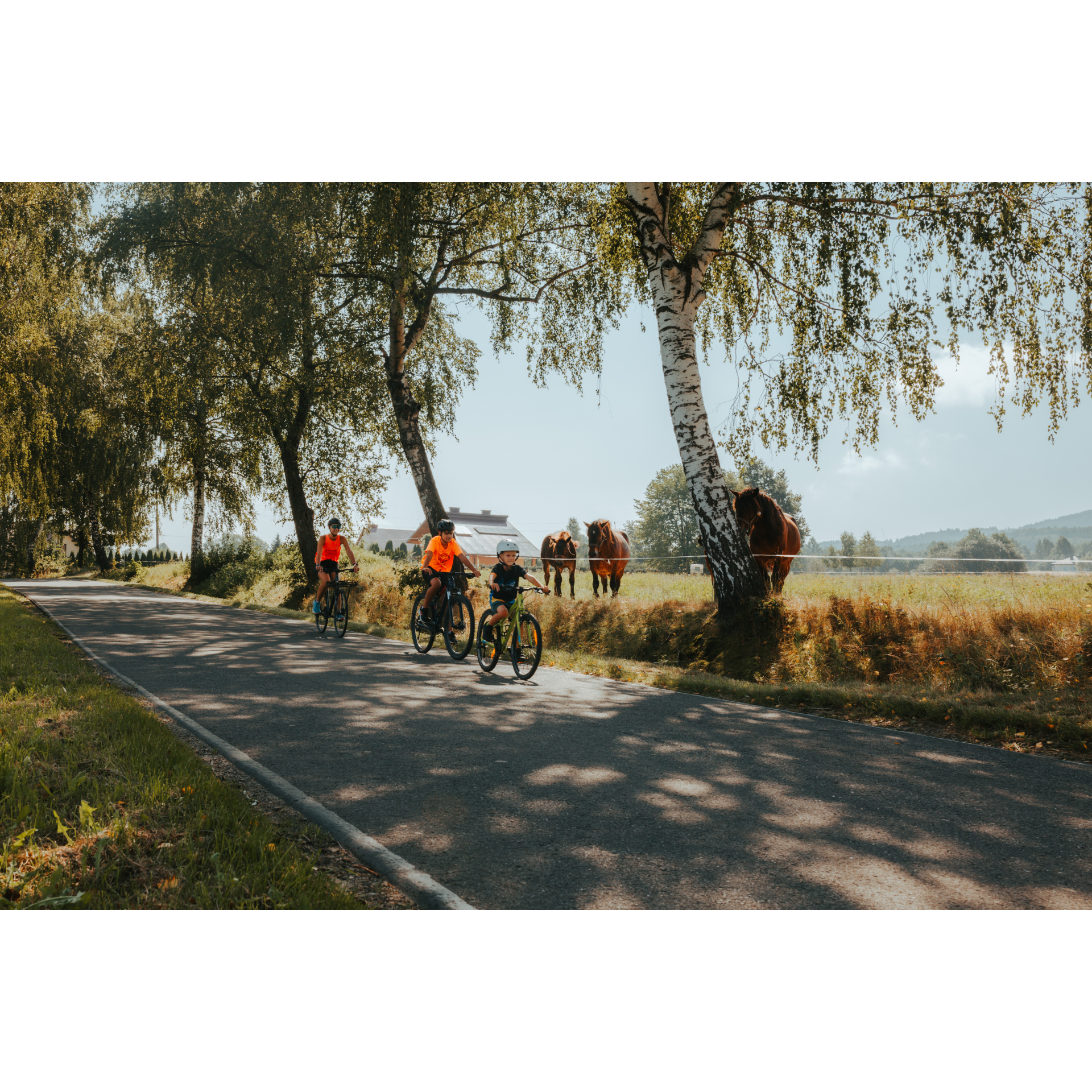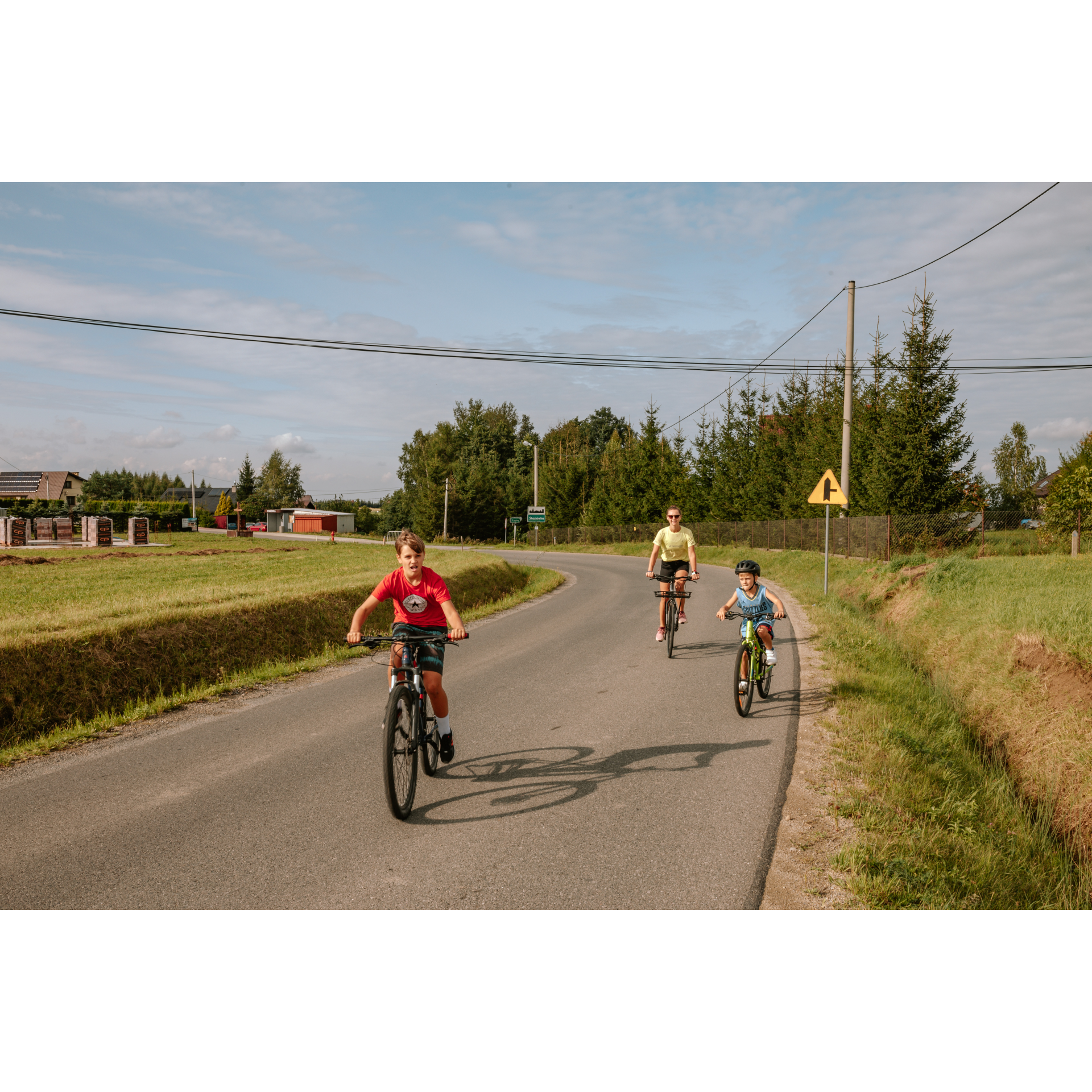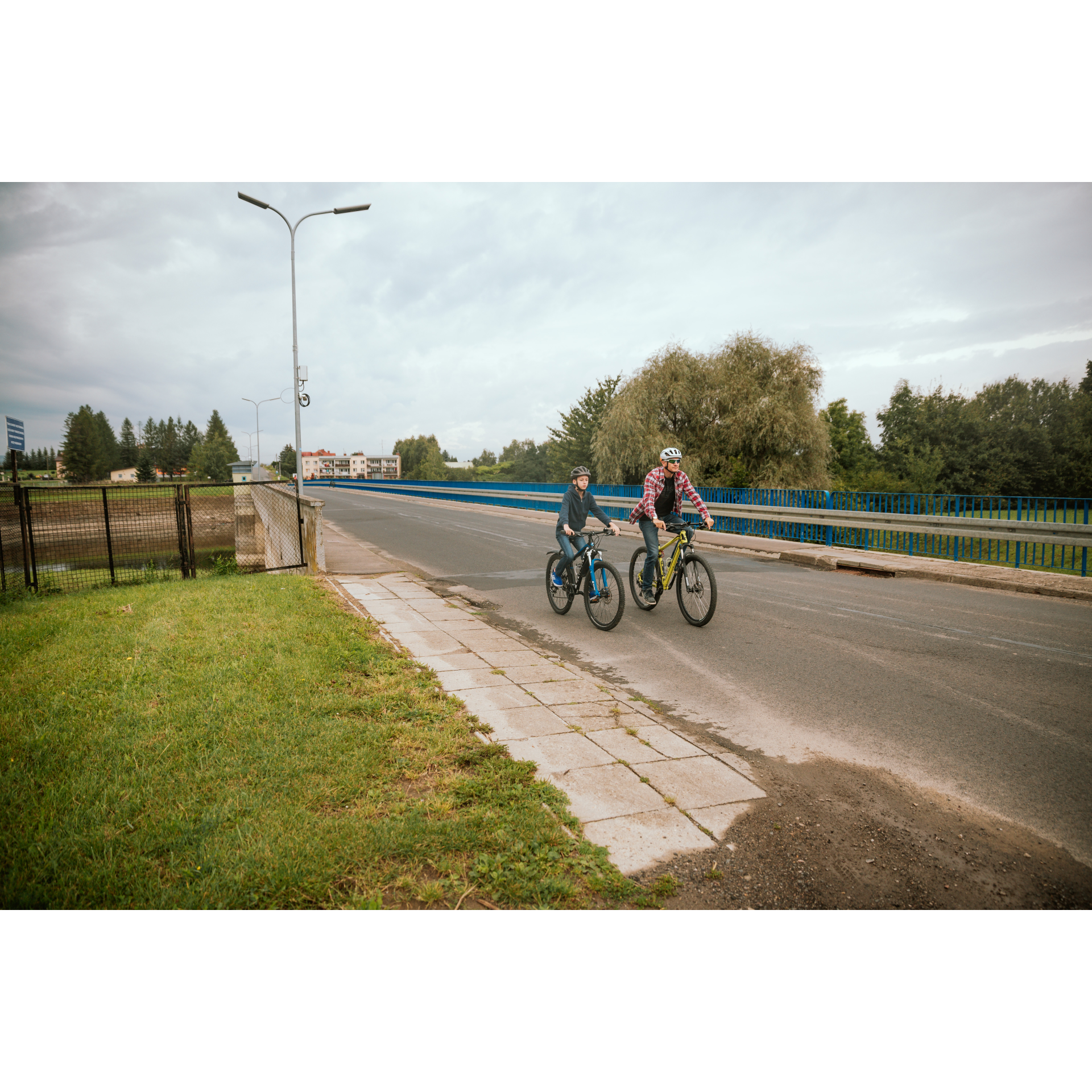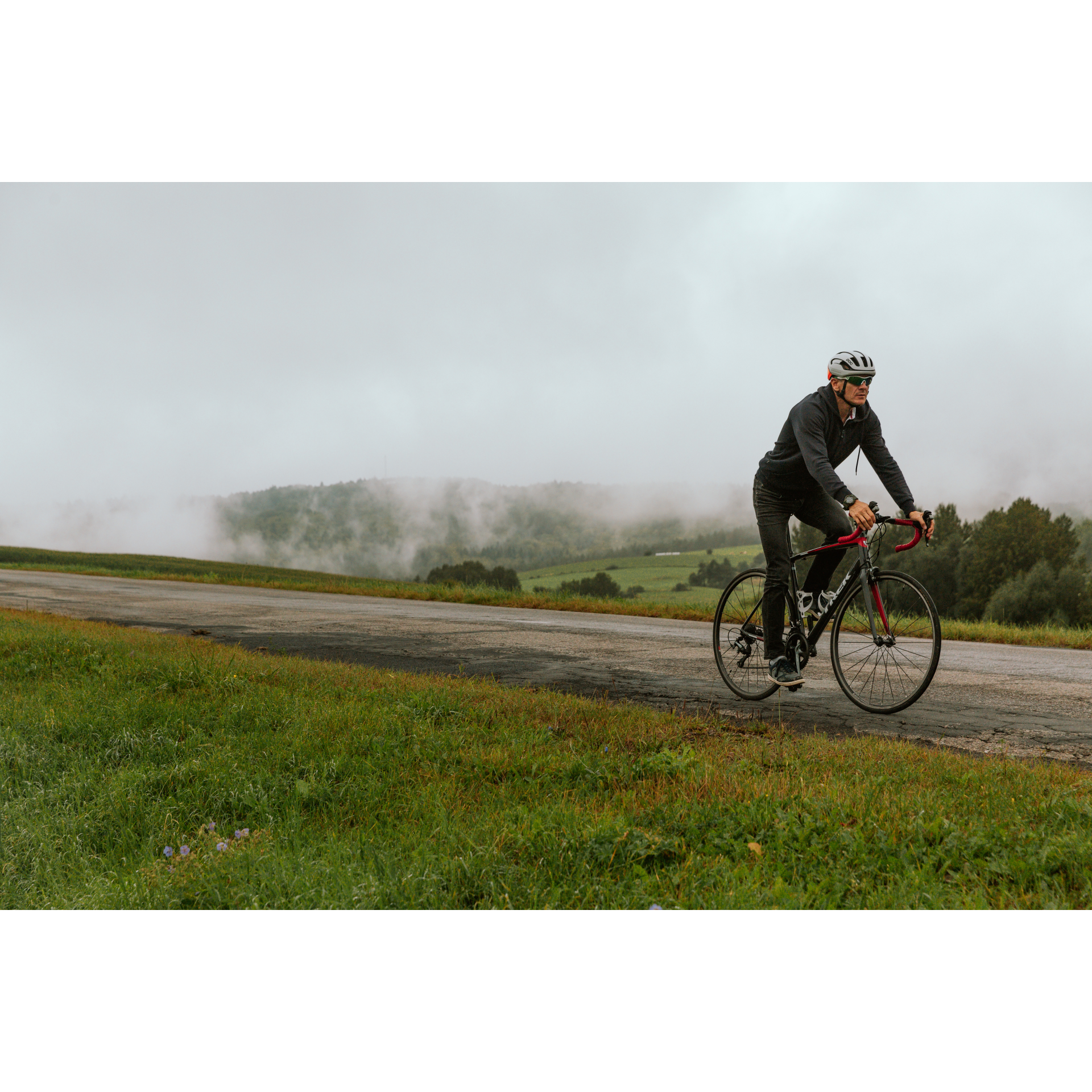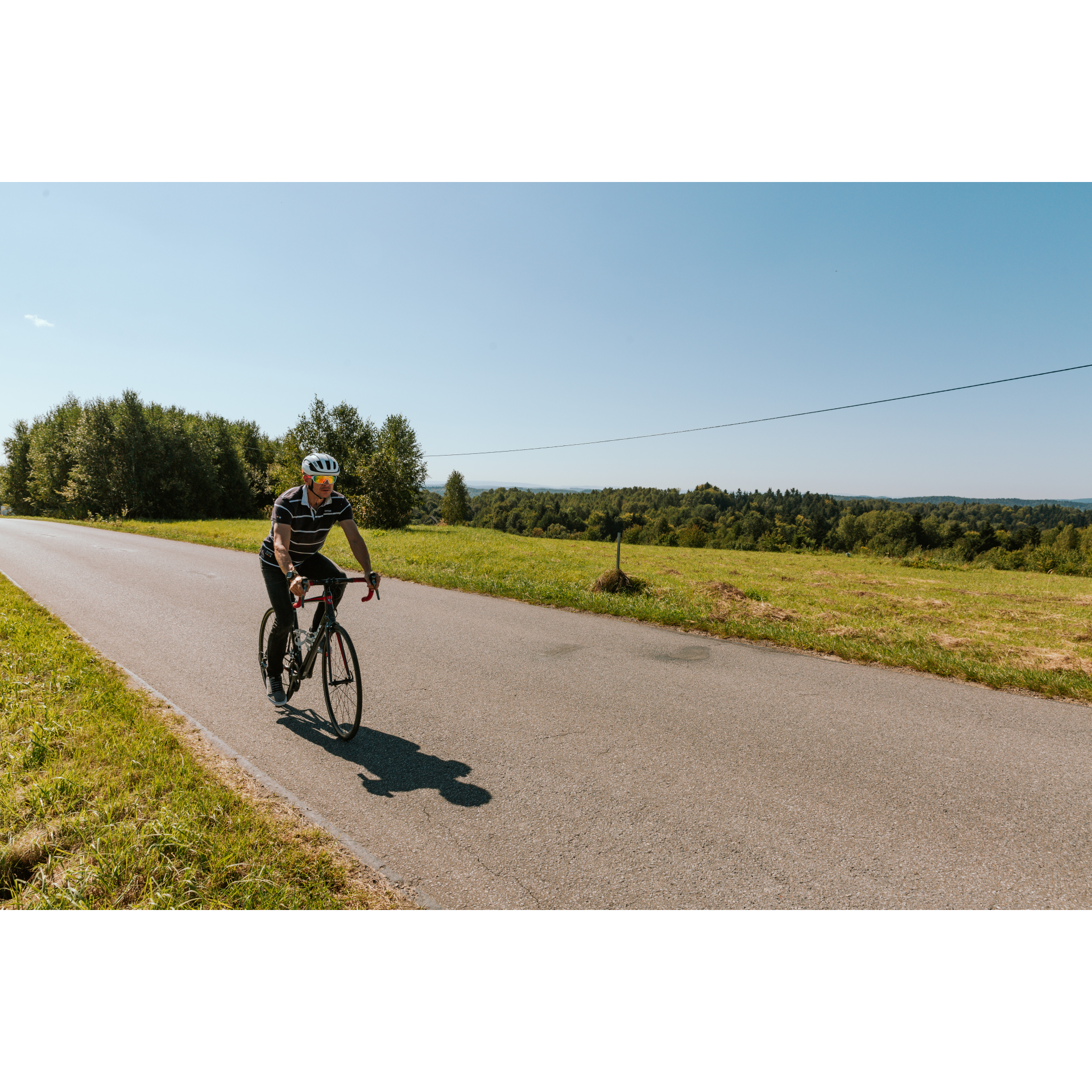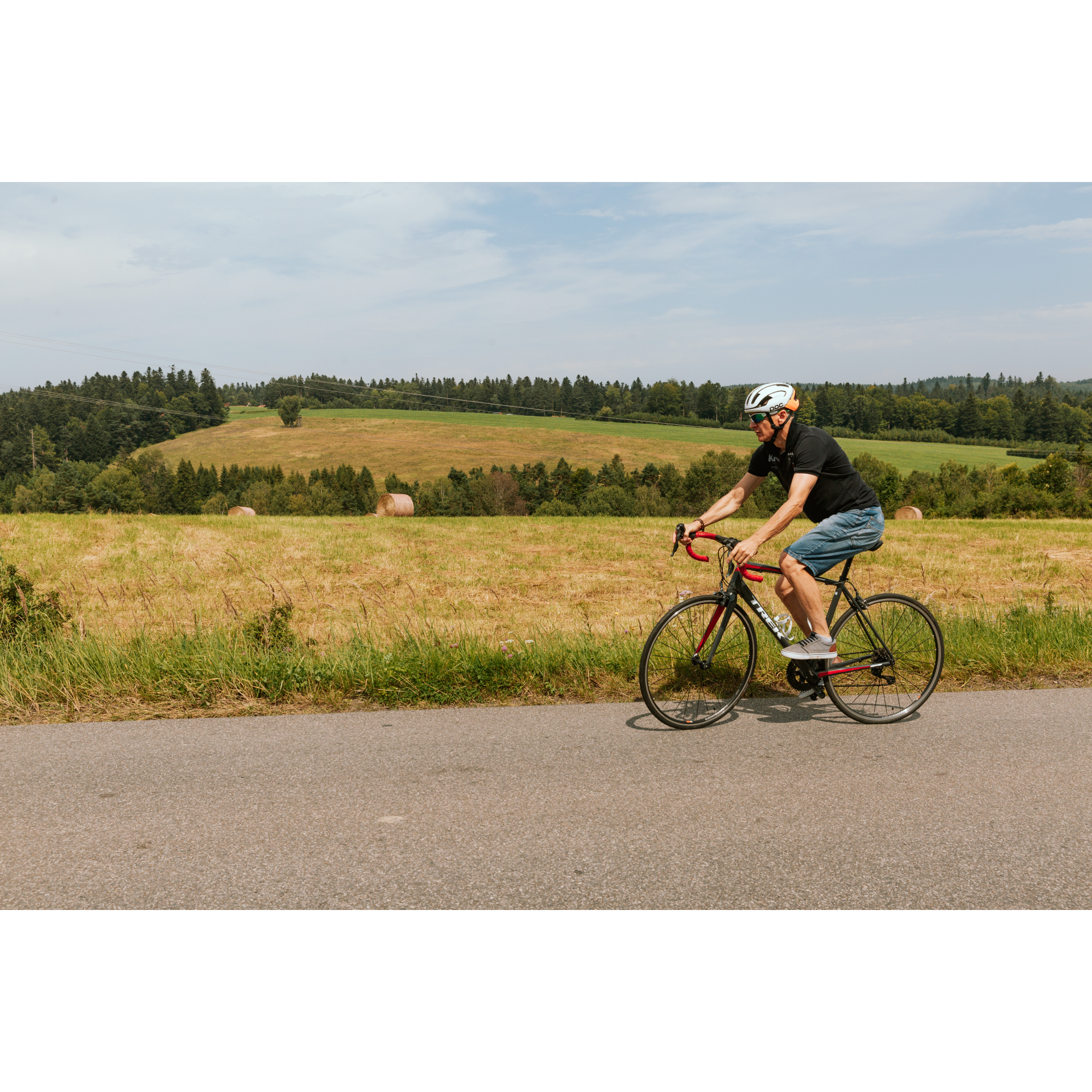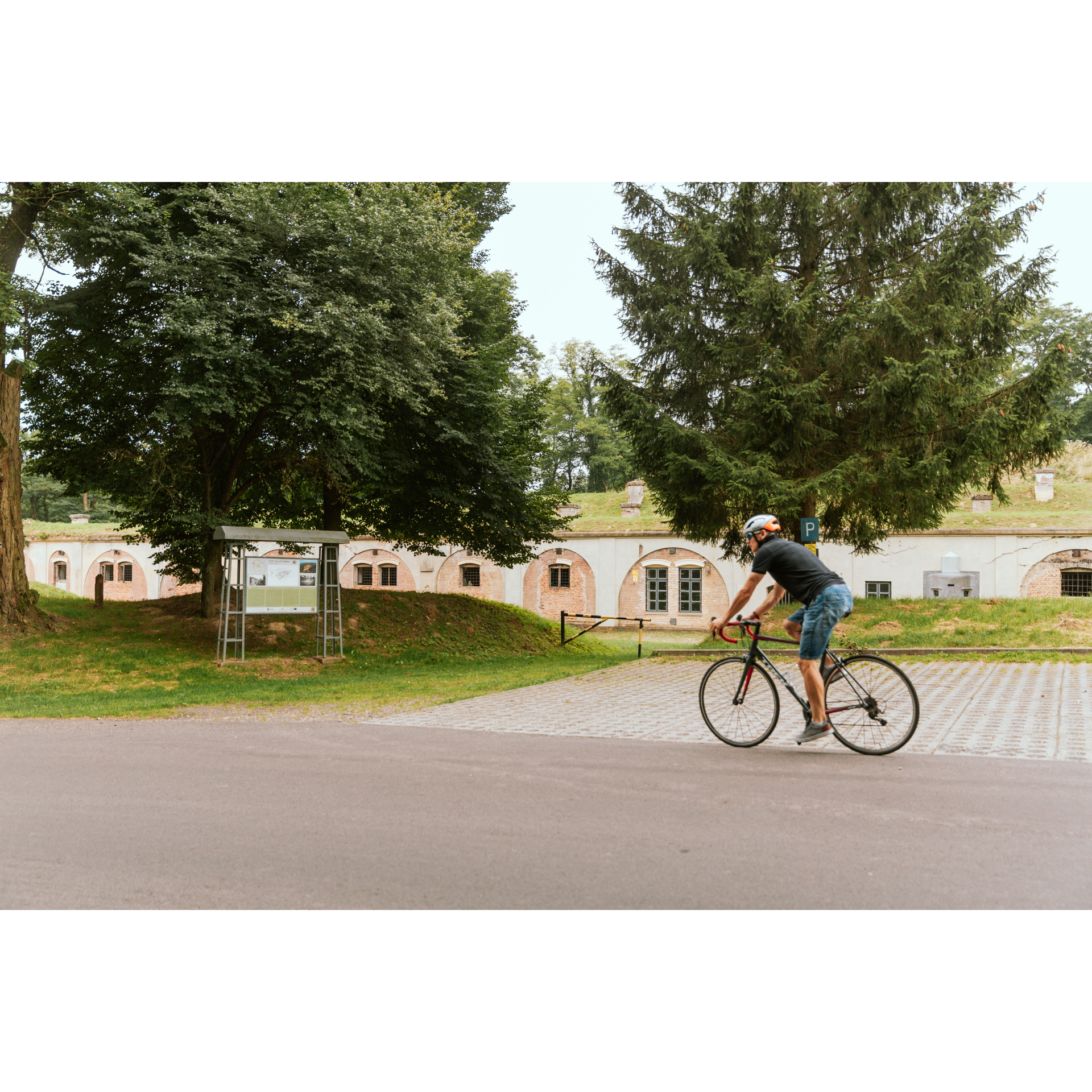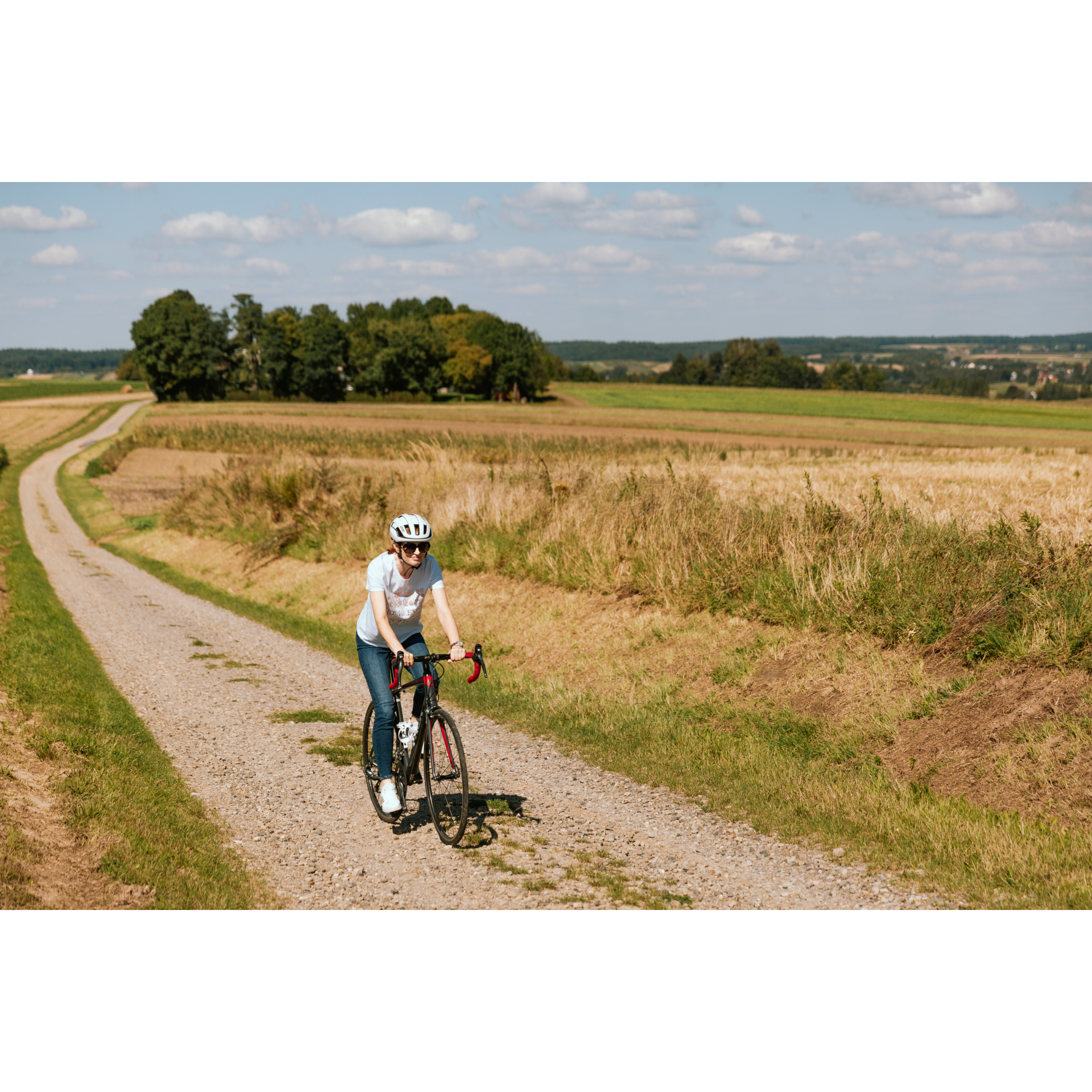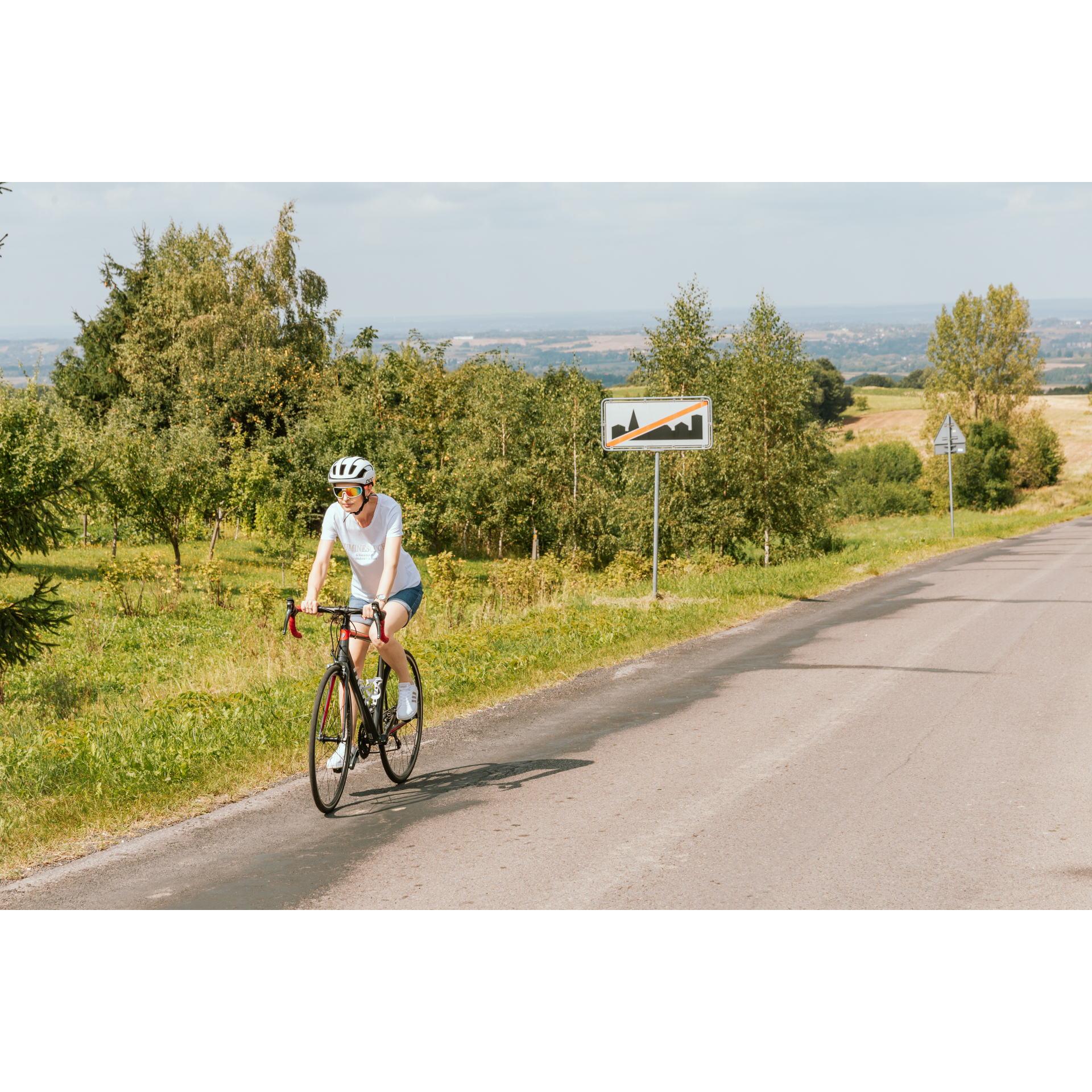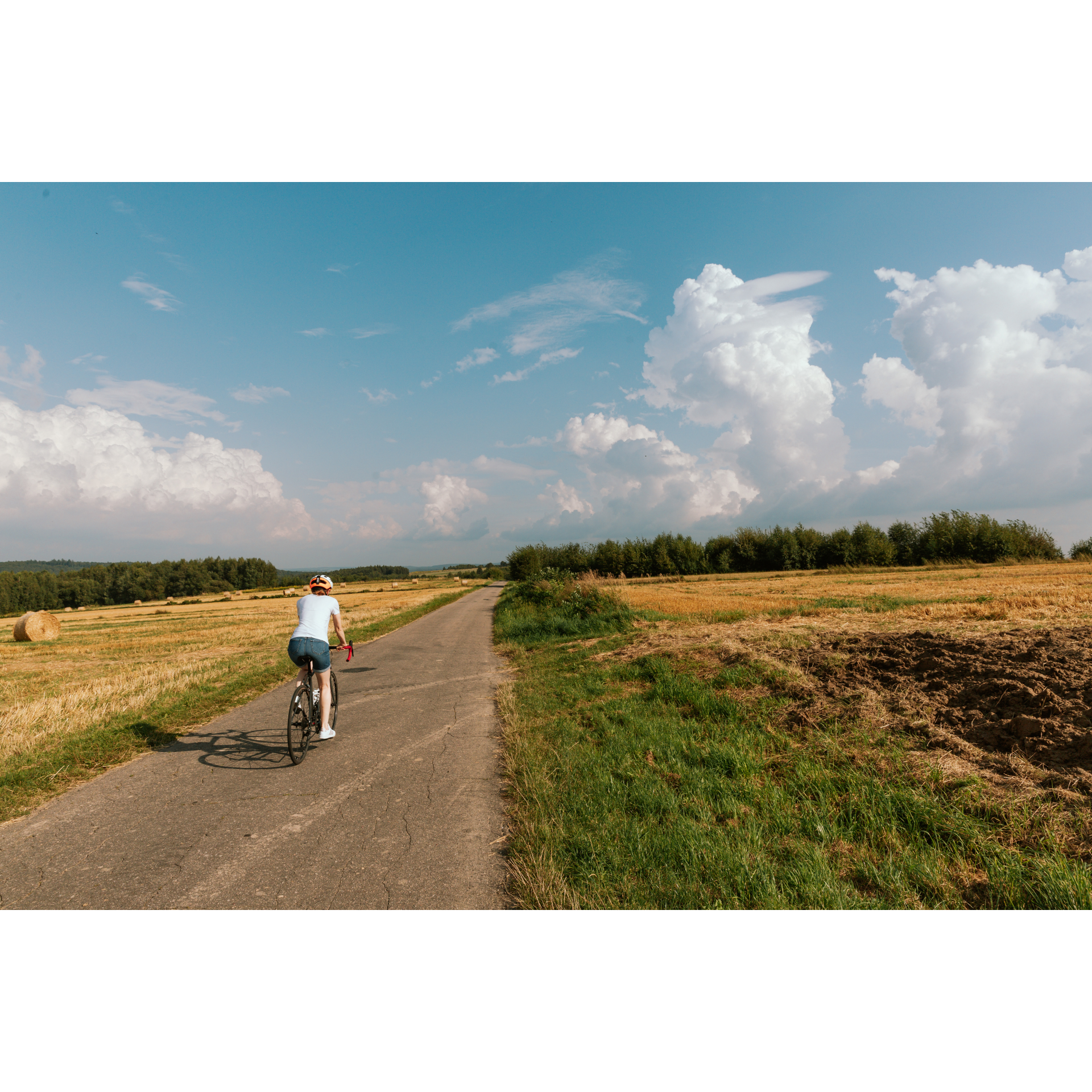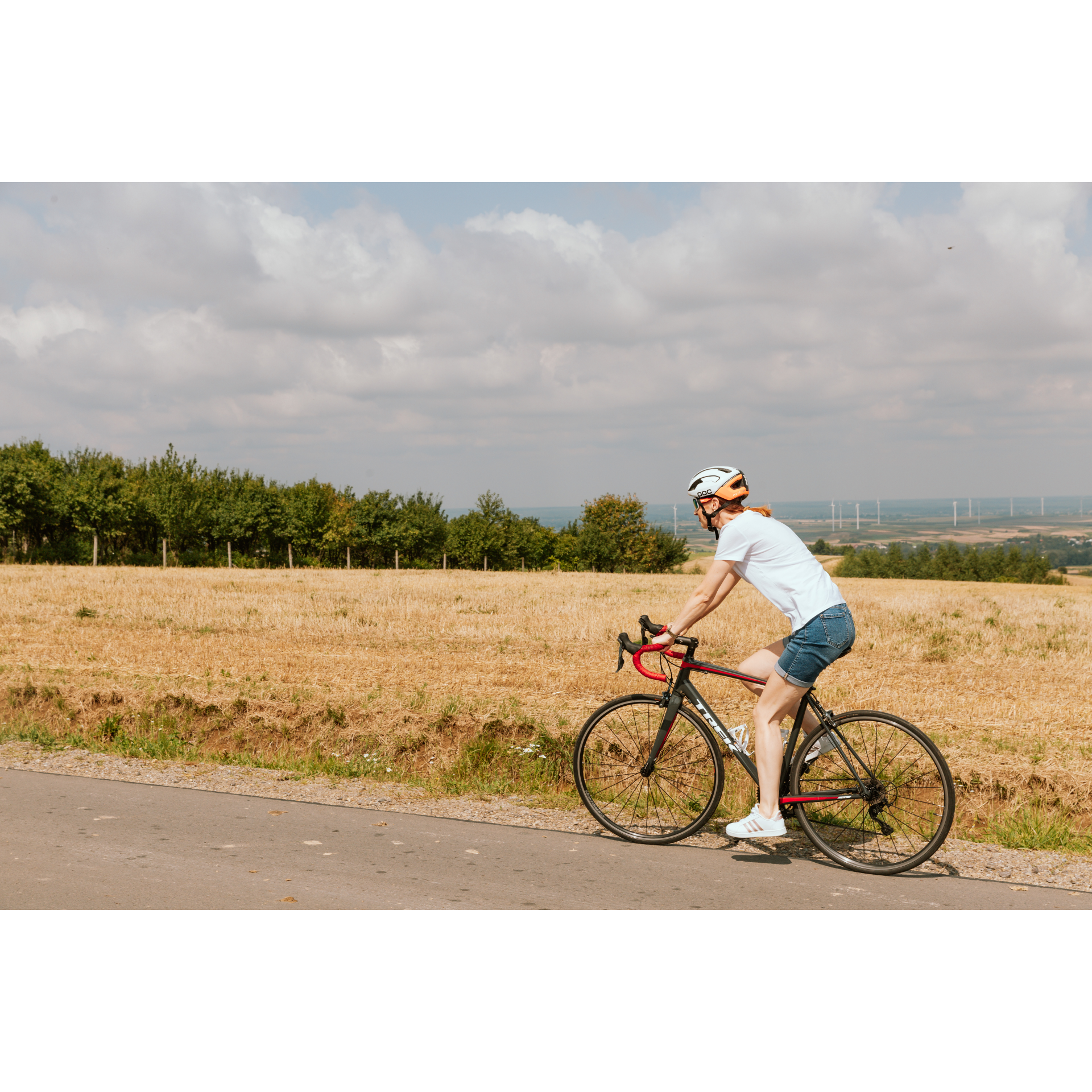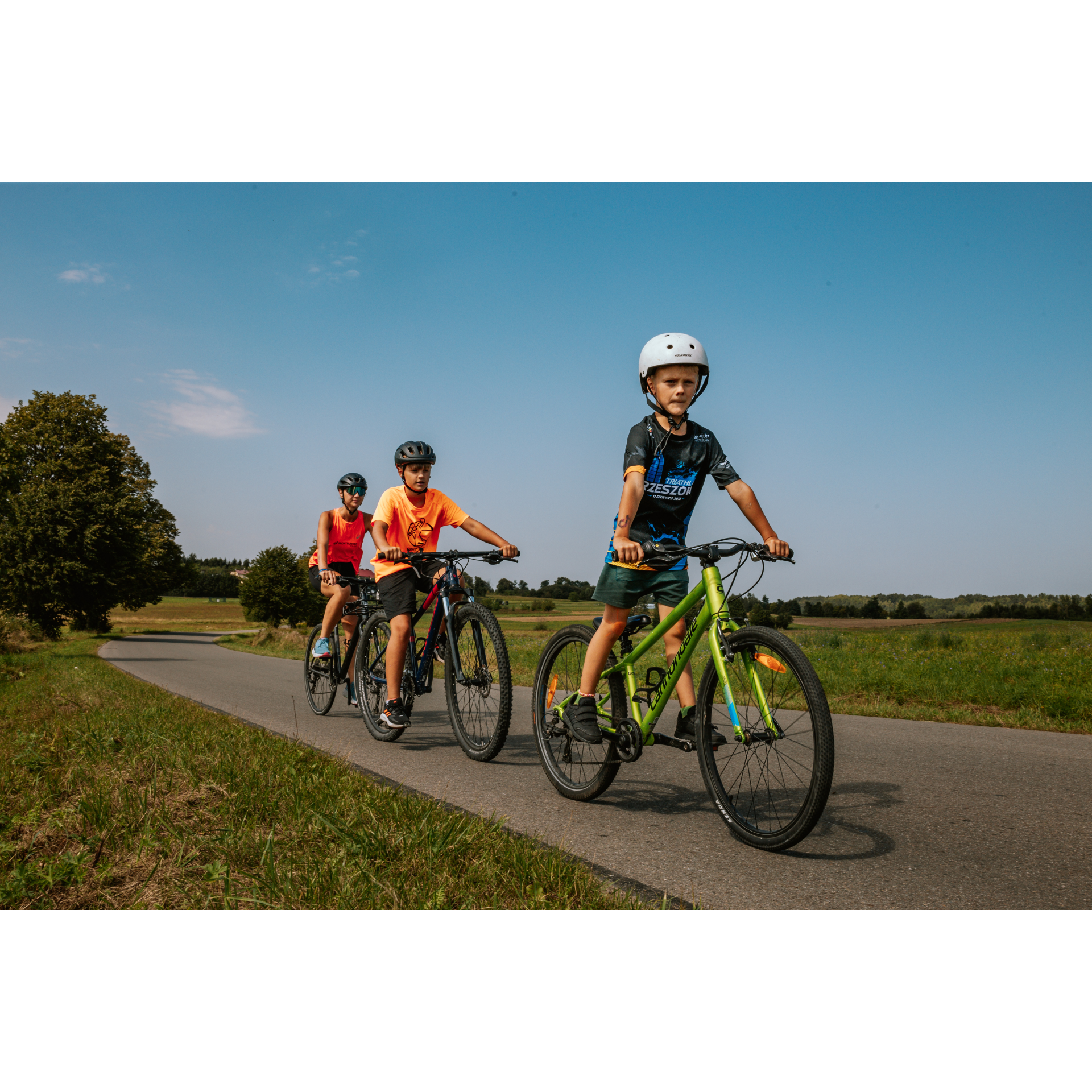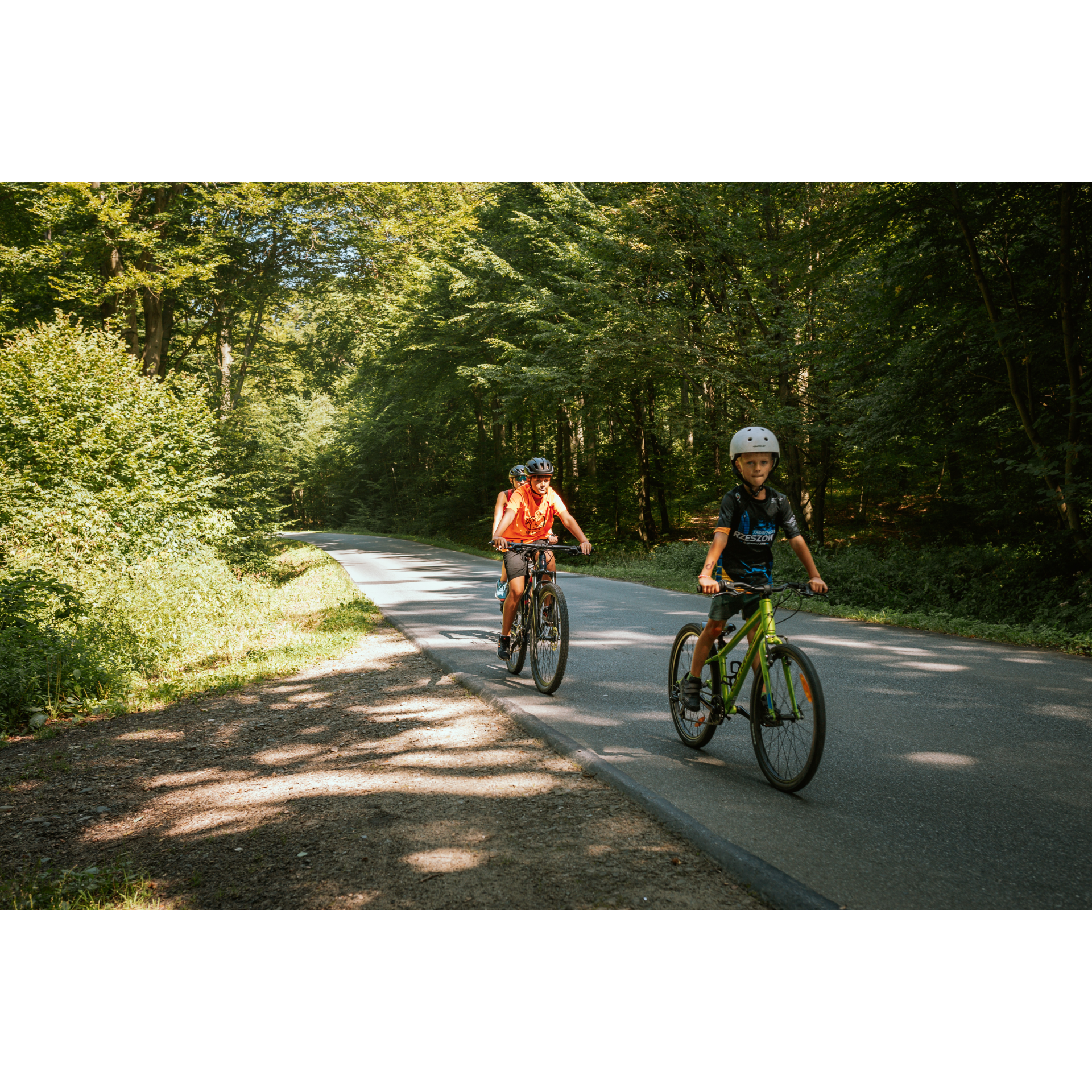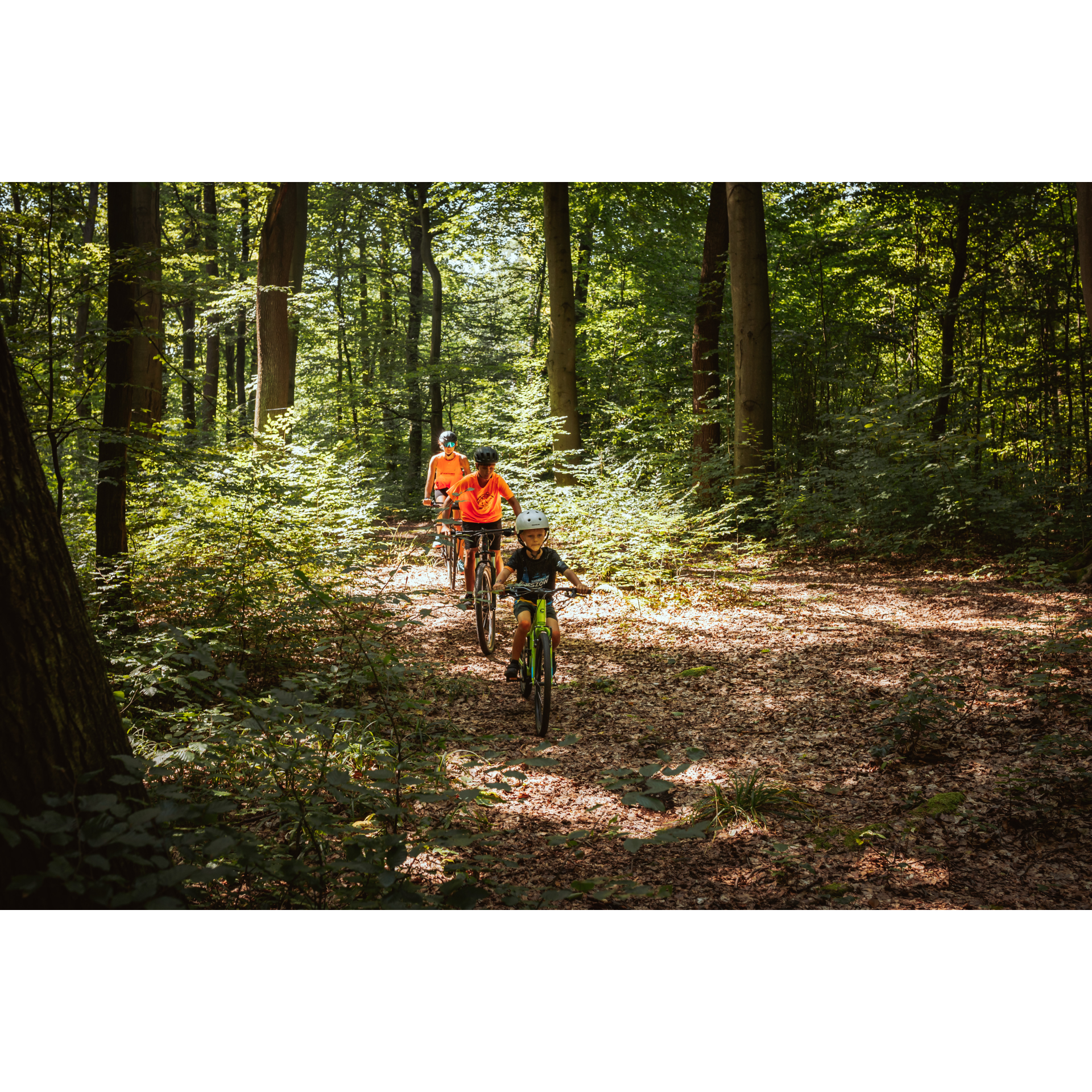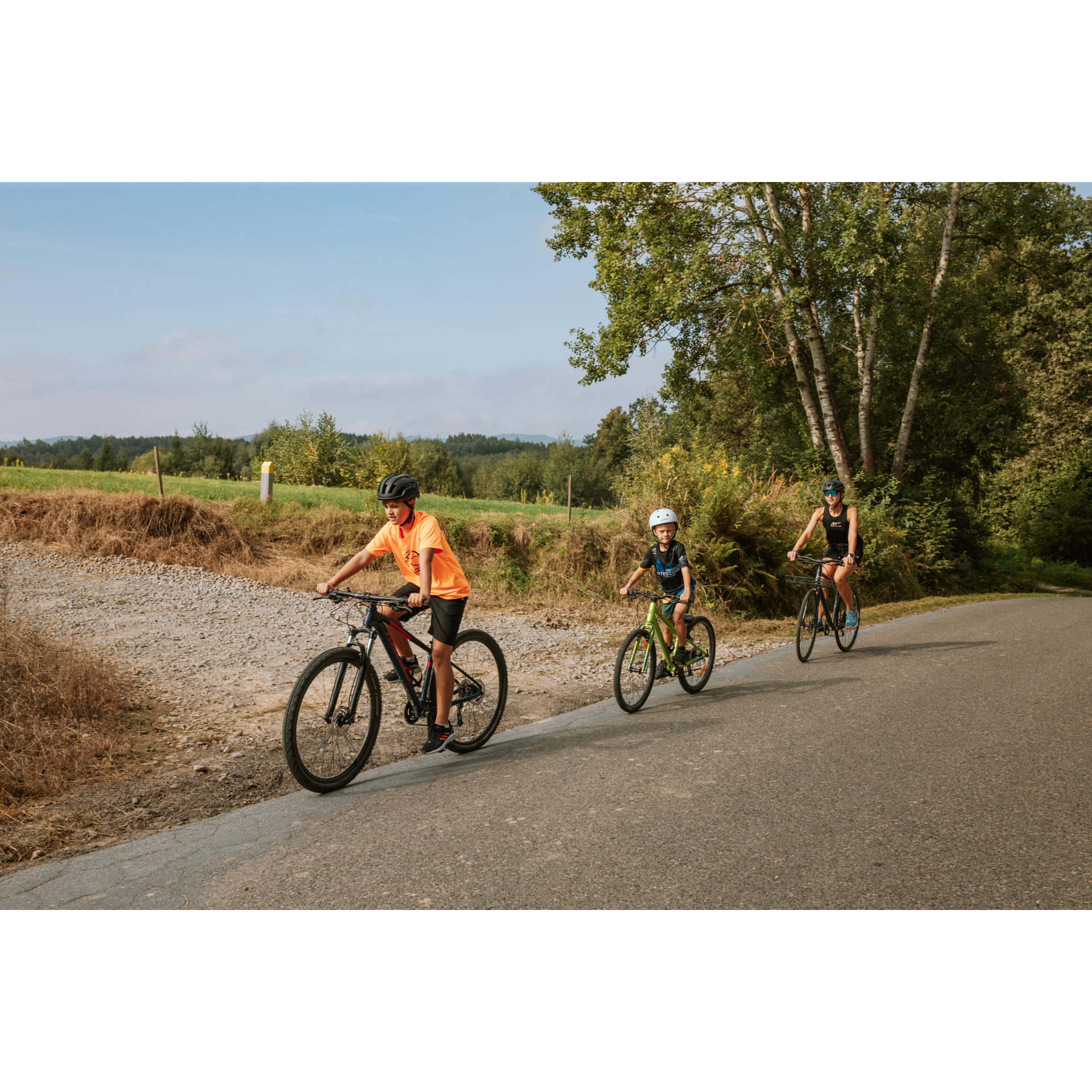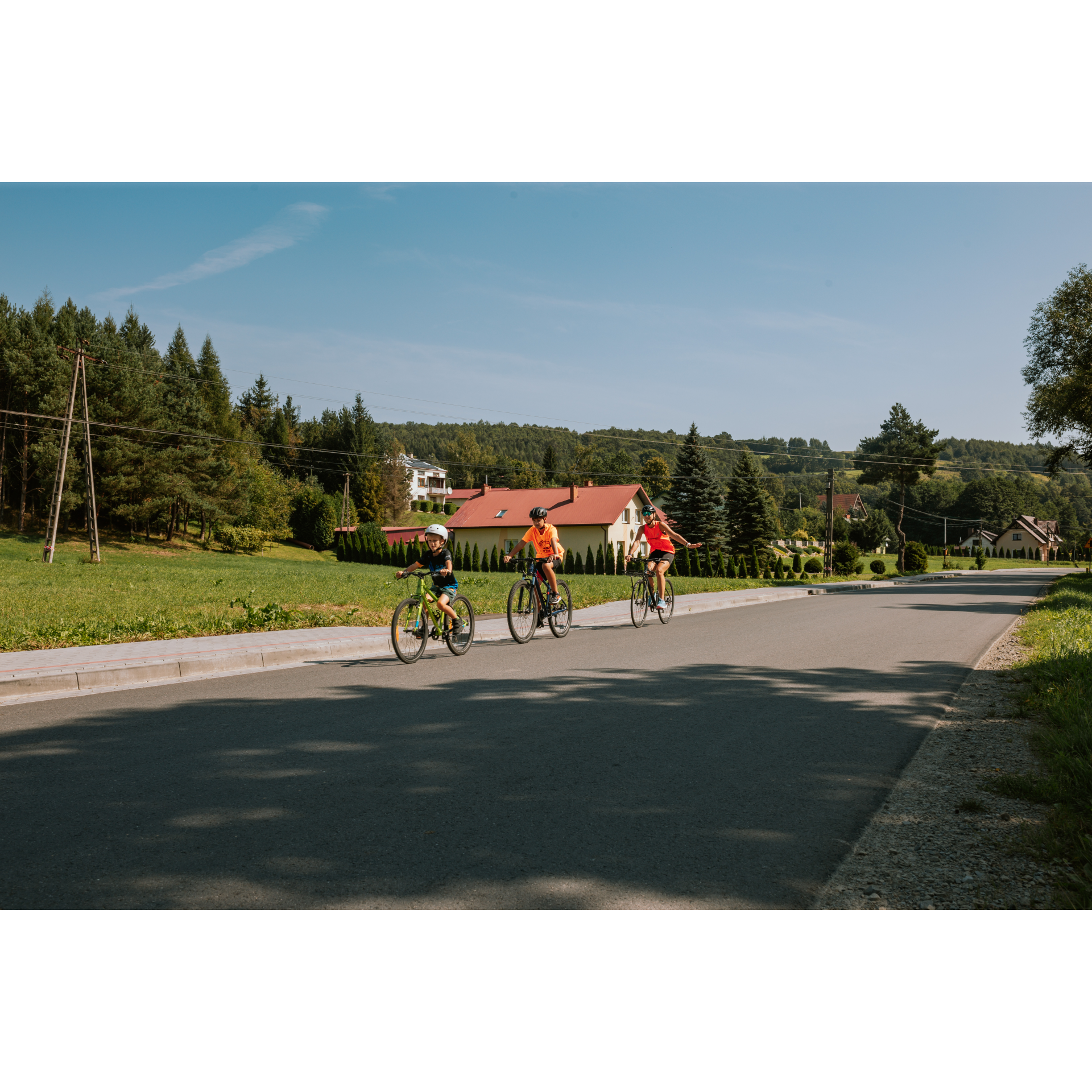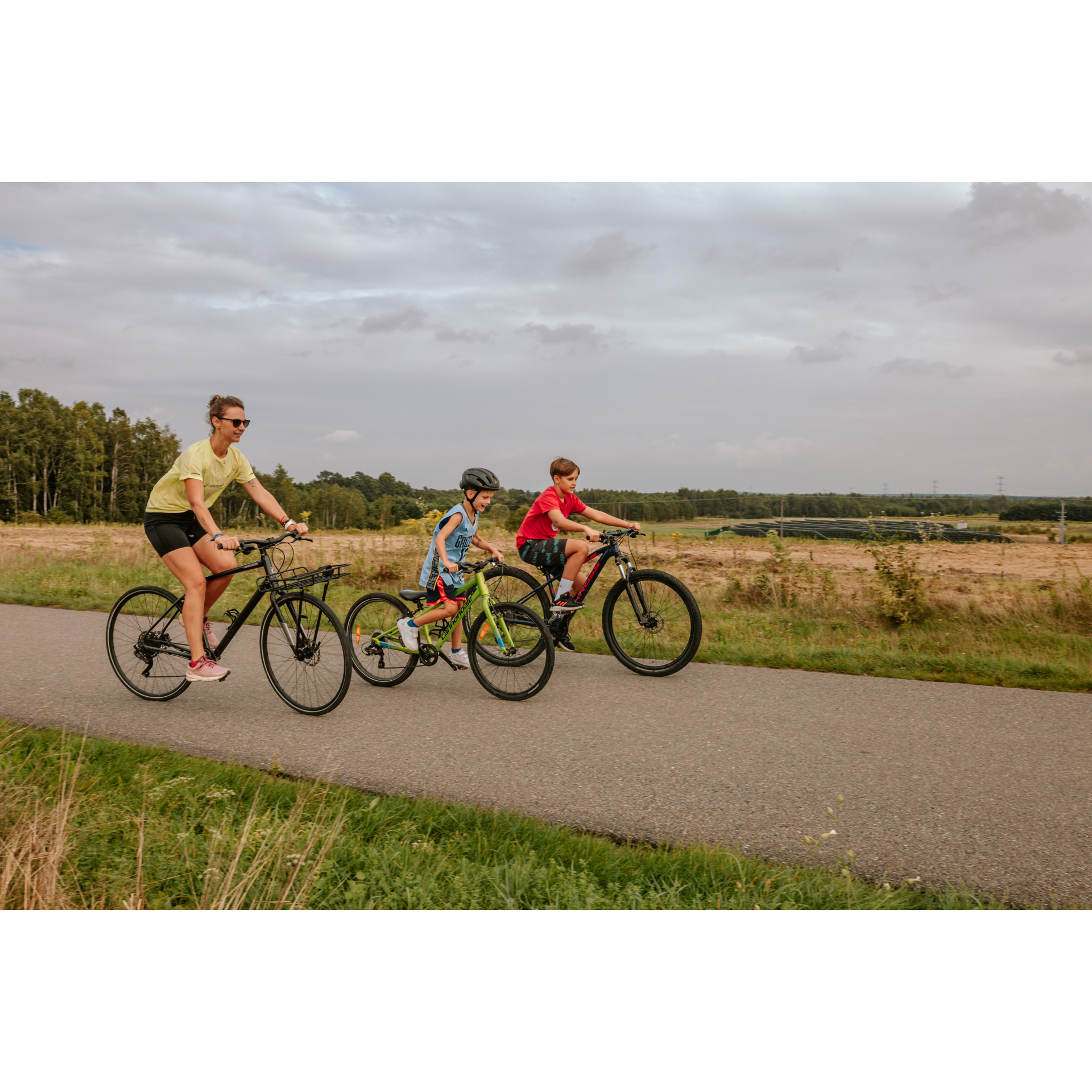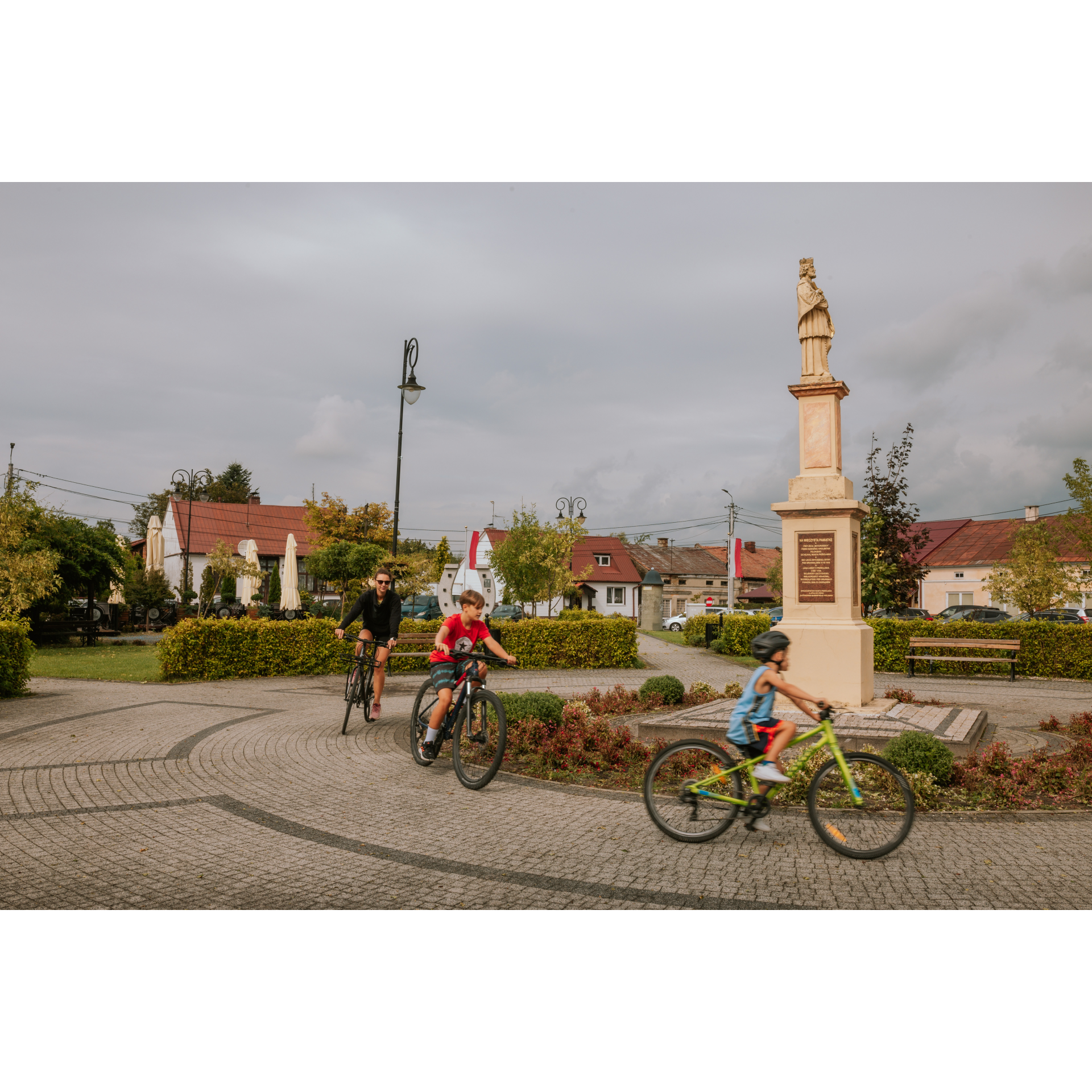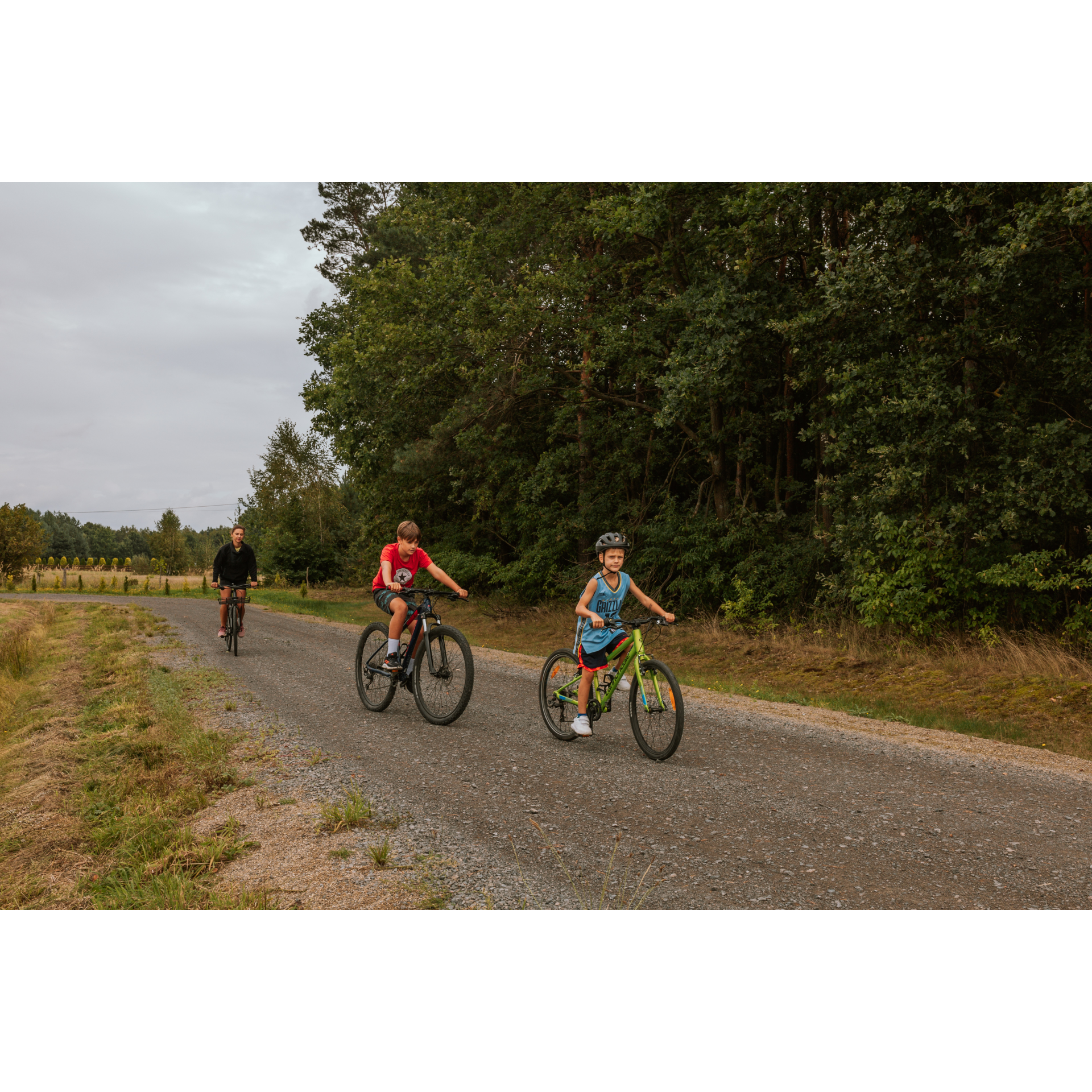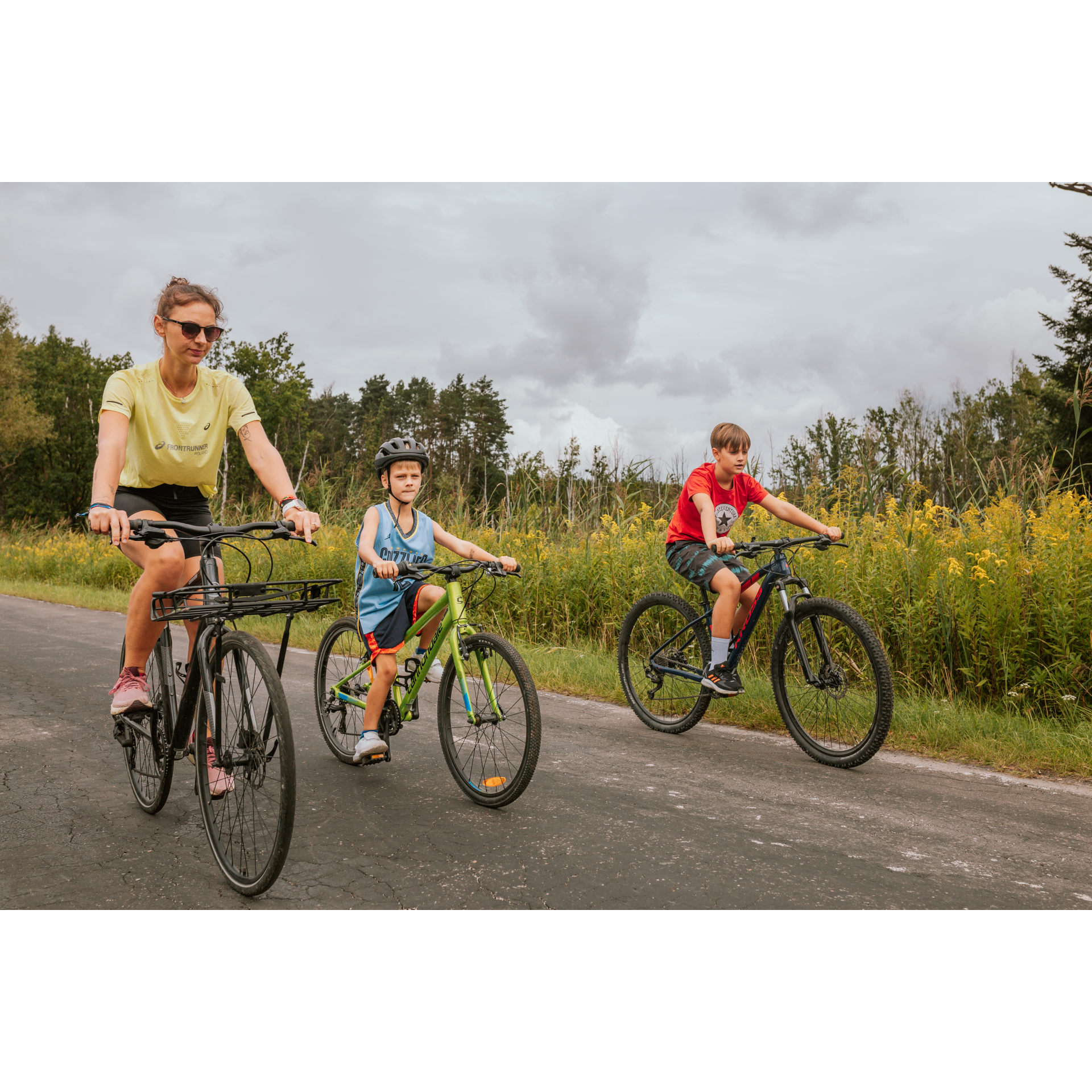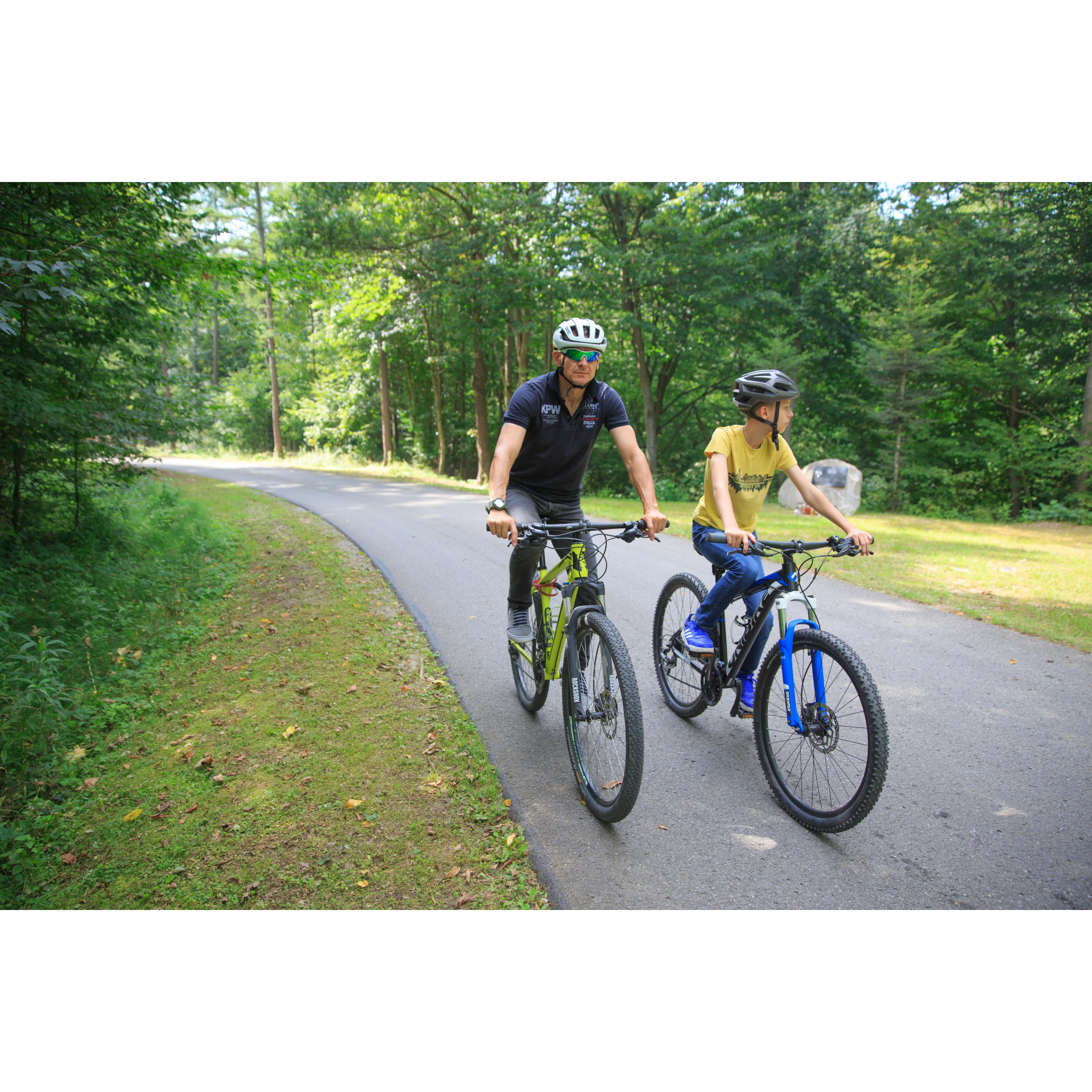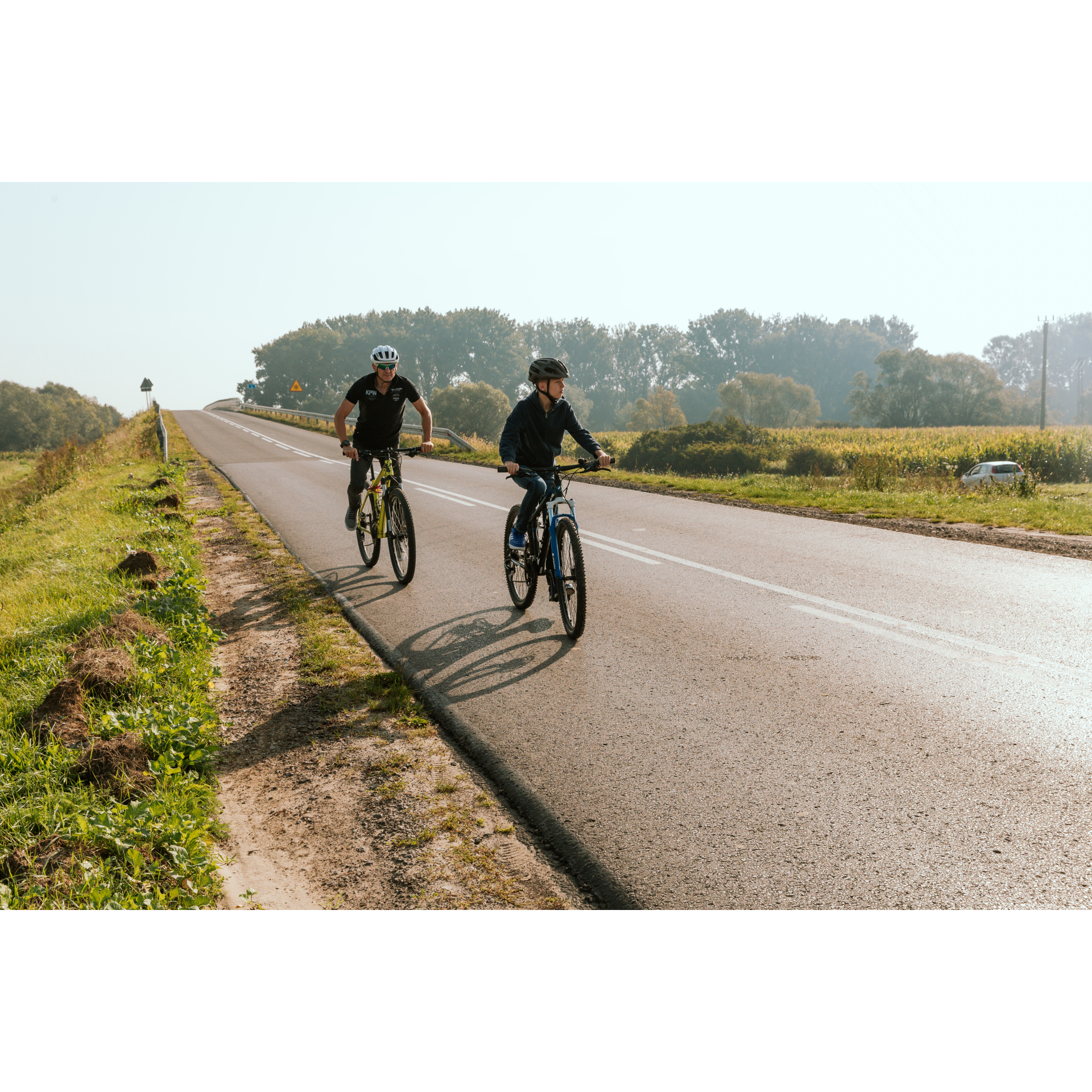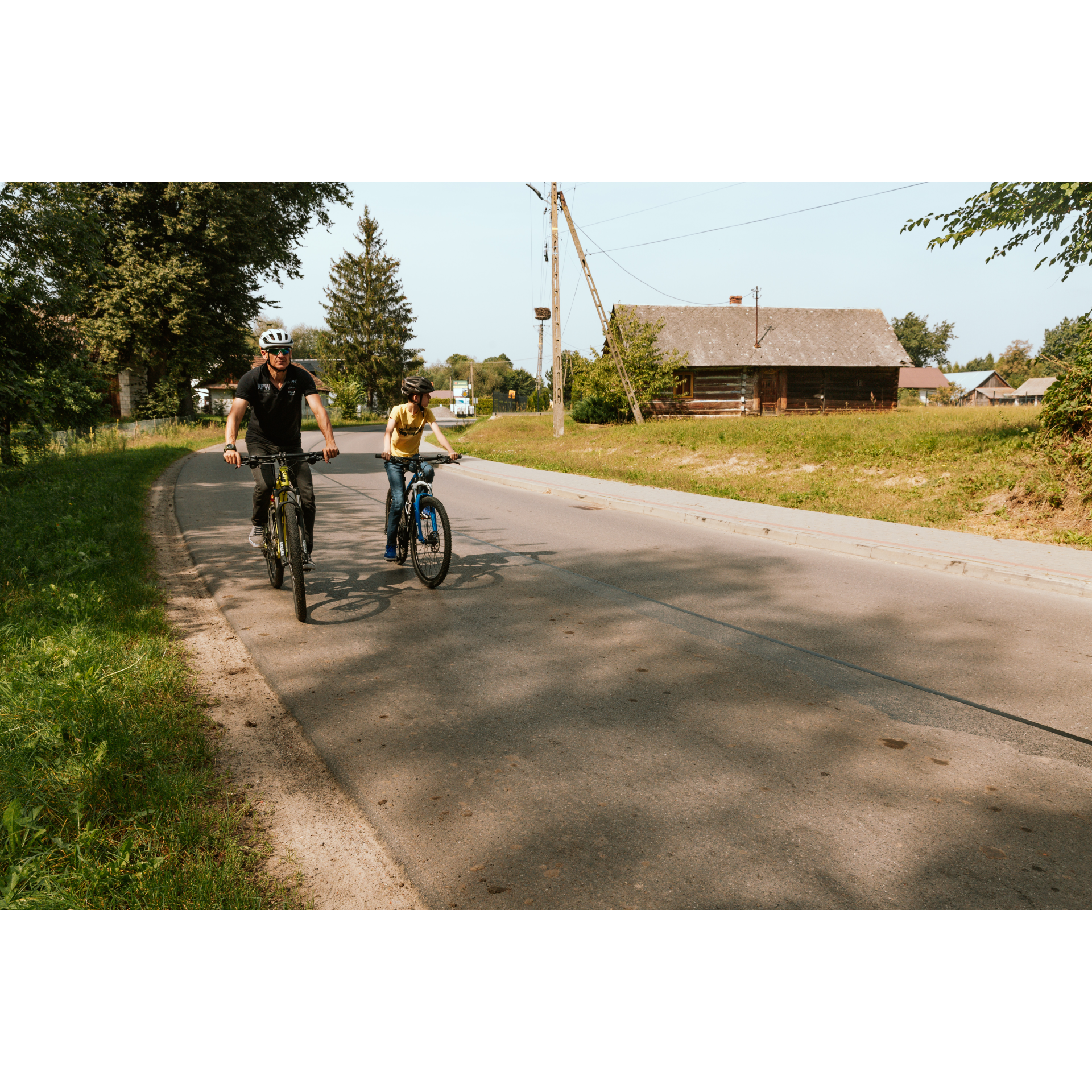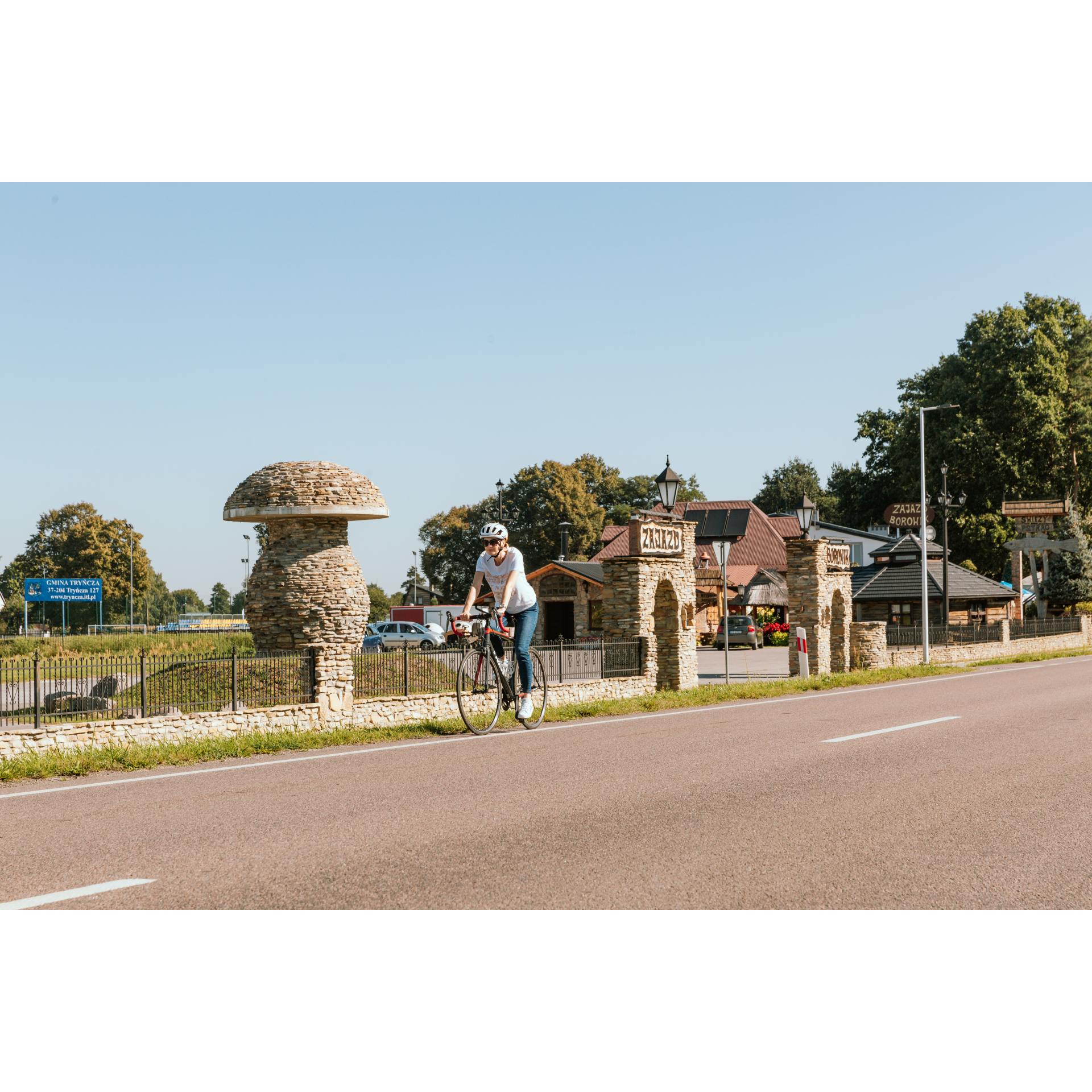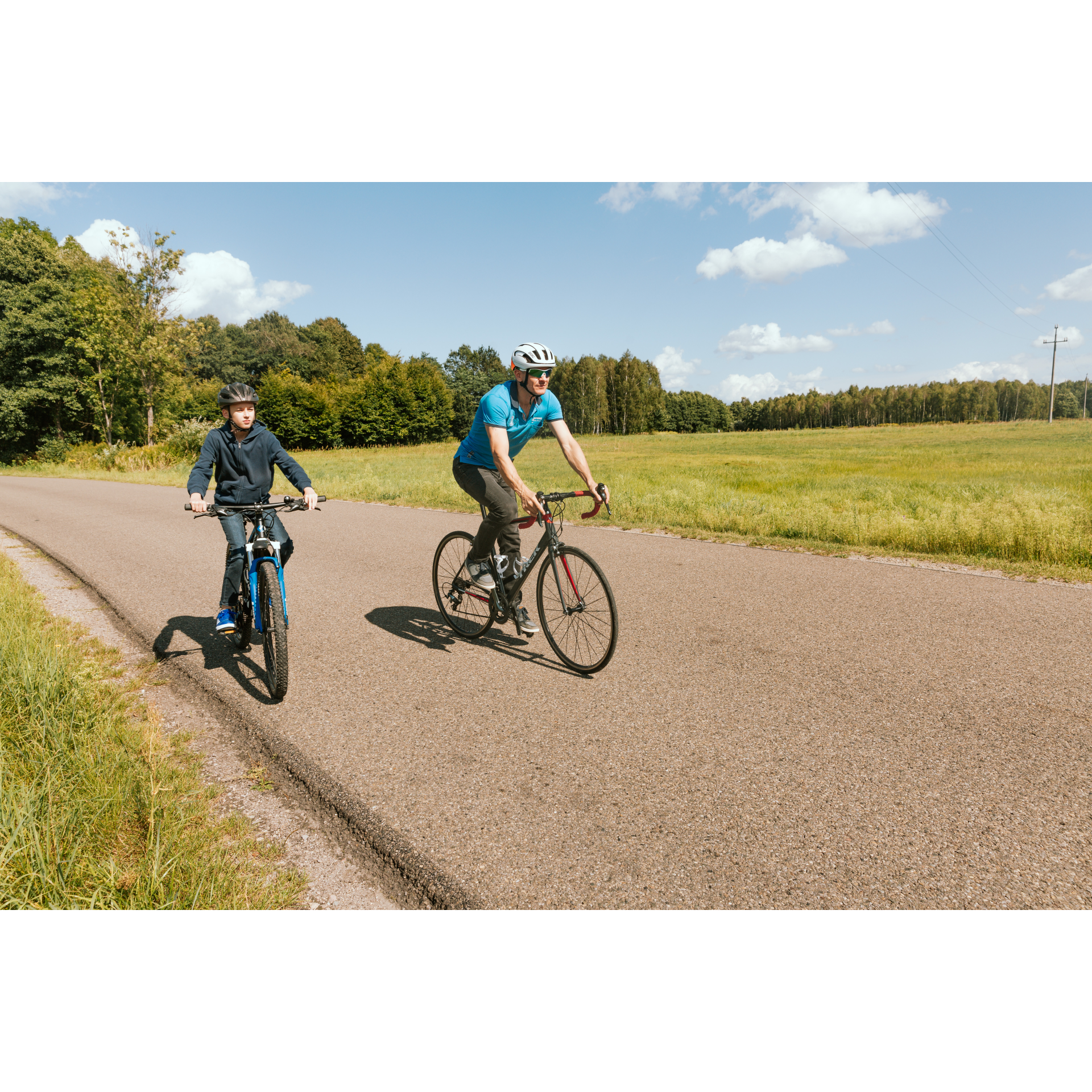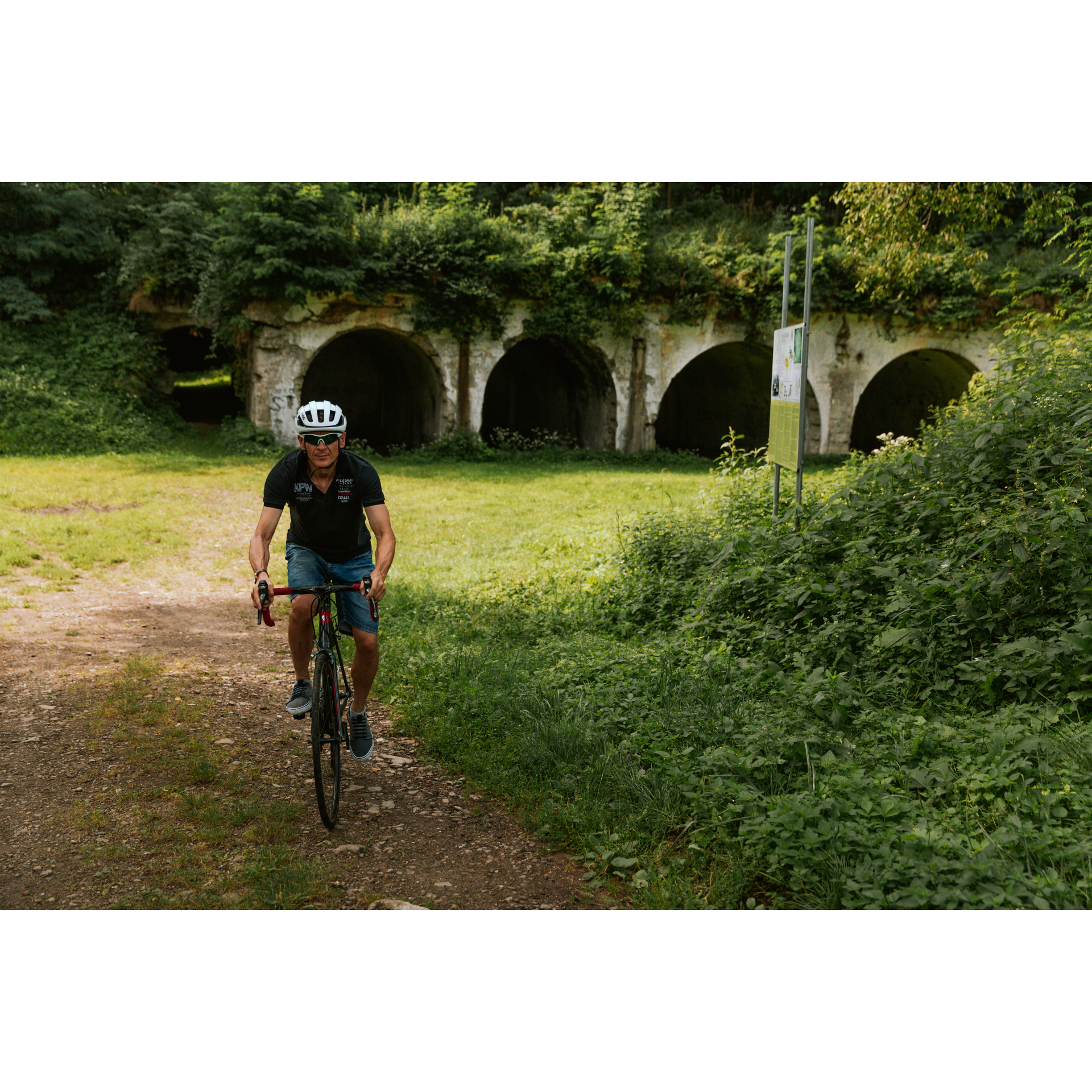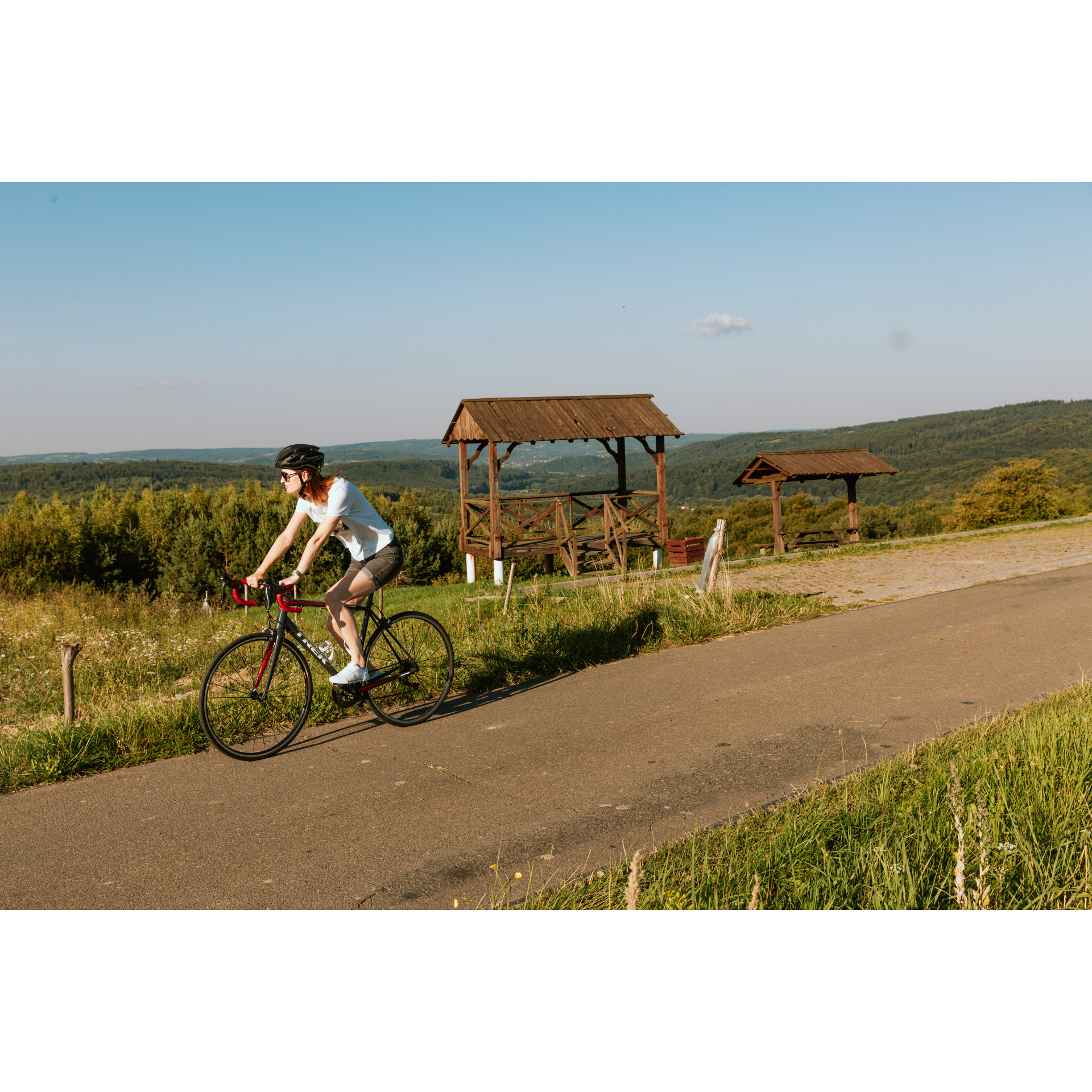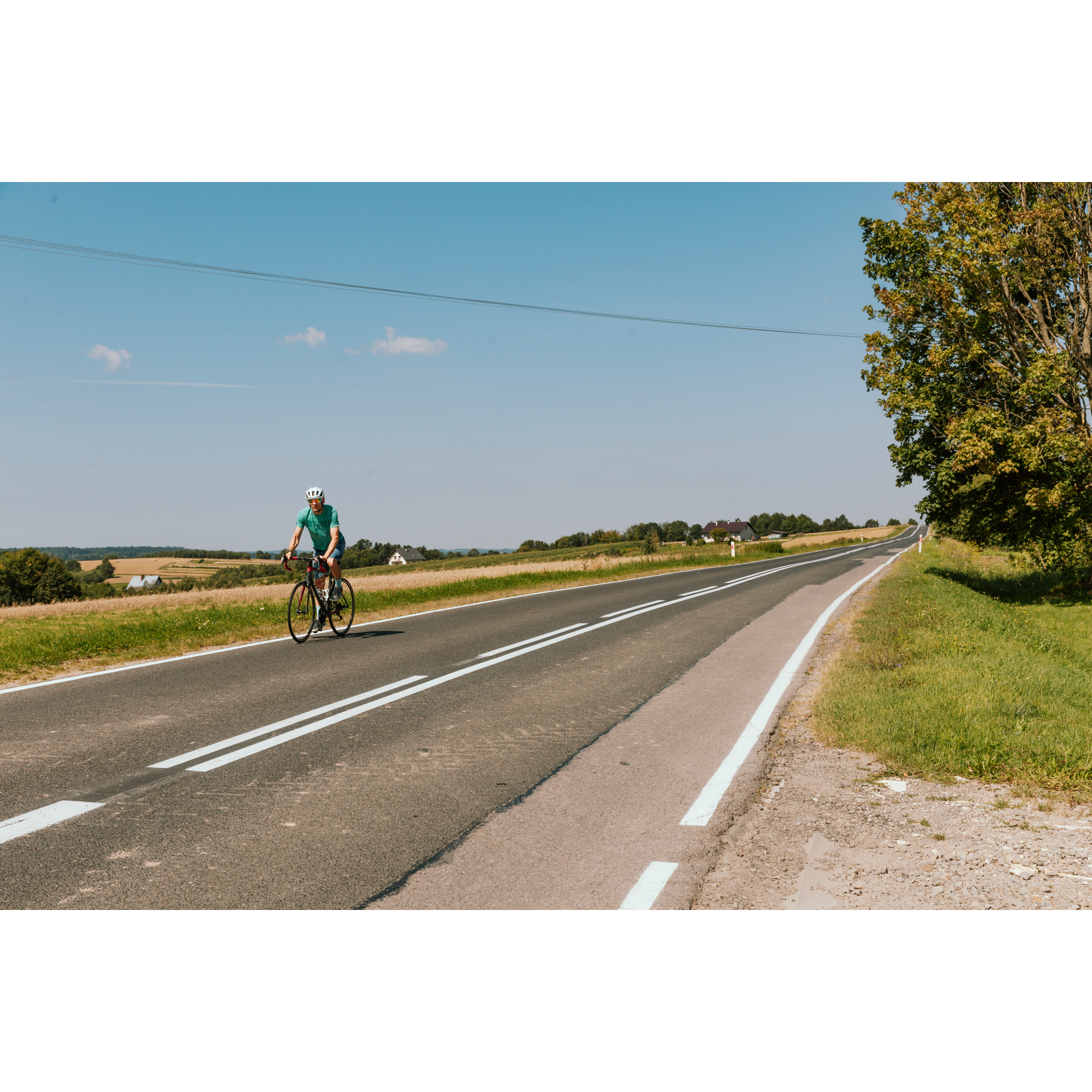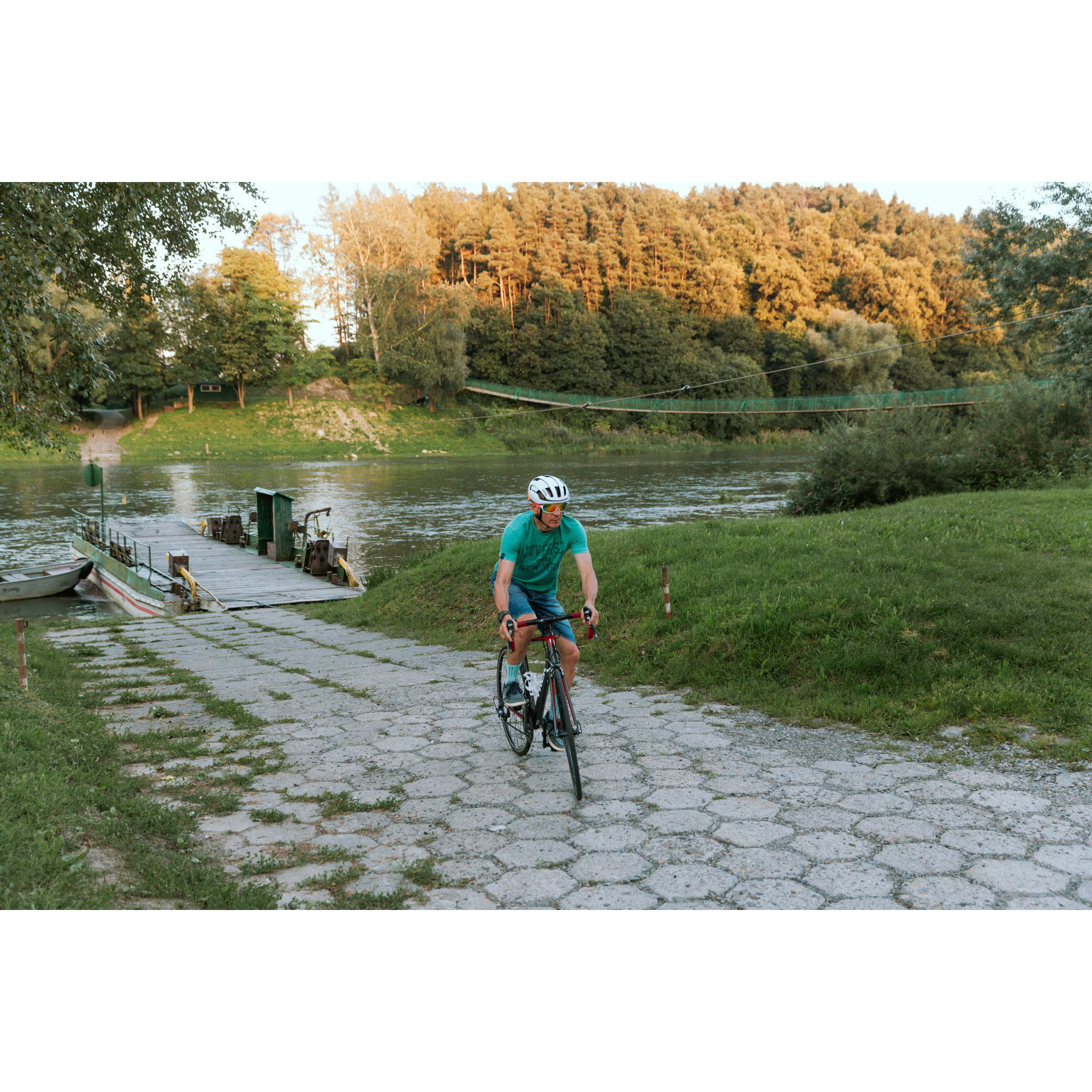The Low Beskid
To the south of Żmigród, following the trail of churches, cemeteries, and depopulated villages.
XML, 112.46kB
About this route
A challenging route, primarily due to its distance, the number of climbs, elevation gains, and the type of surface. However, it takes you through sparsely populated Beskid mountains and the vicinity of the Magurski National Park, making it incredibly relaxing and allowing you to clear your mind from the hustle and bustle of the big world. It is also a historical journey, reminding us that even such beautiful and seemingly untouched places can be affected by the cataclysms of wars and displacements.
Practical advices
When preparing for a route, be sure to check the weather forecast. This will allow you to take appropriate clothing and limit your luggage as much as possible. However, it is well known that the weather can be unpredictable, so be prepared if it gets worse. It is good practice to pack a thin rain jacket that does not take up much space.
Before starting the route, carefully analyse it on a map. Consider whether your skills and equipment are adequate for the level of difficulty of the route.
Download the accompanying .gpx file so that you always have your navigation at hand. To make sure your device doesn't fail you, also bring a power bank, charger or spare batteries. If the weather changes, you may find it useful to have a waterproof case for your electronic equipment.
Be sure to take drinks and food with you on long journeys; you never know when you will get hungry. Remember that a shop or restaurant may be located a long way away. We recommend that you stock up on water, isotonic drinks, energy bars and snacks. This will make sure you don't lose the motivation to continue riding.
The absolute basis for safety is, of course, a helmet. Also, prepare yourself technically. Make sure you have adequate lighting on your bike. Pack a repair kit. Spare inner tubes, a pump, a multitool, all of these things can come in handy in the event of a breakdown, which of course you don't want!
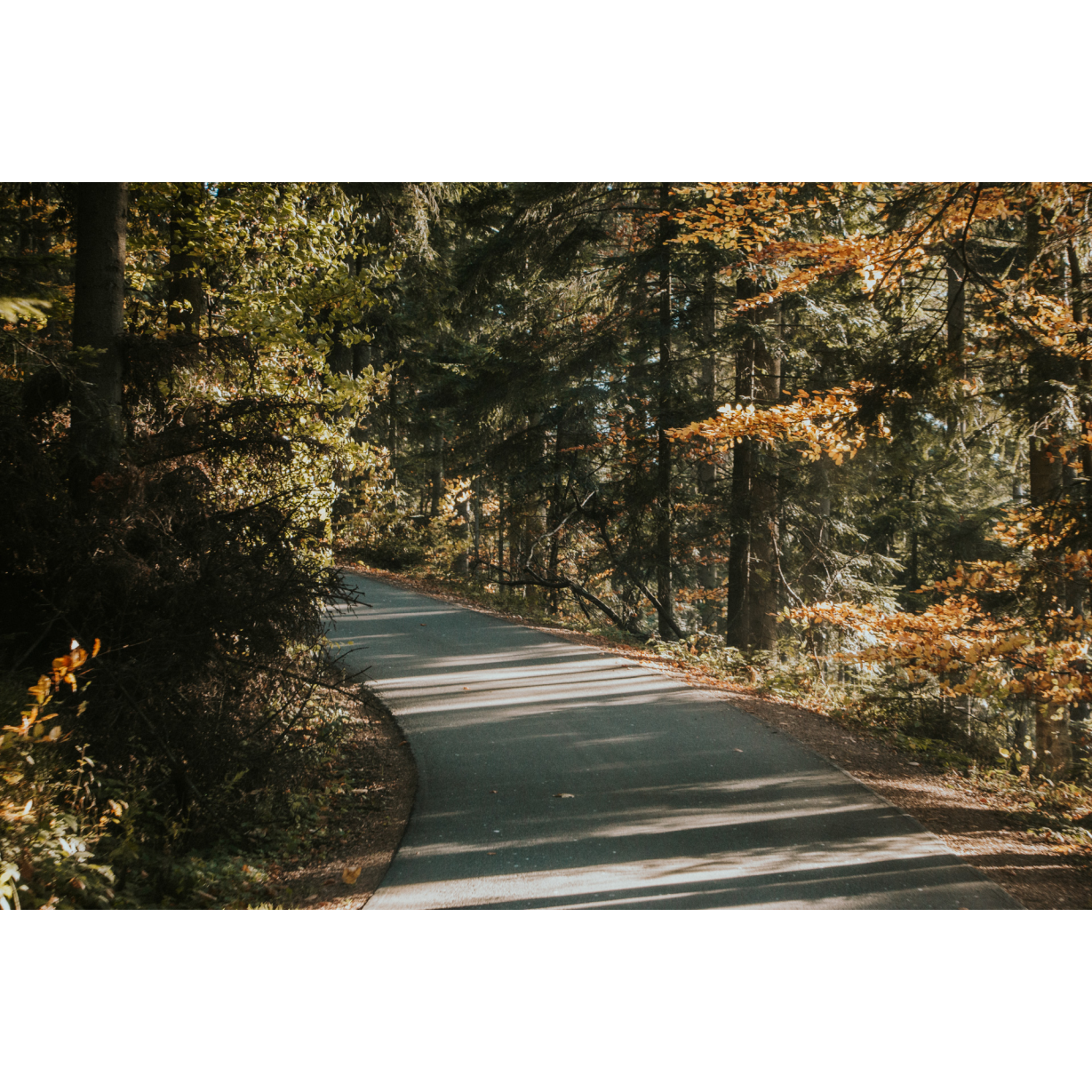
Beskid Niski
Audiodeskrypcja tekstowa
Route details
Nowy Żmigród – Krempna – Ożenna – Krempna – Nowy ŻmigródStart
- 1Nowy Żmigród0 kmNowy Żmigród
These large villages in the Podkarpackie region – often former towns – like Nowy Żmigród, have a soul and a history. The founding of Żmigród dates back to 1331, but this act only "legalized" the existing settlement. The town has witnessed military campaigns, including the Swedish Deluge and both World Wars, and it was downgraded to the status of a village only in 1934. Traces of this long and storied history can be found in its buildings and places – the market square with architecture characteristic of Galicia, the church, and the restored war cemetery no. 8. Take a look around the market square and note that although not always in their heyday, the old tenements have retained many Art Nouveau decorations, and even daring elements like attics (especially at Rynek 37). We will leave the village heading south, passing the school and high school. For the first 7 km, you will be cycling along the Wisłoka River, somewhat against the current. You will pass through the long village of Kąty on regional road no. 992, so stick to this route. Along the way, you can take a detour to a footbridge over the river, allowing you to immerse yourself in its wild world. In the Centre of the village, you will cross the Wisłoka on a bridge, followed by a rather steep 2 km uphill climb with switchbacks. However, the view of the valley that awaits you at the top is well worth the effort. Then, you will enter the forest, heading towards Hałbowska Pass. Stick to the marked regional road no. 992. Remember that you are now cycling in the vicinity of the Magurski National Park. You can take a break on the long descent into Krempna.
- 2Krempna15.5 kmKrempna
You can also take an additional moment to rest by the reservoir or along the banks of the Wisłoka River, which meanders through the area around the village. It is also worth considering a visit to the Jan Szafrański Educational-Museum Centre, where the Magurski National Park is presented, as well as the cemetery from World War I, marked as no. 6. The Educational-Museum Centre is a modern architectural and educational facility that showcases forest life, including a model tree illustrating it as a habitat for various plant and animal species. To leave the village, at the main intersection, turn right to pass the Municipal Office building and the Educational Centre. This is still regional road no. 992. After a while, you will reach Kotań and then Świątkowa Mała. It is worth turning right there to visit the church of St. Michael the Archangel in Świątkowa Wielka - an incredibly interesting example of a converted Uniate church. It retains all the characteristics of the original architecture – it is tripartite, with a tall tower above the narthex and domes over the nave and chancel. There is also an old cemetery with Ruthenian tombstones surrounding it. Equally charming is the Uniate church in Świątkowa Mała, on the right bank of the Wisłoka River. As you continue, stay on the regional road no. 992. You will now be heading south, amidst the hills of the Beskids, passing through often no-longer-existing places like the village of Rozstajne. The remaining clearing from the village is a good place to rest and contemplate the passing of what humans create, as well as the brutality that led to the depopulation of vast areas of the Bieszczady and Beskid mountains of their native Ruthenian population as part of Operation „Wisła”. Continuing past the wooden church of Our Lady of the Snows and the village of Grab with war cemetery no. 5, you will enter Ożenna.
- 3Ożenna34.9 kmOżenna
In the village, it is worth visiting a total of 4 cemeteries from World War I – numbered from 1 to 4 – as well as the Environmental Education Centre. These cemeteries serve as reminders of the heavy battles fought by the forces of two occupiers – Imperial Russia and Imperial Austria-Hungary – for the territories of today's Polish-Slovak borderland. At the intersection with regional road no. 992, turn left to the northeast. You will begin an ascent towards Grabska Góra, then enter a forest protected by the Magurski National Park. After 2 km, you will emerge from the forest into a treeless valley where a village once stood. Initially following the forest boundary, descend and turn sharply left following the road. After a while, you will enter the village of Żydowskie. At the end of this village, you will come across a Greek Catholic church and an old cemetery. From there, you have only 3.5 km left to Krempna.
- 4Krempna48 kmKrempna
At the well-known intersection, turn right. You will pass by the church, and behind it, look for the former Greek Catholic church, now a Catholic church, with clearly delineated naves and preserved domes. Then, continue eastward along the bank of the Wisłoka River. At the fork, stay to the left to avoid crossing the river. You will pass through dense forest for 3.3 km, crossing the Wisłoka River at one point until you reach Myscowa. It is worth stopping by the former Greek Catholic church, now a Catholic church, located behind a low stone wall, which has preserved its Uniate decorations. After passing the church, proceed straight, heading north while keeping the riverbank in sight. Navigation will be easier as you are moving downstream with the river's flow. By following this route, crossing two bridges over the Wisłoka River, you will return to the village of Kąty. Using the same road you are already familiar with, you will make your way back to Nowy Żmigród. The last 7 km lead through a flat terrain of the river valley, allowing you to relax before lunch.
- 5Nowy Żmigród66.9 kmNowy Żmigród
Your trip ends near the starting point.
Attractions near this route
Gallery
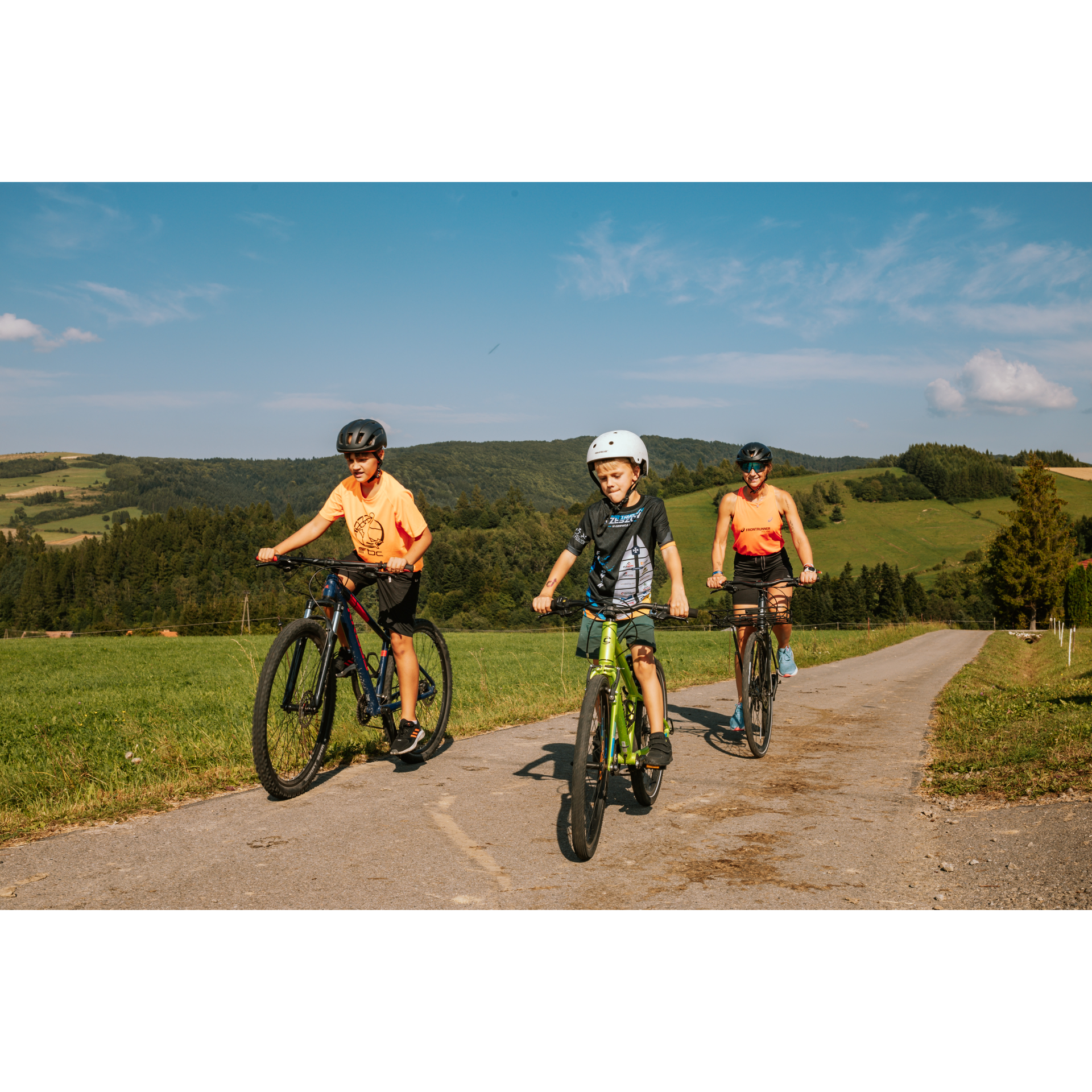

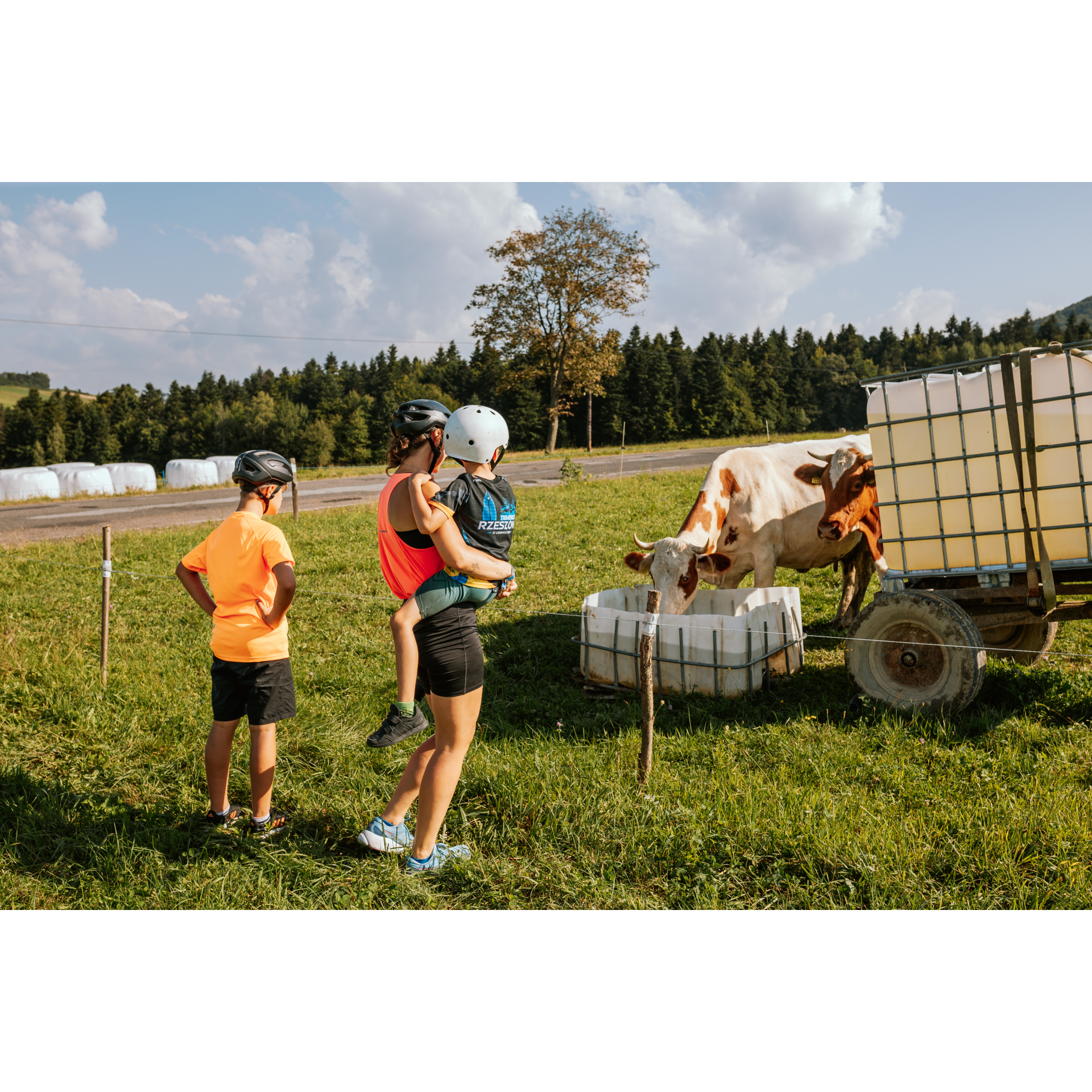
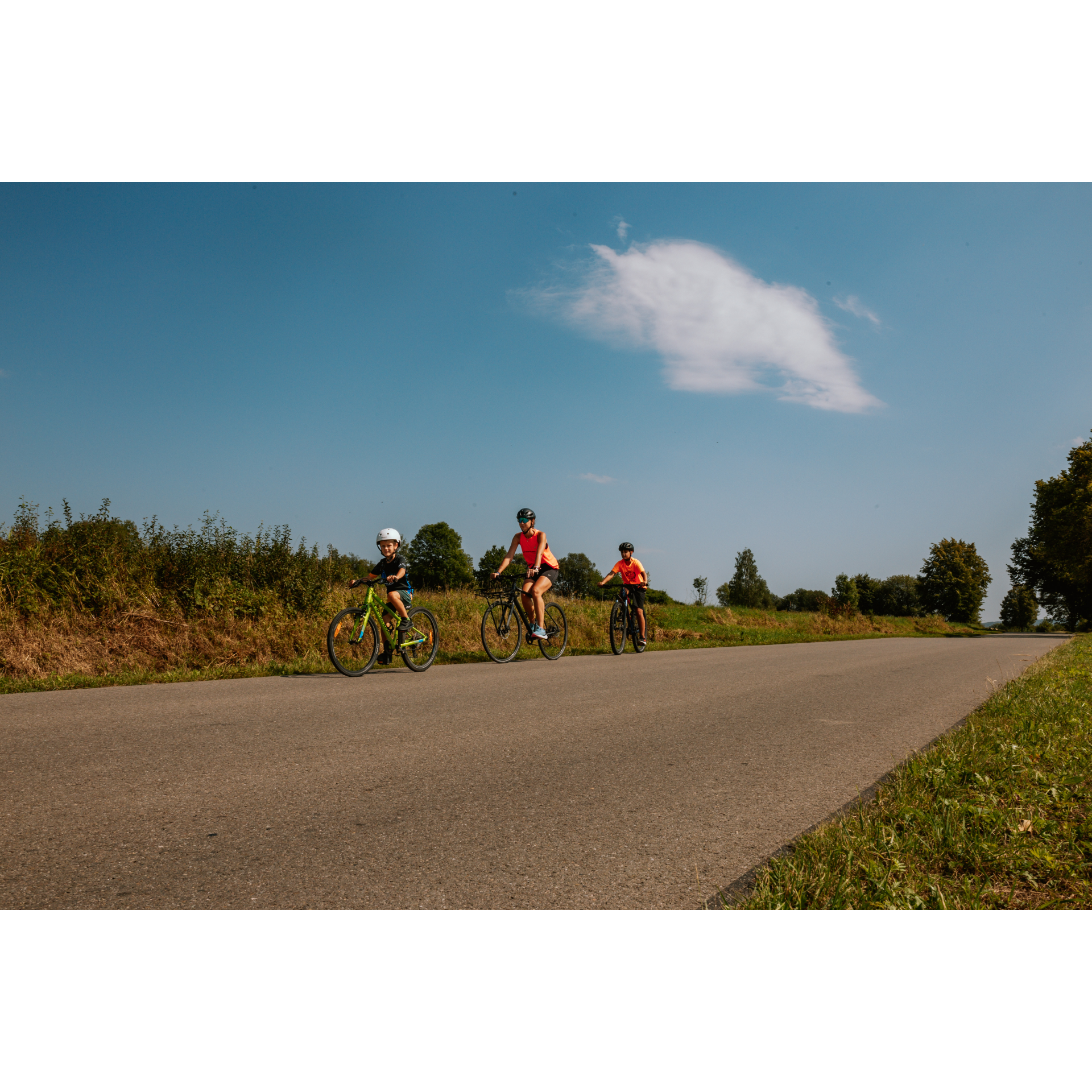
Check other routes

